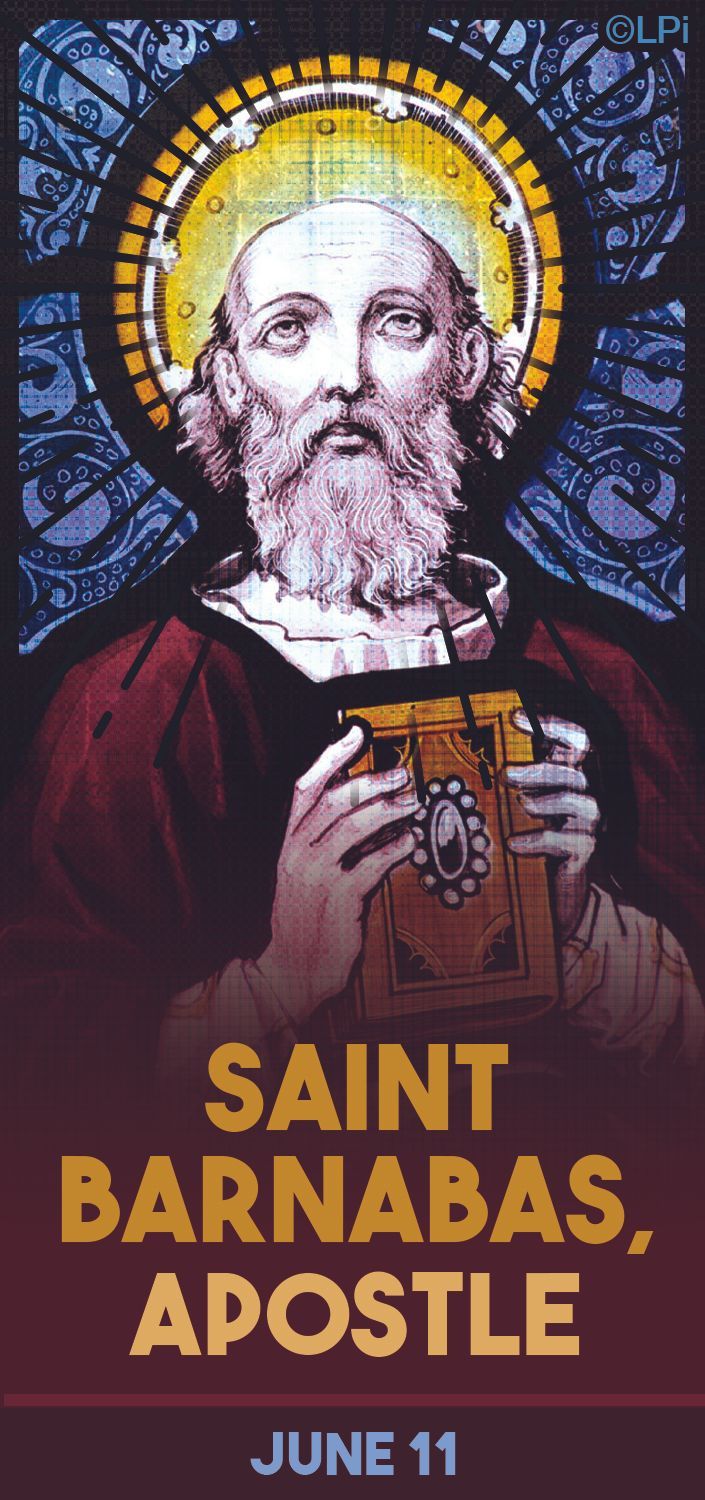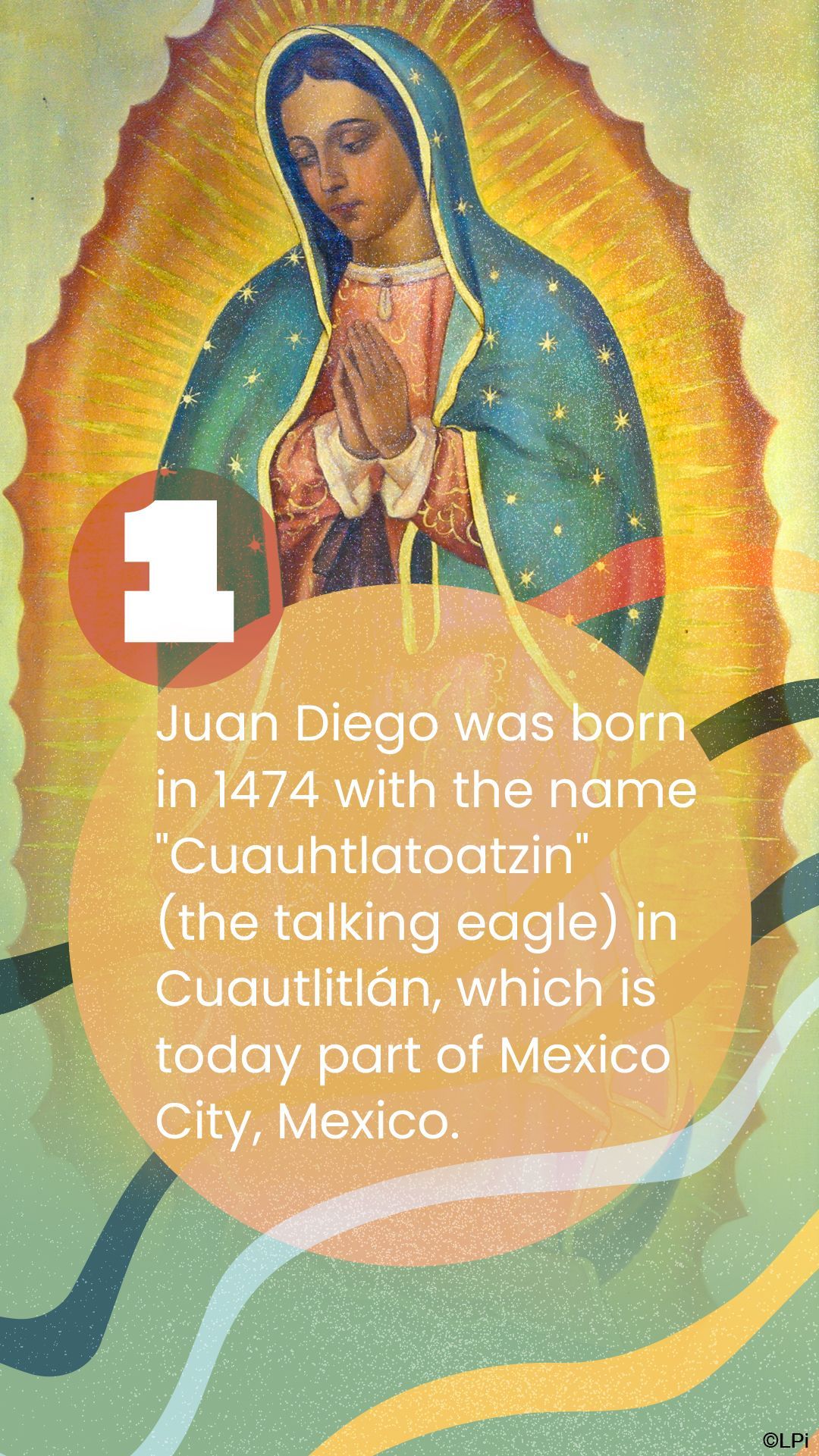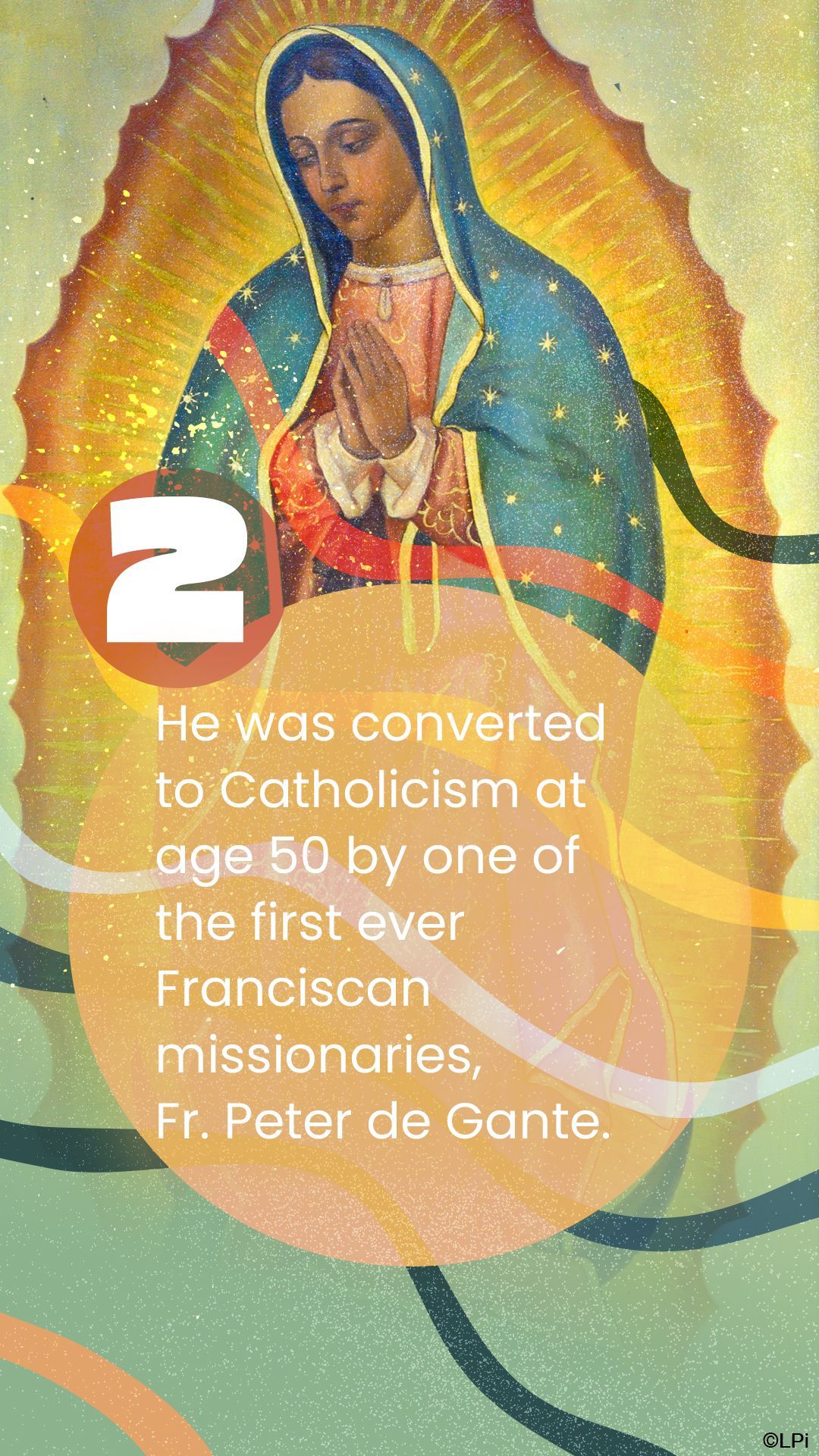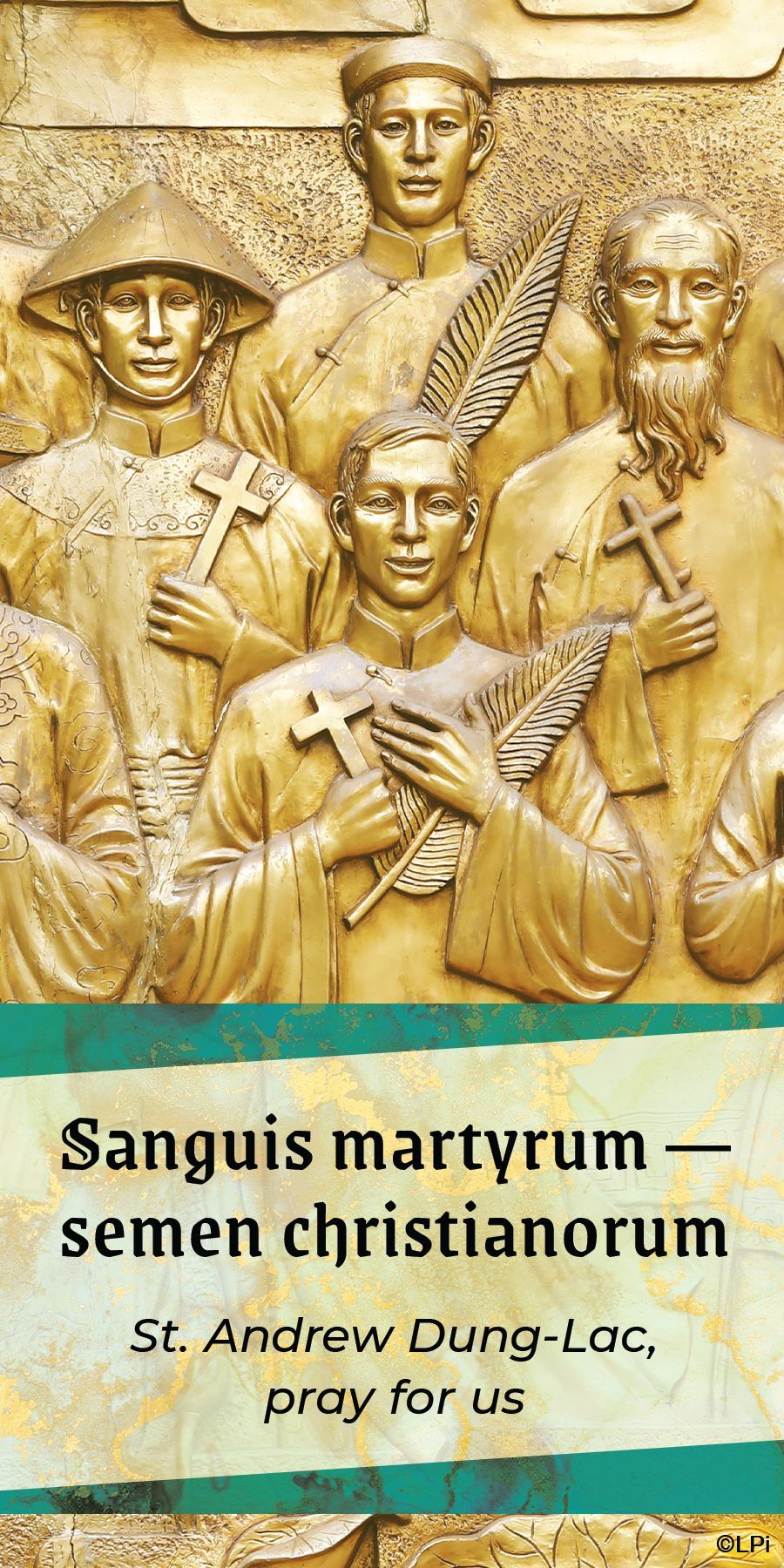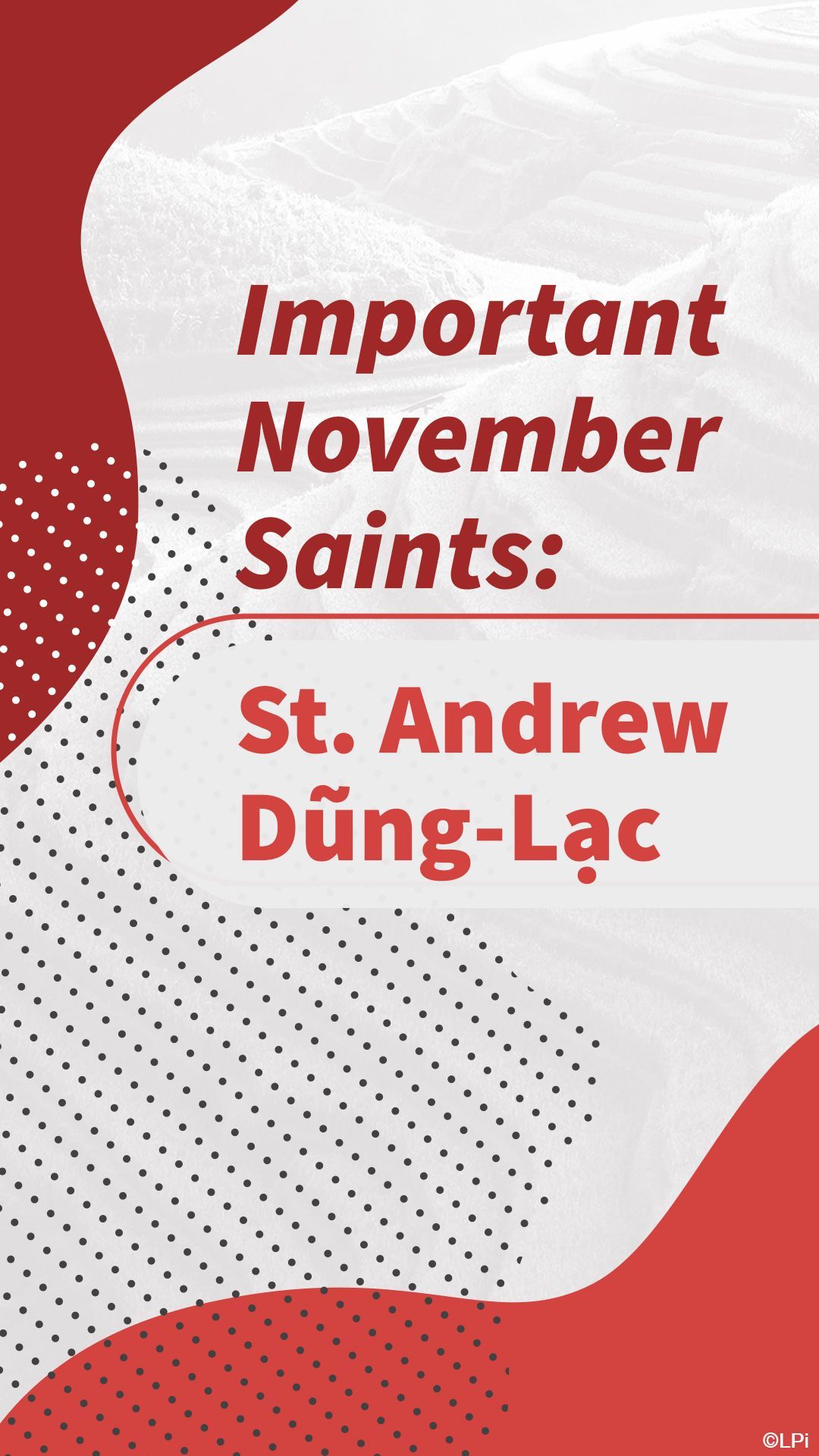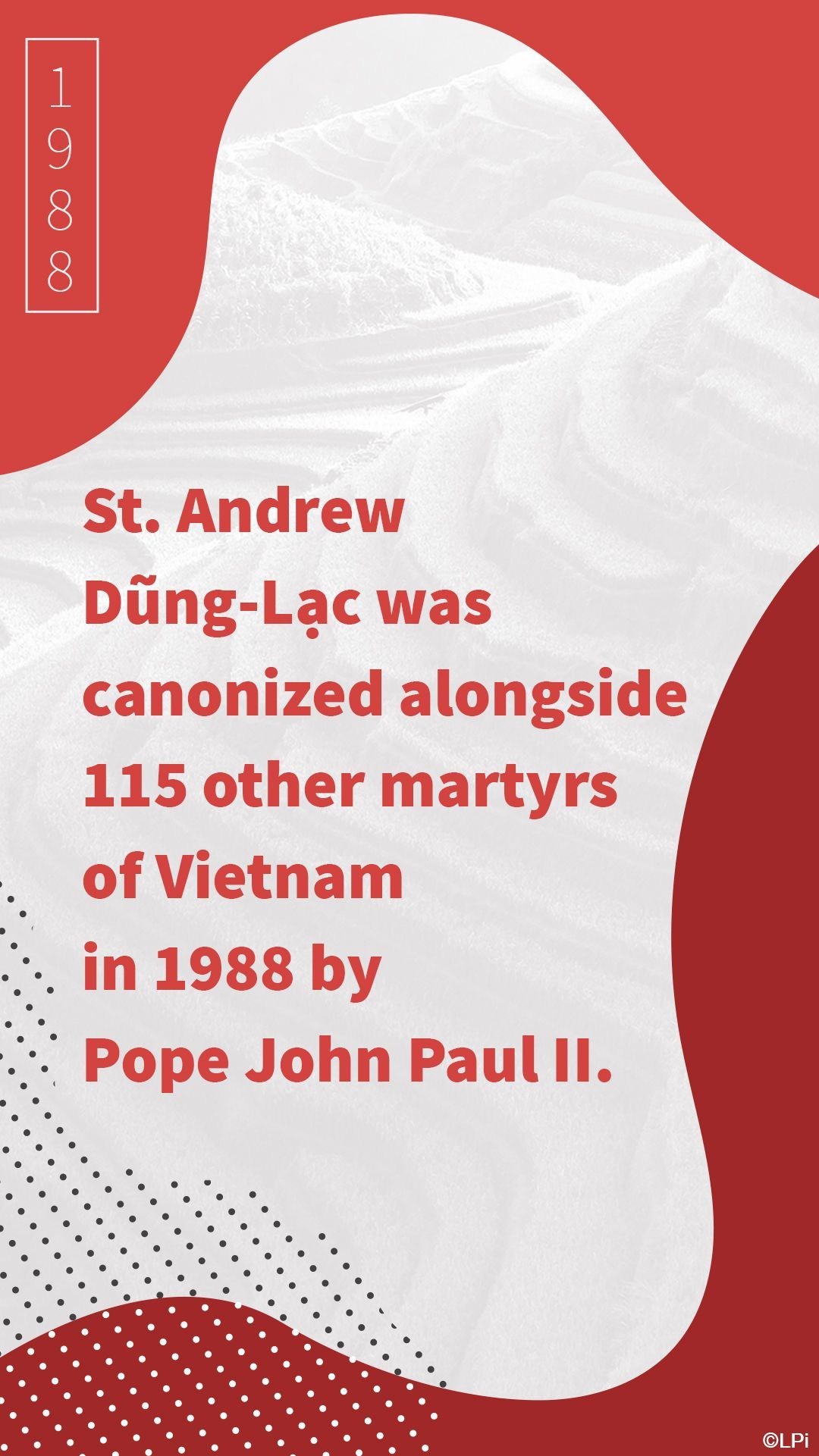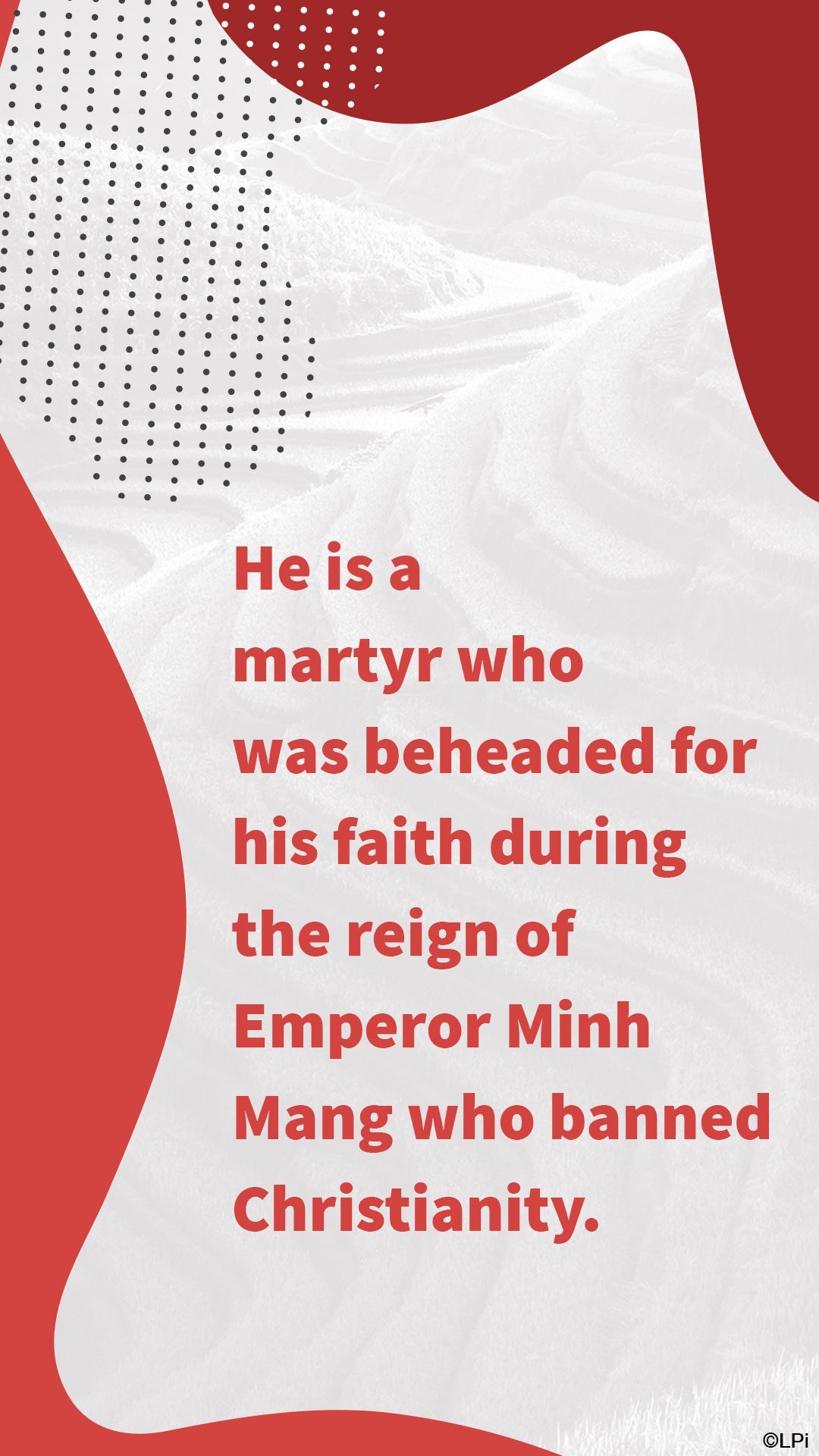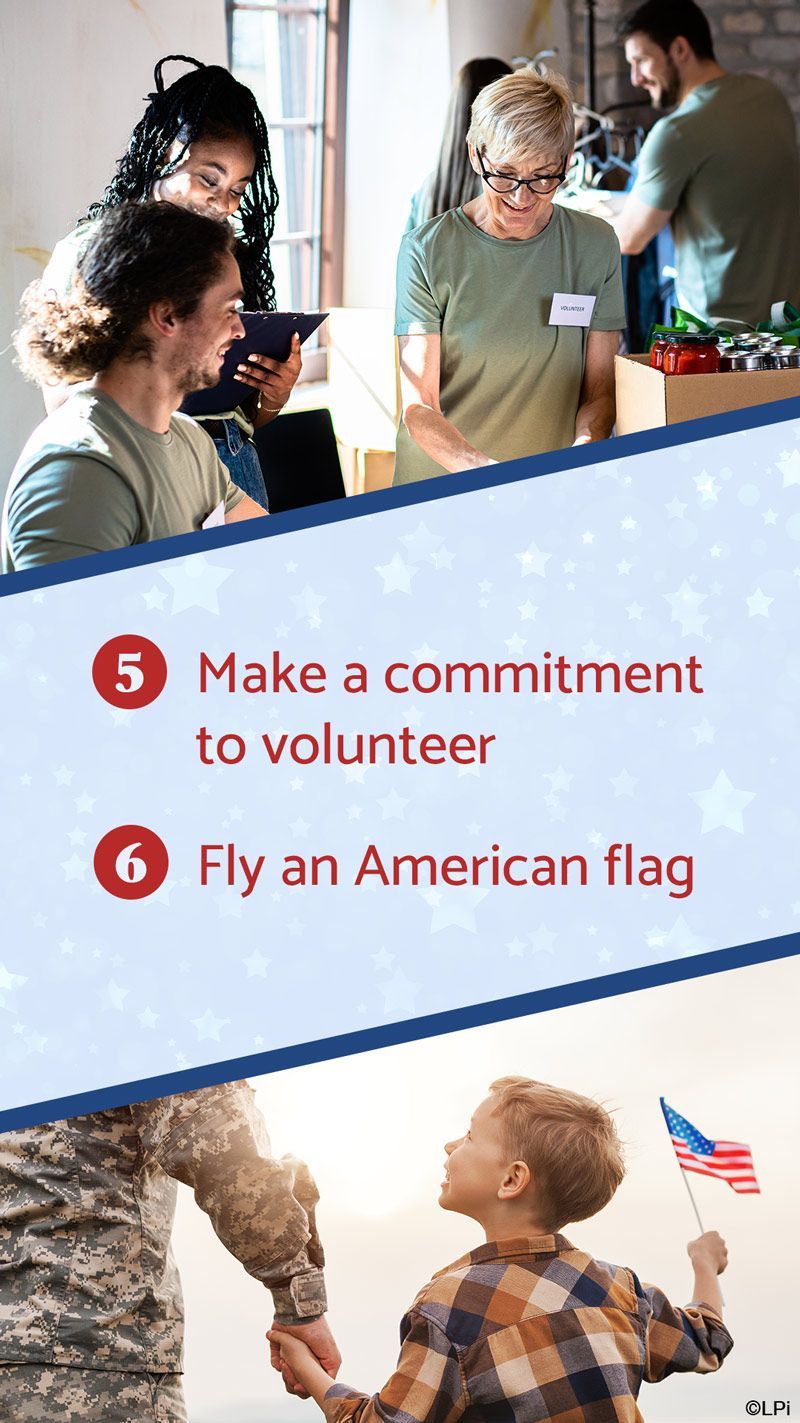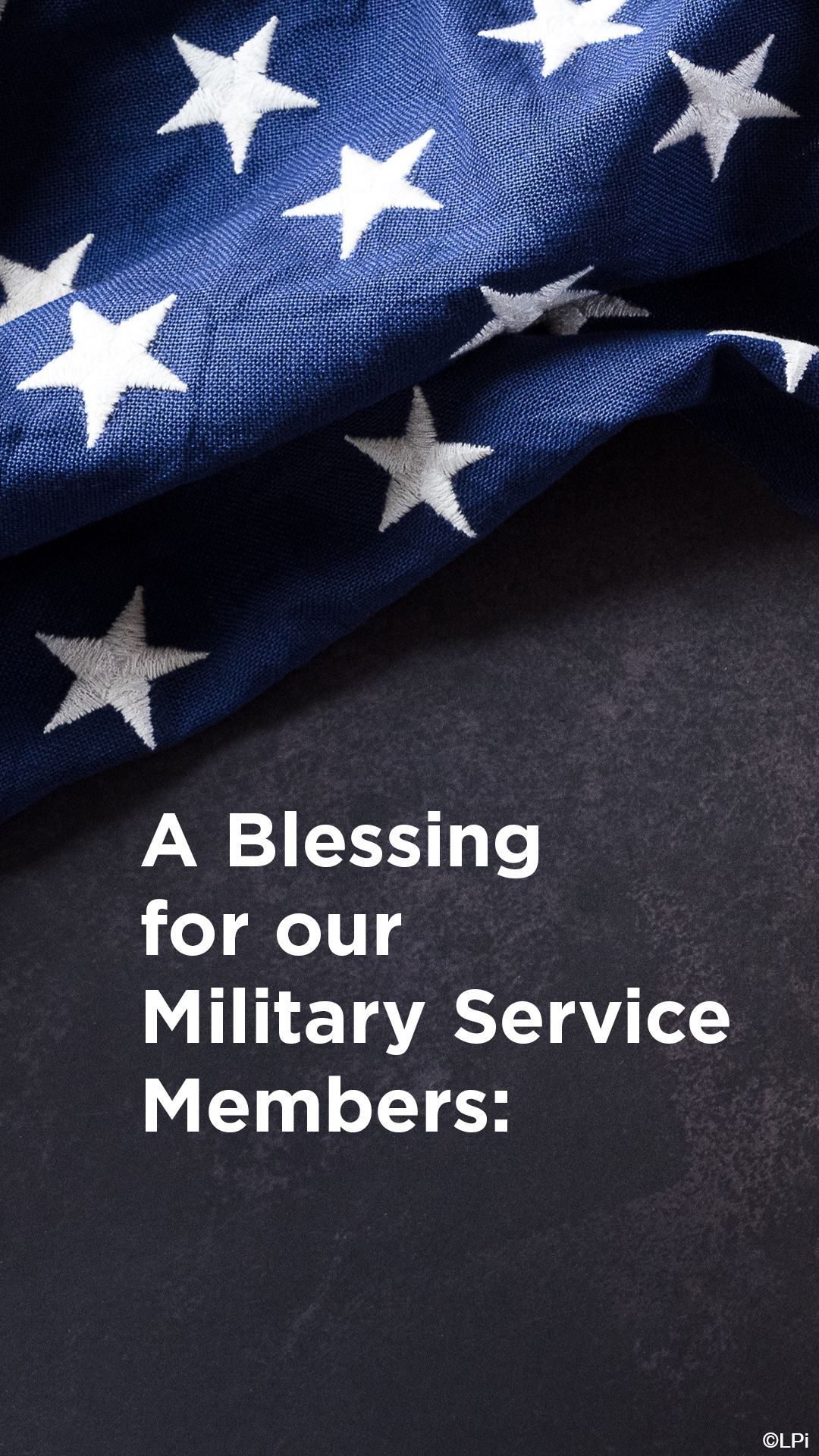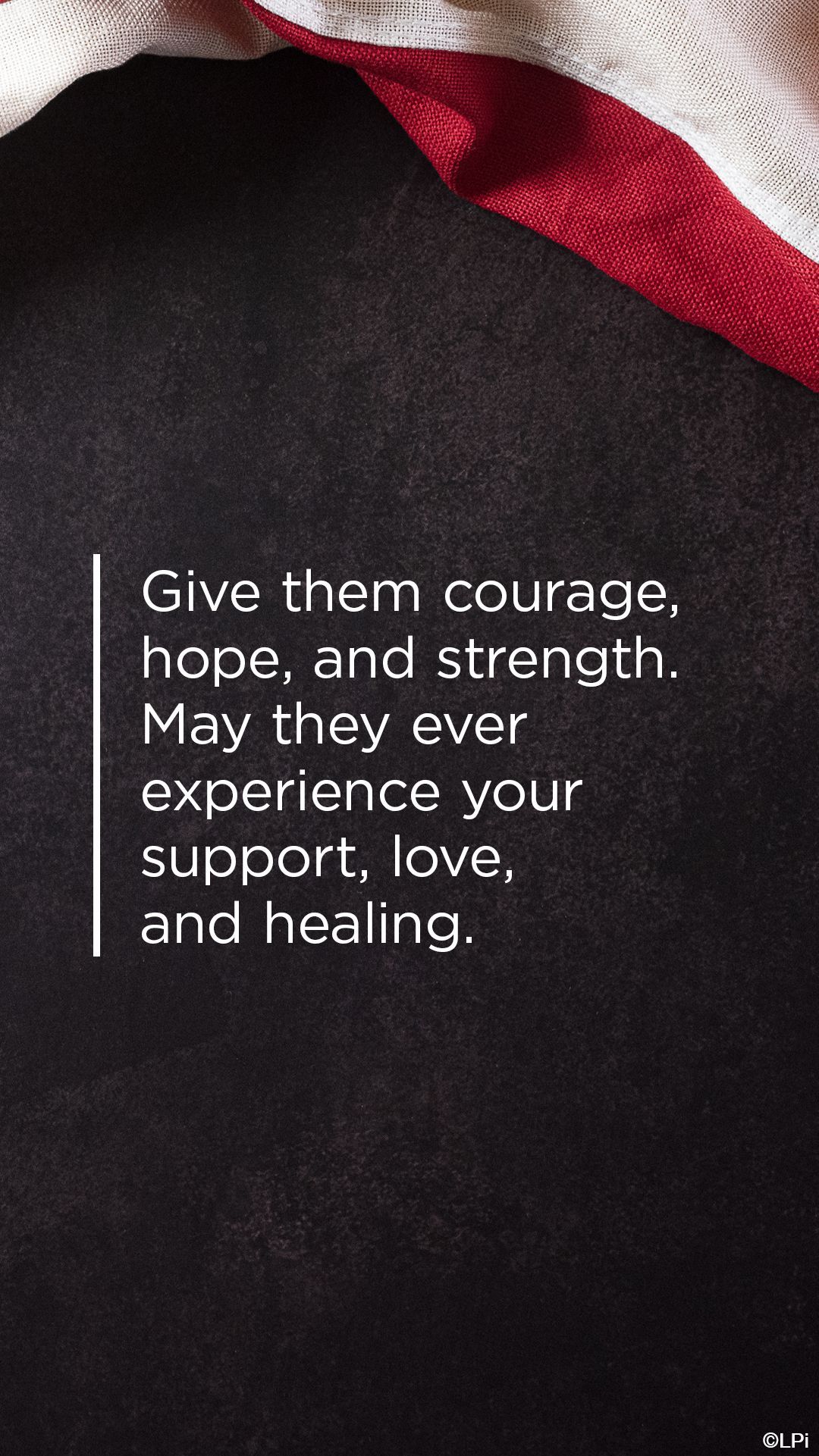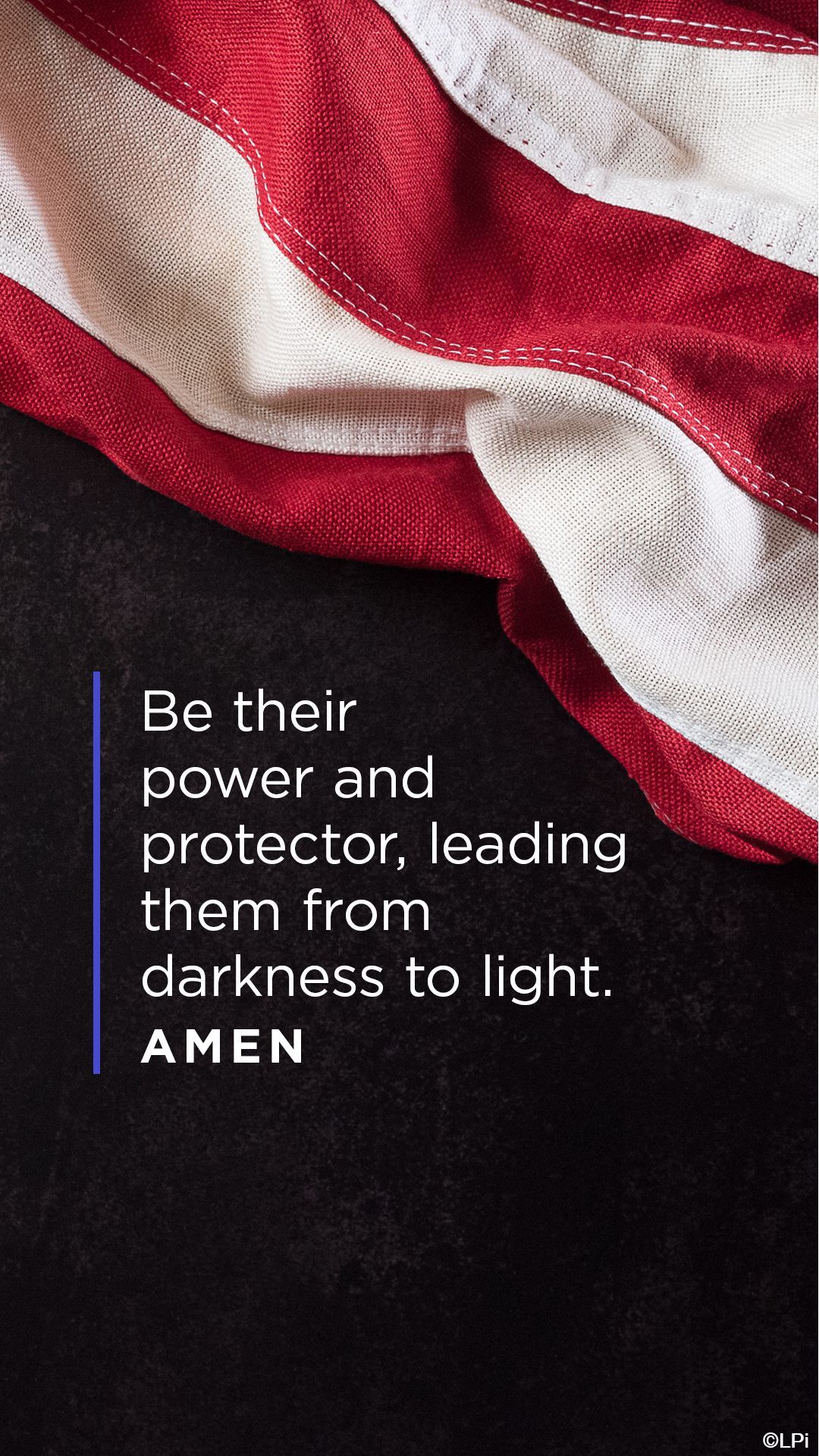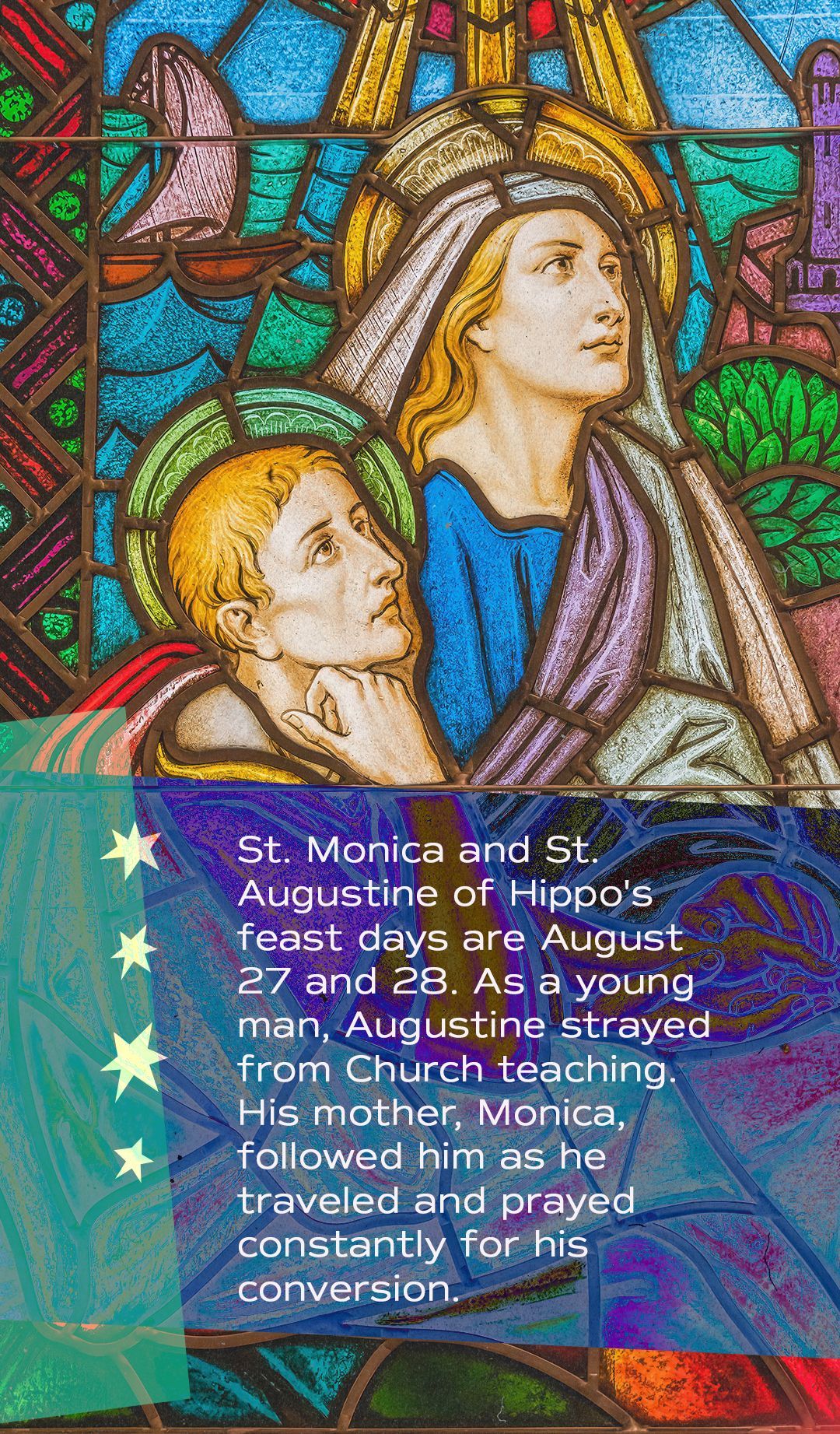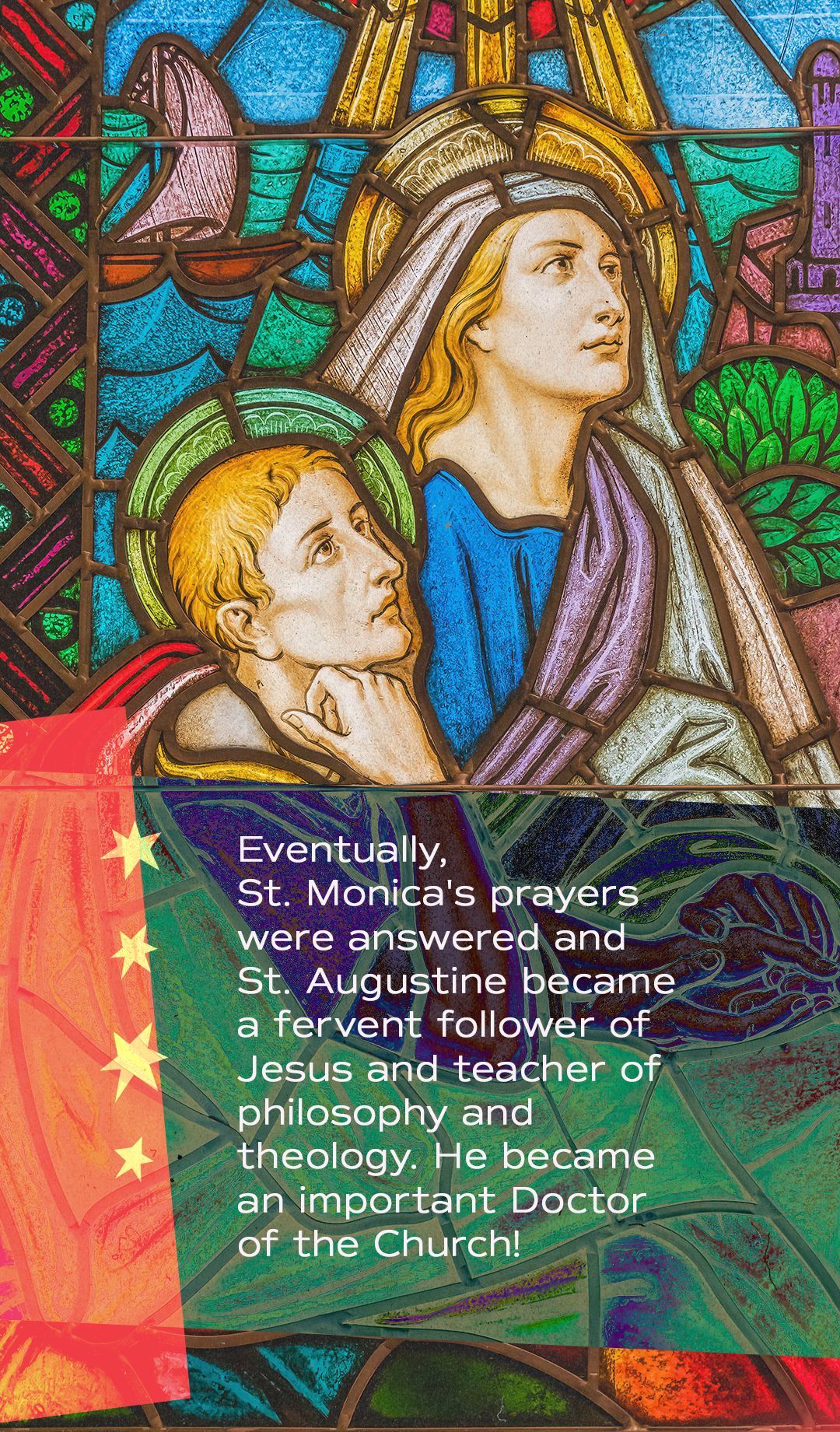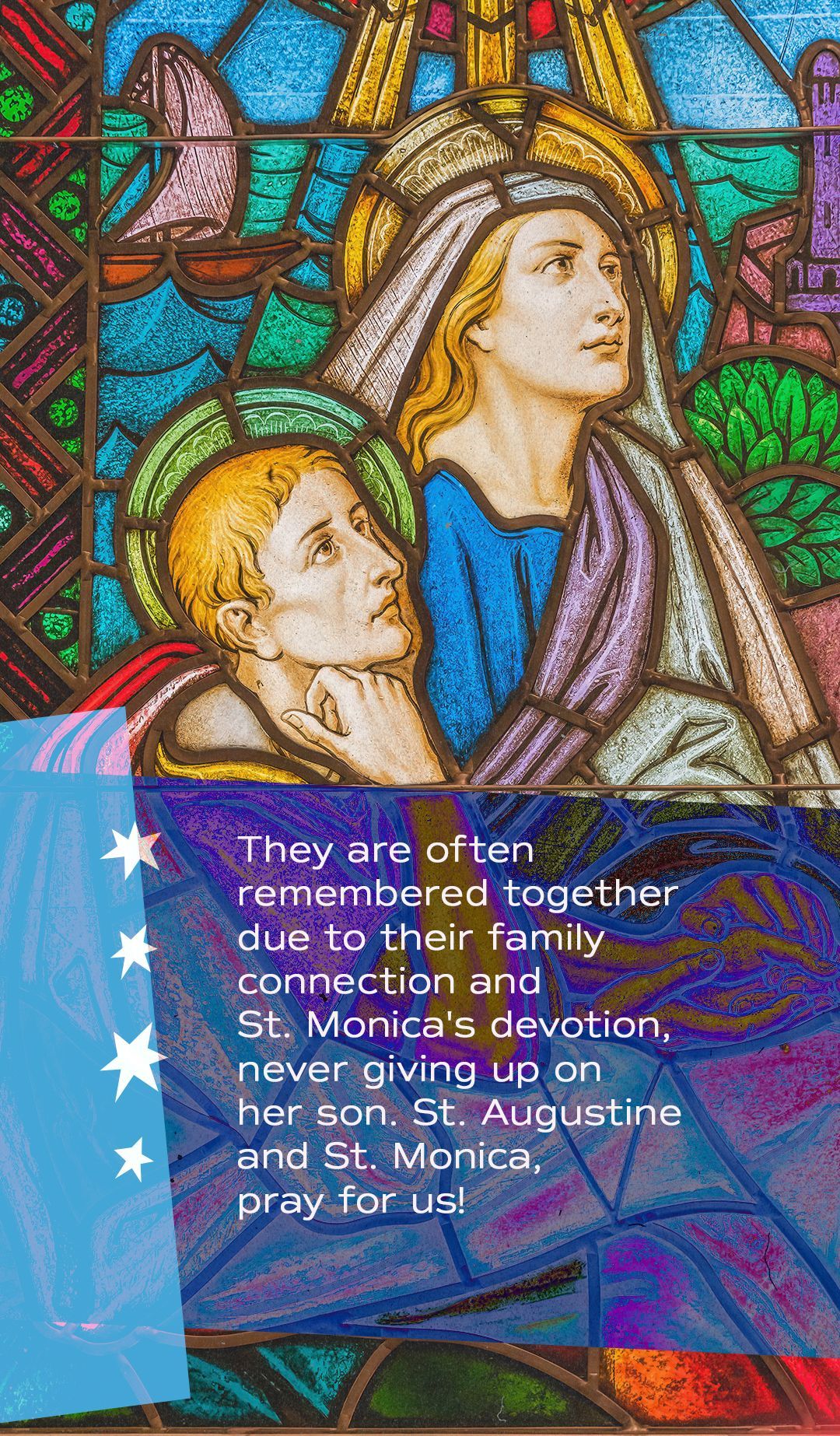SAINT OF THE DAY
AND MANY MORE!
Visit the American Saint of the week page. Click the botton >>>>>
Saint Chaeromon - December 22
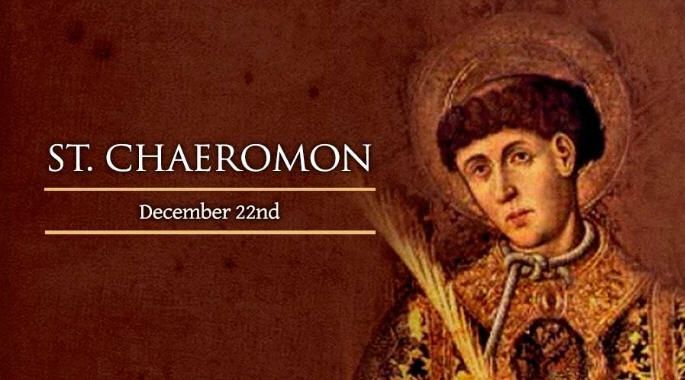
Not much is known about the life of St. Chaeromon except that he was a bishop of Nilopolis in Egypt who was already advanced in age when Emperor Trajanus Decius began the intense persecution of Christians.
Bishop of Nilopolis, in Egypt. When the persecution was instituted by Emperor Trajanus Decius, Chaeromon Was quite elderly. He and several companions fled into the Arabian desert and were never seen again. The bishop and his companions are listed as martyrs.
Chaeromon and his companions fled to Arabia, and are believed to have been martyred there.
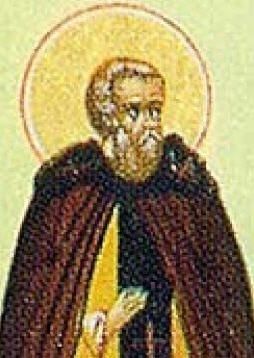
Saint Peter Canisius - December 21
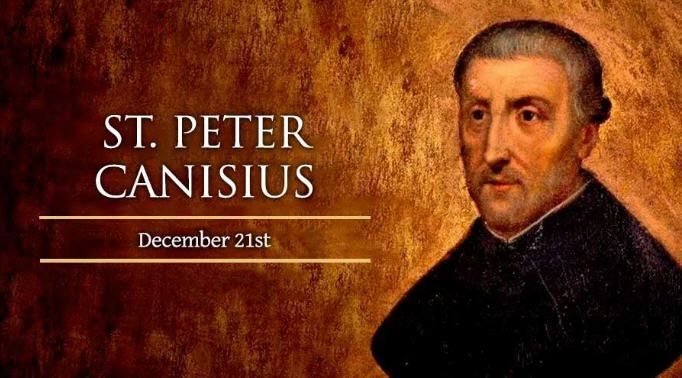
An important figure in the Catholic counter-reformation that responded to the 16th century spread of Protestantism, the priest and Doctor of the Church Saint Peter Canisius is remembered liturgically on Dec. 21.
His efforts as a preacher, author, and religious educator strengthened the Catholic faith in Germany, Austria, Switzerland, and parts of Central Europe during a period of doctrinal confusion.
Writing about St. Peter Canisius in 1897, Pope Leo XIII noted similarities between the late 19th century and the saint's own lifetime, “a period when the spirit of revolution and looseness of doctrine resulted in a great loss of faith and decline in morals.”
More recently, in a 2011 general audience, Pope Benedict XVI taught that the Jesuit saint found success in ministry by living as “a personal witness of Jesus and an instrument at his disposal, bound to him closely by faith in his Gospel and in his Church.”
Peter Kanis – his name later Latinized to “Canisius” – was born in the Netherlands during May 1521. His father Jacob was a wealthy public official, but his mother Aegidia died soon after his birth. Peter began his university studies in Cologne around age 15, and obtained his master's degree before he turned 20. His friends during this period included several men who held to the Catholic faith in opposition to the Protestant doctrines then gaining ground in Germany.
Despite his father's preference that he should marry, Peter made a decision in 1540 to remain celibate. Three years later he entered the Society of Jesus under the influence of Blessed Peter Faber, one of the first companions of Saint Ignatius Loyola. He founded the first Jesuit house in Germany and became a priest in 1546.
Only one year after his ordination, Peter accompanied the Bishop of Augsburg to the Council of Trent as a theological adviser. He spent a portion of his time in Italy working directly with Saint Ignatius Loyola, before leaving for Bavaria where he would serve as a university professor as well as a catechist and preacher. This combination of academic and pastoral work continued at Vienna from 1552, allowing him to visit and assist many Austrian parishes which found themselves without a priest.
During the mid-1550s Peter's evangelistic journeys took him to Prague, where he eventually founded a Jesuit school along with another in Bavaria, and later a third in Munich. The year 1555, in particular, was a landmark for Canisius: St. Ignatius promoted him to a leadership position within the order, which he held until 1569, and he published the first and longest version of his Catholic catechism. This work, and its two shorter adaptations, went through hundreds of printings and remained in use for centuries.
Involved in discussions with Protestants during 1557, Peter made a strong case for the Church by showing how the adherents of Protestantism could not agree with one another in matters of doctrine. Meanwhile, he maintained his commitment to religious instruction on the popular level – teaching children, giving retreats, and preaching carefully-crafted, doctrinally-rich sermons to large crowds.
Canisius' service to the Council of Trent continued during the early 1560s, though mostly from a distance. He kept up a demanding schedule of preaching and establishing universities, while also working to ensure that the council's decrees were received and followed in Germany after it concluded. His tireless efforts over the next two decades contributed to a major revival of German Catholicism.
A mystical experience in 1584 convinced Canisius that he should cease his travels and remain in Switzerland for the rest of his life. He spent his last years building up the Church in Fribourg through his preaching, teaching, and writing. Peter suffered a near-fatal stroke in 1591, but recovered and continued as an author for six years. The Dutch Jesuit saw writing as an essential form of apostolic work, a view supported by the continued use of his catechism long after his death on Dec. 21, 1597.
St. Peter Canisius was simultaneously canonized and declared a Doctor of the Church by Pope Pius XI in May of 1925. In a famous saying, the Jesuit priest revealed the secret behind the accomplishments of his energetic and fruitful life: “If you have too much to do, with God's help you will find time to do it all.”
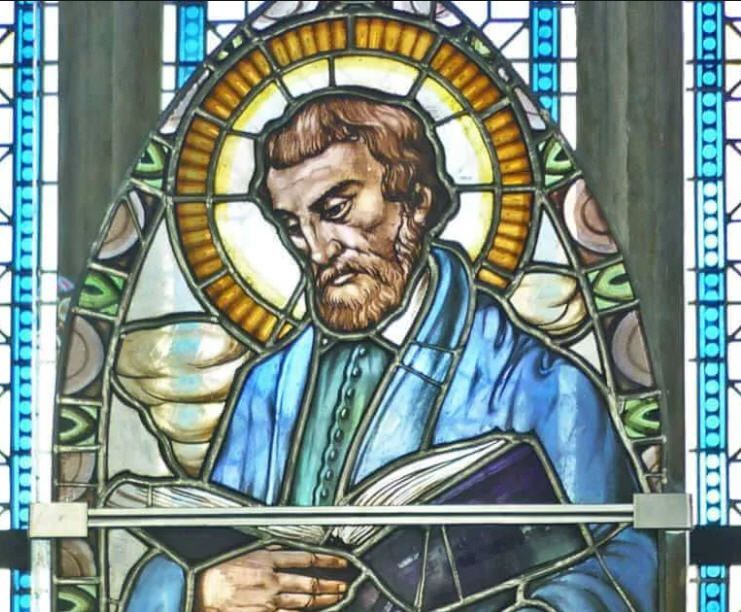

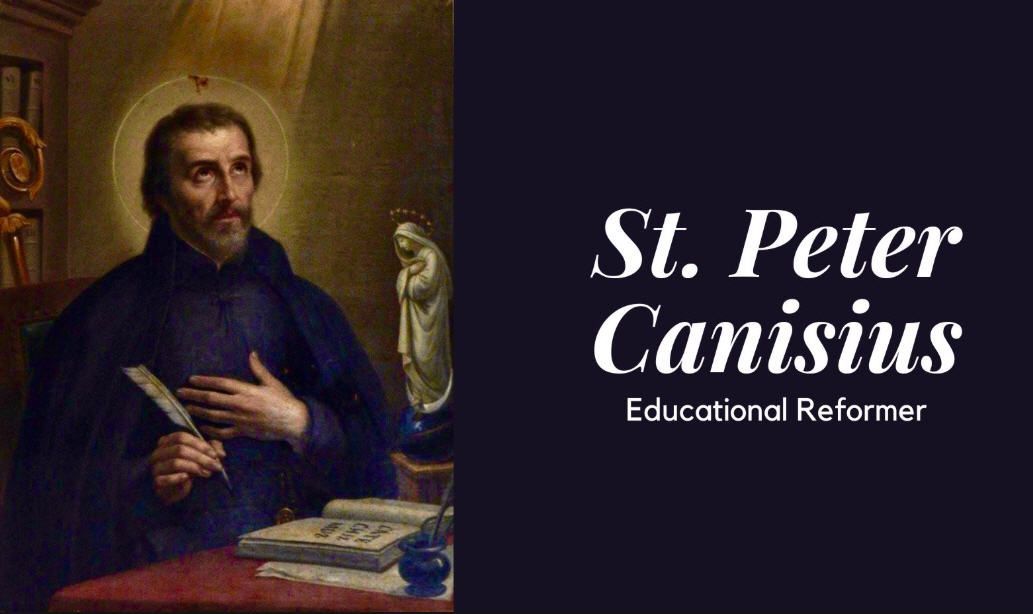
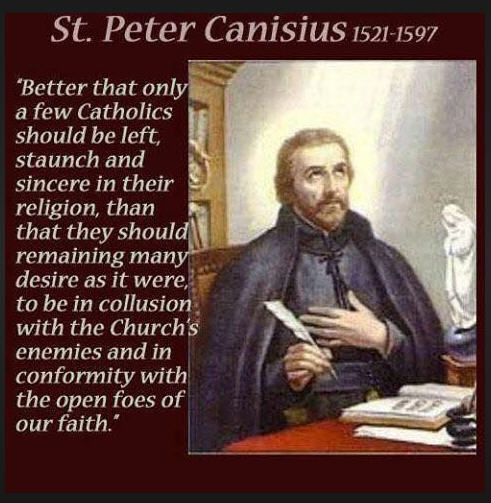
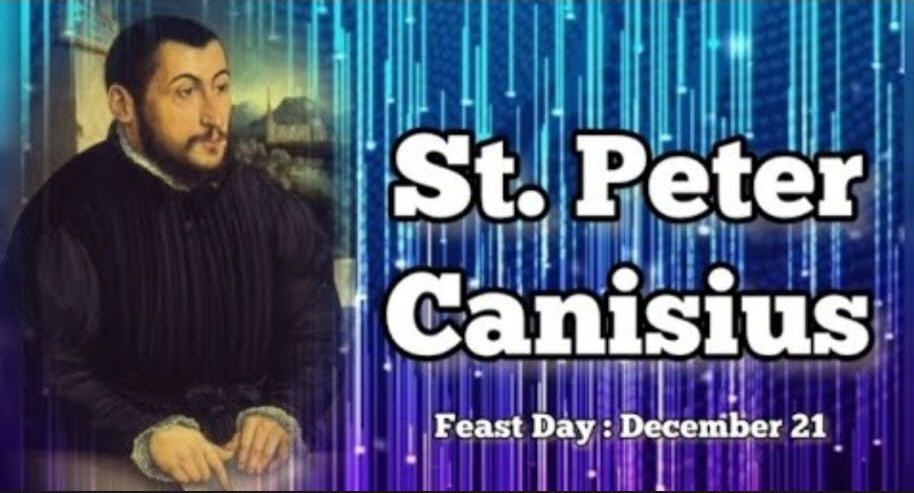
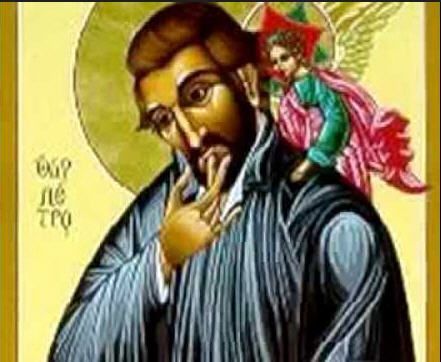
Saint Dominic of Silos - December 20
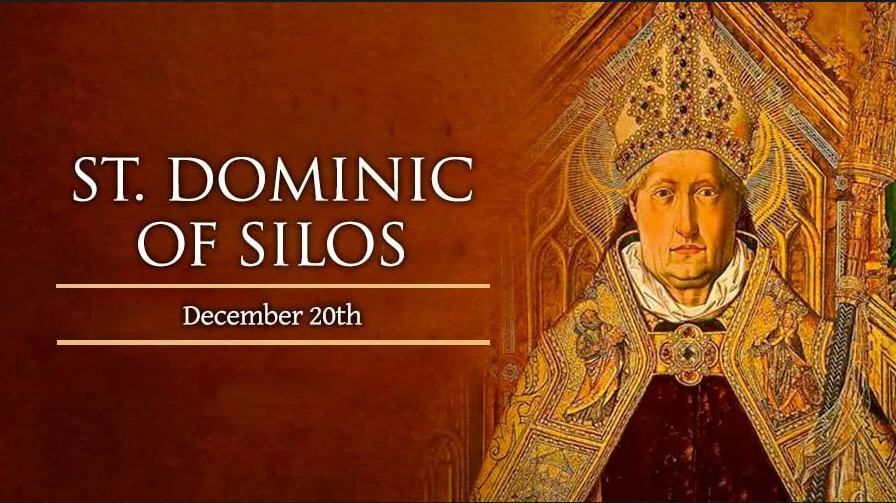
Saint Dominic was born in 1000 in Cañas, Navarre, Spain.
He was born a peasant, and as a youth worked as a shepherd until he entered the Benedictine monastery in Navarre. When Dominic refused to hand over the monastery lands at the King of Navarre’s demands, he was forced to leave the house with two other monks.
He fled to Old Castile and was welcomed by the king. He then entered the monastery of San Sebastian in Silos, an almost dilapidated abbey with a mediocre physical and spiritual regimen.
Within very little time, Dominic, who had been elected abbot, renewed the spirit of the monastery and rebuilt it’s structure, it’s finances, and it’s works of charity. Dominic was known for miracles of healing, which he obtained through prayer and for his work of ransoming Christian prisoners from the moors.
He died on December 10, 1073 in Silos, Spain.

Blessed Pope Urban V - December 19
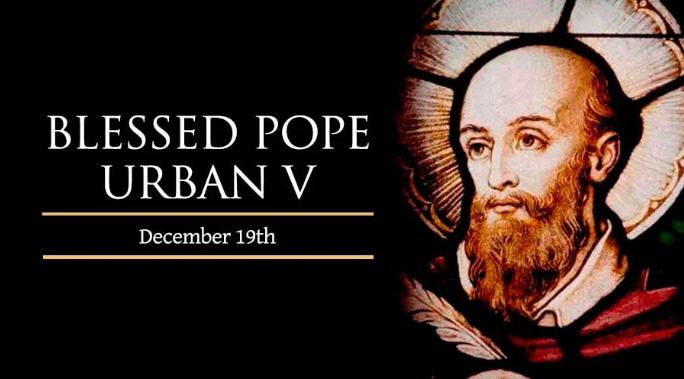
Blessed Pope Urban V was born Guillaume de Grimoard at Grisac in Languedoc, 1310. He studied canon law and theology in Avignon and became a Benedictine monk. He was named abbot of his monastery in 1352, and served as a papal diplomat and was eventually sent as an Ambassodor to various locations.
He also served as a bishop around Italy and throughout Europe.
He was elected pope in 1362 while on diplomatic business, even though he was not a cardinal. His reign was blessed by his peacekeeping activity between the French and Italian kings, the founding of many universities, his zeal for the crusades and his decision to return the papacy to Rome and end the Avignon exile of the popes.
However, the breakout of war between England and France forced him to return to Avignon on a peacekeeping mission He died on his return to Avignon, and his body, which had been buried at Avignon, was then transferred to Marseille according to his own wishes, and his tomb became the site of many miracles. He died on December 19, 1370. He always had a Benedictine spirit, and even wore his monk’s habit as Pope.
His virtue and honesty were noted, especially in a Europe plagued by scandal and corruption.
It is said that as he lay dying he called the people to surround his deathbed, saying “the people must see how popes die.”
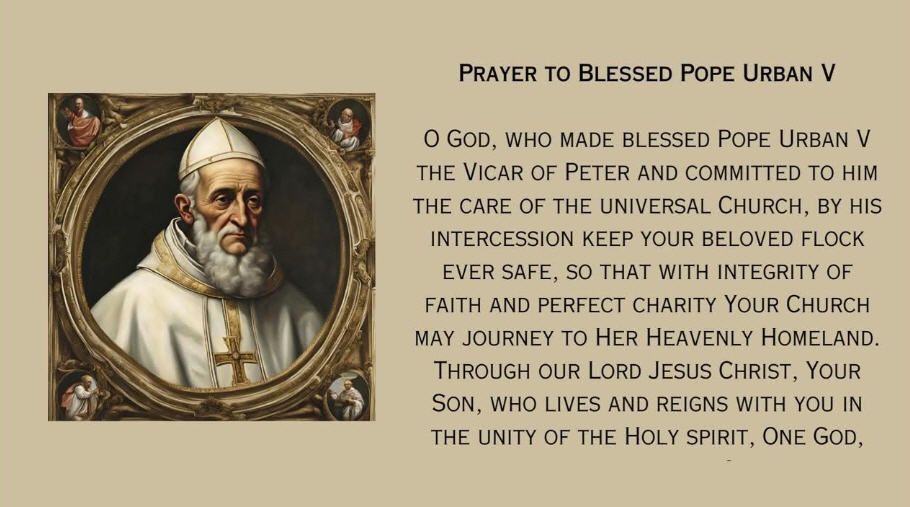
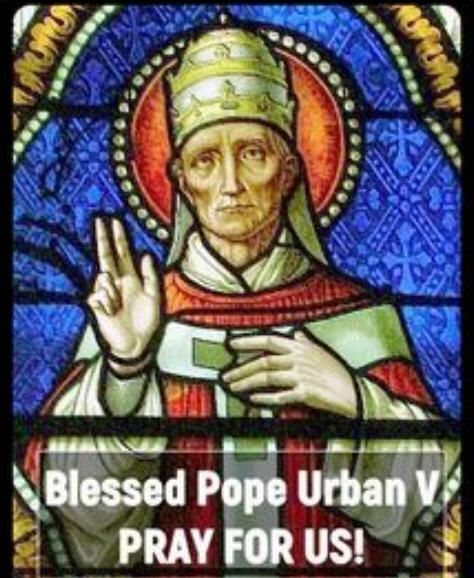
Saint Gatian of Tours - December 18
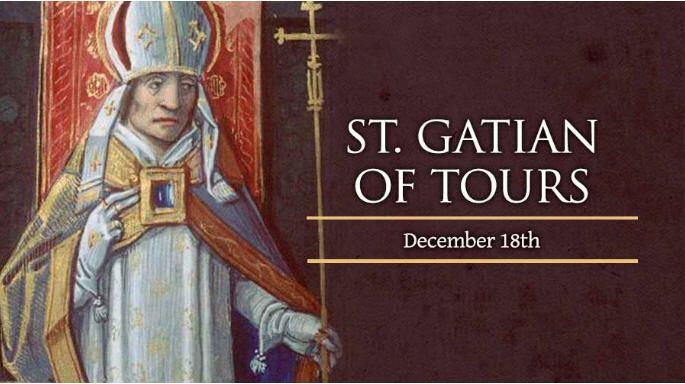
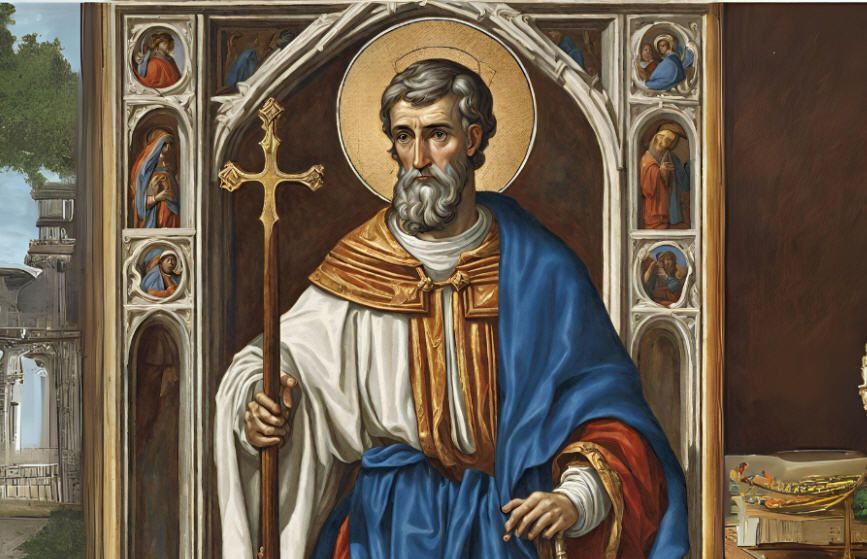
Not much is known about the life of Saint Gatian, but we do know that he was the first bishop of Tours in France, and is said to be a disciple of Saint Denis of Paris. Arriving in Gaul, a pagan land, completely untouched by the Good News, Gatian scattered the first seeds of the faith in the region of Tours, laying the foundations of the Church in the city of the great Saint Martin.
Saint Gatian died in 337.
Saint Olympias The Deaconess - December 17
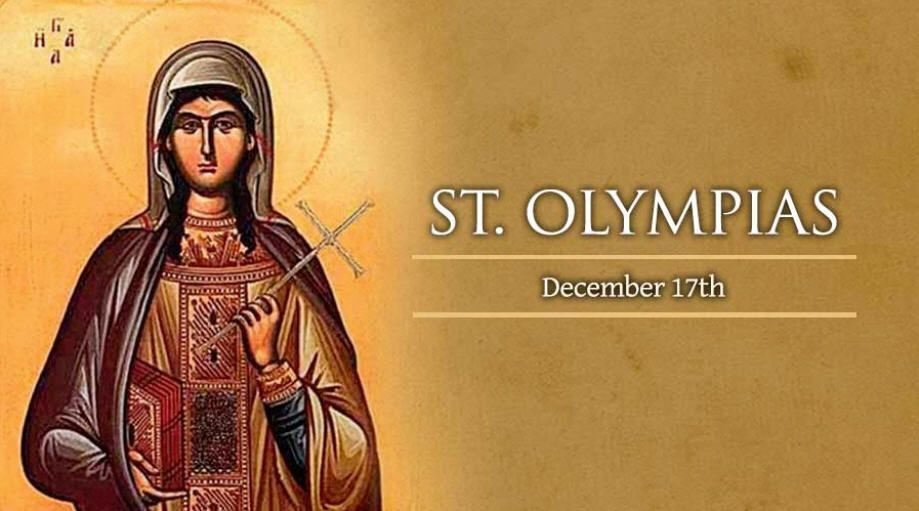
Born sometime between 360-365, this pious, charitable, and wealthy disciple of St. John Chrysostom came from an illustrious family in Constantinople. Her father (called by the sources Secundus or Selencus) was a "Count" of the empire. One of her ancestors, Ablabius, filled the consulor office in 331, and was also praetorian prefect of the East.
As Olympias was not thirty years of age in 390, she cannot have been born before 361. Her parents died when she was quite young, and left her an immense fortune. In either 384 or 385 she married Nebridius, Prefect of Constantinople. St. Gregory of Nazianzus, who had left Constantinople in 381, was invited to the wedding, but wrote a letter excusing his absence (Ep. cxciii, in P.G., XXXVI, 315), and sent the bride a poem (P.G., loc. cit., 1542 sqq.). Within a short time Nebridius died, and Olympias was left a childless widow.
She steadfastly rejected all new proposals of marriage, determining to devote herself to the service of God and to works of charity. Nectarius, Bishop of Constantinople (381-97), consecrated her deaconess.
On the death of her husband, the emperor had appointed the urban prefect administrator of her property, but in 391 (after the war against Maximus) he restored to her the administration of her large fortune. She built beside the principal church of Constantinople a convent, into which three relatives and a large number of maidens withdrew with her to consecrate themselves to the service of God. When St. John Chrysostom became Bishop of Constantinople in 398, he acted as spiritual guide of Olympias and her companions, and, as many undeserving approached the kind-hearted deaconess for support, he advised her as to the proper manner of utilizing her vast fortune in the service of the poor (Sozomen, "Hist. eccl.", VIII, ix; P.G., LXVII, 1540). Olympias resigned herself wholly to Chrysostom's direction, and placed at his disposal ample sums for religious and charitable objects. Even the most distant regions of the empire received her benefactions to churches and the poor.
When Chrysostom was exiled, Olympias supported him in every possible way, and remained a faithful disciple, refusing to enter into communion with his unlawfully appointed successor. Chrysostom encouraged and guided her through his letters, of which seventeen are extant (P.G., LII, 549 sqq.). These are a beautiful memorial of the noble-hearted, spiritual daughter of the great bishop.
Olympias was also exiled, and died a few months after Chrysostom on July 25, 408, probably at Nicomedia. After her death she was venerated as a saint. A biography dating from the second half of the fifth century, which gives particulars concerning her from the "Historia Lausiaca" of Palladius and from the "Dialogus de vita Joh. Chrysostomi", proves the great veneration she enjoyed. During he riot of Constantinople in 532, the convent of St. Olympias and the adjacent church were destroyed.
Emperor Justinian had it rebuilt, and the prioress, Sergia, transferred there the remains of the foundress from the ruined church of St. Thomas in Brokhthes, where she had been buried. We possess an account of this translation by Sergia herself. The feast of St. Olympias is celebrated in the Greek Church on July 24, and in the Roman Church on December 17.
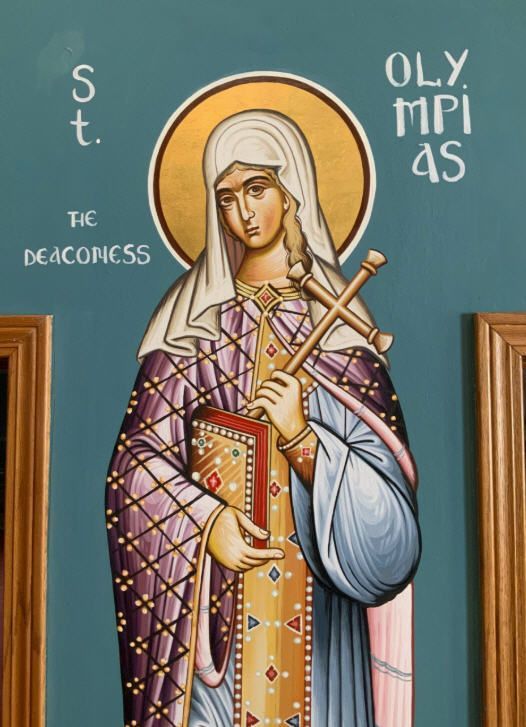
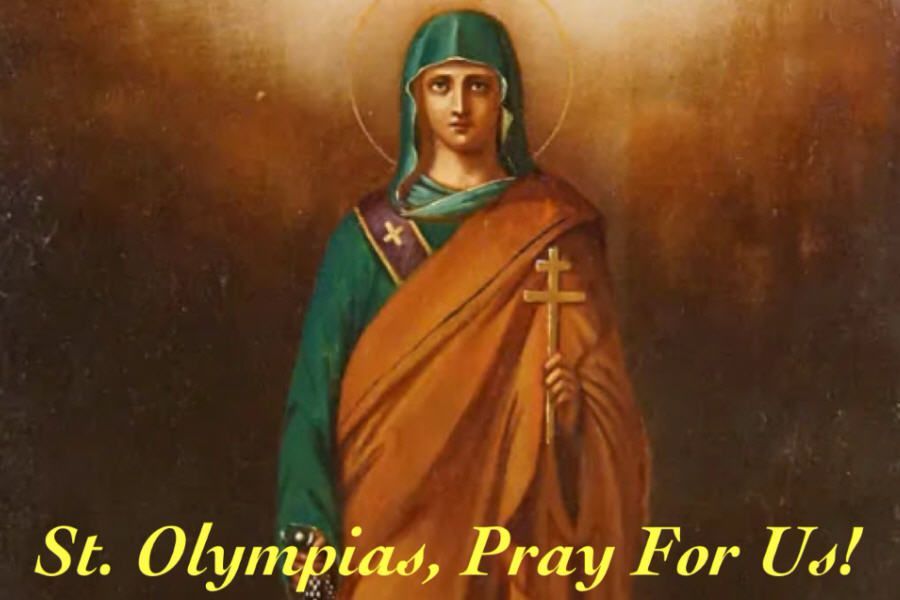

Saint Adelaide of Burgundy - December 16
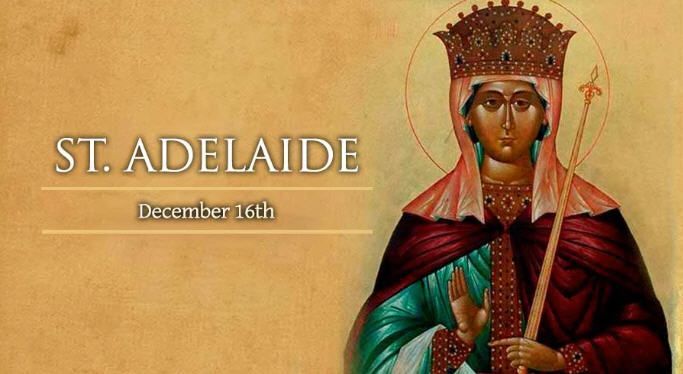
Born in 931 in Burgundy, France as the daughter of King Rudolph II of Burgundy, Adelaide was promised in marriage when she was only two years old, to a man named Lothaire, the son and heir of his enemy, Hugh of Provence.
Lothaire was killed when still young, and Adelaide was to have a tumultuous life that paralleled the struggle for political power of the times, something she had come to symbolize. She appealed to Otho the Great of Germany for help.
Having been sought after by various kings and nobles after Lothaire’s death, she was finally married by Otho the Great of Germany, who had invaded Italy.
After Otto’s death on May 7, 973, Adelaide exercised influence over her son Otto II until their estrangement in 978, when she left the court and lived in Burgundy with her brother King Conrad. At Conrad’s urging, she became reconciled with her son, and, before his death in 983, Otto appointed her his regent in Italy. With her daughter-in-law, Empress Theophano, she upheld the right of her three-year-old grandson, Otto III, to the German throne. She lived in Lombardy from 985 to 991, when she returned to Germany to serve as sole regent after Theophano’s death (991). In 991, Adelaide was invested as the Regent of the Empire, and she used her power as the effective empress to increase evangelization efforts, especially in northern Europe, and built many monasteries and churches, and also gave much aid the poor. She governed until Otto III came of age in 994, and, when he became Holy Roman emperor in 996, she retired from court life, devoting herself to founding churches, monasteries, and convents.
She died in 999 at the monastery of Seltz, Alsace, and was canonized in 1097 by Pope Urban II.


Saint Virginia Centurione Bracelli - December 15

Born in Genoa Italy on April 2, 1587, Virginia was raised in an aristocratic family which was nonetheless pious, and from a young age she longed to consecrate herself to God in the religious life.
However, she was pressured into an arranged marriage at the age of 15 on account of her social status, and had two daughters.
Her husband, a drinker and gambler, died after only five years of marriage, and Virginia dedicated her time to raising her children, prayer and works of charity, which she devoted herself to entirely once her children had grown up, caring for the sick, elderly and abandoned.
She founded a refuge center in Genoa in 1625, which soon became overrun with the needy, and she rented an empty convent in 1631 where she cared for the sick with the help of other women, and she instructed the women in the faith in addition to their work.
She constructed a church dedicated to Our Lady of Refuge, and soon the women who worked with her in the hospital were formed into two congregations: the Sisters of Our Lady of Refuge in Mount Calvary, and the Daughters of Our Lady on Mount Calvary.
Victoria retired from the administration of the orders, and performed manual labor and begged for alms, but was called back to administrative duties soon after.
She began to receive visions and locutions in the later years of her life. She died in Genoa on December 15, 1651 and was canonized by Pope John Paul II on May 18, 2003


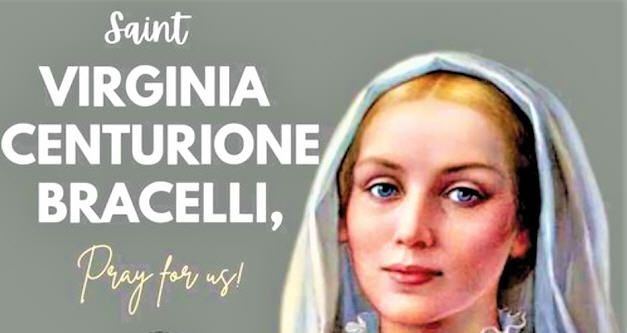
Saint John of the Cross - December 14
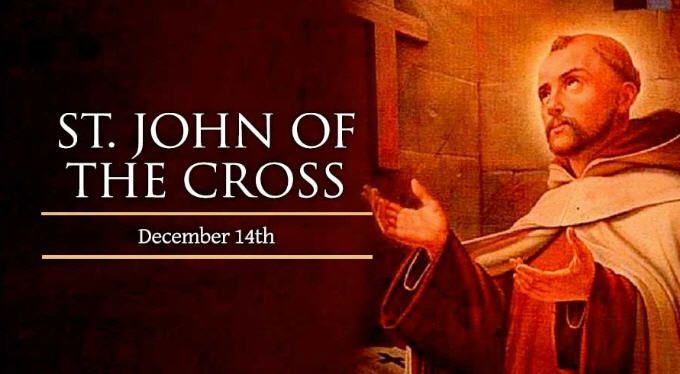
Dec. 14 is the liturgical memorial of Saint John of the Cross, a 16th century Carmelite priest best known for reforming his order together with Saint Teresa of Avila, and for writing the classic spiritual treatise “The Dark Night of the Soul.”
Honored as a Doctor of the Church since 1926, he is sometimes called the “Mystical Doctor,” as a tribute to the depth of his teaching on the soul's union with God.
The youngest child of parents in the silk-weaving trade, John de Yepes was born during 1542 in Fontiveros near the Spanish city of Avila. His father Gonzalo died at a relatively young age, and his mother Catalina struggled to provide for the family. John found academic success from his early years, but failed in his effort to learn a trade as an apprentice. Instead he spent several years working in a hospital for the poor, and continuing his studies at a Jesuit college in the town of Medina del Campo.
After discerning a calling to monastic life, John entered the Carmlite Order in 1563. He had been practicing severe physical asceticism even before joining the Carmelites, and got permission to live according to their original rule of life – which stressed solitude, silence, poverty, work, and contemplative prayer. John received ordination as a priest in 1567 after studying in Salamanca, but considered transferring to the more austere Carthusian order rather than remaining with the Carmelites.
Before he could take such a step, however, he met the Carmelite nun later canonized as Saint Teresa of Avila. Born in 1515, Teresa had joined the order in 1535, regarding consecrated religious life as the most secure road to salvation. Since that time she had made remarkable spiritual progress, and during the 1560s she began a movement to return the Carmelites to the strict observance of their original way of life. She convinced John not to leave the order, but to work for its reform.
Changing his religious name from “John of St. Matthias” to “John of the Cross,” the priest began this work in November of 1568, accompanied by two other men of the order with whom he shared a small and austere house. For a time, John was in charge of the new recruits to the “Discalced Carmelites” – the name adopted by the reformed group, since they wore sandals rather than ordinary shoes as sign of poverty. He also spent five years as the confessor at a monastery in Avila led by St. Teresa.
Their reforming movement grew quickly, but also met with severe opposition that jeopardized its future during the 1570s. Early in December of 1577, during a dispute over John's assignment within the order, opponents of the strict observance seized and imprisoned him in a tiny cell. His ordeal lasted nine months and included regular public floggings along with other harsh punishments. Yet it was during this very period that he composed the poetry that would serve as the basis for his spiritual writings.
John managed to escape from prison in August of 1578, after which he resumed the work of founding and directing Discalced Carmelite communities. Over the course of a decade he set out his spiritual teachings in works such as “The Ascent of Mount Carmel,” “The Spiritual Canticle” and “The Living Flame of Love” as well as “The Dark Night of the Soul.” But intrigue within the order eventually cost him his leadership position, and his last years were marked by illness along with further mistreatment.
St. John of the Cross died in the early hours of Dec. 14, 1591, nine years after St. Teresa of Avila's death in October 1582. Suspicion, mistreatment, and humiliation had characterized much of his time in religious life, but these trials are understood as having brought him closer to God by breaking his dependence on the things of this world. Accordingly, his writings stress the need to love God above all things – being held back by nothing, and likewise holding nothing back.
Only near the end of his life had St. John's monastic superior recognized his wisdom and holiness. Though his reputation had suffered unjustly for years, this situation reversed soon after his death. He was beatified in 1675, canonized in 1726, and named a Doctor of the Church in the 20th century by Pope Pius XI. In a letter marking the 400th anniversary of St. John's death, Pope John Paul II – who had written a doctoral thesis on the saint's writings – recommended the study of the Spanish mystic, whom he called a “master in the faith and witness to the living God.”
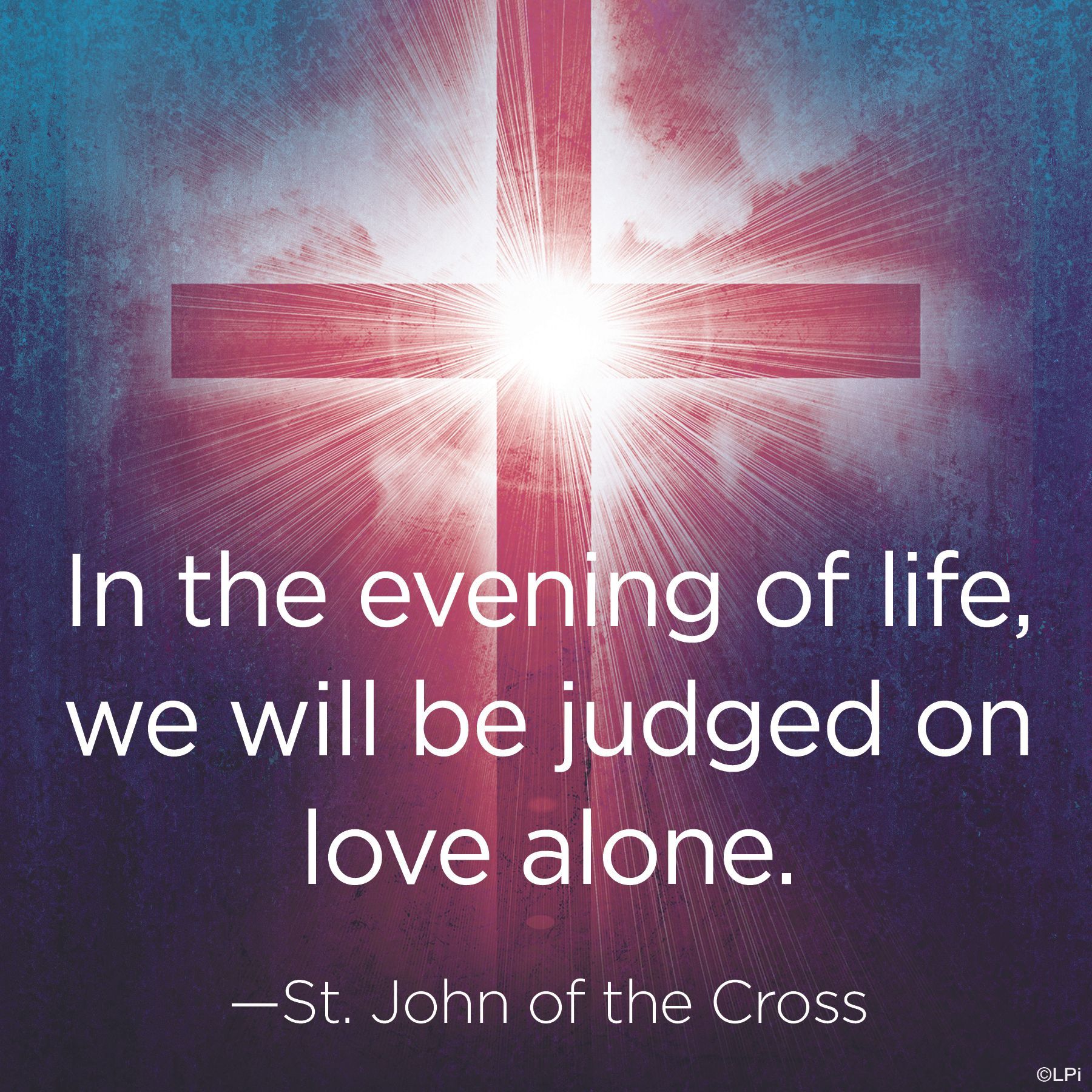
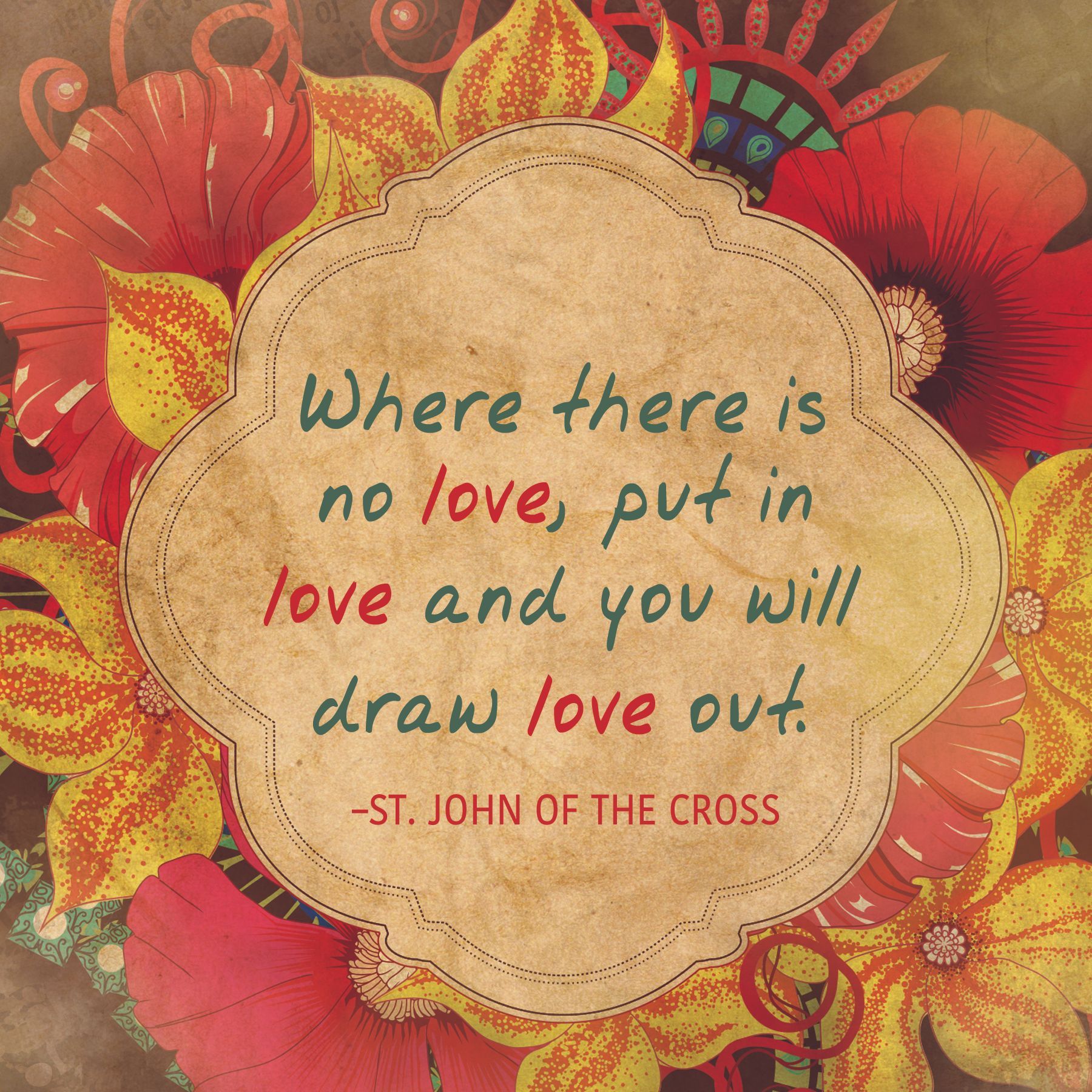


Saint Lucy - December 13

St. Lucy is a virgin and martyr of Syracuse in Sicily, whose feast is celebrated on December 13th. According to tradition, Saint Lucy was born to rich and noble parents in the year 283. Her father was of Roman origin, but his early death left her dependent upon her mother, whose name, Eutychia, seems to indicate that she was of Greek heritage.
Like so many of the early martyrs, Lucy had consecrated her virginity to God, and she hoped to devote all her worldly goods to the service of the poor.
Her mother, Eutychia, arranged a marriage for her, but for three years she managed to postpone the marriage. Lucy prayed at the tomb of Saint Agatha to change her mother’s mind about her faith. As a result, her mother's long haemorrhagic illness was cured, and she consented to Lucy's desire to live for God.
Saint Lucy’s rejected bridegroom, Paschasius, denounced Lucy as a Christian. The governor planned to force her into prostitution, but when guards went to fetch her, they could not move her even when they hitched her to a team of oxen. The governor ordered her to be killed instead.
After a gruesome torture which included having her eyes torn out, she was surrounded by bundles of wood which were set afire, but the fire quickly died out. She prophesied against her persecutors, and was then executed by being stabbed to death with a dagger.
According to later accounts, Lucy warned Paschasius he would be punished. When the governor heard this he ordered the guards to gouge out her eyes; however, in another telling, it was Lucy who removed her eyes in an attempt to discourage a persistent suitor who greatly admired them. When her body was being prepared for burial, they discovered her eyes had been restored. This and the meaning of her name ("light" or "lucid") led to her patronage with eyes; the blind, eye trouble, and other eye ailments.
St. Lucy |Feast Day December 13
A name that means “light,” St. Lucy (283 – 304) is the patron saint of those blind or suffering with eye trouble. Not much is known about her life, except that she was determined to remain a virgin and thus refused marriage. History tells the story of a frustrated suitor who eventually accused St. Lucy of being a Christian (at crime at the time), and she was executed in Syracuse, Sicily, in the year 304.
Today, we celebrate a number of traditions that incorporate symbolic meaning of St. Lucy as the “bearer” of light in the darkness of winter. This is particularly seen in Scandinavian countries, with their long dark winters. There, a young girl dressed in a white dress and a red sash (as the symbol of martyrdom) carries palms and wears a crown or wreath of candles on her head. In Denmark, Norway and Sweden, girls dressed as Lucy carry rolls and cookies in procession as songs are sung.
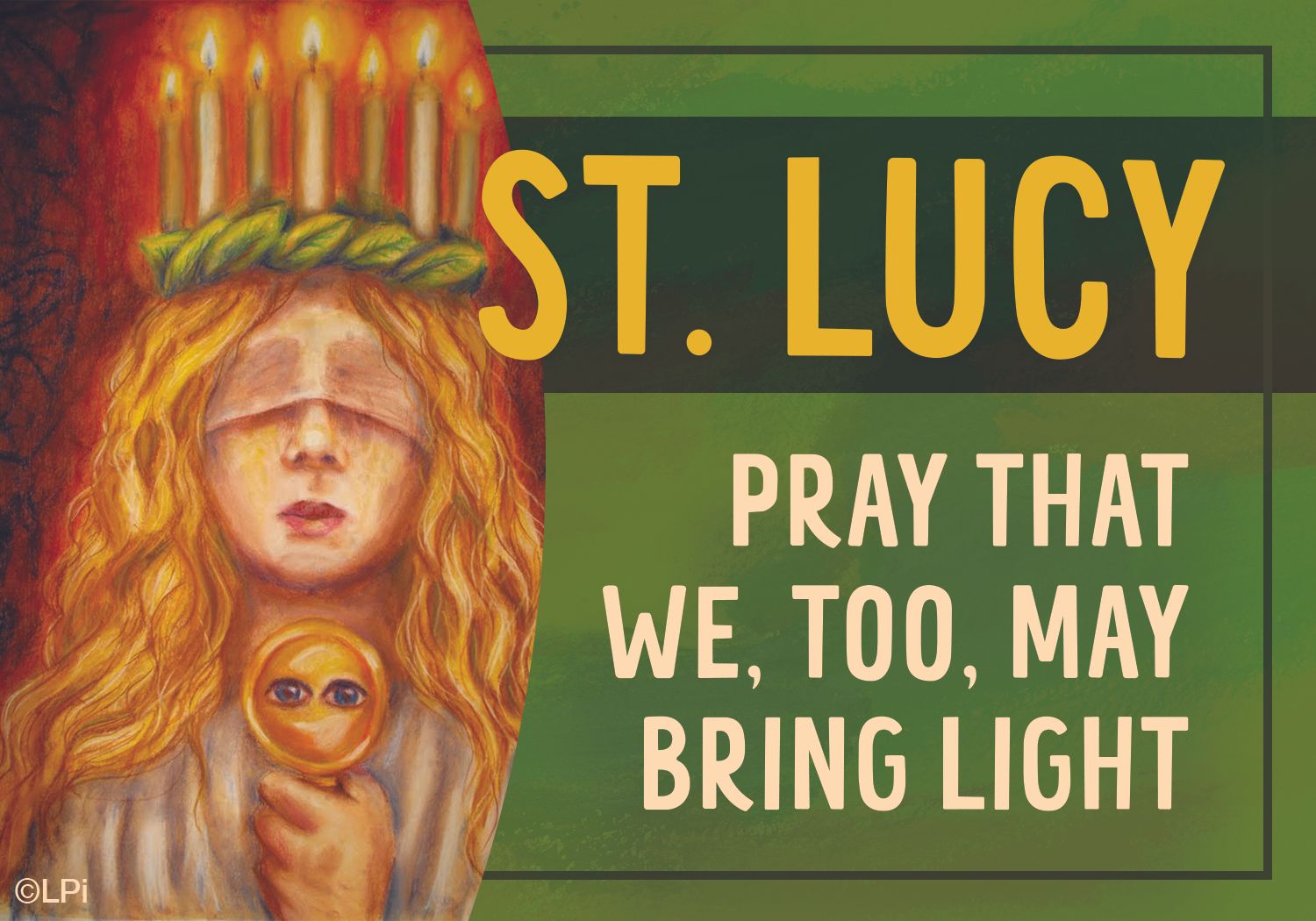
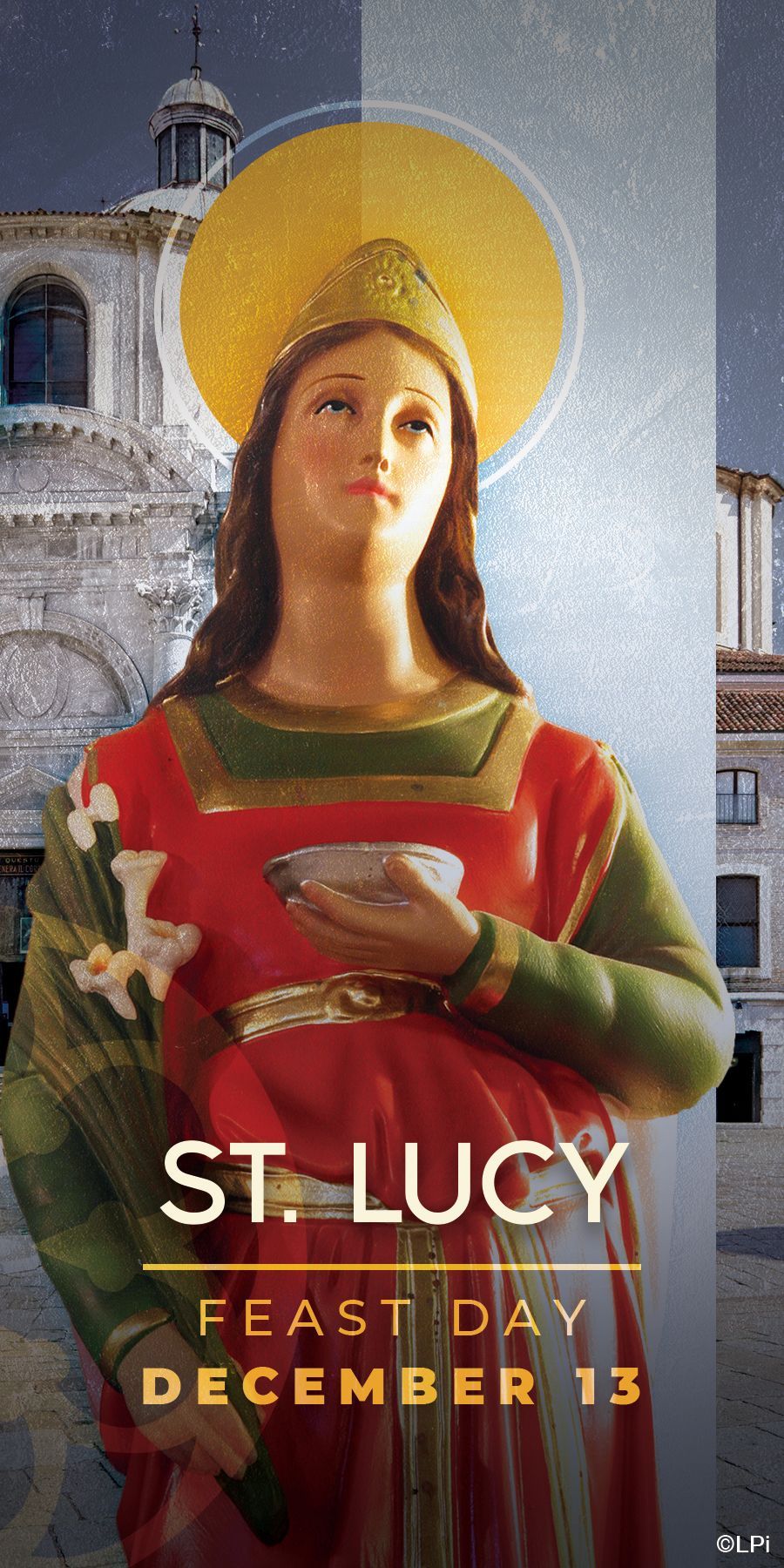

Our Lady of Guadalupe - December 12
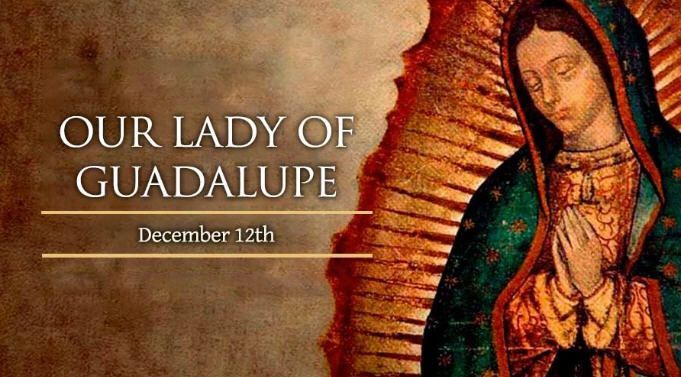
In 1531 a "Lady from Heaven" appeared to Saint Juan Diego, a poor Indian from Tepeyac, a hill northwest of Mexico City. She identified herself as the Mother of the True God and instructed him to have the bishop build a church on the site. As a sign for the bishop, she left an image of herself imprinted miraculously on his tilma, a poor quality cactus-cloth. The tilma should have deteriorated within 20 years but shows no sign of decay after over 470 years. To this day it defies all scientific explanations of its origin.
In the eyes of Our Lady of Guadalupe on the tilma, we can see reflected what was in front of her in 1531. Her message of love and compassion, and her universal promise of help and protection to all mankind, as well as the story of the apparitions, are described in the "Nican Mopohua," a 16th century document written in the native Nahuatl language.
There is reason to believe that at Tepeyac Mary came in her glorified body, and her actual physical hands rearranged the roses in Juan Diego’s tilma, which makes this apparition very special.
When Mary appeared to Juan Diego as Our Lady of Guadalupe, she had encouraging words for him. "Am I not here, I who am your mother?" In the image on Juan Diego's tilma (tunic), Mary identifies herself with the Aztec people. She has their hair and features, their symbolic maternity dress. She incorporated their important symbols of the sun, moon, and stars. Today's Mass includes two Gospel options. Both are familiar passages from the Gospel of Luke - the Annunciation and the Visitation. Both are equally relevant to today's feast because Mary's yes to Christ isn't only to care for him but to come to us. Our Lady of Guadalupe is pregnant. The image bears witness to Mary's yes to conceive the Savior of the World. But even in her pregnancy, she goes to care for Elizabeth. Now Mother to all the world, Mary comes to the aid of her children, reminding them of her presence among them.
An incredible list of miracles, cures, and interventions are attributed to Our Lady of Guadalupe. Each year an estimated 10 million people visit her Basilica, making her Mexico City home the most popular Marian shrine in the world, and the most visited Catholic church in the world after Saint Peter’s Basilica in the Vatican.
Science cannot explain the tilma, to this day.
There is no under sketch, no sizing and no protective over-varnish on the image. Microscopic examination revealed that there were no brush strokes. The image seems to increase in size and change colors due to an unknown property of the surface and substance of which it is made. According to Kodak of Mexico, the image is smooth and feels like a modern day photograph. Produced 300 years before the invention of photography.) The image has consistently defied exact reproduction, whether by brush or camera. Several images can be seen reflected in the eyes of the Virgin. It is believed to be the images of Juan Diego, Bishop Juan de Zummaraga, Juan Gonzales-the interpreter and others.The distortion and place of the images are identical to what is produced in the normal eye, which is impossible to obtain on a flat surface. The stars on Our Lady's Mantle coincide with the constellation in the sky on December 12, 1531. All who have scientifically examined the image of Our Lady over the centuries confess that its properties are absolutely unique and so inexplicable in human terms that the image can only be supernatural.
Altogether 24 popes have officially honored Our Lady of Guadalupe. His Holiness Blessed John Paul II visited her Sanctuary four times: on his first apostolic trip outside Rome as Pope in 1979, and again in 1990, 1999 and 2002.
The Feast of Our Lady of Guadalupe is celebrated on December 12th. In 1999, Blessed John Paul II, in his homily given during the Solemn Mass at the Basilica of Our Lady of Guadalupe, his third visit to the sanctuary, declared the date of December the 12th as a Liturgical Holy Day for the whole continent. During the same visit Pope John Paul II entrusted the cause of life to her loving protection, and placed under her motherly care the innocent lives of children, especially those who are in danger of not being born.
Patronage: Americas, Central America, diocese of Colorado Springs Colorado, diocese of Corpus Christi Texas, diocese of Dodge City, Kansas, Estremadura Spain, diocese of Gallup New Mexico, Mexico, diocese of Nashville Tennessee, New Mexico, New World, diocese of Orange California, diocese of Phoenix Arizona, Puerto Vallarta, Mexico, diocese of Sacramento, California, diocese of Sioux City Iowa, Spain.

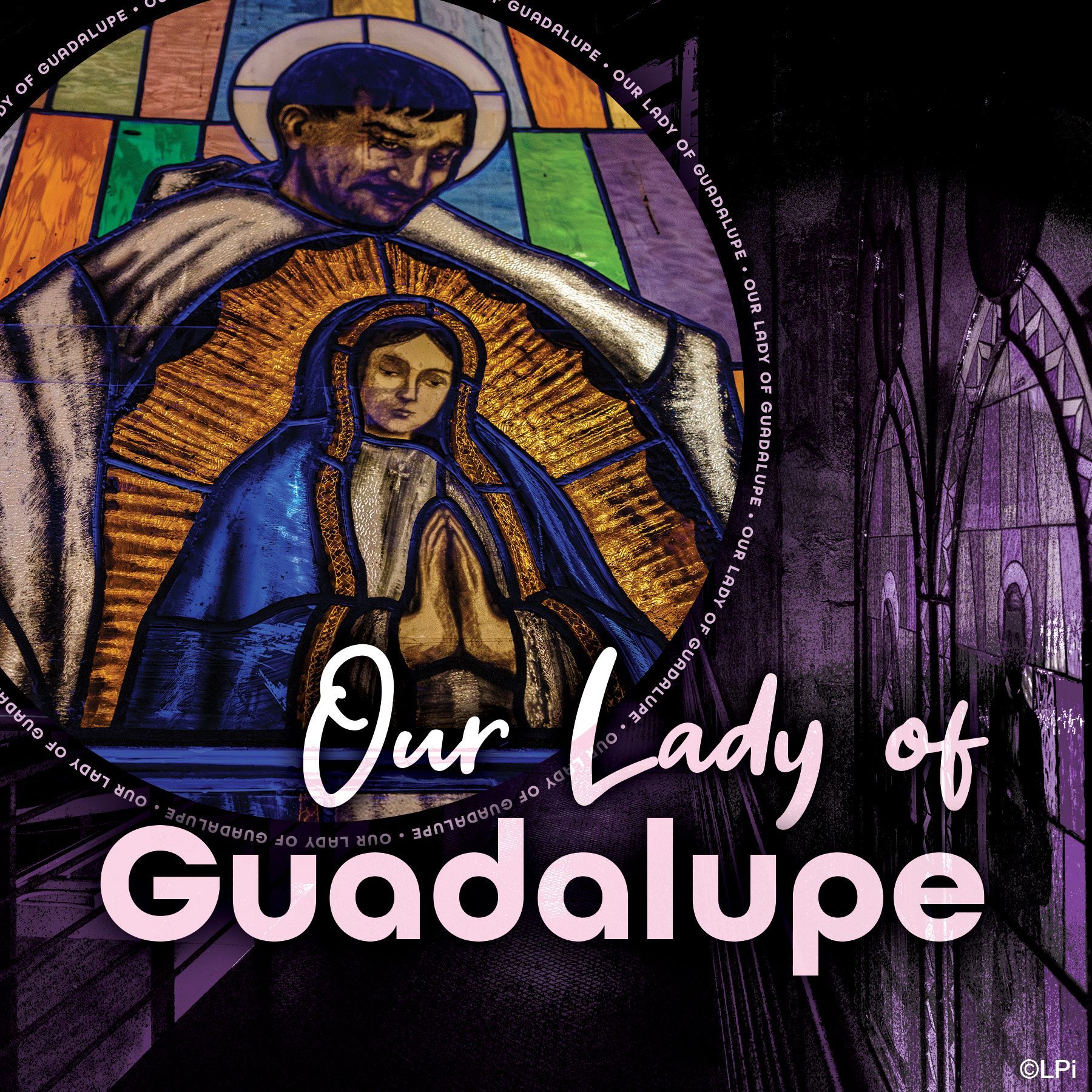
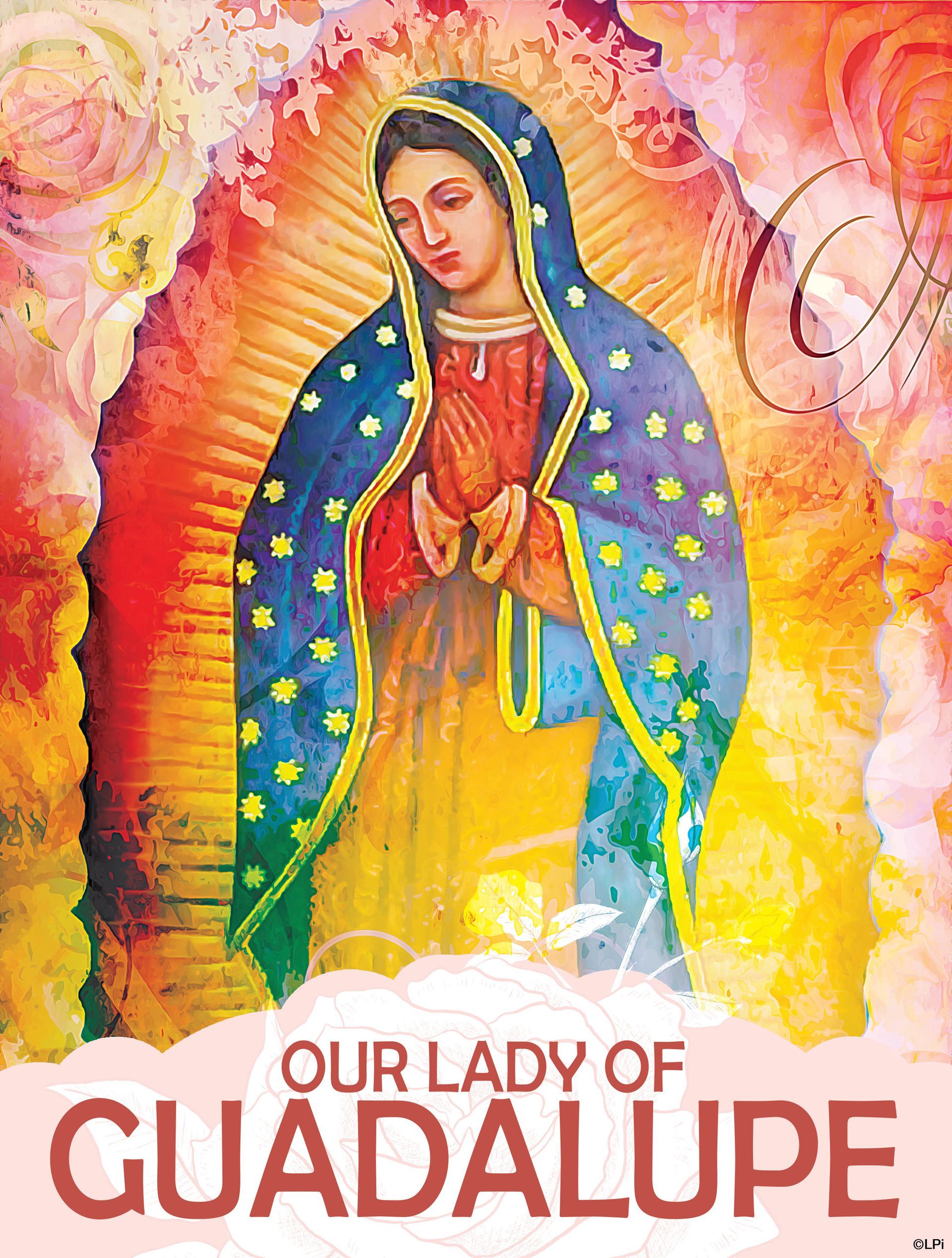
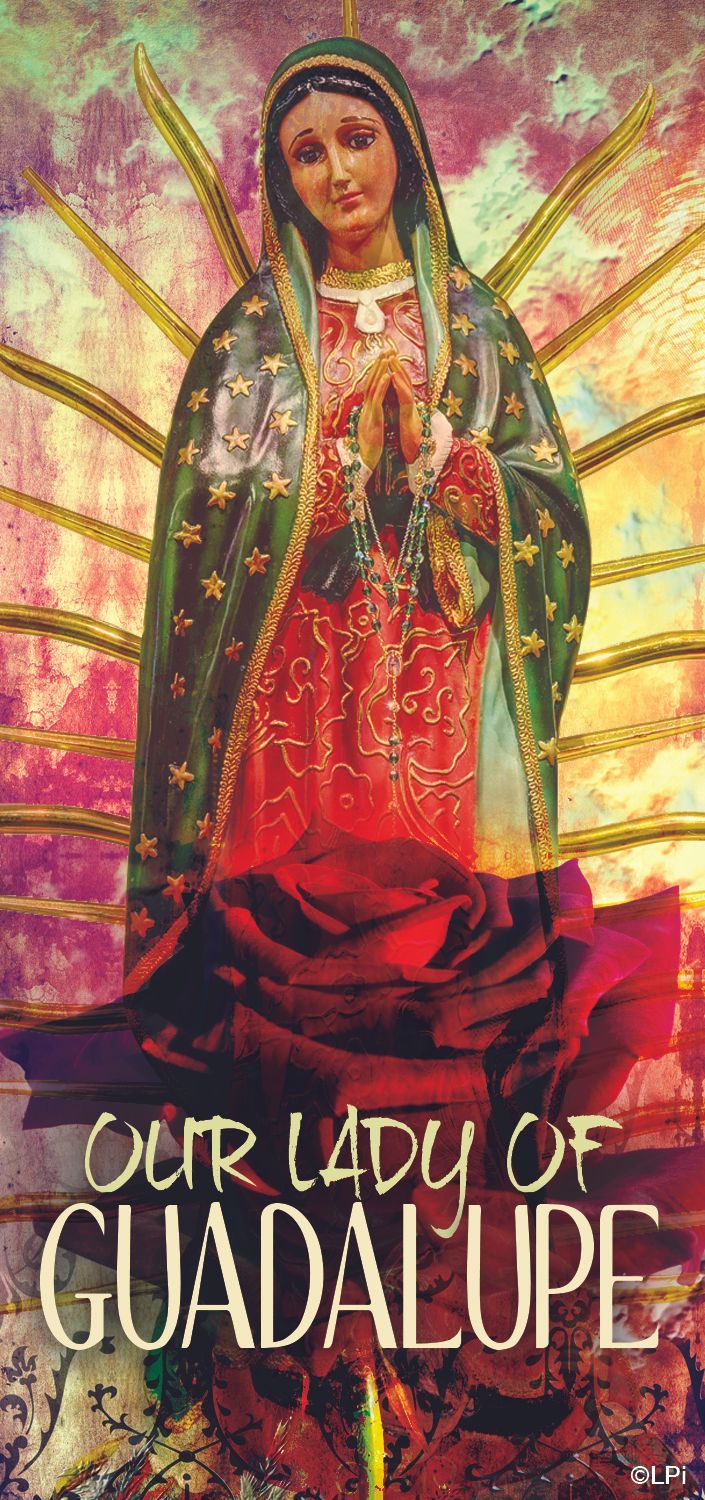
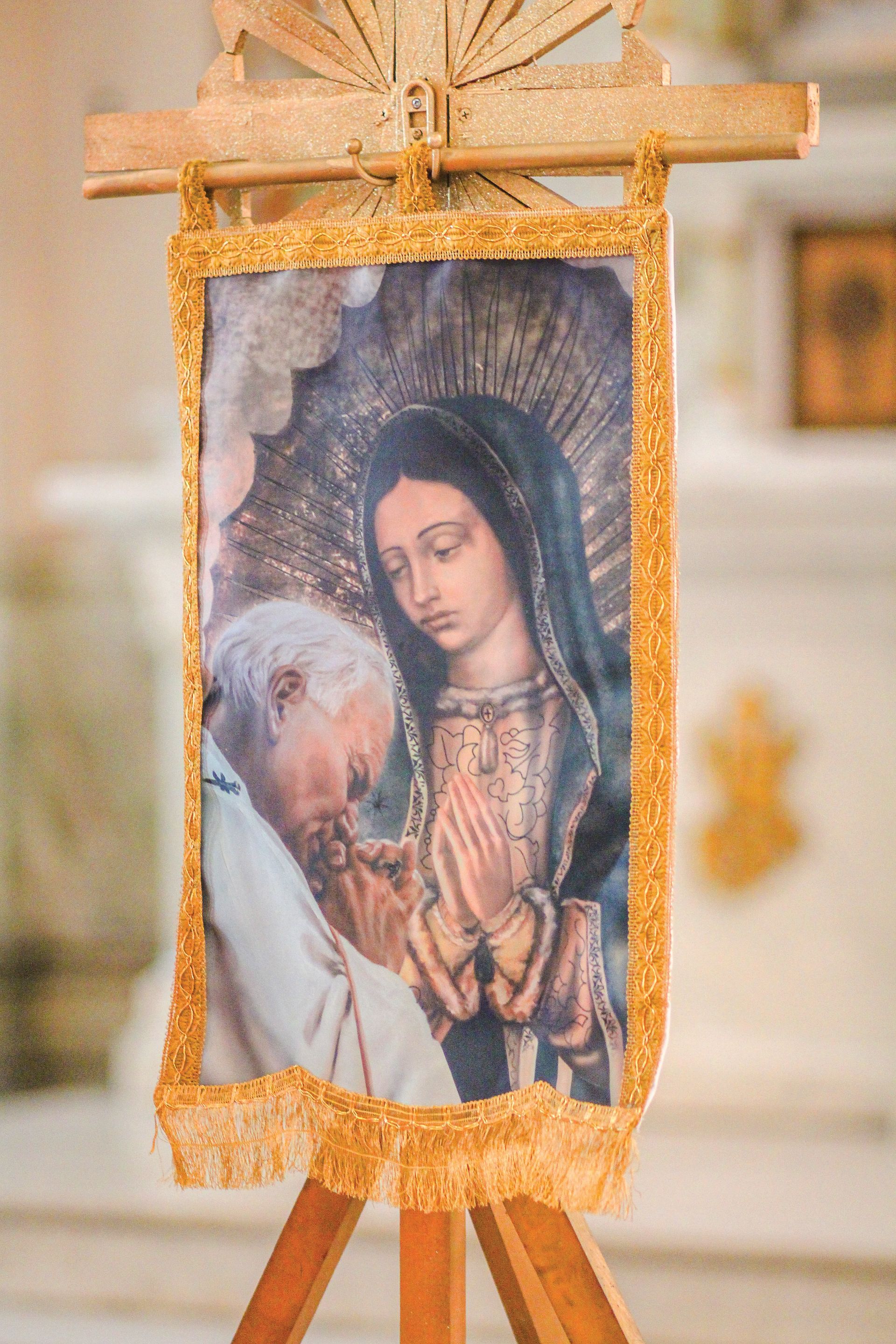
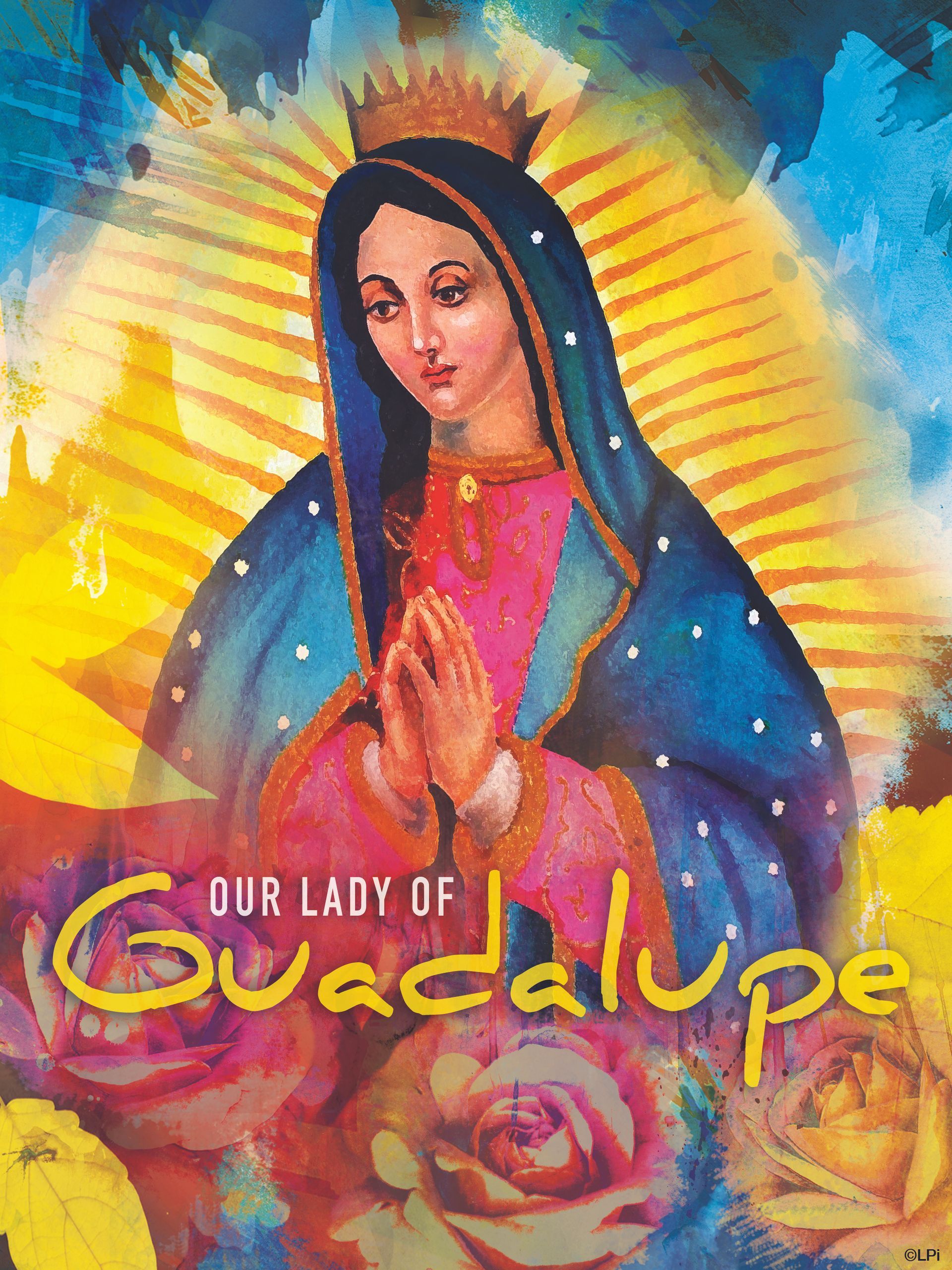
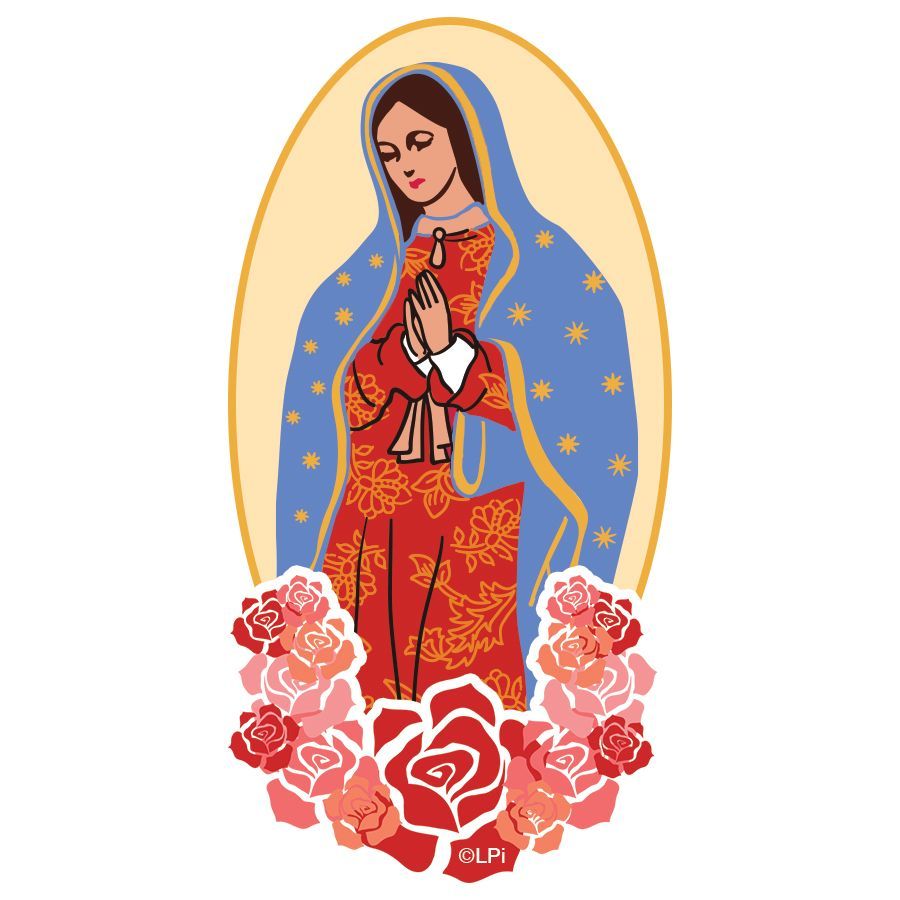
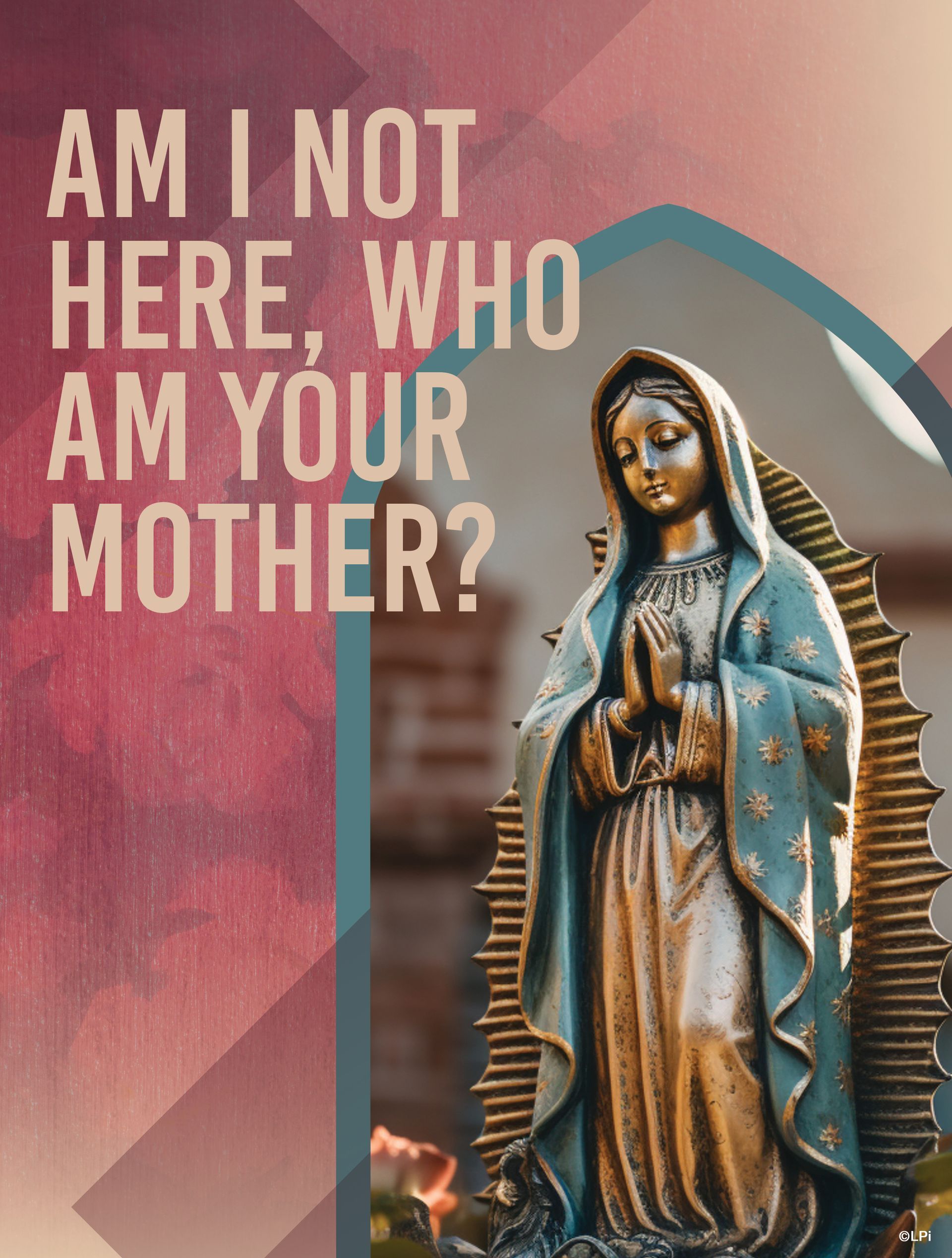
Pope Saint Damasus - December 11
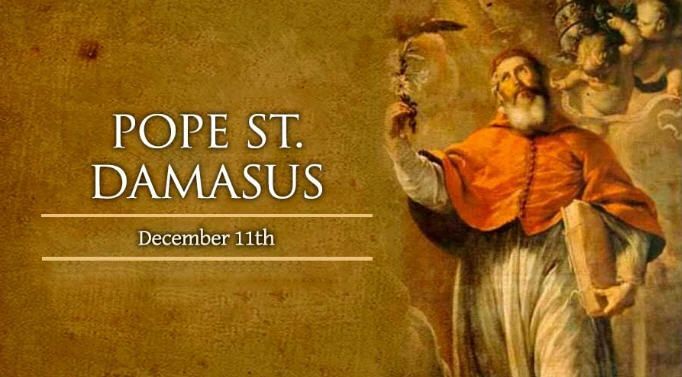
Saint Damasus was born in Rome at the beginning of the fourth century. His father, a widower, had received Holy Orders there and served as parish priest in the church of St. Laurence.
Damasus was archdeacon of the Roman Church in 355 when the Pope, Saint Liberius, was banished to Berda. Damases followed him into exile, but afterwards returned to Rome. On the death of Saint Liberius in 366, our Saint was chosen to succeed him, at the age of sixty-two. A certain Ursinus, jealous of his election and desiring for himself that high office, had himself proclaimed pope by his followers, inciting a revolt against Damasus in Rome, in which 137 people died. The holy Pope did not choose to resort to armed defense, but the Emperor Valentinian, to defend him, drove the usurper from Rome for a time. Later he returned, and finding accomplices for his evil intentions, accused the holy Pontiff of adultery. Saint Damasus took only such action as was becoming to the common father of the faithful. He assembled a synod of forty-four bishops, in which he justified himself so well that the calumniators were excommunicated and banished.
Having freed the Church of this new schism, Saint Damasus turned his attention to the extirpation of Arianism in the West and of Apollinarianism in the East, and for this purpose convened several councils. He sent Saint Zenobius, later bishop of Florence, to Constantinople in 381 to console the faithful, cruelly persecuted by the Emperor Valens. He commanded Saint Jerome to prepare a correct Latin version of the Bible, since known as the Vulgate, and he ordered the Psalms to be sung accordingly. He rebuilt and adorned the Church of Saint Laurence, still called Saint Laurence in Damaso. He caused all the springs of the Vatican to be drained, which were inundating the tombs of the holy persons buried there, and he decorated the sepulchers of a great number of martyrs in the cemeteries, adorning them with epitaphs in verse.
Saint Damasus is praised by Theodoret as head of the famous doctors of divine grace of the Latin church. The General Council of Chalcedon calls him the "honor and glory of Rome." Having reigned for eighteen years and two months, he died on December 10, 384, when he was nearly eighty years old. In the eighth century, his relics were definitively placed in the church of Saint Laurence in Damaso, except for his head, which was conserved in the Basilica of Saint Peter. He presided over the Council of Rome of 382 that determined the canon or official list of Sacred Scripture.
Throughout his papacy, St. Damasus spoke out against major heresies in the church and encouraged production of the Vulgate Bible with his support for St. Jerome. He helped reconcile the relations between the Church of Rome and the Church of Antioch, and encouraged the veneration of martyrs.
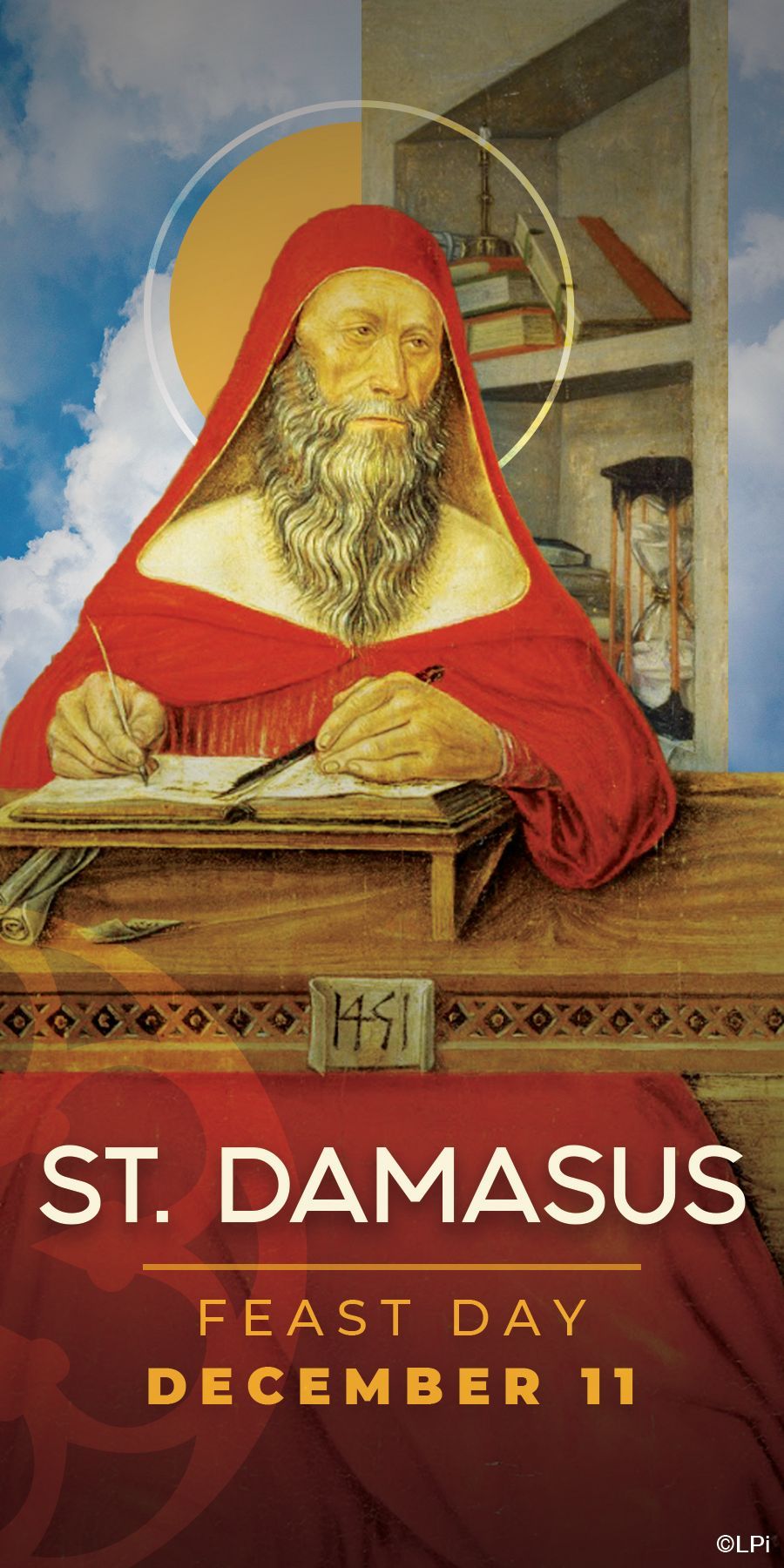
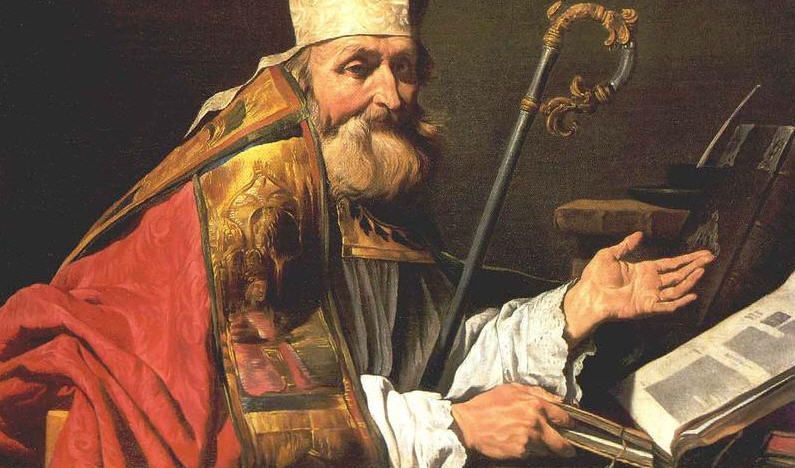
The Holy House of Loretto - December 10

Since its completion in the 16th century and possibly even earlier, the "Holy House" of Loreto has been numbered among the most famous shrines of Italy. Loreto is a small town a few miles south of Ancona and near the sea. Its most conspicuous building is the basilica. This dome-crowned edifice, which with its various annexes took more than a century to build and adorn under the direction of many famous artists, serves merely as the setting of a tiny cottage standing within the basilica itself. Though the rough walls of the little building have been raised in height and are cased externally in richly sculptured marble, the interior measures only thirty-one feet by thirteen. An altar stands at one end beneath a statue, blackened with age, of the Virgin Mother and her Divine Infant. As the inscription, Hic Verbum caro factum est, reminds us, this building is honoured by Christians as the veritable cottage at Nazareth in which the Holy Family lived, and the Word became incarnate. Another inscription of the sixteenth century which decorates the eastern facade of the basilica sets forth at greater length the tradition which makes this shrine so famous.
"Christian pilgrim", it says, "you have before your eyes the Holy House of Loreto, venerable throughout the world on account of the Divine mysteries accomplished in it and the glorious miracles herein wrought. It is here that most holy Mary, Mother of God, was born, here that she was saluted by the Angel, here that the eternal Word of God was made Flesh. Angels conveyed this House from Palestine to the town Tersato in Illyria in the year of salvation 1291 in the pontificate of Nicholas IV. Three years later, in the beginning of the pontificate of Boniface VIII, it was carried again by the ministry of angels and placed in a wood near this hill, in the vicinity of Recanati, in the March of Ancona, where having changed its station thrice in the course of a year, at length, by the will of God, it took up its permanent position on this spot three hundred years ago (now, of course, more than 600).
Ever since that time, both the extraordinary nature of the event having called forth the admiring wonder of the neighboring people and the fame of the miracles wrought in this sanctuary having spread far and wide, this Holy House, whose walls do not rest on any foundation and yet remain solid and uninjured after so many centuries, has been held in reverence by all nations." That the traditions thus boldly proclaimed to the world have been fully sanctioned by the Holy See cannot for a moment remain in doubt. More than forty-seven popes have in various ways rendered honor to the shrine, and an immense number of Bulls and Briefs proclaim without qualification the identity of the Santa Casa di Loreto with the Holy House of Nazareth.
As lately as 1894 Leo XIII, in a Brief conceding various spiritual favours for the sixth centenary of the translation of the Santa Casa to Loreto, summed up its history in these words: "The happy House of Nazareth is justly regarded and honoured as one of the most sacred monuments of the Christian Faith; and this is made clear by the many diplomas and acts, gifts and privileges accorded by Our predecessors. No sooner was it, as the annals of the Church bear witness, miraculously translated to Italy and exposed to the veneration of the faithful on the hills of Loreto than it drew to itself the fervent devotion and pious aspiration of all, and as the ages rolled on, it maintained this devotion ever ardent." If, then, we would sum up the arguments which sustain the popular belief in this miraculous transference of the Holy House from Palestine to Italy by the hands of angels, we may enumerate the following points:
1) The reiterated approval of the tradition by many different popes from Julius II in 1511 down to the present day. This approval was emphasized liturgically by an insertion in the Roman Martyrologium in 1669 and the concession of a proper Office and Mass in 1699, and it has been ratified by the deep veneration paid to the shrine by such holy men as St. Charles Borromeo, St. Francis de Sales, St. Ignatius Loyola, St. Alphonsus Liguori, and many other servants of God.
2) Loreto has been for centuries the scene of numerous miraculous cures. Even the skeptical Montaigne in 1582 professed himself a believer in the reality of these (Waters, "Journal of Montaigne's Travels", II, 197-207).
3) The stone on which the original walls of the Santa Casa are built and the mortar used in their construction are not such as are known in the neighbourhood of Loreto. But both stone and mortar are, it is alleged, chemically identical with the materials most commonly found in Nazareth.
4) The Santa Casa does not rest and has never rested upon foundations sunk into the earth where it now stands. The point was formally investigated in 1751 under Benedict XIV. What was then found is therefore fully in accord with the tradition of a building transferred bodily from some more primitive site.
It must be acknowledged, however, that recent historical criticism has shown that in other directions the Lauretan tradition is beset with difficulties of the gravest kind. These have been skilfully presented in the much-discussed work of Canon Chevalier, "Notre Dame de Lorette" (Paris, 1906). It is possible that the author has in some directions pressed his evidence too far and has perhaps overstated his case, but despite the efforts of such writers as Eschbach, Faloci-Pulignani, Thomas, and Kresser, the substance of his argument remains intact and has as yet found no adequate reply. The general contention of the work may be summarized under five heads:
1) From the accounts left by pilgrims and others it appears that before the time of the first translation (1291) there was no little cottage venerated at Nazareth which could correspond in any satisfactory way with the present Santa Casa at Loreto. So far as there was question at all in Nazareth of the abode in which the Blessed Virgin had lived, what was pointed out to pilgrims was a sort of natural cavern in the rock.
2) Oriental chronicles and similar accounts of pilgrims are absolutely silent as to any change which took place in 1291. There is no word of the disappearance at Nazareth of a shrine formerly held in veneration there. It is not until the sixteenth century that we find among Orientals any hint of a consciousness of their loss and then the idea was suggested from the West.
3) There are charters and other contemporary documents which prove that a church dedicated to the Blessed Virgin already existed at Loreto in the twelfth and thirteenth centuries, that is to say, before the epoch of the supposed translation.
4) When we eliminate certain documents commonly appealed to as early testimonies to the tradition, but demonstrably spurious, we find that no writer can be shown to have heard of the miraculous translation of the Holy House before 1472, i.e., 180 years after the event is supposed to have taken place. The shrine and church of Loreto are indeed often mentioned; the church is said by Paul II in 1464 to have been miraculously founded, and it is further implied that the statue or image of the Blessed Virgin was brought there by angels, but all this differs widely from details of the later accounts.
5) If the papal confirmations of the Loreto tradition are more closely scrutinized it will be perceived that not only are they relatively late (the first Bull mentioning the translation is that of Julius II in 1507), but that they are at first very guarded in expression, for Julius introduces the clause "ut pie creditur et fama est", while they are obviously dependent upon the extravagant leaflet compiled about 1472 by Teramano.
It is clearly impossible to review here at any length the discussions to which Canon Chevalier's book has given rise. As a glance at the appended bibliography will show, the balance of recent Catholic opinion, as represented by the more learned Catholic periodicals, is strongly in his favour. The weight of such arguments as those drawn from the nature of the stone or brick (for even on this point there is no agreement) and the absence of foundations, is hard to estimate. As regards the date at which the translation tradition makes its appearance, much stress has recently been laid by its defenders upon a fresco at Gubbio representing angels carrying a little house, which is assigned by them to about the year 1350 (see Faloci-Pulignani, "La s. Casa di Loreto secondo un affresco di Gubbio", Rome, 1907).
Also there are apparently other representations of the same kind for which an early date is claimed (see Monti in "La Scuola Cattolica", Nov. and Dec., 1910). But it is by no means safe to assume that every picture of angels carrying a house must refer to Loreto, while the assigning of dates to such frescoes from internal evidence is one of extreme difficulty. With regard to the papal pronouncements, it is to be remembered that in such decrees which have nothing to do with faith or morals or even with historical facts which can in any way be called dogmatic, theologians have always recognized that there is no intention on the part of the Holy See of defining a truth, or even of placing it outside the sphere of scientific criticism so long as that criticism is respectful and takes due regard of place and season.
On the other hand, even if the Loreto tradition be rejected, there is no reason to doubt that the simple faith of those who in all confidence have sought help at this shrine of the Mother of God may often have been rewarded, even miraculously. Further it is quite unnecessary to suppose that any deliberate fraud has found a place in the evolution of this history. There is much to suggest that a sufficient explanation is afforded by the hypothesis that a miracle-working statue or picture of the Madonna was brought from Tersato in Illyria to Loreto by some pious Christians and was then confounded with the ancient rustic chapel in which it was harboured, the veneration formerly given to the statue afterwards passing to the building.
Finally, we shall do well to notice that at Walsingham, the principal English shrine of the Blessed Virgin, the legend of "Our Lady's house" (written down about 1465, and consequently earlier than the Loreto translation tradition) supposes that in the time of St. Edward the Confessor a chapel was built at Walsingham, which exactly reproduced the dimensions of the Holy House of Nazareth. When the carpenters could not complete it upon the site that had been chosen, it was transferred and erected by angels' hands at a spot two hundred feet away (see "The Month", Sep., 1901). Curiously enough this spot, like Loreto, was within a short distance of the sea, and Our Lady of Walsingham was known to Erasmus as Diva Parathalassia.







Saint Eulalia - December 10

St. Eulalia descended from one of the most prominent families in Spain in 290 AD. She was educated in the Christian religion and was taught the sentiments of perfect piety. From her infancy she distinguished herself by an admirable sweetness of temper, modesty and devotion.
She showed a great love of the holy state of virginity, and by her seriousness and her contempt of dress, ornaments diversions and worldly company, she gave early signs of her sincere desire to lead a heavenly life on earth. Her heart was raised above the world before she was thought capable of knowing it, so that its amusements, which usually fill the minds of youth, had no charms for her, and every day of her life she continued to grow in virtue.
Legends say that she was just twelve years old when the bloody edicts of the Emporer Diocletian were issued in 304, by which it was ordered that all persons, without exception of age, sex, or profession, should be compelled to offer sacrifice to the gods of the empire.
Eulalia, although young, took the publication of this order as a sign of battle, but her mother, observing her impatient ardor for martyrdom, carried her into the country. However, the young saint quickly found a means to make her escape by night, and after much fatigue, arrived at Merida before daybreak.
That same morning, as soon as the court convened, she presented herself before the cruel judge, whose name was Dacian, and reproached him with impiety in attempting to destroy souls by compelling them to renounce the only true God.
The governor then commanded her to be seized. First, employing caresses, Dacian presented to her the advantages which her birth, youth and fortune gave her in the world, and the grief which her disobedience would bring to her parents. Seeing that these temptations had no effect, he began to threaten her, placing the most cruel instruments of torture before her eyes, saying to her, "All this you shall escape if you will but touch a little salt and frankincense with the tip of your finger."
Provoked at these seducing flatteries, she threw down the idol, trampled upon the cake which was laid for the sacrifice and spat at the judge -- an action only to be excused by her youth and inattention under the influence of a warm zeal, and fear of the snares which were laid before her.
Upon the judge's order, two executioners began to tear her tender sides with iron hooks, so as to leave the very bones bare. While this was happening, she called the strokes the trophies of Christ. Next, lighted torches were applied to her breasts and sides: under which torment, instead of groans, nothing was heard from her mouth but thanksgivings. The fire at length catching her hair, surrounded her head and face, and the saint was stifled by the smoke and flame.
History says that a white dove seemed to come out of her mouth, and to wing its way upward when the holy martyr expired: at which prodigy the executioners were so much terrified that they fled and left the body.
Her relics are kept with great veneration at Oviedo, where she is honored as patroness. The Roman Martyrology mentions her name on December 10.
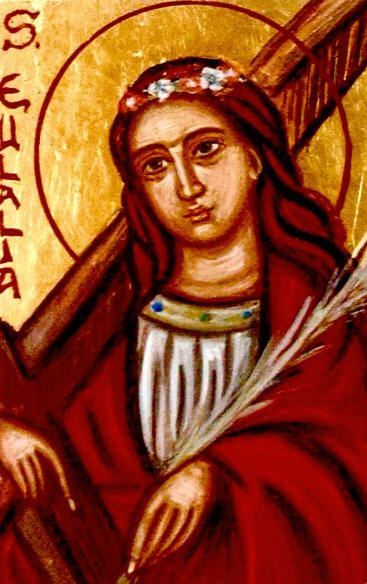
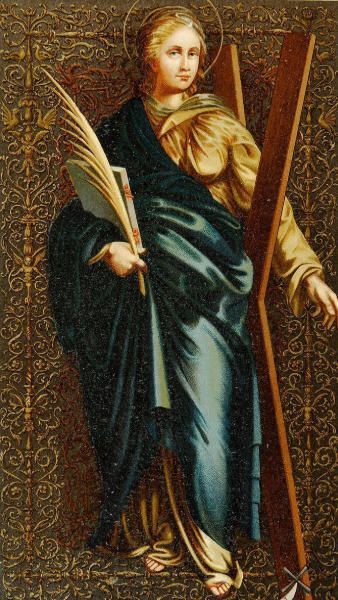
Saint Juan Diego - December 9
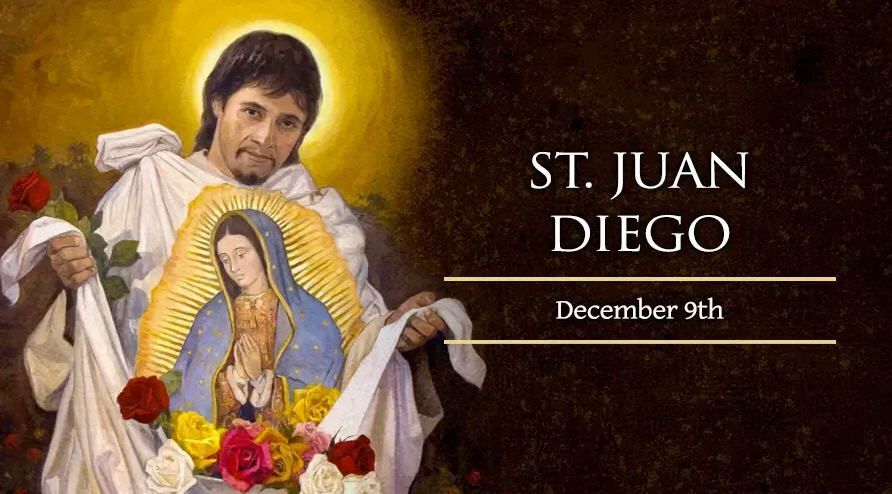
On Dec. 9, Roman Catholics celebrate St. Juan Diego, the indigenous Mexican Catholic convert whose encounter with the Virgin Mary began the Church's devotion to Our Lady of Guadalupe.
In 1474, 50 years before receiving the name Juan Diego at his baptism, a boy named Cuauhtlatoatzin -- “singing eagle” -- was born in the Anahuac Valley of present-day Mexico. Though raised according to the Aztec pagan religion and culture, he showed an unusual and mystical sense of life even before hearing the Gospel from Franciscan missionaries.
In 1524, Cuauhtlatoatzin and his wife converted and entered the Catholic Church. The farmer now known as Juan Diego was committed to his faith, often walking long distances to receive religious instruction. In December of 1531, he would be the recipient of a world-changing miracle.
On Dec. 9, Juan Diego was hurrying to Mass to celebrate the Feast of the Immaculate Conception. But the woman he was heading to church to celebrate came to him instead.
In the native Aztec dialect, the radiant woman announced herself as the “ever-perfect holy Mary, who has the honor to be the mother of the true God.”
“I am your compassionate Mother, yours and that of all the people that live together in this land,” she continued, “and also of all the other various lineages of men.”
She asked Juan Diego to make a request of the local bishop. “I want very much that they build my sacred little house here” -- a house dedicated to her son Jesus Christ, on the site of a former pagan temple, that would “show him” to all Mexicans and “exalt him” throughout the world.
She was asking a great deal of a native farmer. Not surprisingly, his bold request met with skepticism from Bishop Juan de Zumárraga. But Juan Diego said he would produce proof of the apparition, after he finished tending to his uncle whose death seemed imminent.
Making his way to church on Dec. 12, to summon a priest for his uncle, Juan Diego again encountered the Blessed Virgin. She promised to cure his uncle and give him a sign to display for the bishop. On the hill where they had first met he would find roses and other flowers, though it was winter.
Doing as she asked, he found the flowers and brought them back to her. The Virgin Mary then placed the flowers inside his tilma, the traditional cloak-like garment he had been wearing. She told him not to unwrap the tilma containing the flowers until he had reached the bishop.
When he did, Bishop Zumárraga had his own encounter with Our Lady of Guadalupe – through the image of her that he found miraculously imprinted on the flower-filled tilma. The Mexico City basilica that now houses the tilma has become, by some estimates, the world's most-visited Catholic shrine.
The miracle that brought the Gospel to millions of Mexicans also served to deepen Juan Diego's own spiritual life. For many years after the experience, he lived a solitary life of prayer and work in a hermitage near the church where the image was first displayed. Pilgrims had already begun flocking to the site by the time he died on Dec. 9, 1548, the 17th anniversary of the first apparition.
Blessed John Paul II beatified St. Juan Diego in 1990, and canonized him in 2002.

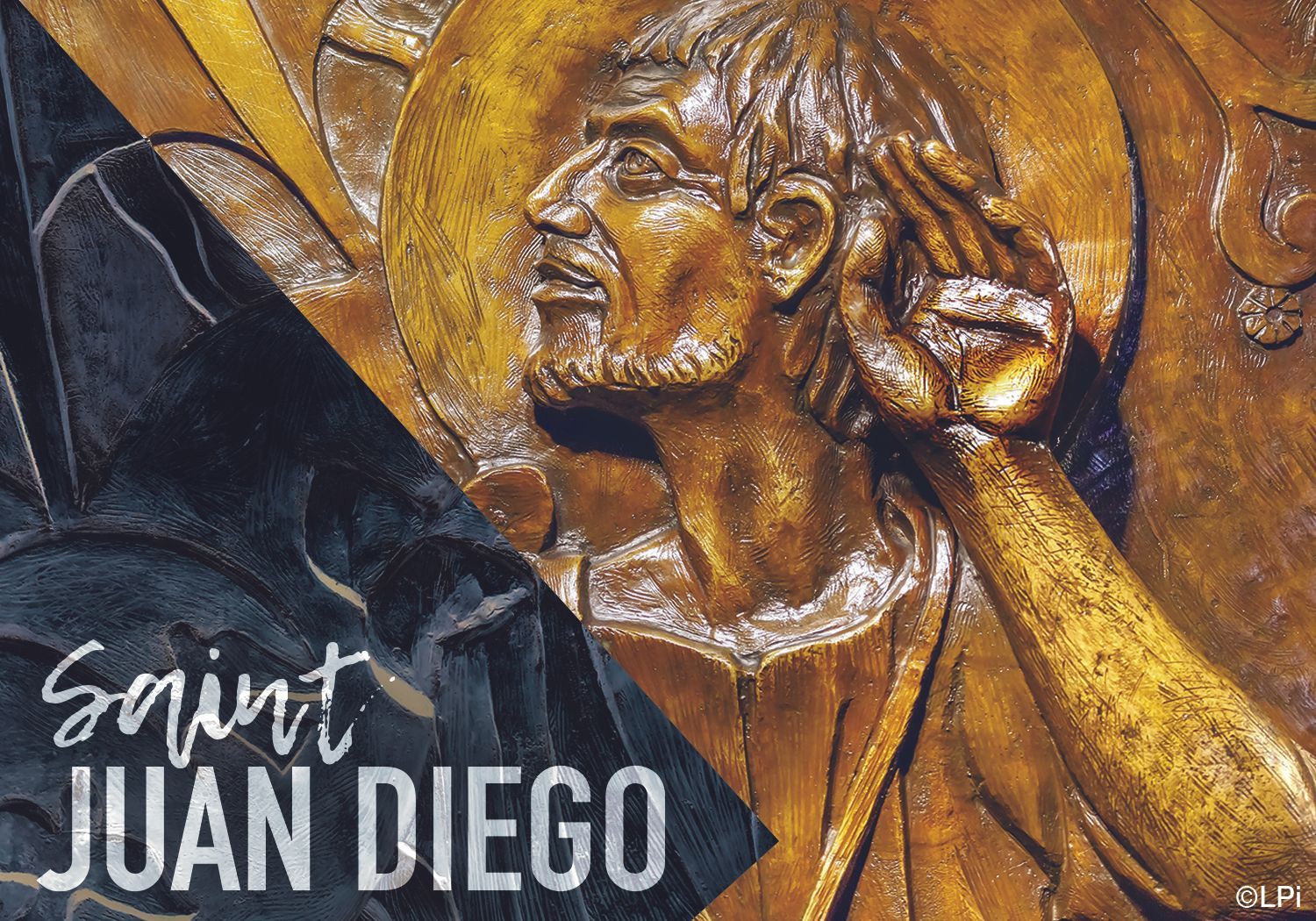
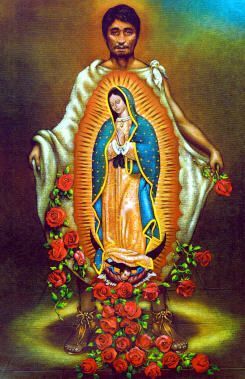
The Solemnity of the Immaculate Conception - December 8
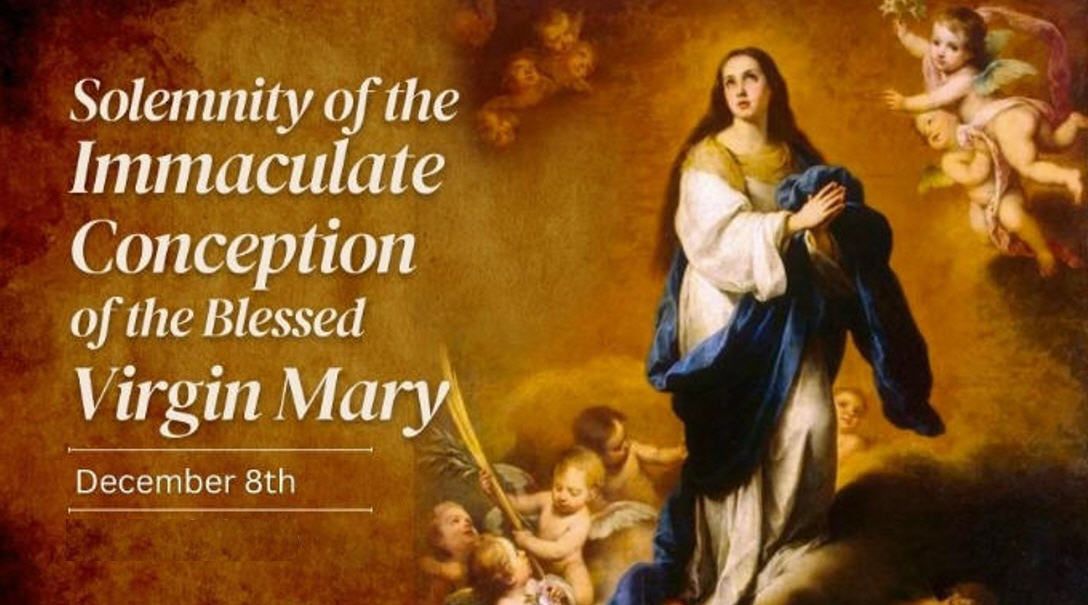
"The most Blessed Virgin Mary was, from the first moment of her conception, by a singular grace and privilege of almighty God and by virtue of the merits of Jesus Christ, Savior of the human race, preserved immune from all stain of original sin."
In 1854, Pope Pius IX's solemn declaration, "Ineffabilis Deus," clarified with finality the long-held belief of the Church that Mary was conceived free from original sin. Mary was granted this extraordinary privilege because of Her unique role in history as the Mother of God. That is, she received the gift of salvation in Christ from the very moment of her conception.
Even though Mary is unique in all humanity for being born without sin, she is held up by the Church as a model for all humanity in Her holiness and Her purity in her willingness to accept the Plan of God for her.
Every person is called to recognize and respond to God’s call to their own vocation in order to carry out God’s plan for their life and fulfill the mission prepared for them since before the beginning of time. Mary’s “Let it be done to me according to Thy Word,” in response of the Angel Gabriel’s greeting, is the response required of all Christians to God’s Plan.
The Solemnity of the Immaculate Conception is a time to celebrate the great joy of God’s gift to humanity in Mary, and to recognize with greater clarity, the truth that each and every human being has been created by God to fulfill a particular mission that he and only he can fulfill.
“The word of the Lord came to me thus: "Before I formed you in the womb I knew you, before you were born I dedicated you, a prophet to the nations I appointed you." (Jeremiah 1:5-6)
The Immaculate Conception is Mary’s conception, and we typically celebrate it on December 8th. If the 8th happens to be a Sunday, the Church moves the feast to December 9th. It is a holy day of obligation. Why does the Church consider it so important to celebrate?
Mary’s conception is immaculate because she was conceived without original sin. The angel Gabriel acknowledges this when he hails Mary as “full of grace” (Luke 1:28). Scripture scholars identify several theological ideas that confirm this. In the Old Testament, the sacred, pristine Ark of the Covenant held the presence of God. The presence of God is now held within a new “arc” — the womb of Mary. Genesis 3 also prophesies of a woman who would oppose the devil and whose child would crush the devil’s head. Christ is the “New Adam.” This passage sets up Mary, then, as the “New Eve.” Jesus and Mary are the beginnings of a new creation, one we all can participate in through the grace of our baptism. After all, God’s love is more “original” than our sin!
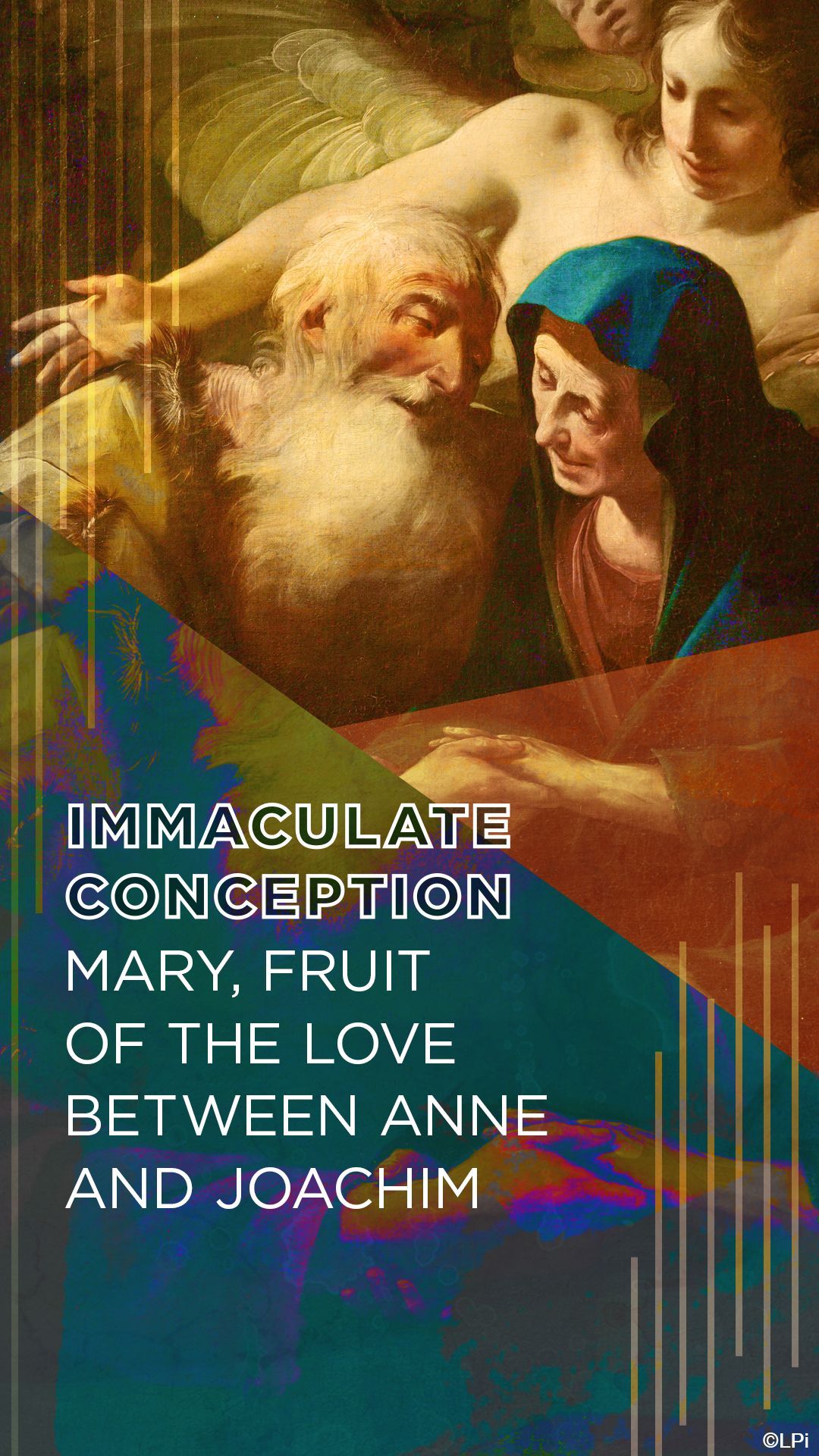
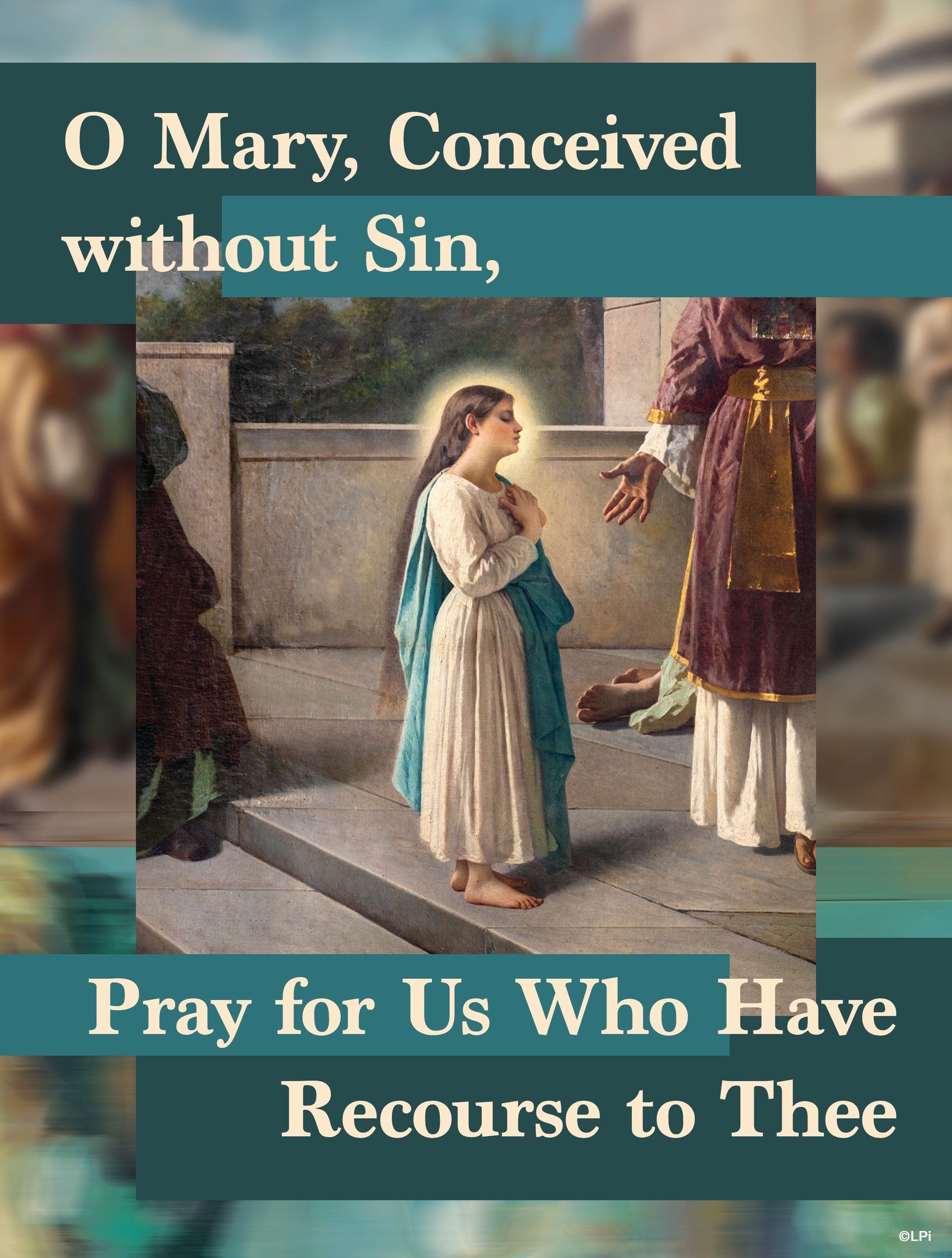
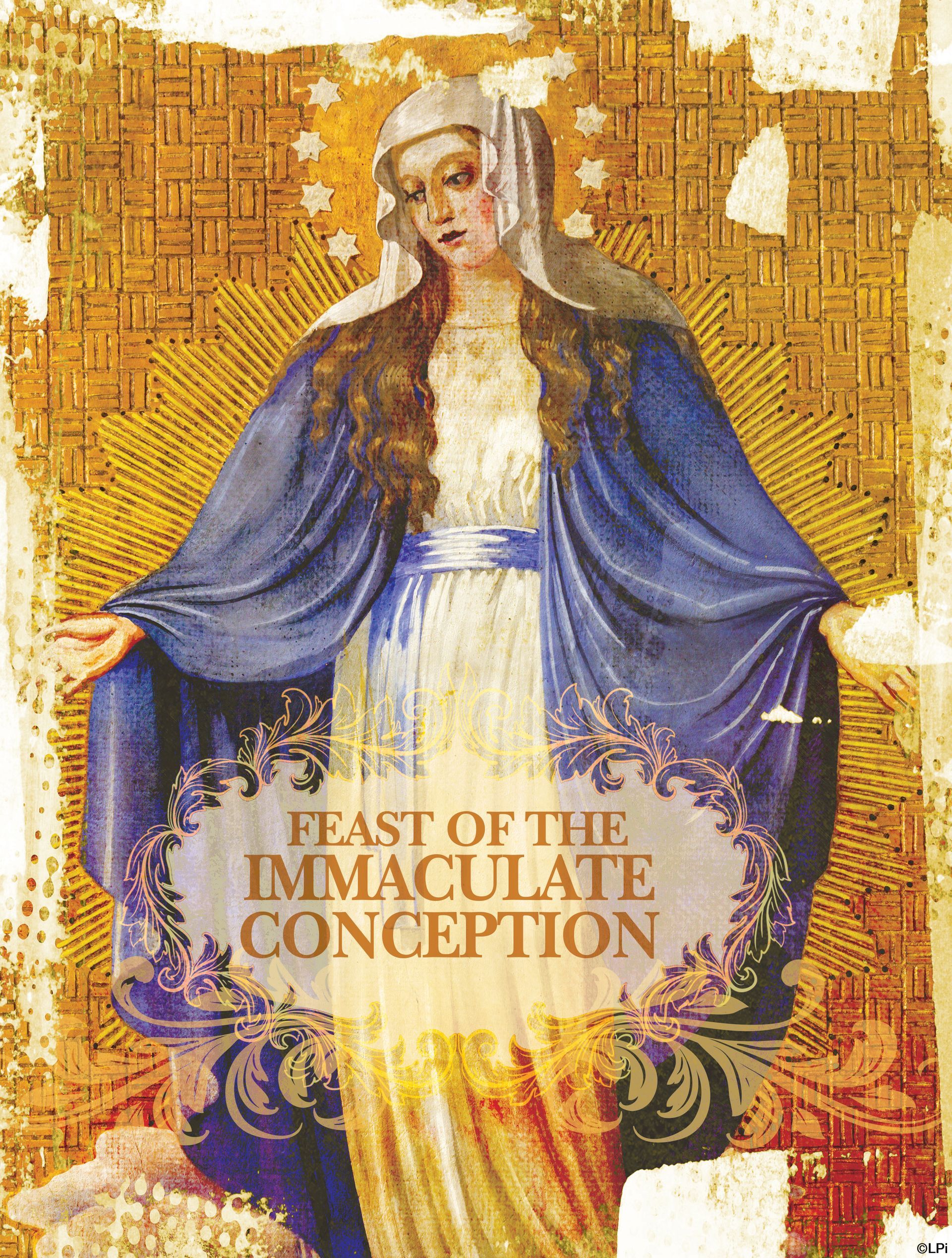
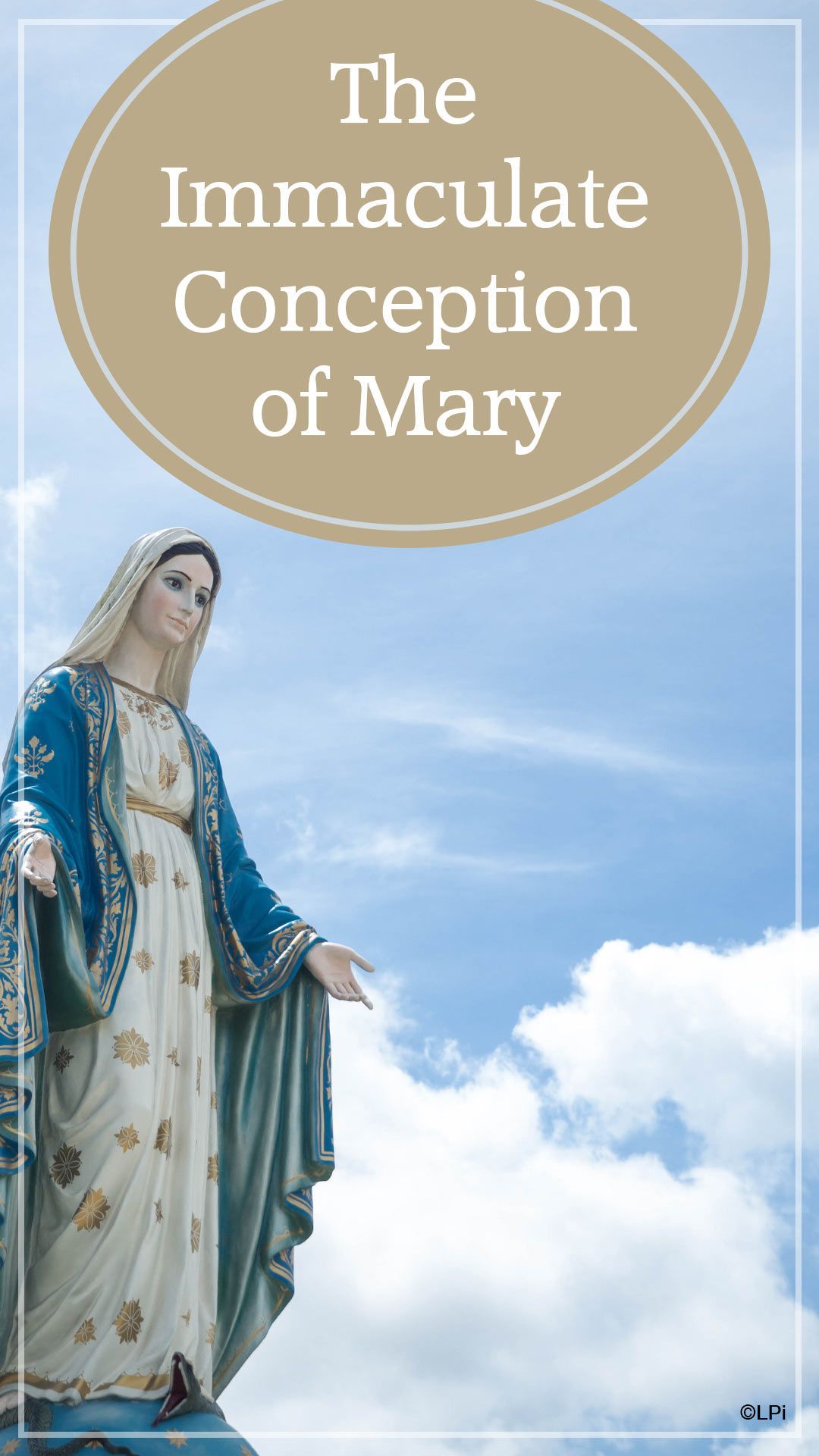
Saint Ambrose - December 7
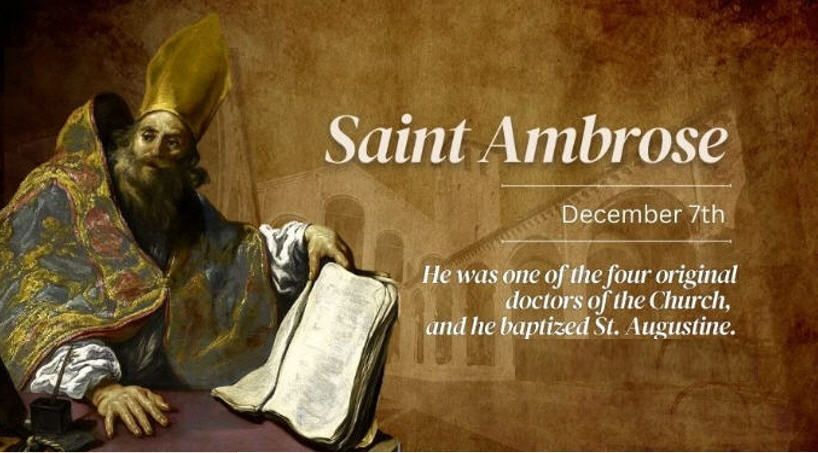
Today the Catholic Church celebrates the memory of St. Ambrose, the brilliant Bishop of Milan who influenced St. Augustine's conversion and was named a Doctor of the Church. Like Augustine himself, the older Ambrose, born around 340, was a highly educated man who sought to harmonize Greek and Roman intellectual culture with the Catholic faith. Trained in literature, law, and rhetoric, he eventually became the governor of Liguria and Emilia, with headquarters at Milan. He manifested his intellectual gifts in defense of Christian doctrine even before his baptism.
While Ambrose was serving as governor, a bishop named Auxentius was leading the diocese. Although he was an excellent public speaker with a forceful personality, Auxentius also followed the heresy of Arius, which denied the divinity of Christ. Although the Council of Nicaea had reasserted the traditional teaching on Jesus' deity, many educated members of the Church – including, at one time, a majority of the world's bishops – looked to Arianism as a more sophisticated and cosmopolitan version of Christianity. Bishop Auxentius became notorious for forcing clergy throughout the region to accept Arian creeds.
At the time of Auxentius' death, Ambrose had not yet even been baptized. But his deep understanding and love of the traditional faith were already clear to the faithful of Milan. They considered him the most logical choice to succeed Auxentius, even though he was still just a catechumen. With the help of Emperor Valentinan II, who ruled the Western Roman Empire at the time, a mob of Milanese Catholics virtually forced Ambrose to become their bishop against his own will. Eight days after his baptism, Ambrose received episcopal consecration on Dec. 7, 374. The date would eventually become his liturgical feast.
Bishop Ambrose did not disappoint those who had clamored for his appointment and consecration. He began his ministry by giving everything he owned to the poor and to the Church. He looked to the writings of Greek theologians like St. Basil for help in explaining the Church's traditional teachings to the people during times of doctrinal confusion. Like the fathers of the Eastern Church, Ambrose drew from the intellectual reserves of pre-Christian philosophy and literature to make the faith more comprehensible to his hearers. This harmony of faith with other sources of knowledge served to attract, among others, the young professor Aurelius Augustinus – a man Ambrose taught and baptized, whom history knows as St. Augustine of Hippo.
Ambrose himself lived simply, wrote prolifically, and celebrated Mass each day. He found time to counsel an amazing range of public officials, pagan inquirers, confused Catholics and penitent sinners. His popularity, in fact, served to keep at bay those who would have preferred to force him from the diocese, including the Western Empress Justina and a group of her advisers, who sought to rid the West of adherence to the Nicene Creed, pushing instead for strict Arianism. Ambrose heroically refused her attempts to impose heretical bishops in Italy, along with her efforts to seize churches in the name of Arianism. Ambrose also displayed remarkable courage when he publicly denied communion to the Emperor Theodosius, who had ordered the massacre of 7,000 citizens in Thessalonica leading to his excommunication by Ambrose.
The chastened emperor took Ambrose's rebuke to heart, publicly repenting of the massacre and doing penance for the murders. “Nor was there afterwards a day on which he did not grieve for his mistake,” Ambrose himself noted when he spoke at the emperor's funeral. The rebuke spurred a profound change in Emperor Theodosius. He reconciled himself with the Church and the bishop, who attended to the emperor on his deathbed. St. Ambrose died in 397. His 23 years of diligent service had turned a deeply troubled diocese into an exemplary outpost for the faith. His writings remained an important point of reference for the Church, well into the medieval era and beyond. St. Ambrose has been named one of the “holy fathers” of the Church, whose teaching all bishops should “in every way follow.”
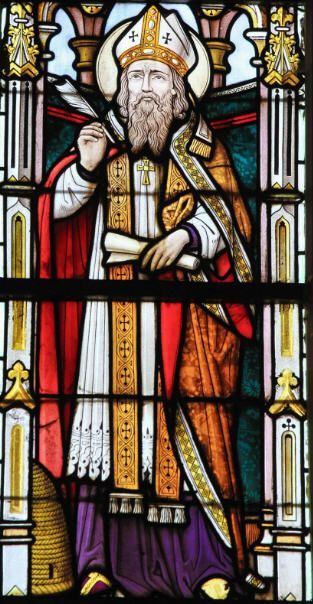
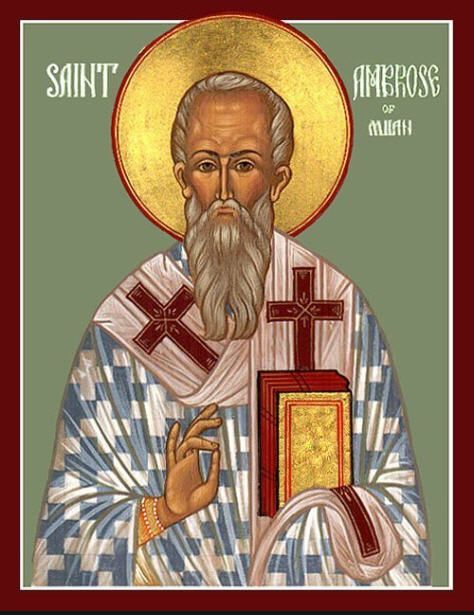
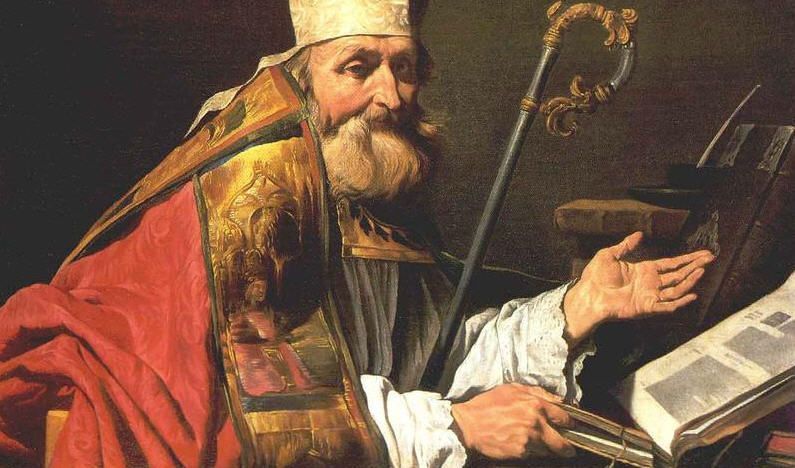
Saint Nicholas of Myra - December 6
He is one of the most popular saints of the Church, even though there is scarcely anything historically certain about him except that he was Bishop of Myra in the fourth century.
As a young man he is said to have made a pilgrimmage to Palestine and Egypt in order to study in the school of the Desert Fathers. On returning some years later he was almost immediately ordained Bishop of Myra.
He was imprisoned during the Diocletian persecution and only released when Constantine the Great came to power and made Christianity the official religion of the Roman Empire.
He is also called Nicholas of Bari because his relics were taken to Bari by Italian merchants in 1087.
He is associated with Christmas because of the tradition that he had the custom of giving secret gifts to children, and is thus associated with Santa Claus in some countries.

On Dec. 6, the faithful commemorate a bishop in the early church who was known for generosity and love of children. Born in Lycia in Asia Minor around the late third or fourth century, St. Nicholas of Myra is more than just the inspiration for the modern day Santa.
As a young man he is said to have made a pilgrimage to Palestine and Egypt in order to study in the school of the Desert Fathers. On returning some years later he was almost immediately ordained Bishop of Myra, which is now Demre, on the coast of modern day Turkey. The bishop was imprisoned during the Diocletian persecution and only released when Constantine the Great came to power and made Christianity the official religion of the Roman Empire.
One of the most famous stories of the generosity of St. Nicholas says that he threw bags of gold through an open window in the house of a poor man to serve as dowry for the man’s daughters, who otherwise would have been forced into prostitution. The gold is said to have landed in the family’s shoes, which were drying near the fire. This is why children leave their shoes out by the door, or hang their stockings by the fireplace in the hopes of receiving a gift on the eve of his feast.
St. Nicholas is associated with Christmas because of the tradition that he had the custom of giving secret gifts to children. It is also conjectured that the saint, who was known to wear red robes and have a long white beard, was culturally converted into the large man with a reindeer-drawn sled full of toys because in German, his name is “San Nikolaus” which almost sounds like “Santa Claus.” In the East, he is known as St. Nicholas of Myra for the town in which he was bishop. But in the West he is called St. Nicholas of Bari because, during the Muslim conquest of Turkey in 1087, his relics were taken to Bari by the Italians. St Nicholas is the patron of children and of sailors. His intercession is sought by the shipwrecked, by those in difficult economic circumstances, and for those affected by fires. He died on December 6, 346.
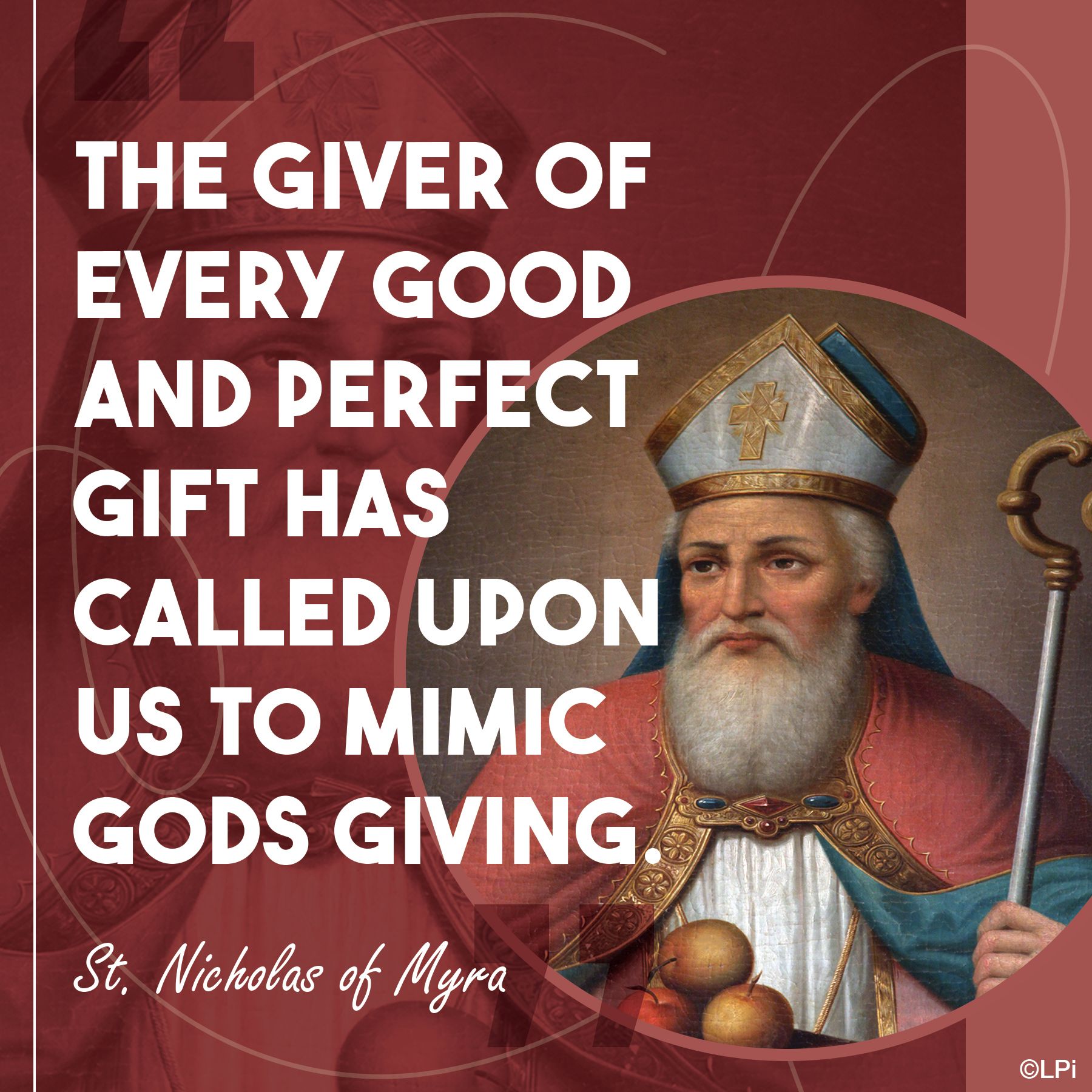
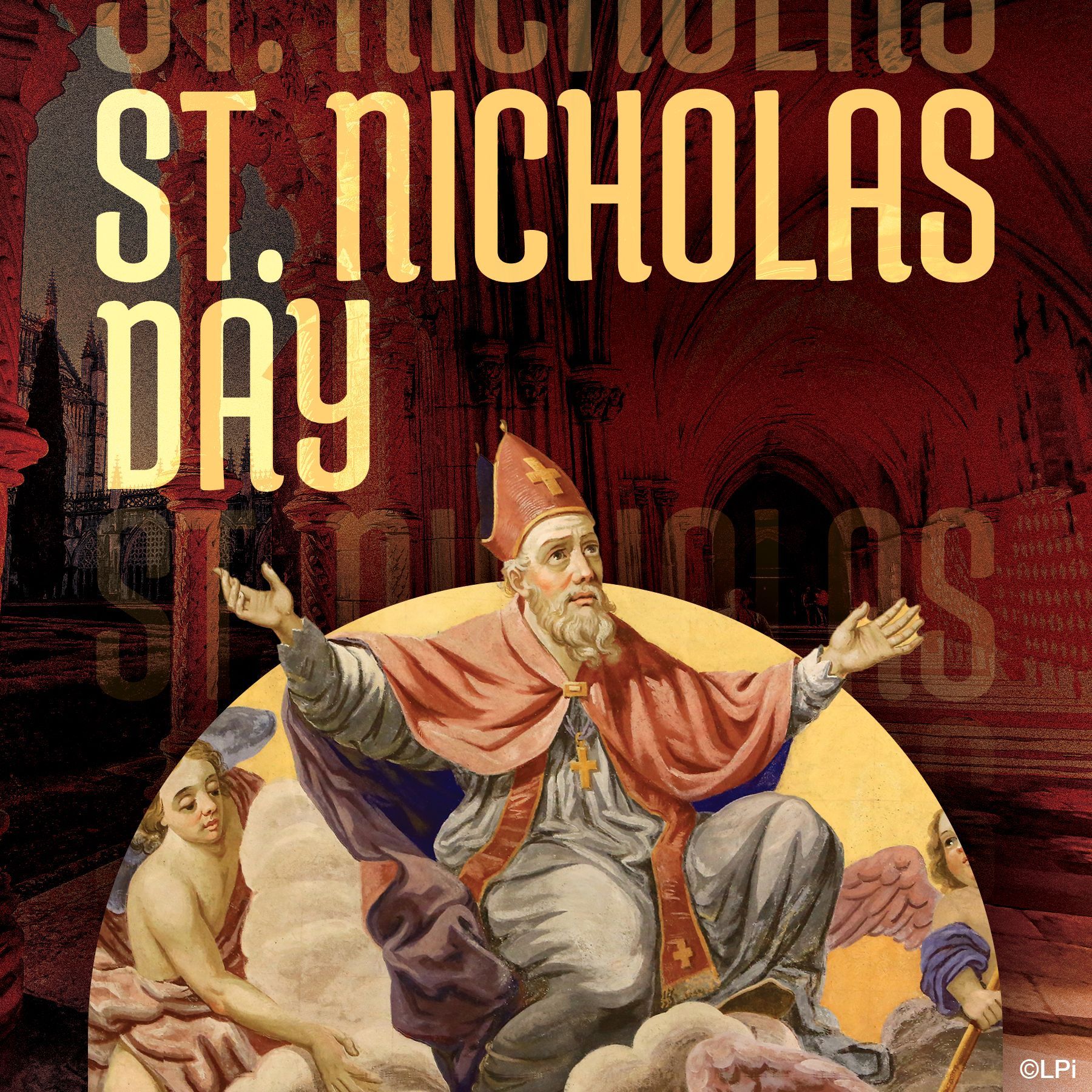
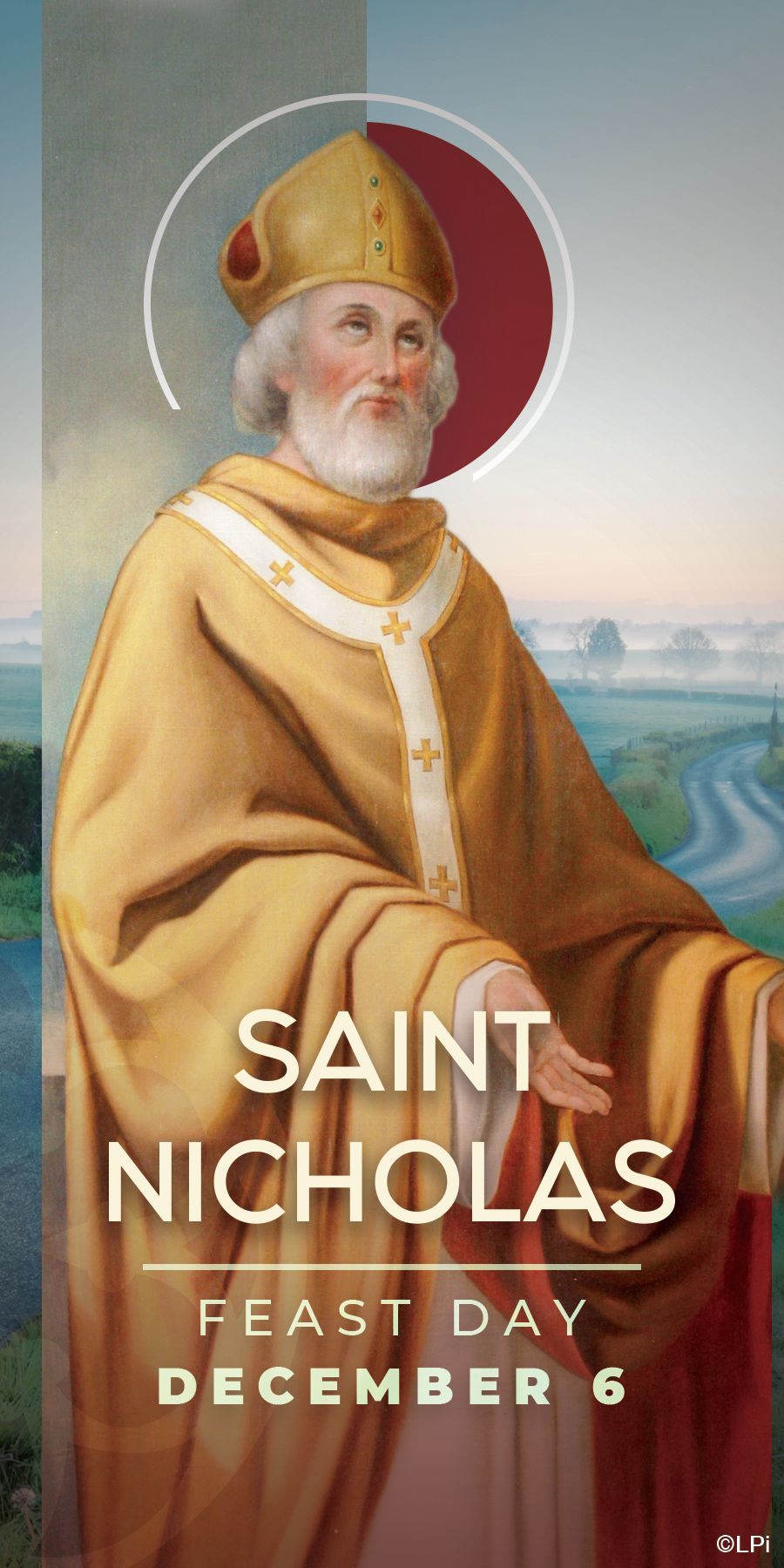
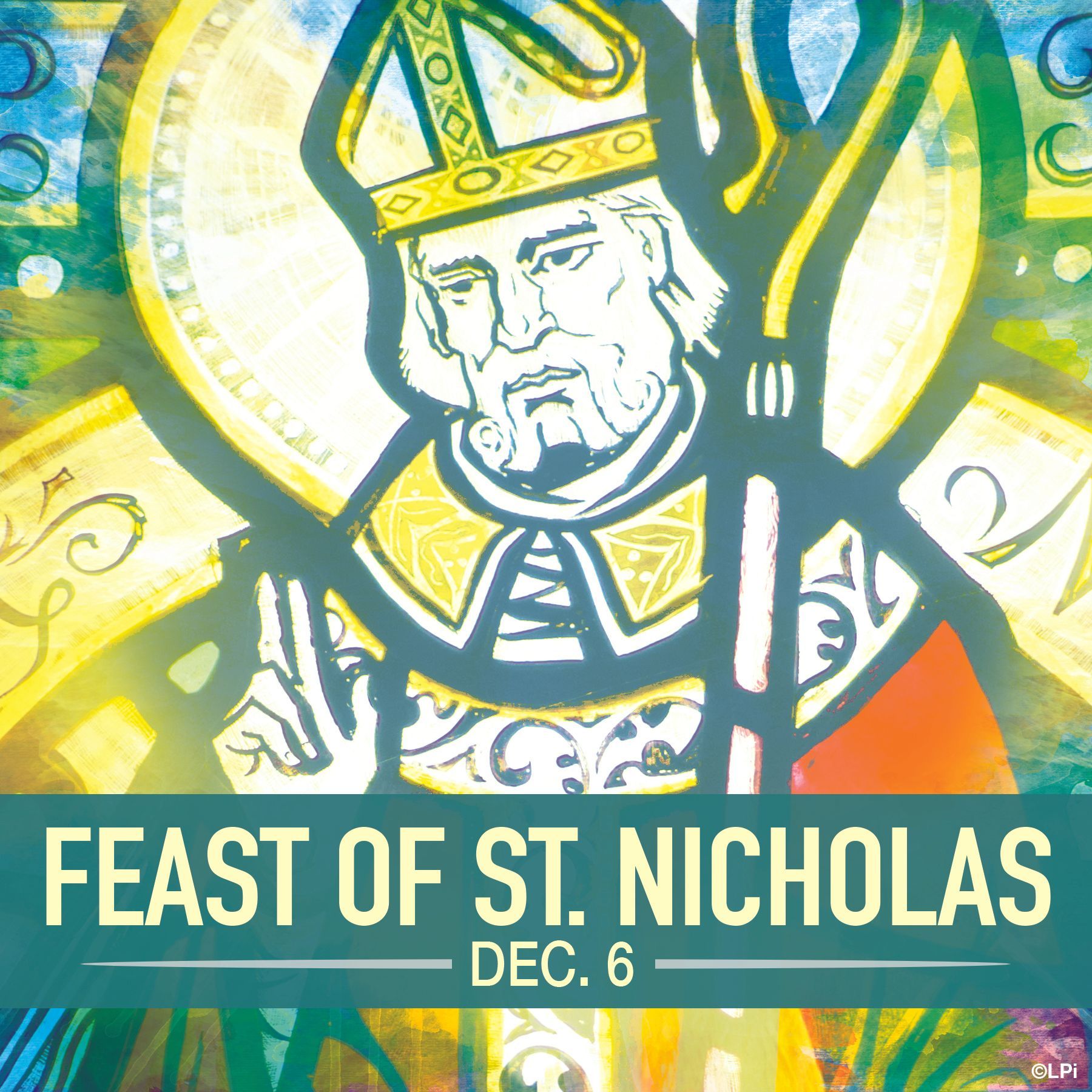
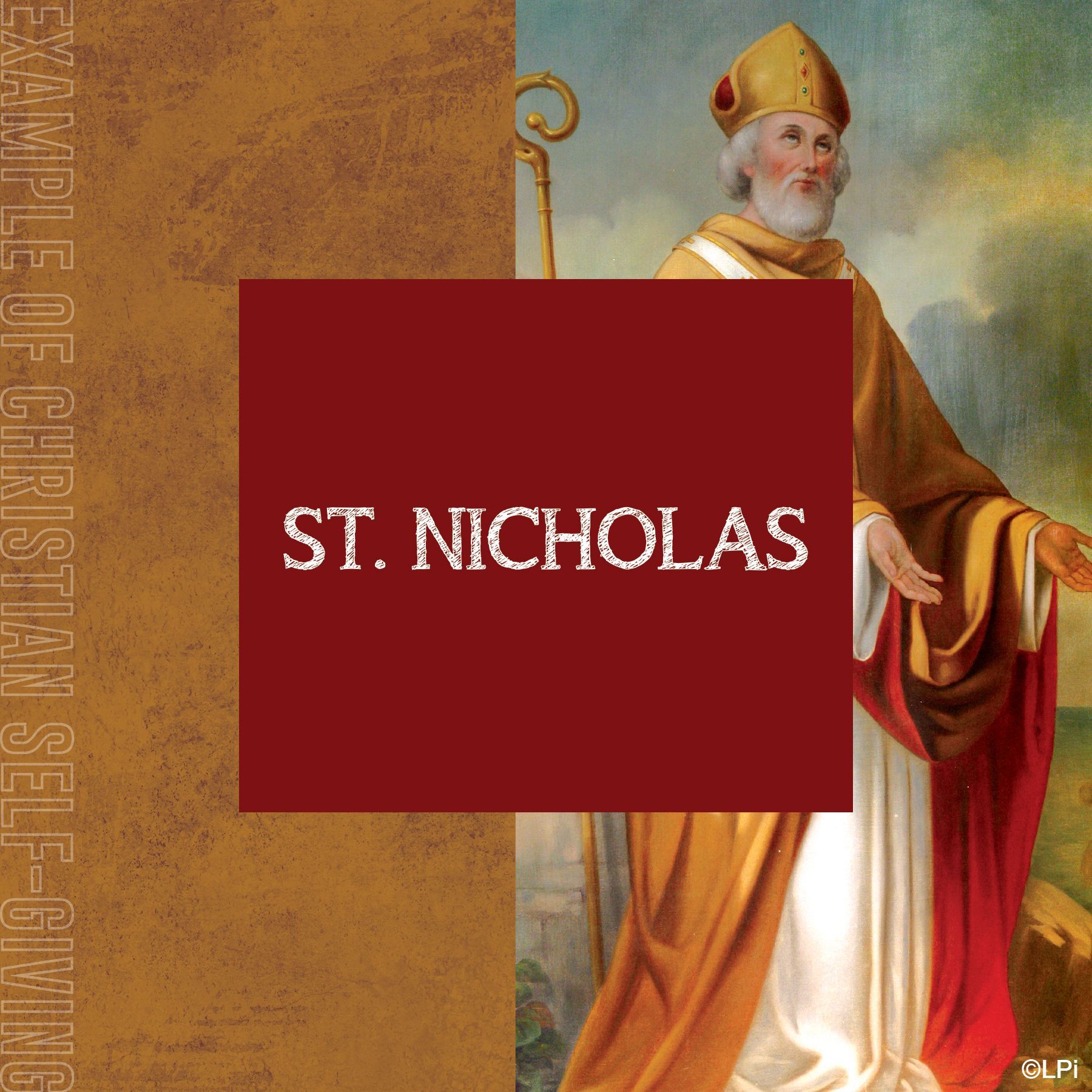
Saint Gerald Bishop of Mayo - December 5
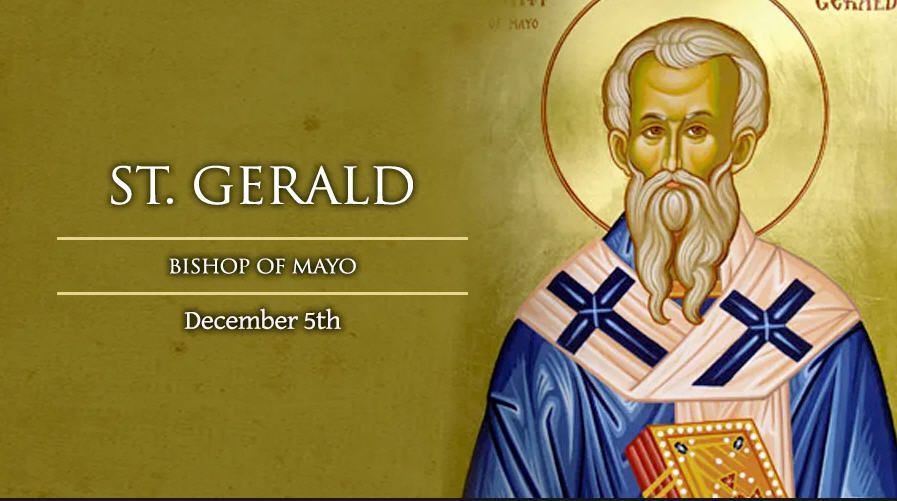
St. Gerald was an English monk, and the bishop of Mayo. The date of his birth is unknown, however we do know that after the Synod of Whitby in 664, he followed St. Colman to Ireland, and settled in Innisboffin, in 668. After some time, dissensions arose between the Irish and the English monks, and St. Colman decided to found a separate monastery for the thirty English brethren. Thus arose the Abbey of Mayo, known as "Mayo of the Saxons," with St. Gerald as the first abbot in 670. St. Bede writes: "This monastery is to this day, 731, occupied by English monks...and contains an exemplary body who gathered there from England, and live by the labour of their own hands (after the manner of the early Fathers), under a rule and canonical abbot, leading chaste and single lives."
Although St. Gerald was a comparatively young man, he proved to be a wise ruler, and governed Mayo until 697, when, it is said, he resigned in favor of St. Adamnan. Some authors hold that St. Adamnan celebrated the Roman Easter at Mayo in 703, and then went to Skreen, in Hy Fiachrach, and that after his departure the monks prevailed on St. Gerald to resume the abbacy. Mayo, though merged in Tuam for a time, remained a separate see until 1579. The Saxon saint continued to govern the Abbey and Diocese of Mayo till his death on died March 13, 731. His feast is celebrated on December 5.
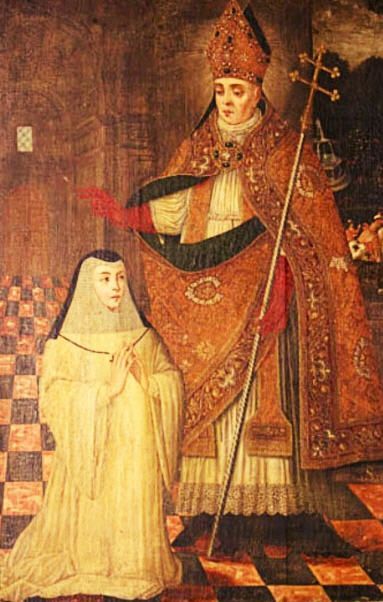
Blessed Philip Rinaldi - December 5
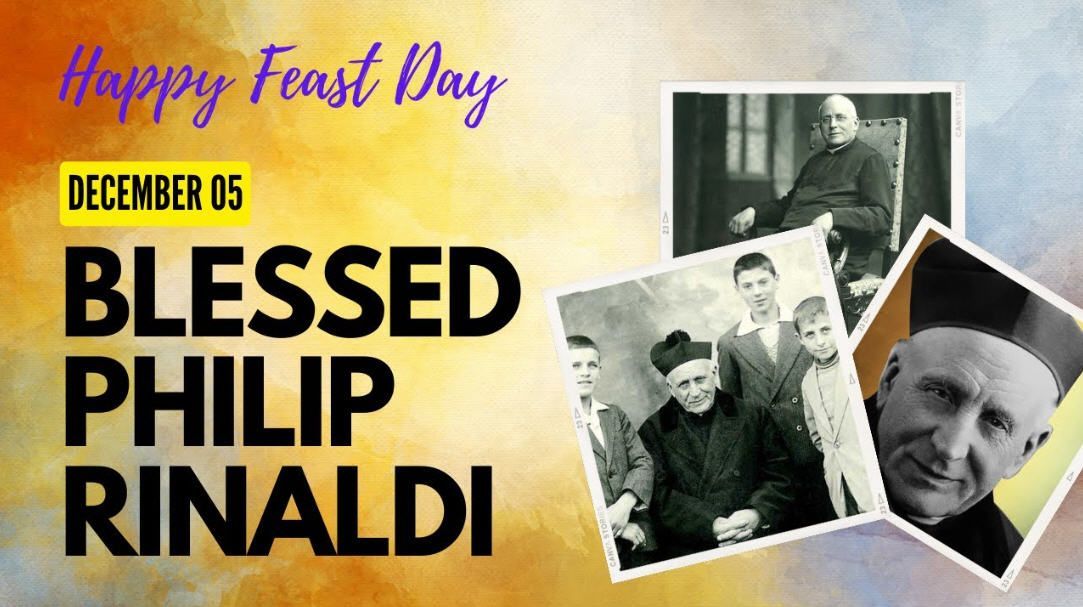
Blessed Phillip Rinaldi was born on May 28, 1856 in Piedmont, Italy. He met Don Bosco when he was just five years old, and intuitively recognized that he was a man with a great mission.
At the age of 22, he entered the Salesian Order at the end of a tremendous vocational struggle, and even before making his vows he was made assistant novice master and was placed in charge of those with late vocations. He was ordained a priest in 1882.
He soon became the Salesian provincial superior in Spain, where he opened many new houses and then served as vicar-general of the Salesians before becoming the Rector Major in 1922, Don Bosco’s third successor.
His humble and quiet leadership of the order – he preferred to remain in the background of events, unnoticed in the crowd -- combined with his tremendous saintly virtue and apostolic zeal, and a healing miracle attributed to him at the end of the Second World War, prompted his cause for canonization.
He died on December 5, 1931 in Turin, and was beatified on April 29, 1990 by Pope John Paul II.
“What must you do to have life? Before all else, the first thing you have to do is pray for courage every day to carry the cross the Lord has assigned you. Then let each of you do your own work really well, the work proper to your state, as God wants it, and according to your condition.” - Blessed Philip Rinaldi
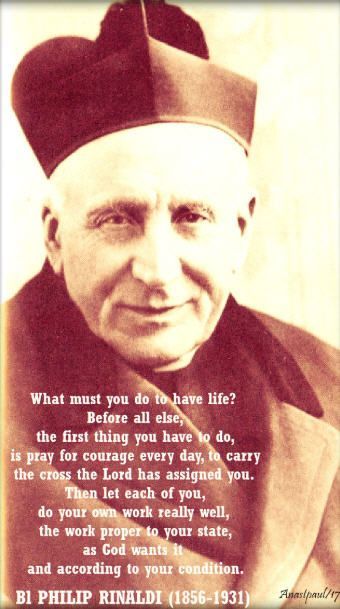
Saint John of Damascus - December 4

Catholics remember and celebrate the life of the great Arab Church Father St. John of Damascus on Dec. 4.
Eastern Orthodox Christians and Eastern Catholics, whose tradition has been particularly shaped by his insights, celebrate the saint's feast on the same day as the Roman Catholic Church.
Among Eastern Christians, St. John (676-749) is best known for his defense of Christian sacred art, particularly in the form of icons. While the churches of Rome and Constantinople were still united during St. John's life, the Byzantine Emperor Leo III broke radically from the ancient tradition of the church, charging that the veneration of Christian icons was a form of idolatry.
John had grown up under Muslim rule in Damascus, as the child of strongly Christian parents. His excellent education – particularly in theology – prepared him well to defend the tradition of sacred iconography, against the heresy of the “iconoclasts,” so-called because they would enter churches and destroy the images therein.
During the 720s, the upstart theologian began publicly opposing the emperor's command against sacred images in a series of writings. The heart of his argument was twofold: first, that Christians did not actually worship images, but rather, through them they worshiped God, and honored the memory of the saints. Second, he asserted that by taking an incarnate physical form, Christ had given warrant to the Church's depiction of him in images.
By 730, the young public official's persistent defense of Christian artwork had made him a permanent enemy of the emperor, who had a letter forged in John's name offering to betray the Muslim government of Damascus.
The ruling caliph of the city, taken in by the forgery, is said to have cut off John's hand. The saint's sole surviving biography states that the Virgin Mary acted to restore it miraculously. John eventually managed to convince the Muslim ruler of his innocence, before making the decision to become a monk and later a priest.
Although a number of imperially-convened synods condemned John's advocacy of Christian iconography, the Roman church always regarded his position as a defense of apostolic tradition. Years after the priest and monk died, the Seventh Ecumenical Council vindicated his orthodoxy, and ensured the permanent place of holy images in both Eastern and Western Christian piety.
St. John of Damascus' other notable achievements include the “Exact Exposition of the Orthodox Faith,” a work in which he systematized the earlier Greek Fathers' thinking about theological truths in light of philosophy. The work exerted a profound influence on St. Thomas Aquinas and subsequent scholastic theologians. Centuries later, St. John's sermons on the Virgin Mary's bodily assumption into heaven were cited in Pope Pius XII's dogmatic definition on the subject.
The saint also contributed as an author and editor, to some of the liturgical hymns and poetry that Eastern Orthodox and Eastern Catholics still use in their celebrations of the liturgy.
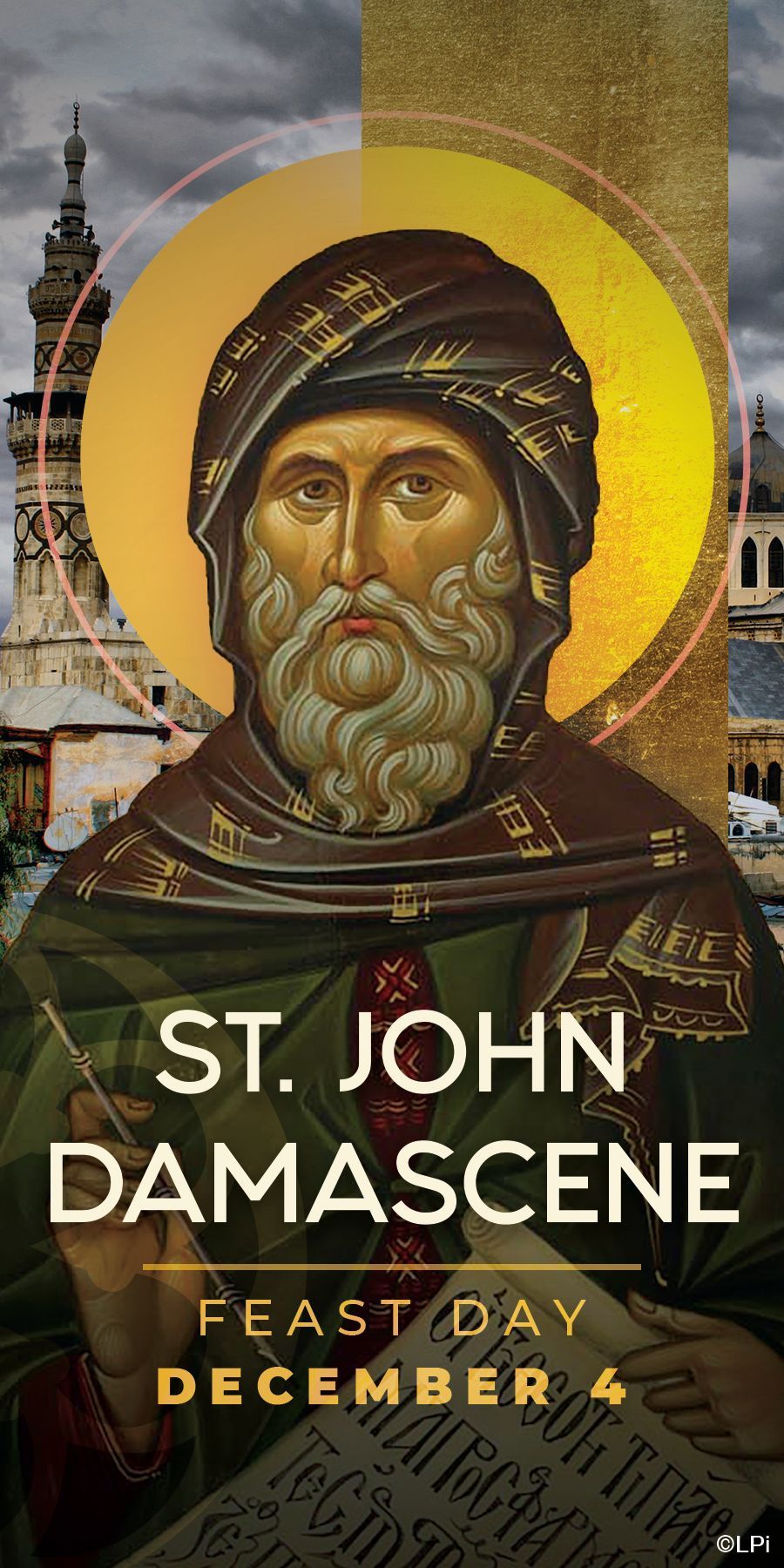
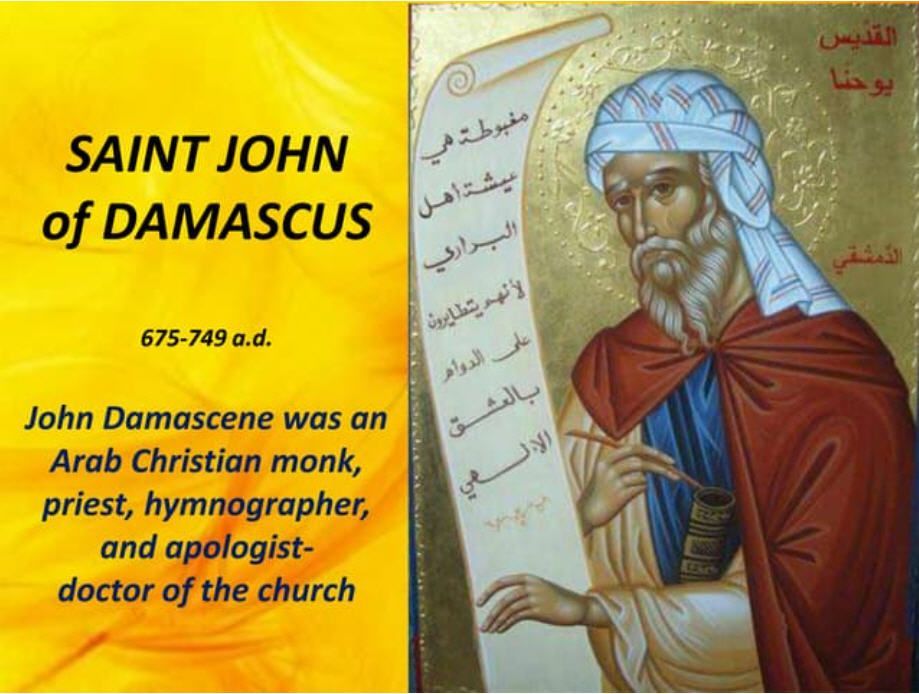
“Show me the icons that you venerate, that I may be able to understand your faith.” - Saint John of Damascus
Saint Clement of Alexandria - December 4

Dec. 4 was once the traditional feast day of an early Christian theological author whose legacy is controversial, but who is cited as a saint in the Catechism of the Catholic Church and has been described as such in several addresses of Pope Benedict XVI.
The writer in question is Saint Clement of Alexandria, who led the city's famous Catechetical School during the late second century.
Clement is not always referred to as a saint in Church documents, and his feast day was removed from the Western liturgical calendar around the year 1600 due to suspicions about some of his writings. Eastern Christian traditions also seem to regard him with some reluctance. On the other hand, he is called “St. Clement of Alexandria” not only in the Catholic catechism, but also in the Compendium of the Social Doctrine of the Church.
On Oct. 28, 2012, during his homily at the closing Mass for the Synod on the New Evangelization, Pope Benedict XVI made a notable public reference to him as “Saint Clement of Alexandria,” as he has done elsewhere. On that occasion, the Pope concluded his homily with a long quotation from St. Clement. However, the title of “saint” was dropped during the Pope's earlier April 2007 audience talk on his life and writings.
In that general audience, however, Pope Benedict described Clement as a “great theologian” whose Christ-centered intellectual vision “can serve as an example to Christians, catechists and theologians of our time.” Nine years earlier, Blessed John Paul II had cited his pioneering integration of philosophy and theology in his 1998 encyclical “Fides et Ratio.”
Clement's date of birth is not known, though he was most likely born in Athens, and converted to Christianity later in life. His intellectual curiosity prompted him to travel widely and study with a succession of teachers in the Mediterranean and the Middle East. Eventually Clement settled in Egypt where he studied under Pantaenus, a teacher at the Catechetical School of Alexandria.
Located in a cultural and commercial center, Alexandria's Catechetical School played an important role in the development of theology during the Church's early centuries. Clement served as an assistant to Pantaenus and eventually became a teacher himself, taking a position of leadership in the school around 190. His theological writings circulated before the century's end, and he may have become a priest.
During the early third century, persecution against the Church prompted Clement to leave Egypt for Cappadocia in Asia Minor. One of his former students in that region, a bishop named Alexander, was jailed for his faith, and Clement stepped in to give direction to the faithful in Caesarea during their bishop's imprisonment. Clement died in Cappadocia in approximately 215.
Clement and other Alexandrian teachers sought to express Catholic doctrines in a philosophically-influenced, intellectually rigorous manner. Later Church Fathers, especially in the Greek tradition, owed much to their work. But the school's legacy is mixed: Origen, one of its main representatives and possibly Clement's student, is associated with doctrines later condemned by an ecumenical council.
Three of St. Clement of Alexandria's works survive: the “Protreptikos” (“Exhortation”), which presents the Christian faith in contrast with paganism; the “Paedagogus” (“The Tutor”), encouraging Christians in the disciplined pursuit of holiness; and the “Stromata” (“Miscellanies” or “Tapestries”), which takes up the topic of faith in its relationship to human reason.
In a passage of the “Protrepikos” quoted by Pope Benedict XVI at the conclusion of the Synod for the New Evangelization, St. Clement encouraged his readers: “Let us put away, then, let us put away all blindness to the truth, all ignorance: and removing the darkness that obscures our vision like fog before the eyes, let us contemplate the true God ... since a light from heaven shone down upon us who were buried in darkness and imprisoned in the shadow of death, (a light) purer than the sun, sweeter than life on this earth.”

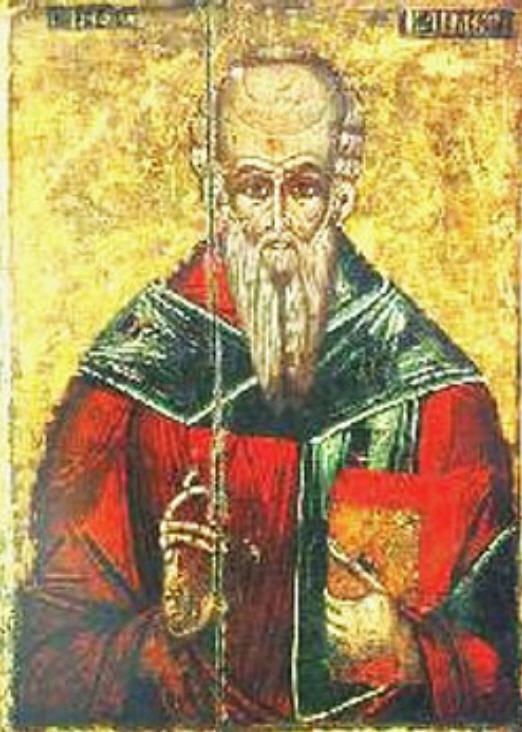
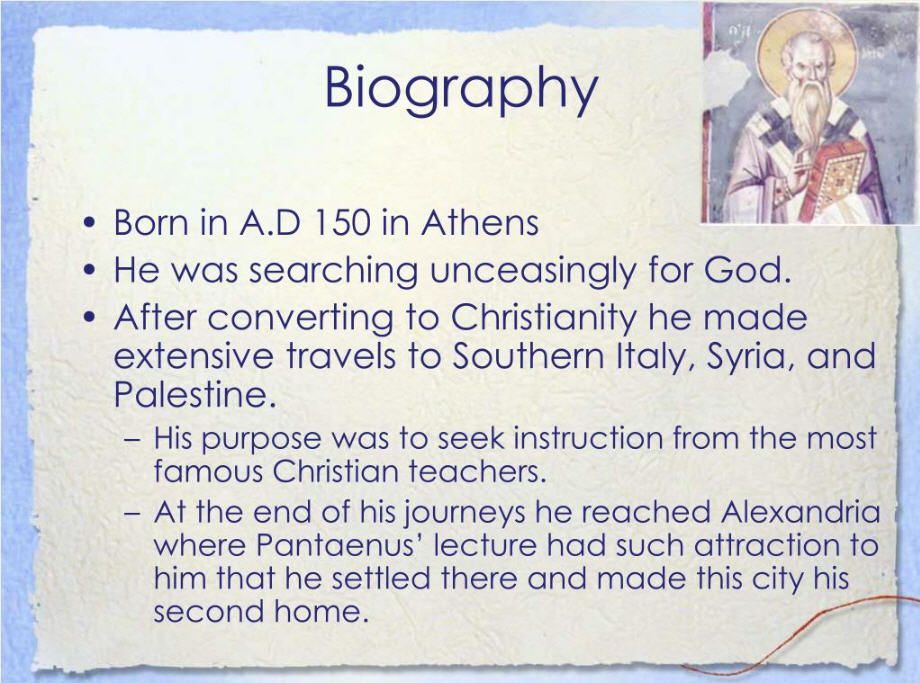
Saint Frances Xavier - December 3
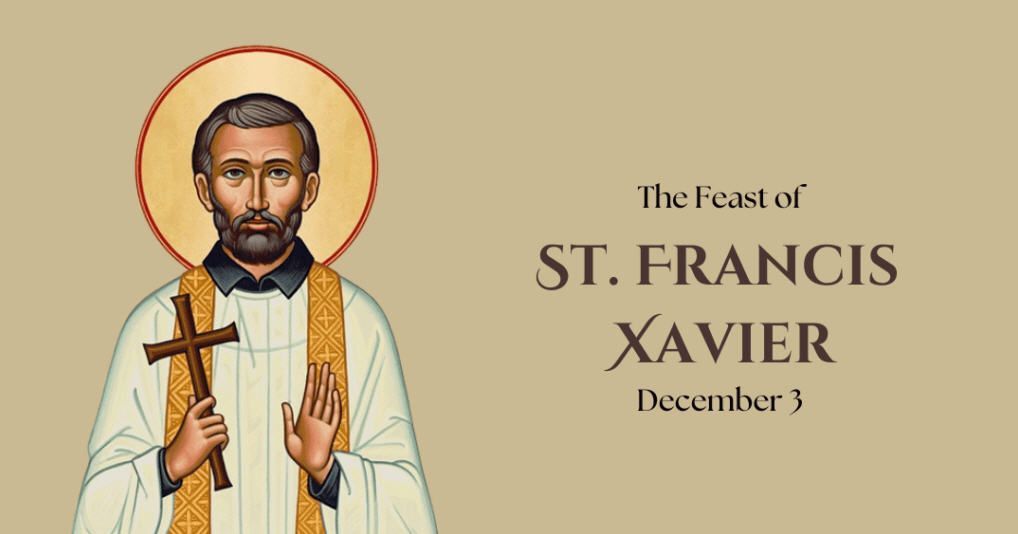
On Dec. 3, the Roman Catholic Church honors St. Francis Xavier, one of the first Jesuits who went on to evangelize vast portions of Asia.
Francis Xavier was born during 1506 in the Kingdom of Navarre, a region now divided between Spain and France. His mother was an esteemed heiress, and his father an adviser to King John III. While his brothers entered the military, Francis followed an intellectual path to a college in Paris. There he studied philosophy, and later taught it after earning his masters degree.
In Paris, the young man would discover his destiny with the help of his long-time friend Peter Faber, and an older student named Ignatius Loyola – who came to Paris in 1528 to finish a degree, and brought together a group of men looking to glorify God with their lives.
At first, personal ambition kept Francis from heeding God's call. Ignatius' humble and austere lifestyle did not appeal to him. But the older student, who had undergone a dramatic conversion, often posed Christ's question to Francis: “What will it profit a man to gain the whole world, and lose his own soul?”
Gradually, Ignatius convinced the young man to give up his own plans and open his mind to God's will. In 1534, Francis Xavier, Peter Faber, and four other men joined Ignatius in making a vow of poverty, chastity, and dedication to the spread of the Gospel through personal obedience to the Pope.
Francis became a priest in 1537. Three years later, Pope Paul III confirmed Ignatius and his companions as a religious order, the Jesuits. During that year, the king of Portugal asked the Pope to send missionaries to his newly-acquired territories in India.
Together with another Jesuit, Simon Rodriguez, Francis first spent time in Portugal caring for the sick and giving instruction in the faith. On his 35th birthday, he set sail for Goa on India's west coast. There, however, he found the Portuguese colonists causing disgrace to the Church through their bad behavior.
This situation spurred the Jesuit to action. He spent his days visiting prisoners and the sick, gathering groups of children together to teach them about God, and preaching to both Portuguese and Indians. Adopting the lifestyle of the common people, he lived on rice and water in a hut with a dirt floor.
Xavier's missionary efforts among them often succeeded, though he had more difficulty converting the upper classes, and encountered opposition from both Hindus and Muslims. In 1545 he extended his efforts to Malaysia, before moving on to Japan in 1549.
Becoming fluent in Japanese, Francis instructed the first generation of Japanese Catholic converts. Many said that they were willing to suffer martyrdom, rather than renounce the faith brought by the far-flung Jesuit.
St. Francis Xavier became ill and died on Dec. 3, 1552, while seeking a way to enter the closely-guarded kingdom of China. In 1622, both St. Francis Xavier and St. Ignatius Loyola were canonized on the same day.
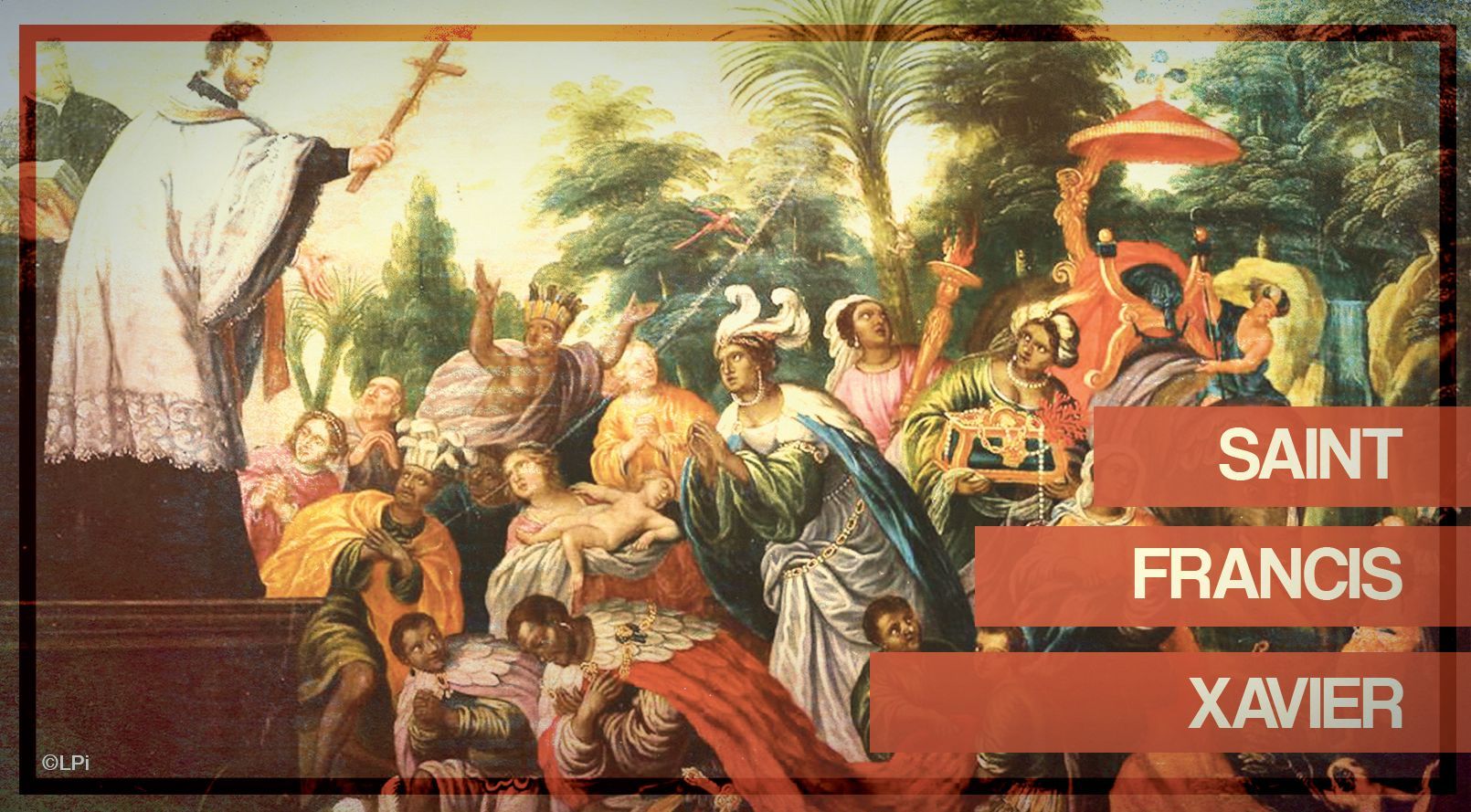
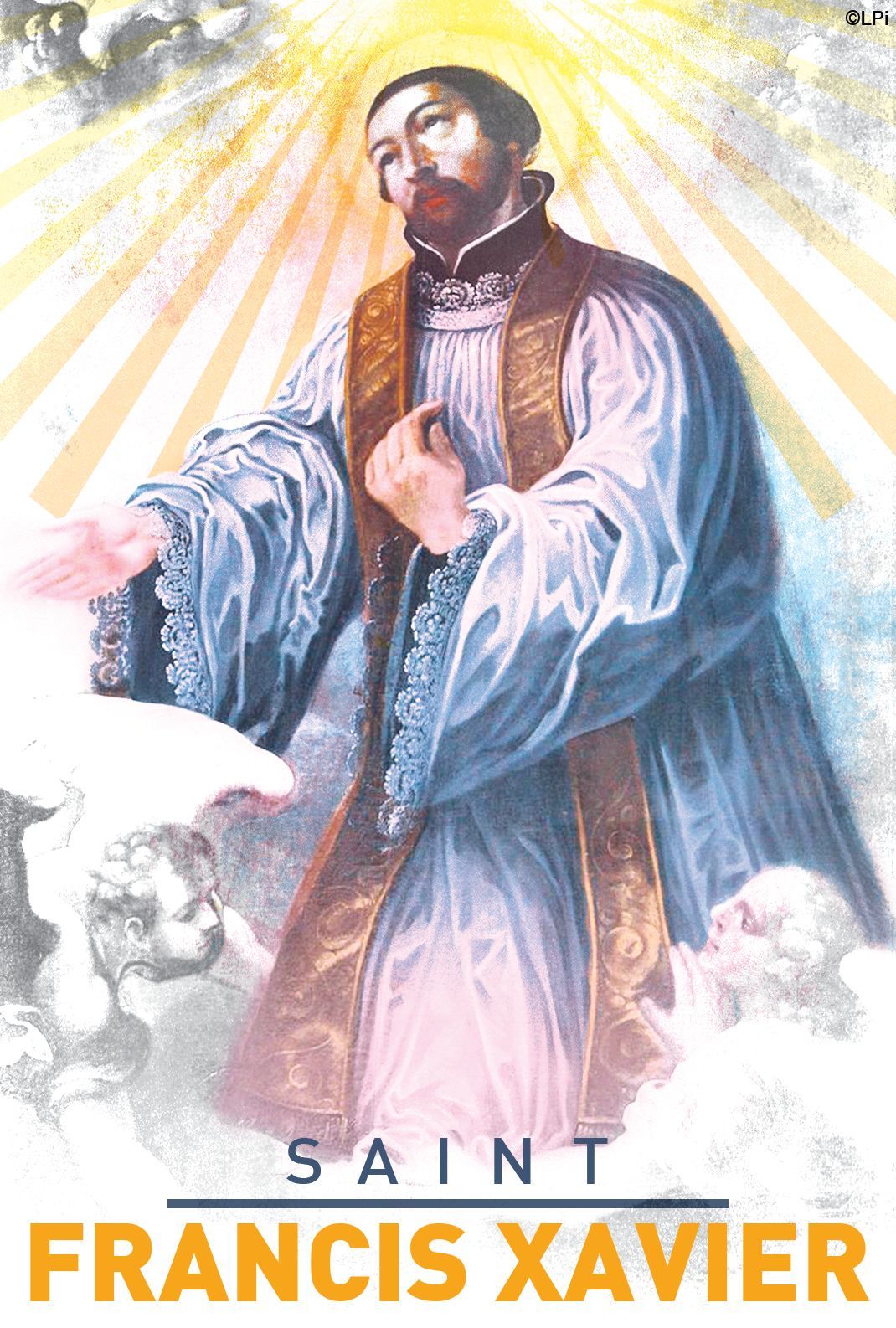
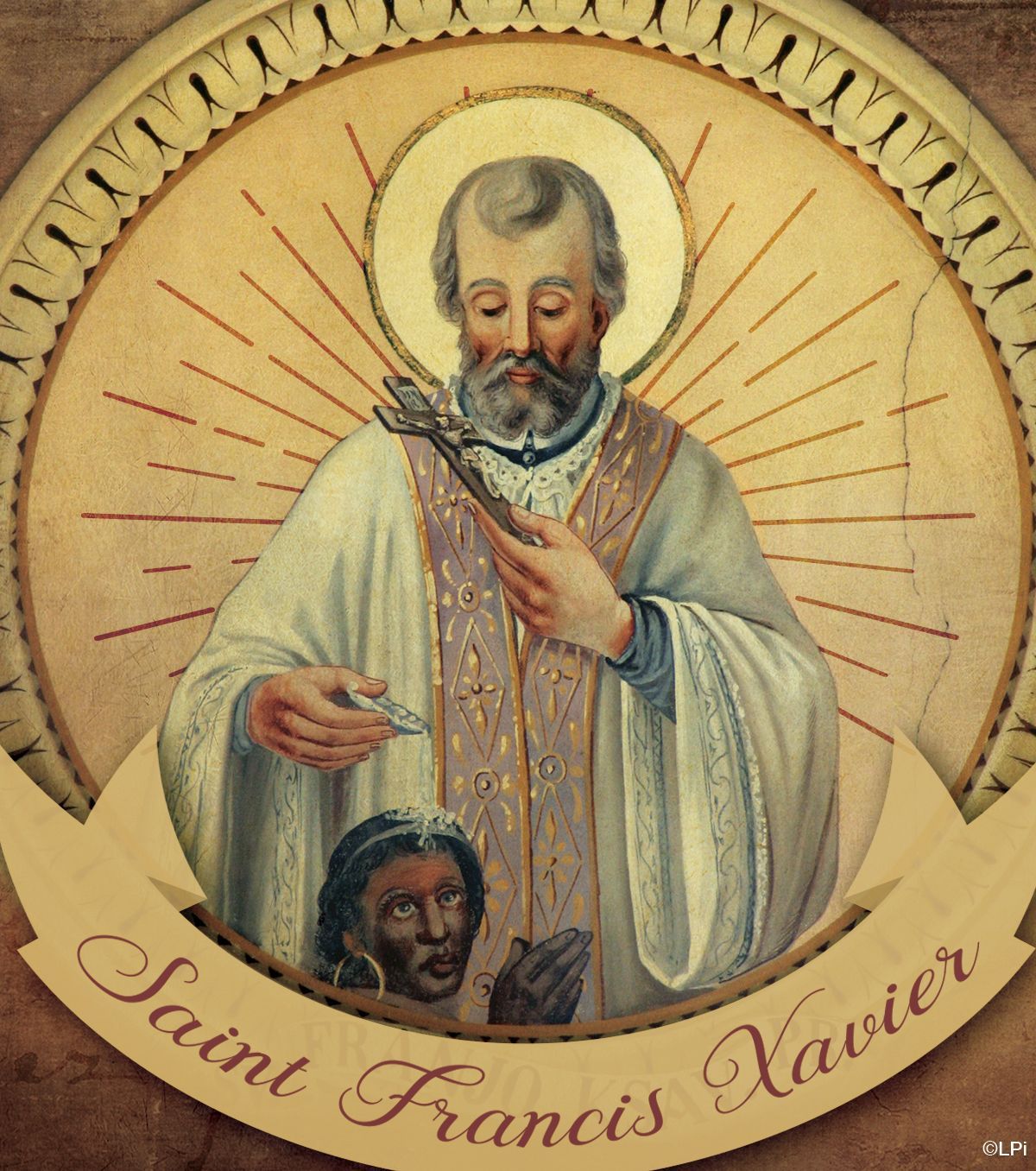
Saint Bibiana - December 2
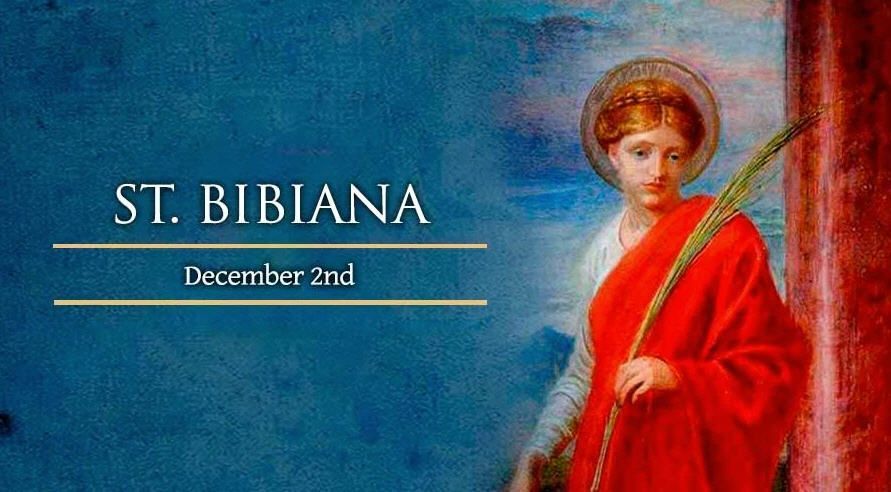
The earliest mention in authentic historical authority of St. Bibiana, a Roman female martyr, occurs in the "Liber Pontificalis" where in the biography of Pope Simplicius (468-483) it is stated that this pope "consecrated a basilica of the holy martyr Bibiana, which contained her body". This basilica still exists today. In the fifth century, therefore, the bodily remains of St. Bibiana rested within the city walls. We have no further historical particulars concerning the martyr or the circumstances of her death, neither do we know why she was buried in the city itself. In later times a legend sprang up concerning her, connected with the Acts of the martyrdom of Saints John and Paul, and has no historical claim to belief.
According to this legend, Bibiana was the daughter of a former prefect, Flavianus, who was banished by Julian the Apostate. Dafrosa, the wife of Flavianus, and his two daughters, Demetria and Bibiana, were also persecuted by Julian. Dafrosa and Demetria died a natural death and were buried by Bibiana in their own house, but Bibiana was tortured and died as a result of her sufferings. Two days after her death a priest named John buried Bibiana near her mother and sister in her home, and the house was later turned into a church. It is evident that the legend seeks to explain in this way the origin of the church and the presence in it of the bodies of the above mentioned confessors. The account contained in the martyrologies of the ninth century is drawn from the legend.
An alternate account says that in the year 363, Emperor Julian made Apronianus Governor of Rome. Bibiana suffered in the persecution started by him. She was the daughter of Christians, Flavian, a Roman knight, and Dafrosa, his wife. Bibiana's father was tortured and sent into exile, where he died of his wounds. Her mother was beheaded, and their two daughters, Bibiana and Demetria, were stripped of their possessions and left to suffer poverty. However, they remained in their house, spending their time in fasting and prayer. Governer Apronianus, seeing that hunger and want had no effect upon them, summoned them. Demetria, after confessing her faith, fell dead at the feet of the tyrant. Bibiana was reserved for greater sufferings. She was placed in the hands of a wicked woman called Rufina, who in vain endeavored defile her virginity. She used blows as well as persuasion, but the Christian virgin remained faithful. Enraged at the constancy of this saintly virgin, Apronianus ordered her to be tied to a pillar and beaten with scourges, laden with lead plummets, until she died. The saint endured the torments with joy, and died under the blows inflicted by the hands of the executioner. Her body was then put in the open air to be torn apart by wild animals, yet none would touch it. After two days she was buried according to this legend.

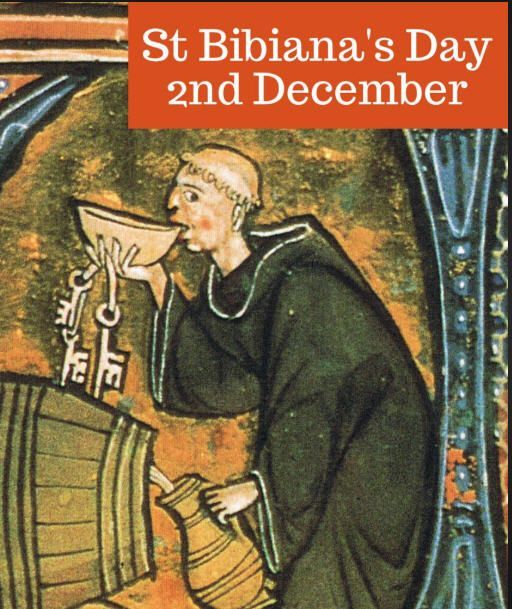
Blessed Liduina Meneguzzi - December 2
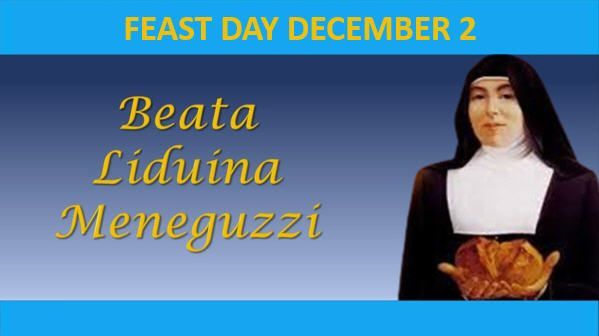
Elisa Angela Meneguzzi was born on September 12, 1901, to poor and humble farming family in Padua, Italy. She manifested an ardently spiritual soul and spent hours in prayer, attended Mass every day and taught catechism.
In 1926, willing to totally donate her life to God, she joined the Sisters Congregation of Saint Francis de Sales, taking the name Liduina. She began to work there as a nurse in a girls' boarding school before being sent to Ethiopia as a missionary in 1937.
With the outbreak of the Second World War in 1939, she devotedly tended to the sick at a military hospital in Dire-Dawa.
The inhabitants of the city were for the most part muslim, and through the saintly testimony of Sr. Liduina, many were drawn to the Catholic faith. For this reason she was given the name, the "ecumenical flame."
She died of cancer on December 2, 1941 in the hospital of Dire-Dawa, Ethiopia where she spent her last years. Her body was returned to the motherhouse of her congregation in 1961, and she was beatified on October 20, 2002 by Pope John Paul II.
Saint Edmund Campion - December 1
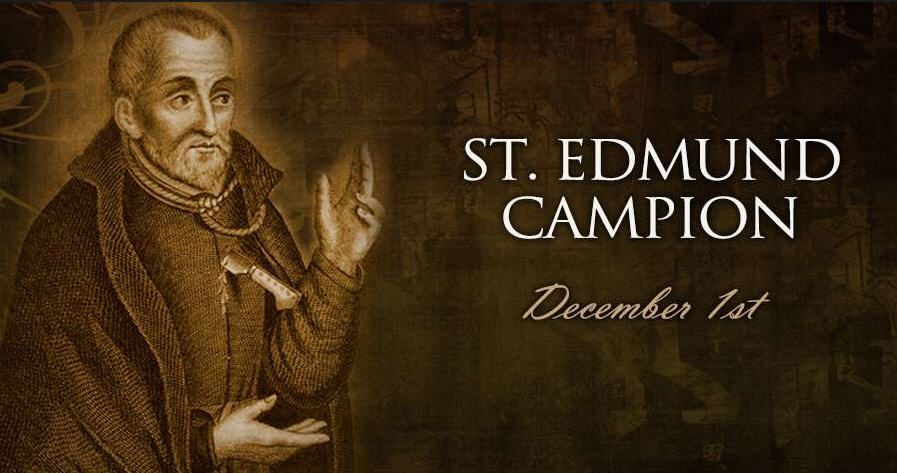
Edmund Campion was born in London on January 25, 1540. He was raised as a Catholic, and had such a powerful and flamboyant intellect that at the age of only 17, he was made a junior fellow at Saint John’s College of Oxford University.
On visiting the university, Queen Elizabeth I was so taken by Edmund’s brilliance, as were a few of her dignitaries, that she bid him to ask for anything that he wished. The exaltation and praise of so many fed his vanity and eventually led him away from his Catholic faith. He took the Oath of Supremacy and acknowledged the Queen as head of the church. He also became an Anglican deacon.
However, his brilliant intellect and his conscience would not allow him to be reconciled to the idea of Anglicanism for too long. After staying a period of time in Dublin, he turned back to his Catholic faith and returned to England.
At this point, he was suspected of being too Catholic, and was shaken when he witnessed the trial of a soon to be martyr. It carried him to the conviction that his vocation was to minister to the Catholic faithful in England who were being persecuted. He also felt the call to convert Protestants.
He set off to Rome barefoot, and in 1573, he entered the Society of Jesus. He was ordained in 1578 and had a vision in which the Virgin Mary foretold him of his martyrdom. When he returned to England he made an immediate impression, winning many converts.
On July 17, 1581, he was betrayed by one of the faithful who knew his whereabouts, and was thrown into prison. The queen offered him all manner of riches if he would forsake his loyalty to the Pope, but he refused.
After spending some time in the Tower of London, he was sentenced to death by hanging, drawing and quartering. His martyrom in Tyburn on December 1, 1581 sparked off a wave of conversions to Catholicism. He was canonized by Pope Paul VI in 1970.
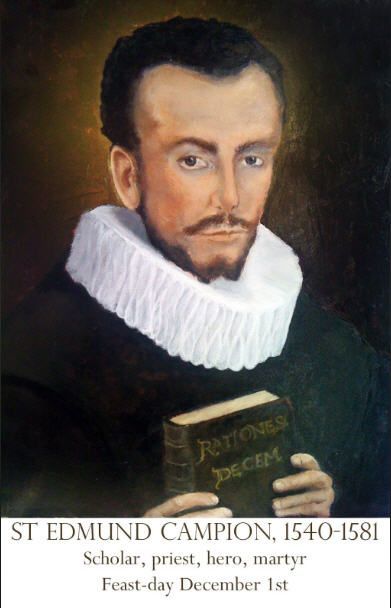
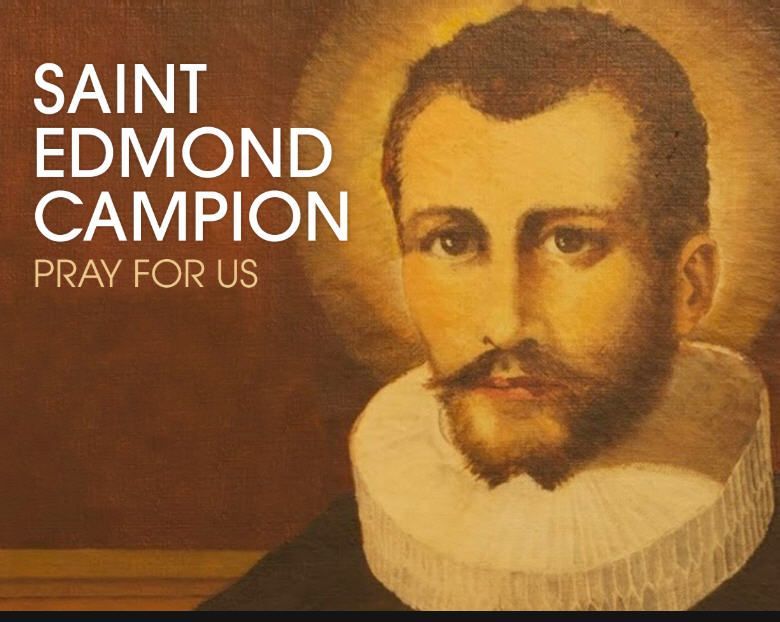
Saint Eligus - December 1
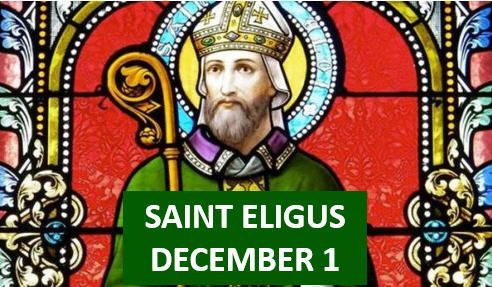
St. Eligius was born in Chaptelat, near Limoges, France around 590 A.D. to Roman parents. At a young age, his father recognized that his son had an unusual talent and sent him to the famous goldsmith, Abbo, who was the master of the mint at Limoges. Later on, Eligius went on to work at Neustria. From there, he was recommend to Clotaire II, king of Neustria, who commissioned him to craft a throne of gold adorned with precious stones for him.
The honesty of the Saint impressed the king, and he was rewarded by being appointed as master of the mint at Marseilles, and by being taken into the royal household. After Clotaire II’s death, the new king, Dagobert, appointed Eligius to be the king’s chief councilor. Eligius eventually became so well known that ambassadors paid their respects to him before going on to see the king.
The charitable and honest Eligius took advantage of his status to obtain alms for the poor and to ransom Roman, Gallic, Breton, Saxon, and Moorish captives who were arriving at Marseilles daily. He was able to get the king’s approval to send his servants through towns and villages in order to take down and bury the bodies of the criminals whose bodies were executed and displayed as a further punishment. He founded several monasteries to which he introduced, at least partially, the Irish monastic rule.
He also built the basilica of St. Paul and restored the basilica of St. Martial in Paris. In honor of the relics of St. Martin of Tours, the national saint of the Franks, he had several churches built. He did the same thing for St. Denis, whom the king had taken as a patron saint. At court, Eligius and his friend Dado lived a life that followed the Irish monastic rule, introduced into Gaul by St. Columbanus. When King Dagobert died, Queen Nanthilde took the throne. At this time, Eligius and Dado left the court and entered the priesthood.
When Acarius, the bishop of Noyon-Tournai died on May 13, 640, the clergy and people unanimously made Eligius his successor. Because the majority of his diocese was pagan, Eligius undertook the conversion of the Flemings, Antwerpians, Frisians, Suevi, and the barbarian tribes along the coast. When the body of St. Quentin was discovered, Bishop Eligius had a church built in honor of the saint. Adjoined to the church was a monastery under the Irish rule typical of Eligius’s rule. The bodies of St. Piatus and companions were also discovered during his episcopacy, as well as the remains of St. Fursey, the celebrated Irish missionary who died in 650 A.D. Eligius died on December 1, 660 and was buried at Noyon. St. Eligius is the patron of goldsmiths, blacksmiths, and all metal workers. Taxi drivers have also put themselves under his protection.
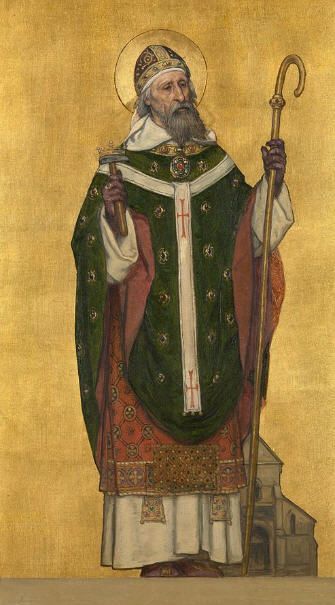
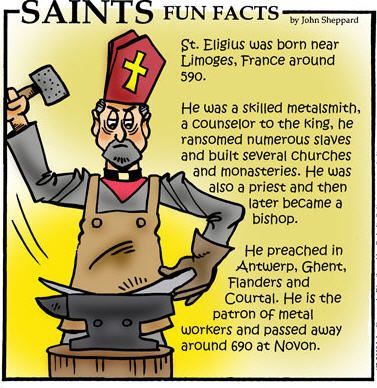
Saint Andrew The Apostle - November 30
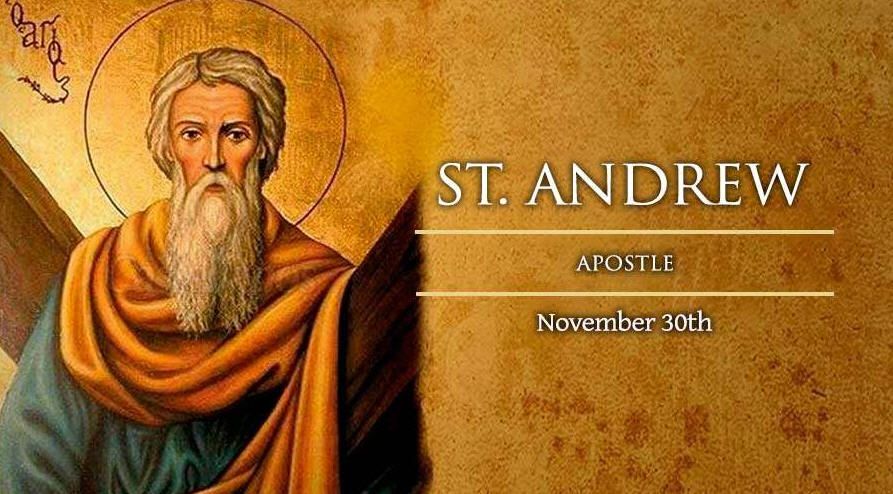
Saint Andrew was a fisherman in Galilee, along with his brother, Peter, when they were called by Jesus to leave their boat and become fishers of men. John’s Gospel also places him as a follower of John the Baptist before he came to be one of Jesus’ twelve Disciples. Beyond the scant references in the Gospels, not much is known of Saint Andrew’s life.
According to Christian tradition Saint Andrew, like many of his fellow Disciples, went out into Greece and Turkey to preach the Good News. A 4th century account of the saint’s life tells of his martyrdom by crucifixion in Patras. Medieval accounts describe the cross used as X-shaped because Andrew said he was not worthy to die on the same style of cross as Jesus.
Famously, Saint Andrew is the patron Saint of Scotland, the country’s flag bearing the X-shaped cross associated with him. Legends claim that the saint either traveled to Scotland to spread the Gospel or that his relics were brought there by St. Regulus who had a vision telling him to take the bones to the end of the earth. Regulus set out and was shipwrecked on the coast of Scotland. Today relics of St. Andrew which had been held by the Vatican are now at a shrine in Patras.
On Nov. 30, Catholics worldwide celebrate the feast of St. Andrew, apostle and martyr. A fisherman from Bethsaida and brother of Simon Peter, St. Andrew is said to have spread Christianity in Russia and Asia minor after Pentecost in the first century. He was crucified by the Romans in Greece on an X-shaped cross, which is now his distinctive symbol as well as the symbol of Scotland, of which he is the patron.
St. Andrew demonstrated his love for his brother as well as his apostolic zeal when, convinced that Jesus was the Messiah, he sought out St. Peter. “Andrew, the brother of Simon Peter, was one of the two who heard John and followed Jesus. He first found his own brother Simon and told him, 'we have found the Messiah.' Then he brought him to Jesus.” (Jn. 1:40-42)
Some of St. Andrew's remains were brought to Scotland in the fourth century, though parts of his skeleton lie in the crypt of the cathedral in Amalfi, Italy, where they are removed twice a year and produce a clear, water like substance. The substance, called “manna,” is said to have miraculous attributes.
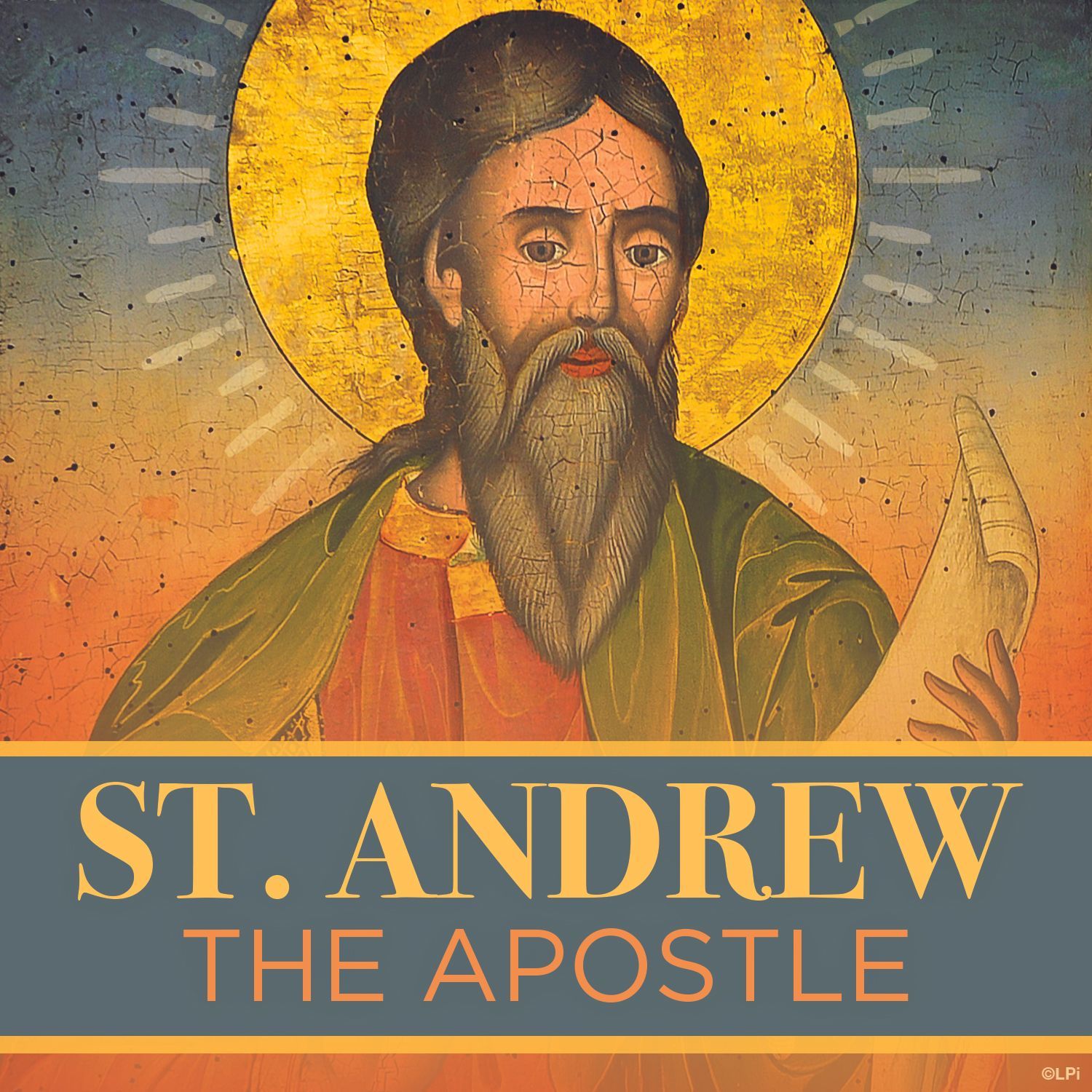
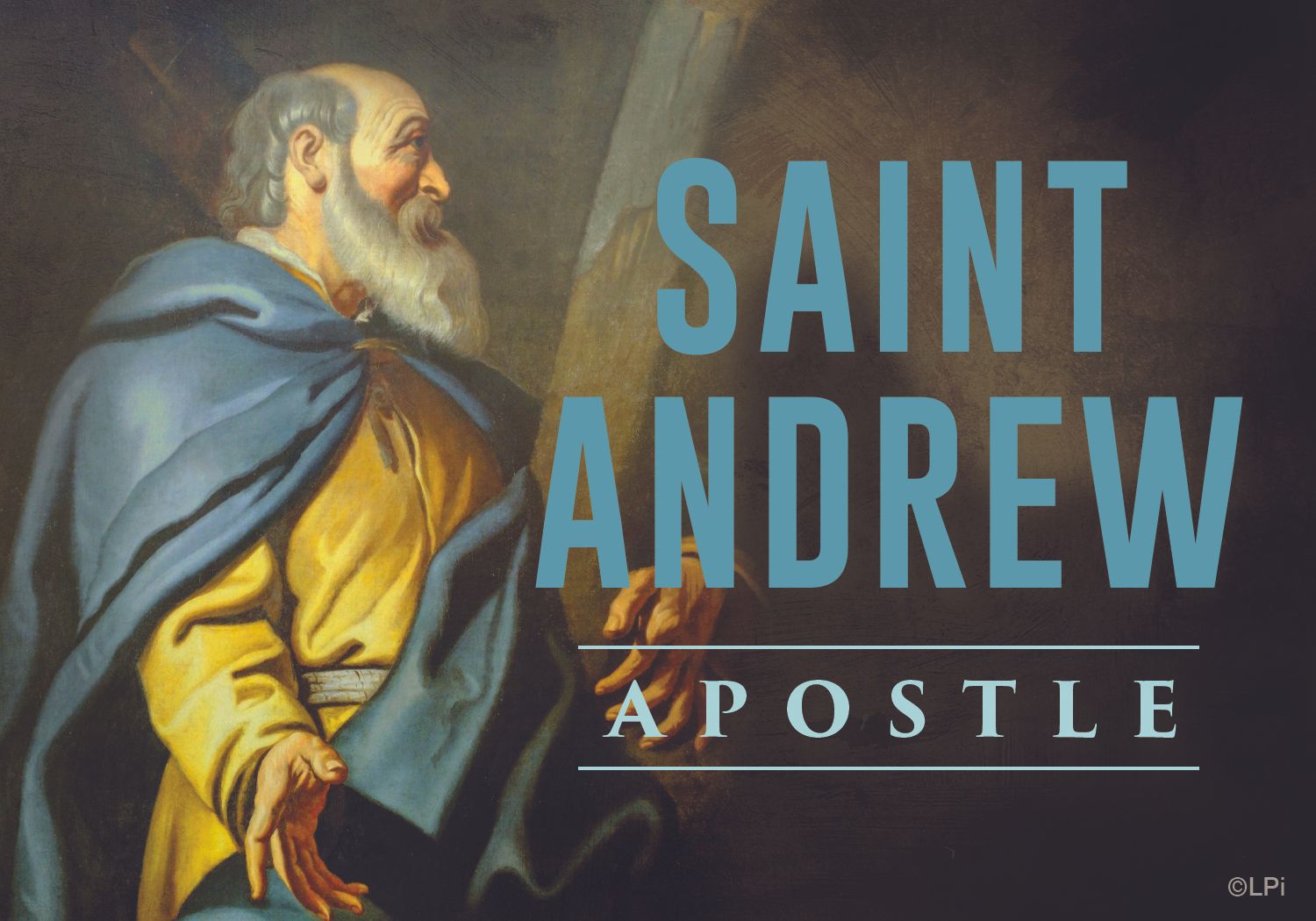
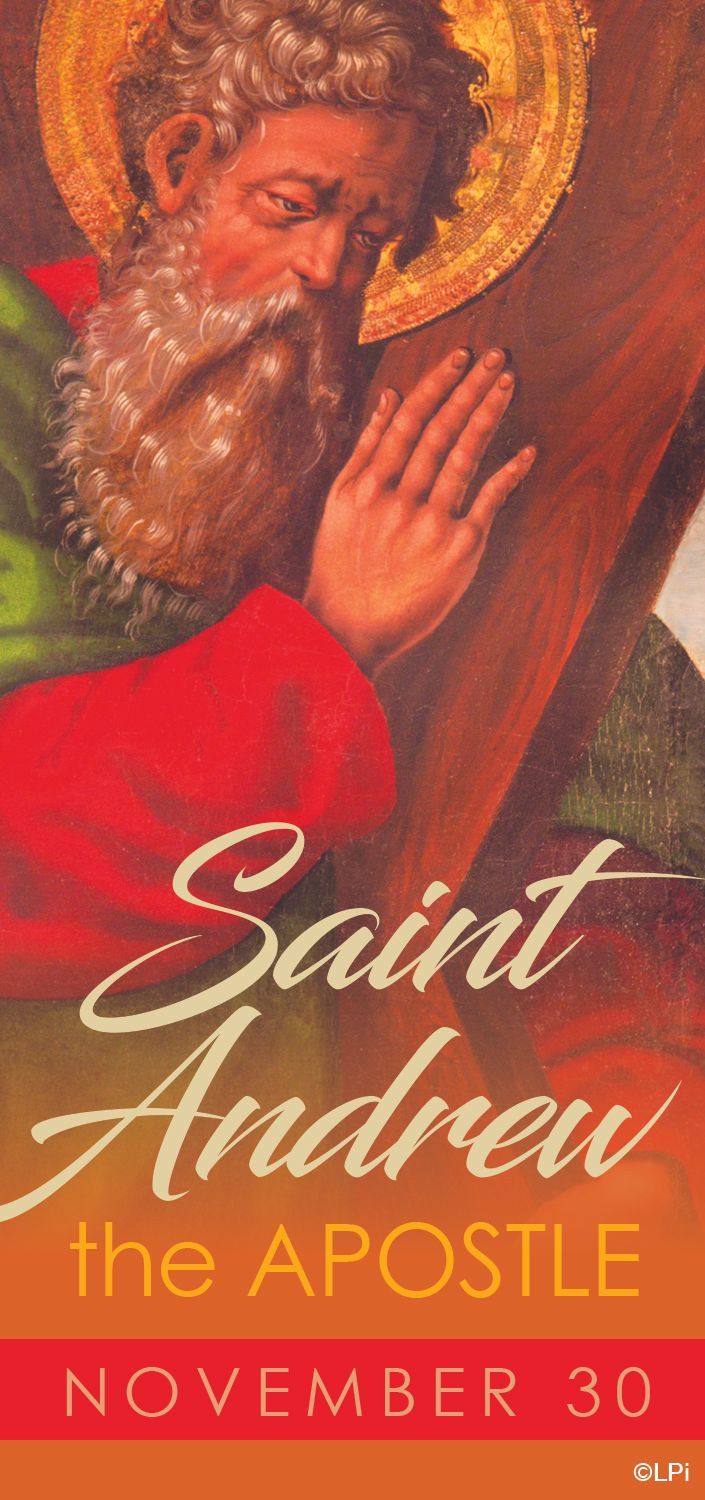
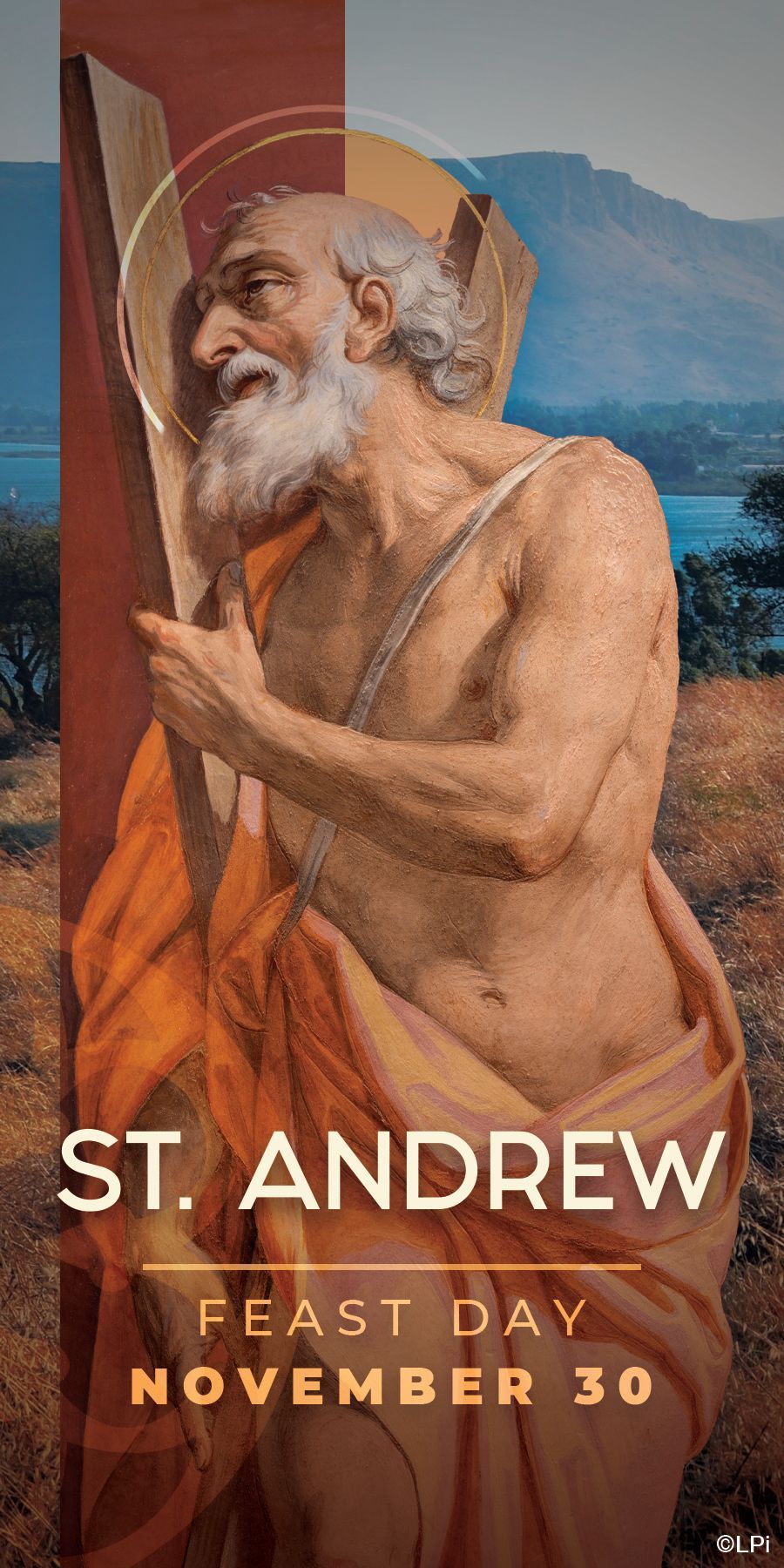
All Saints of the Seraphic Order - November 29

On November 29, the Church celebrates the many Franciscan saints who followed in the footsteps of St. Francis.
It is a special day for all Franciscans to celebrate the feast of ‘All the Saints of the Seraphic Order.’
According to tradition, St. Francis of Assisi prayed the
following prayer:
"O Lord Jesus Christ, two favors I beg of you before I die.
The first is that I may, as far as it is possible,
feel in my soul and in my body the suffering in which you,
O gentle Jesus, sustained in your bitter passion.
And the second favor is that I, as far as it is possible,
may receive in my heart that excessive charity
by which you, the Son of God, were inflamed,
and which actuated you willingly to
suffer so much for us sinners."
In response to his earnest prayer, the Lord appeared in the form of a seraph, or a six-winged angel (They are usually considered the highest order of angelic beings, immediately above the Cherubim, and their special duty is to love God).
Then Jesus bestowed on St. Francis the wounds of his suffering. St. Francis had been marked with the love of Christ, the stigmata.
St. Francis died two years later in 1226, leaving the world the Franciscan Order, which became synonymous with the Seraphic Order. To this day, seraph wings and seraphs are symbolic of the Franciscan Order.
The final Rule of life for Franciscan friars was also approved on this day in 1223. To commemorate this, and all the saintly examples produced in the Franciscan Order, on this day all the saints of the Seraphic order are remembered at Franciscan churches.

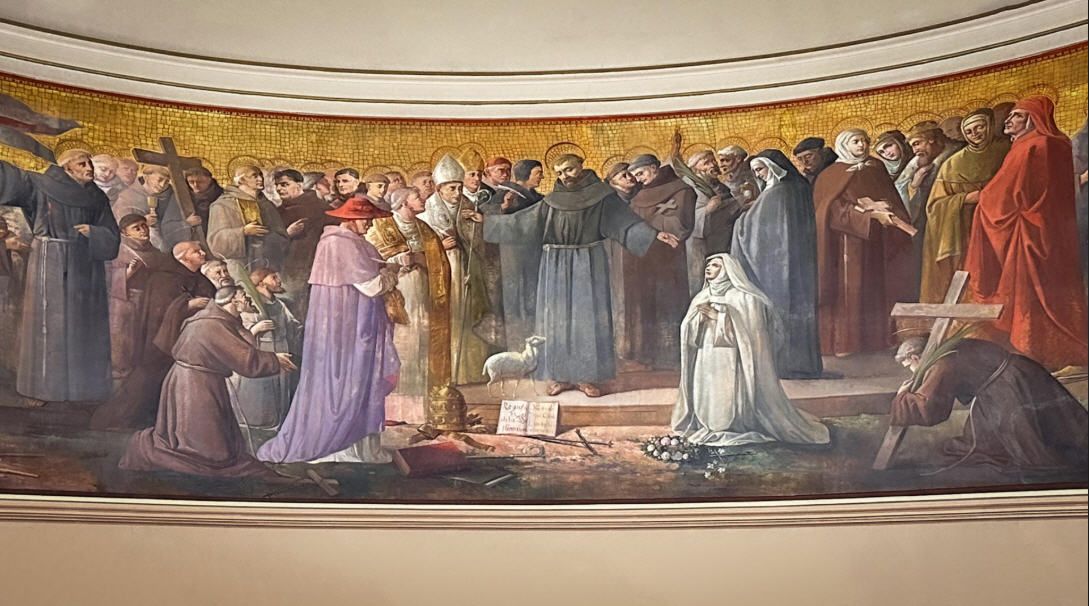
Blessed Denis of the Nativity and Blessed Redemptorus of the Cross - November 29
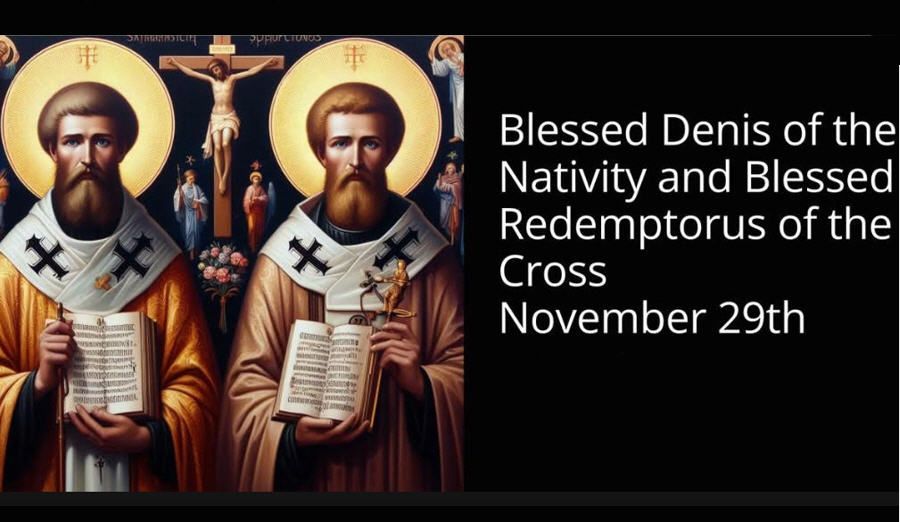
Blessed Denis was born in 1600 in Honfleur, France. He became a sailor at the age of twelve, and later on became the pilot-in-chief and cartographer of the courts of Portugal and France.
In 1635 while he was in Goa, India, he took on the habit of a Discalced Carmelite Monk.
Blessed Redemptorus of the Cross was born in Portugal at the end of the 16th century. He became a soldier, but later took on the habit of the Discalced Carmelites in 1615.
Together, Denis and Redemptorus set out on mission to the king of Achin in the Malay archipelago. While on their way, they and their party were ambushed and tortured to death by Muslims on November 29, 1638.
They were beatified by Pope Leo XIII in 1900.
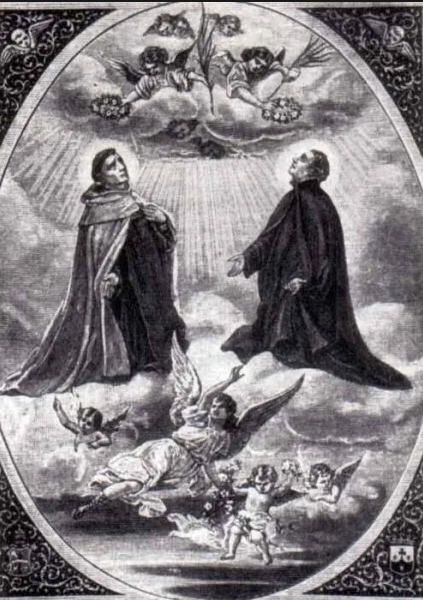
Saint James of the Marches - November 28
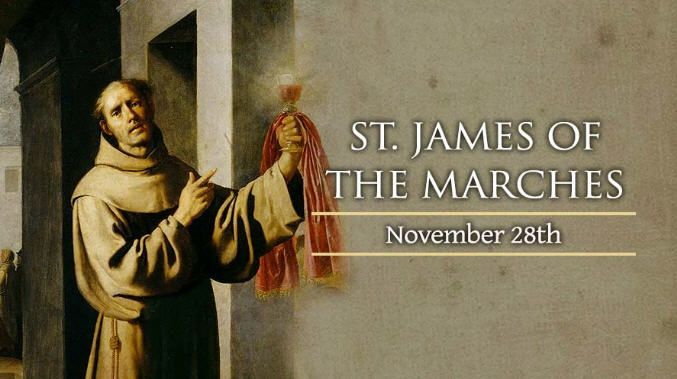
St. James of the Marches was a Franciscan priest in the 15th century. He was born into a poor family in Monteprandone, Italy in 1391 and was educated by his uncle who was a priest. He continued his education, eventually achieving the degree of Doctor in Canon and Civil Law from the University of Perugia. He worked for some time as a tutor in a noble family, but on July 26, 1416, he was received into the order of Friars Minor in the Chapel of the Portiuncula in Assisi.
After completing his novitiate, he studied theology under St. Bernardine of Siena. On June 13, 1420, St. James was ordained a priest, and soon began to preach in Tuscany, in the Marches, and in Umbria. For half a century, he continued as a missionary and preacher. St James of the Marches preached penance, combated heretics, and was on legations in Germany, Austria, Sweden, Denmark, Bohemia, Poland, Hungary, and Bosnia. He was also appointed inquisitor against the Fratelli, a heretic sect that dissented from the Franciscans on the vow of poverty, among other things. He was offered the See of Milan in 1460, but he refused it.
Inspired by St. Jame's apostolic example, more than 200 young men of Germany were impelled to enter the Franciscan Order. The crowds who came to hear him were so great that the churches were not large enough to accommodate them, and it became imperative for him to preach in the public squares. At Milan he was instrumental in converting 36 women of bad repute by a single sermon on St. Mary Magdalen. It is said that he brought 50,000 heretics into the Church and led 200,000 nonbelievers to baptism. In addition, God granted St James such wisdom that popes and princes sought counsel from him. He possessed the gifts or miracles and of prophesy in great measure, yet his humility surpassed all those distinctions. On Easter Monday, 1462, St. James, while preaching at Brescia, repeated the ideas of some theologians that the Precious Blood shed during the Passion was not united with the Divinity of Christ during the three days of His burial. He was accused of heresy for saying that, but no discussion or resolution was ever granted to his case, and the matter was ignored or forgotten. James spent the last three years of his life at Naples, and was buried there in the Franciscan church of St. Maria la Nuova, where his body can be seen today.
He was beatified by Urban VIII in 1624 and was canonized by Benedict XIII in 1726. Naples venerates him as one of its patron saints.
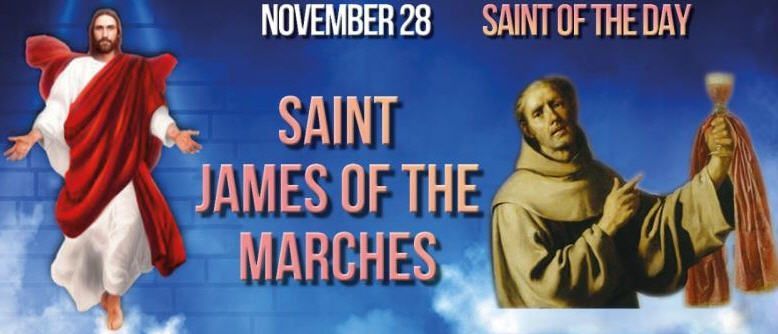

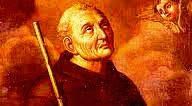
Saint Catherine Laboure' - November 28

On November 28, the Church honors St. Catherine Labouré, the humble Daughter of Charity to whom Mary appeared, requesting that the Miraculous Medal be stamped so that all who wear it would receive great graces.
Saint Catherine Labouré was born in France on May 2, 1806. She was the ninth of 11 children. Upon her mother’s death, when Catherine was eight years old, the young girl assumed the responsibilities of the household. It was said of her that she was a very quiet and practical child.
Eventually she became a Daughter of Charity, and when she was still a novice at the age of 24, the Virgin Mary appeared to her for the first time. Later, Mary appeared once again and requested that Catherine have a medal made portraying Mary just as she appeared.
It took two years before Catherine was able to convince her spiritual director to have the medal created, but eventually, he listened to her and 2,000 medals were made. Their dispersal was so rapid and effective that it was said to be miraculous itself.
After the visions ceased, St. Catherine Labouré spent the rest of her life in humble and obedient service as the portress, and worked with the sick in a convent outside of Paris. She spent that time in silence, not telling her superior that she was the one to whom Mary appeared and gave the medal until 45 years after.
She died in Paris on December 31, 1876 and was canonized in 1947 by Pope Pius XII. Her incorrupt body lies in the crypt of the convent.
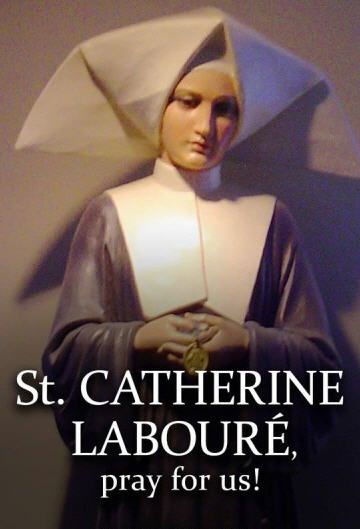
Happy Thanksgiving - November 27

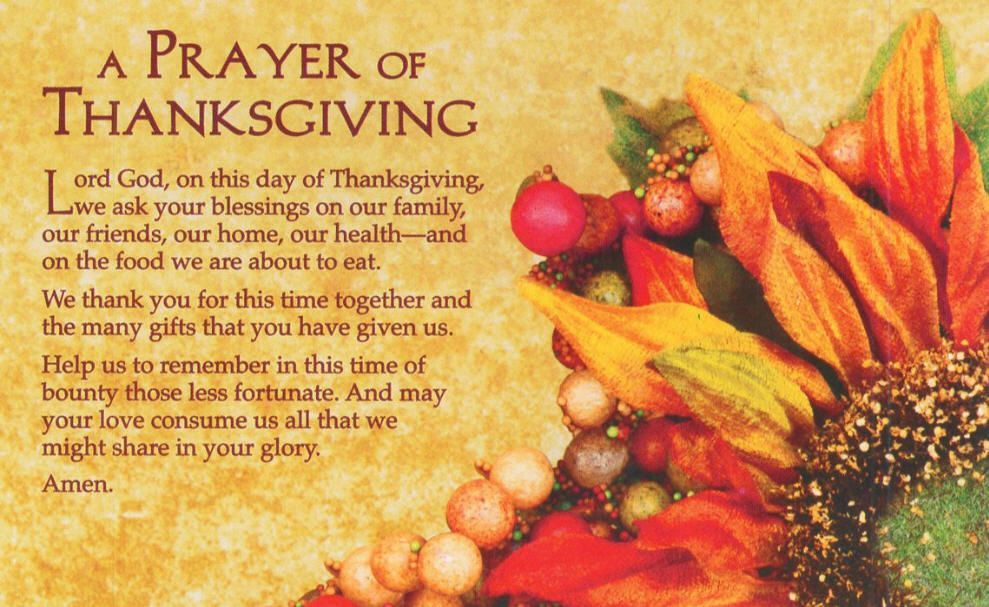
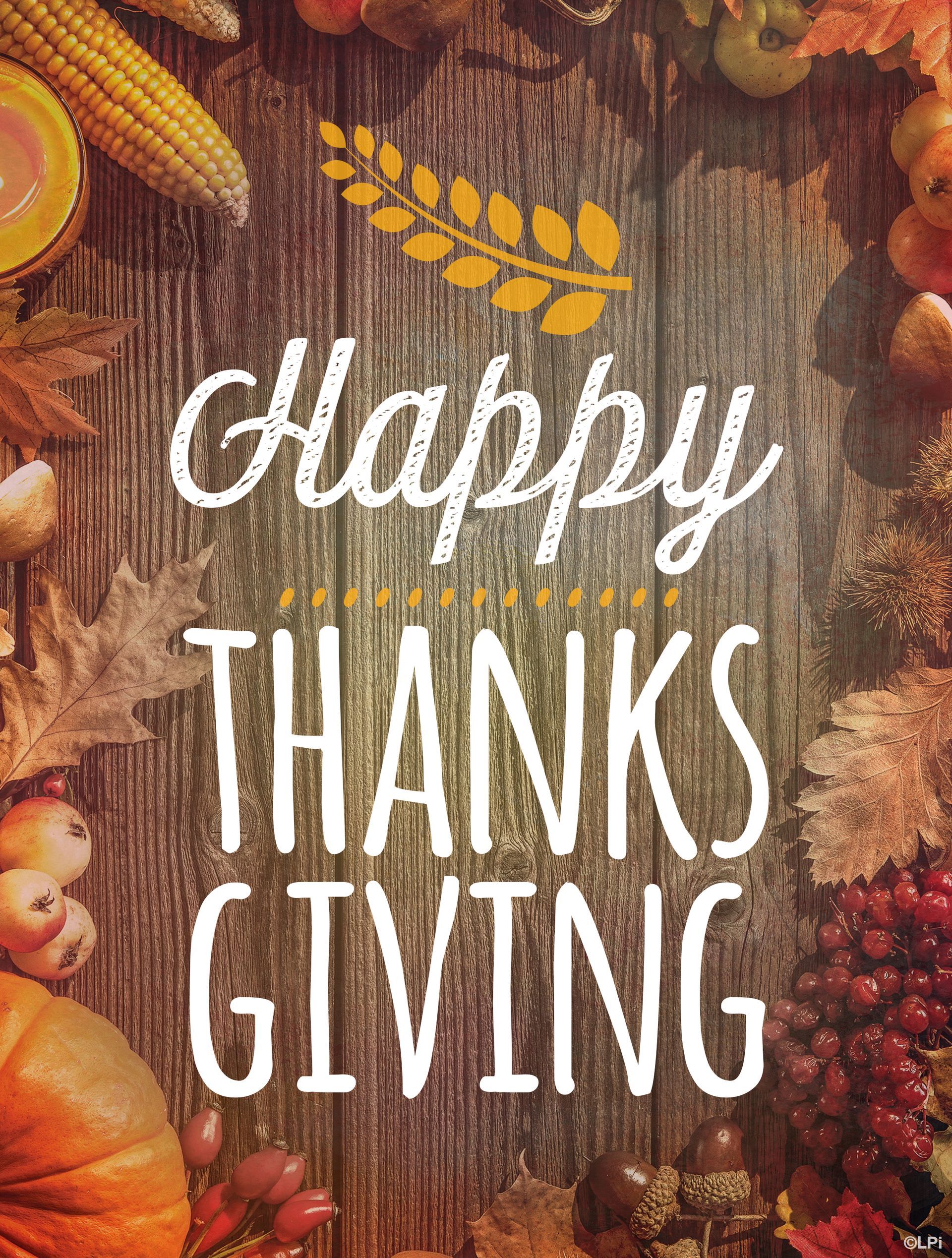
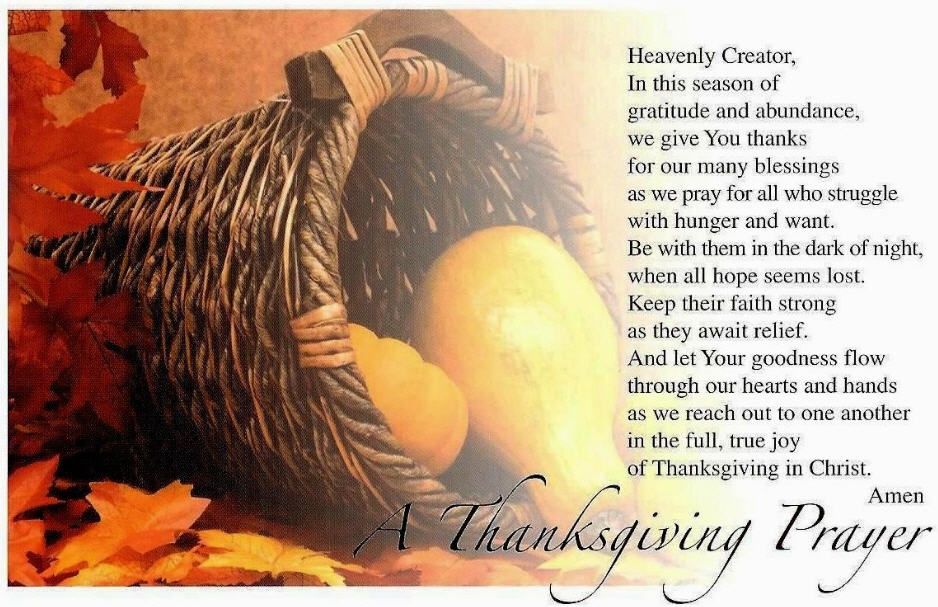
Saint James Intercisus - November 27
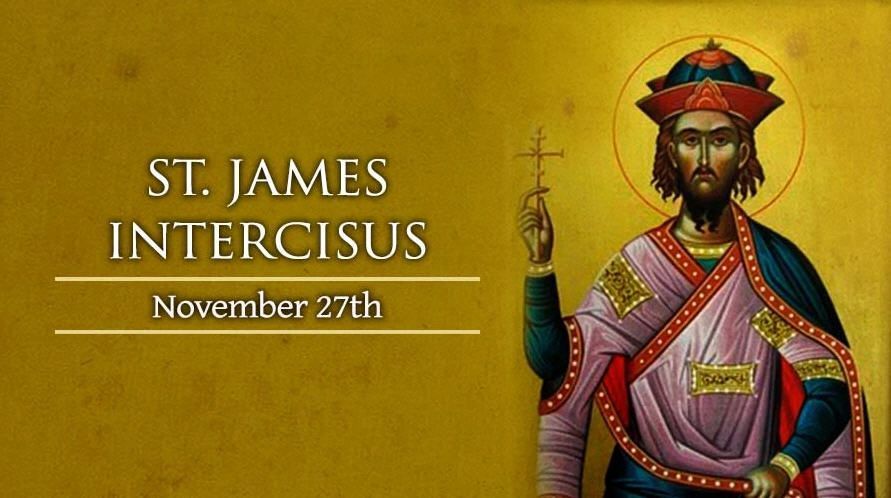
A soldier and courtier to King Yezdigerd I of Persia in the early fifth century, James was a Christian who, during Yezdigerd’s persecution of Christians, renounced his faith for fear of death.
His family, who had not apostacized, contacted James upon the death of the king, and thus the end of the persecution, and chastised him for having renounced his Heavenly King before the worldy king of Persia.
Upon hearing the rebukes of his family for the denial of his faith, James was thrown into a deep crisis of conscience, and he went through a true, deep conversion, uniting and conforming himself to the living God. Wanting to make amends, he professed his faith before the new king, Bahram and was condemned to death.
He is referred to as ‘Intercisus’ because the name literally means ‘hacked to pieces,’ and this name was given to him documenting the manner of his death. He was hung from a beam and slowly cut into 28 pieces, beginning with his fingers and then his toes, hands, and so forth until his beheading, the final cut.
Even though the crowd, made up of many Christians, urged him to renounce his faith and worship the sun because they could not bear to see him suffer such excruciating torture, he never renounced his faith. Instead, he made every piece cut from his body an offering to the Living God, and won the crown of martyrdom.
James Intercisus is the patron saint of lost vocations and torture victims.
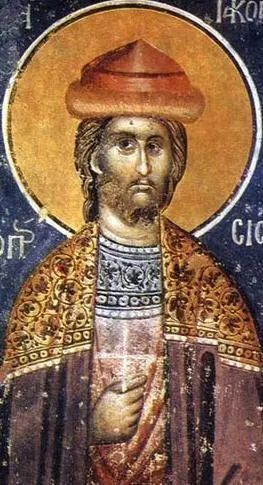
Saint Francesco Antonio Fasani - November 27
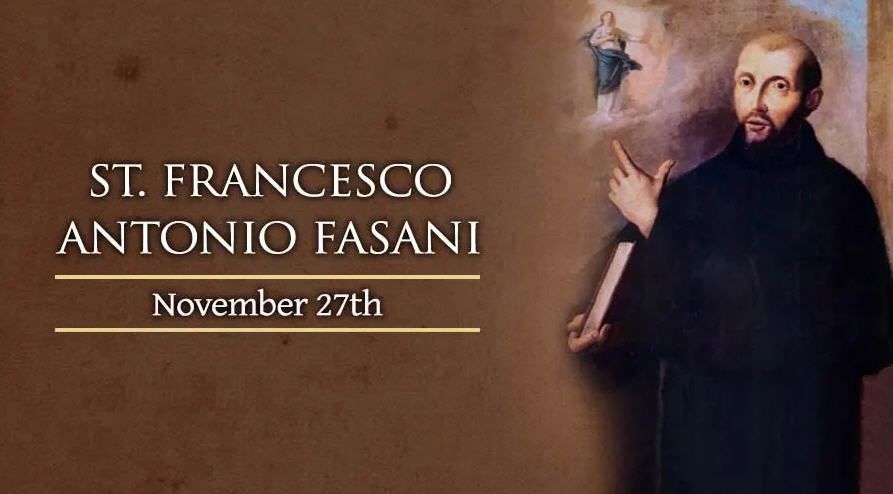
St. Francesco (Francis) Antonio Fasani was born as Giovanneillo in Lucera, Italy in 1681, the son of Giuseppe Fasani and Isabella Della Monaca.
He entered the Conventual Franciscans in 1695 and took the names of St. Francis and St. Anthony. He spent much of his time studying, and was ordained a priest 10 years after entering the order. He then taught philosophy to younger friars, served as the guardian of his friary, and later became provincial of his order. When his term of office as provincial ended, Francesco became a novice-master, and eventually pastor in his hometown. In all his various ministries, he was loving, devout and penitential. He was a sought-after confessor and preacher.
One witness at the canonical hearings regarding Francesco’s holiness testified, "In his preaching he spoke in a familiar way, filled as he was with the love of God and neighbor; fired by the Spirit, he made use of the words and deed of Holy Scripture, stirring his listeners and moving them to do penance." Francesco showed himself a loyal friend of the poor, never hesitating to seek from benefactors what was needed. He was also a mystic, known for his deep prayer life and supernatural gifts, and was known to levitate while praying.
The people of Lucera were known to compare him with St. Francis of Assisi, from whom he derived his name. He died in 1742 and was canonized in 1986.
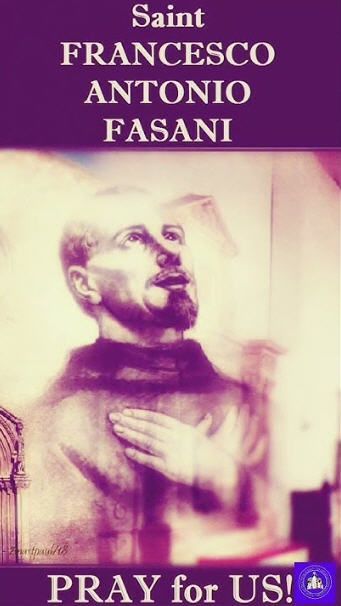
Saint Leonard of Port Maurice - November 26
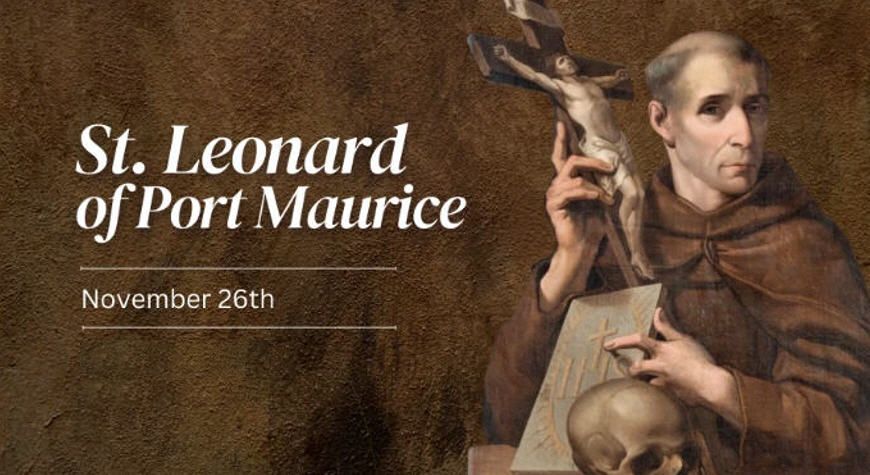
St. Leonard was born on December 20, 1676 in Porto Maurizio, Italy. He was given the name Paul Jerome Casanova by his father, Domenico Casanova, a sea captain, and his mother, Anna Maria Benza.
When he was 13, he was placed with his uncle Agostino to study for a career as a physician, but when the boy decided against medicine, his uncle disowned him. He then began to study at the Jesuit College in Rome.
On October 2, 1697, he joined the Franciscans of the Strict Observance and took the name Brother Leonard. He was ordained in Rome in 1703. He taught for a while, and expected to become a missionary in China, but a bleeding ulcer kept him in his native Porto Maurizio for the four years it took for him to recover and regain his strength.
In 1709, St. Leonard of Port Maurice was sent to Florence where he preached in the city and nearby region. A great preacher, he was often invited to visit and preach in other areas. He worked to increase devotion to the Blessed Sacrament, Sacred Heart, Immaculate Conception, and the Stations of the Cross.
One of his accomplishments was to set up the Stations of the Cross in over 500 different places, including the Colosseum. He was sent as a missionary to Corsica by Pope Benedict XIV in 1744 and restored discipline to the holy orders there, but local politics greatly limited his success in preaching.
He returned to Rome exhausted, and died that night on November 26, 1751 at the monastery of Saint Bonaventure in Rome.
From St. Leonard of Port Maurice, a Modern Catholic can find an example of great servitude and spiritual stamina. One may look at how he lived his life with Christian perseverance, always seeking out opportunities to build the Kingdom of God, until his death.
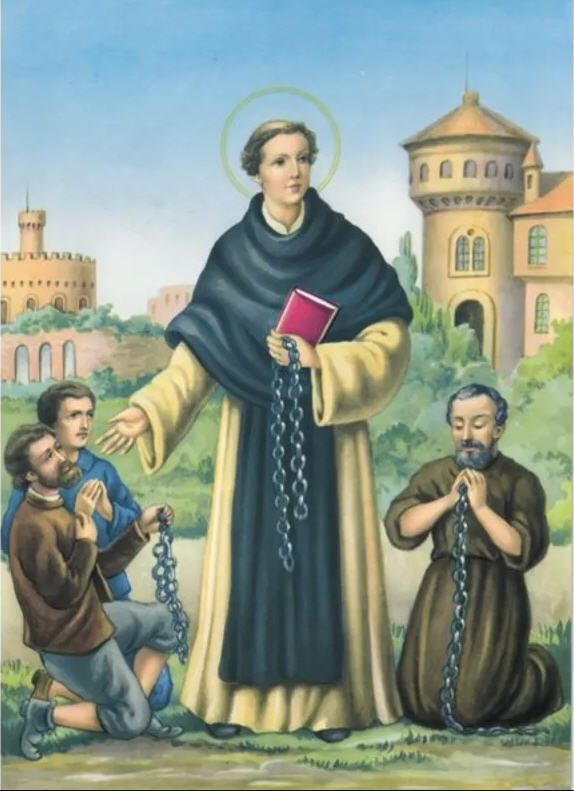

Saint Peter of Alexandria - November 26

Local commemorations of the fourth-century martyr Saint Peter of Alexandria will take place on Nov. 25 and 26. Although his feast day in the Western tradition (on the latter date) is no longer a part of the Roman Catholic Church’s universal calendar, he remains especially beloved among Catholic and Orthodox Christians of the Egyptian Coptic tradition.
Tradition attests that the Egyptian bishop was the last believer to suffer death at the hands of Roman imperial authorities for his faith in Christ. For this reason, St. Peter of Alexandria is known as the “Seal of the Martyrs.” He is said to have undertaken severe penances for the sake of the suffering Church during his lifetime, and written letters of encouragement to those in prison, before going to his death at the close of the “era of the martyrs.”
Both the date of Peter’s birth, and of his ordination as a priest, are unknown. It is clear, however, that he was chosen to lead Egypt’s main Catholic community in the year 300 after the death of Saint Theonas of Alexandria. He may have previously been in charge of Alexandria’s well-known catechetical school, an important center of religious instruction in the early Church. Peter’s own theological writings were cited in a later fifth-century dispute over Christ’s divinity and humanity.

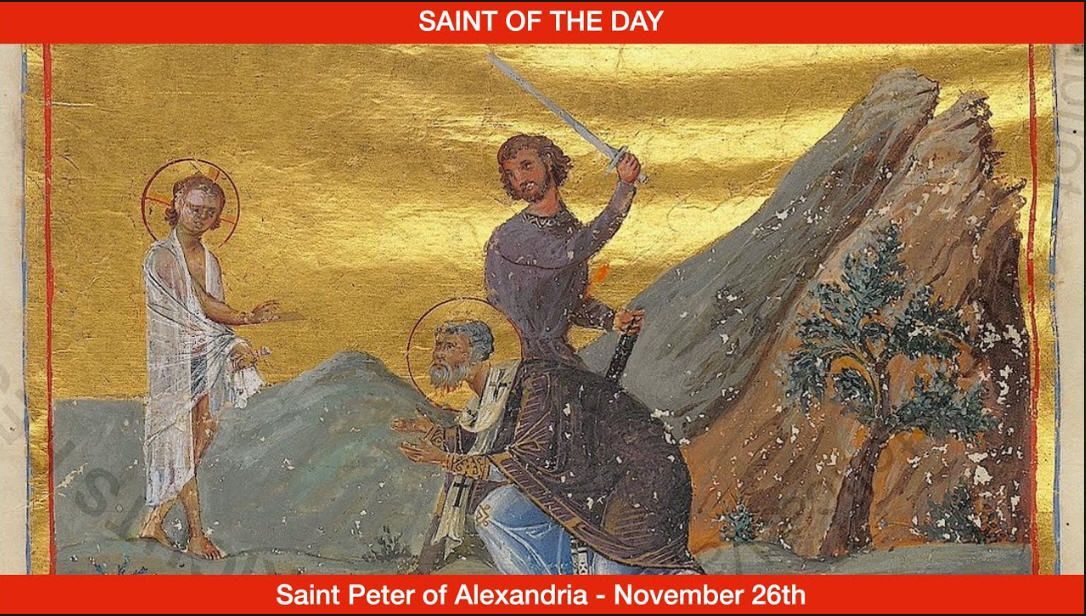
In 302, the Emperor Diocletian and his subordinate Maximian attempted to wipe out the Church in the territories of the Roman Empire. They used their authority to destroy Church properties, imprison and torture believers, and eventually kill those who refused to take part in pagan ceremonies. As the Bishop of Alexandria, Peter offered spiritual support to those who faced these penalties, encouraging them to hold to their faith without compromise.
One acute problem for the Church during this period was the situation of the “lapsed.” These were Catholics who had violated their faith by participating in pagan rites under coercion, but who later repented and sought to be reconciled to the Church. Peter issued canonical directions for addressing their various situations, and these guidelines became an important part of the Eastern Christian tradition for centuries afterward.
Around the year 306, Peter led a council that deposed Bishop Meletius of Lycopolis, a member of the Catholic hierarchy who had allegedly offered sacrifice to a pagan idol. Peter left his diocese for reasons of safety during some portions of the persecution, giving Meletius an opening to set himself up as his rival and lead a schismatic church in the area.
The “Meletian schism” would continue to trouble the Church for years after the death of Alexandria’s legitimate bishop. Saint Athanasius, who led the Alexandrian Church during a later period in the fourth century, claimed that Meletius personally betrayed Peter of Alexandria to the state authorities during the Diocletian persecution.
Although Diocletian himself chose to resign his rule in in 305, persecution continued under Maximinus Daia, who assumed leadership of the Roman Empire’s eastern half in 310. The early Church historian Eusebius attests that Maximinus, during an imperial visit to Alexandria, unexpectedly ordered its bishop to be seized and killed without imprisonment or trial in 311. Three priests – Faustus, Dio, and Ammonius – were reportedly beheaded along with him.
St. Peter of Alexandria’s entry in the “History of the Patriarchs of the Coptic Church of Alexandria” (a volume first compiled by a Coptic Orthodox bishop in the 10th century) concludes with a description of the aftermath of his death.
“And the city was in confusion, and was greatly disturbed, when the people beheld this martyr of the Lord Christ. Then the chief men of the city came, and wrapped his body in the leathern mat on which he used to sleep; and they took him to the church … And, when the liturgy had been performed, they buried him with the fathers. May his prayers be with us and all those that are baptized!”
Blessed Santiago Alberione - November 26
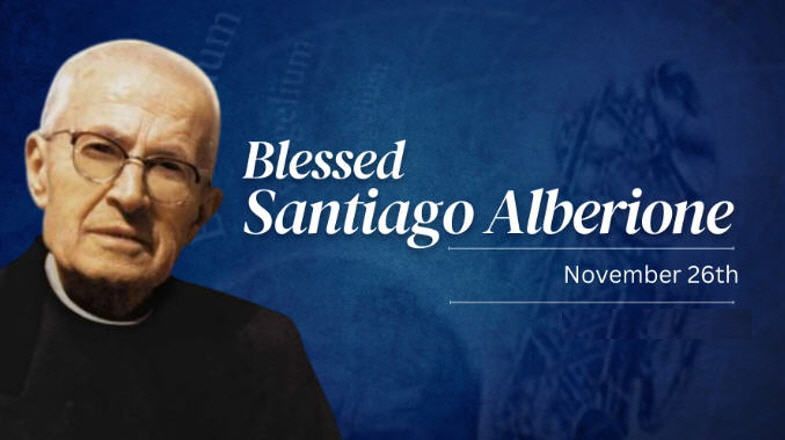
Santiago Alberione was born on April 4, 1884, the fourth of six children in a devout working class family in San Lorenzo di Fossano, Cuneo, Italy. From a young age, he felt God calling him, and on his first school when the teacher asked him what he wanted to be when he grew up, he responded, “I want to be a priest.”
This desire of his came true when he entered the seminary in Alba. During the night of December 31 1900 to January 1 1901 while still in the seminary, he prayed for four hours in front of the Blessed Sacrament. He saw a light shine forth from the Host, and from that moment he had an unusually powerful certainty that God was calling him to do something for the people of the new century.
He was ordained on June 29, 1907 and was assigned to a parish in Narzole. He served as spiritual director for youth and altar servers in the Alba seminary beginning October 1, 1908 and in September of 1913 he became director of the weekly publication Gazzetta d'Alba.
He founded the Society of Saint Paul on August 20, 1914, the Daughters of Saint Paul on June 15, 1915, the Sisters Disciples of the Divine Master on February 10, 1924 and the Sisters of Jesus Good Shepherd in Rome in August 1936. These congregations, under his leadership and still today, publish books and other materials for spreading of the word of God, thus fulfilling his intense conviction at the turn of the century of helping the people of the 20th century of Christianity.
During the course of his priestly and parochial ministry, he grew in the certainty that his call was to reach out to as many people as possible using new technology and media. To this end, he founded the Pauline family. The family grew as there was an increase in both mens and womens vocations, and the apostolate began to take shape rapidly. He founded various women's orders whose charisms were the publication and dissemination of books, and ministry to Pastors, among other things.
Alberione's work can best be summed up in the words of Pope Paul VI, who never held back his admiration for the Pauline ministry. “Father Alberione has given the Church new instruments with which to express herself, new means with which to invigorate herself and to amplify her apostolate, new capacity, and a new consciousness of the validity and the possibility of her mission in the modern world with modern means.
He died on November 26, 1971 in Rome, and was beatified by Pope John Paul II on April 27, 2003.
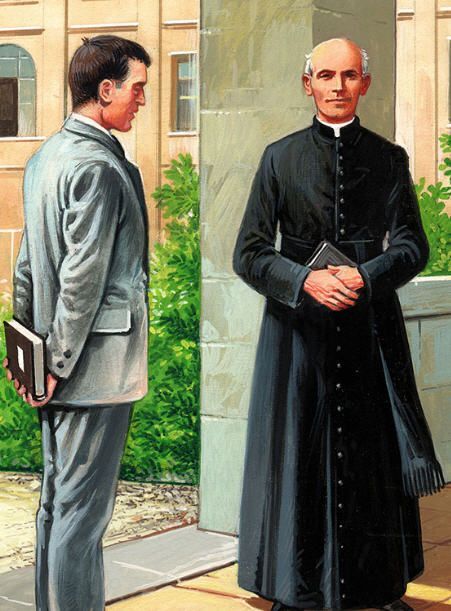
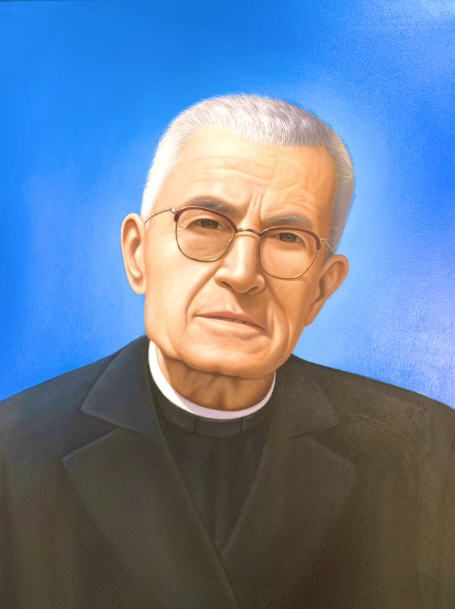
Saint Catherine of Alexandria - November 25
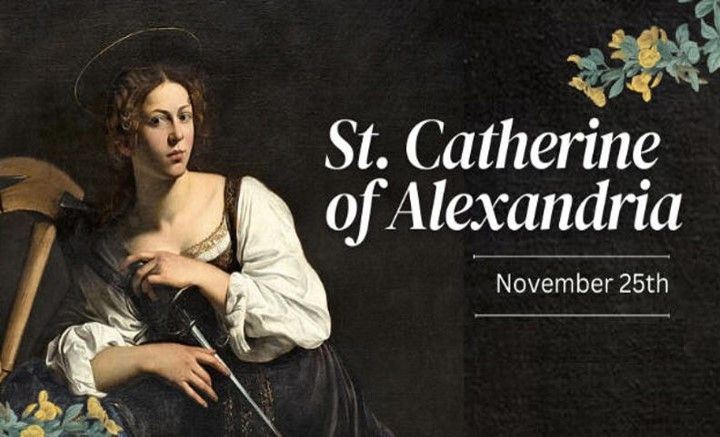
Catholics and other Christians around the world celebrate today, Nov. 25, the memorial of St. Catherine of Alexandria, a revered martyr of the fourth century.
St. Catherine was the subject of great interest and devotion among later medieval Christians. Devotees relished tales of her rejection of marriage, her rebuke to an emperor, and her decision to cleave to Christ even under threat of torture. Pope John Paul II restored the celebration of her memorial to the Roman Catholic calendar in 2002.
Catherine's popularity as a figure of devotion, during an era of imaginative hagiography, has obscured the facts of her life. It is likely that she was of noble birth, a convert to Christianity, a virgin by choice (before the emergence of organized monasticism), and eventually a martyr for the faith.
Accounts of Catherine's life also agree on the location where she was born, educated, and bore witness to her faith. The Egyptian city of Alexandria was a center of learning in the ancient world, and tradition represents Catherine as the highly educated daughter of a noble pagan family.
It is said that a vision of the Virgin Mary and the child Jesus spurred her conversion, and the story has inspired works of art which depict her decision to live as a virginal “spouse of Christ.”
The Emperor Maxentius ruled Egypt during Catherine's brief lifetime, a period when multiple co-emperors jointly governed the Roman Empire. During this time, just before the Emperor Constantine's embrace and legalization of Christianity, the Church was growing but also attracting persecution.
Catherine, eager to defend the faith she had embraced, came before Maxentius to protest a brutal campaign against the Church. At first, the emperor decided to try and persuade her to renounce Christ. But in a debate that the emperor proceeded to arrange between Catherine and a number of pagan philosophers, Catherine prevailed – with her skillful apologetics converting them instead.
Maxentius' next stratagem involved an offer to make her his mistress. She not only rebuffed the emperor, but also reportedly convinced his wife to be baptized.
Enraged by Catherine's boldness and resolve, the Emperor resolved to break her will through torture on a spiked wheel. Tradition holds that she was miraculously freed from the wheel, either before or during torture. Finally, she was beheaded.
Maxentius later died in a historic battle against his Co-Emperor Constantine in October of 312, after which he was remembered disdainfully, if at all. St. Catherine, meanwhile, inspired generations of philosophers, consecrated women, and martyrs.
Ironically, or perhaps appropriately – given both her embrace of virginity, and her “mystic marriage” to Christ – young women in many Western European countries were once known to seek her intercession in finding their husbands. Regrettably, the torture wheel to which she herself may have been subjected was subsequently nicknamed the “Catherine wheel,” and used even among Christian kingdoms.
Today, St. Catherine of Alexandria is more appropriately known as the namesake of a monastery at Mount Sinai that claims to be the oldest in the world.

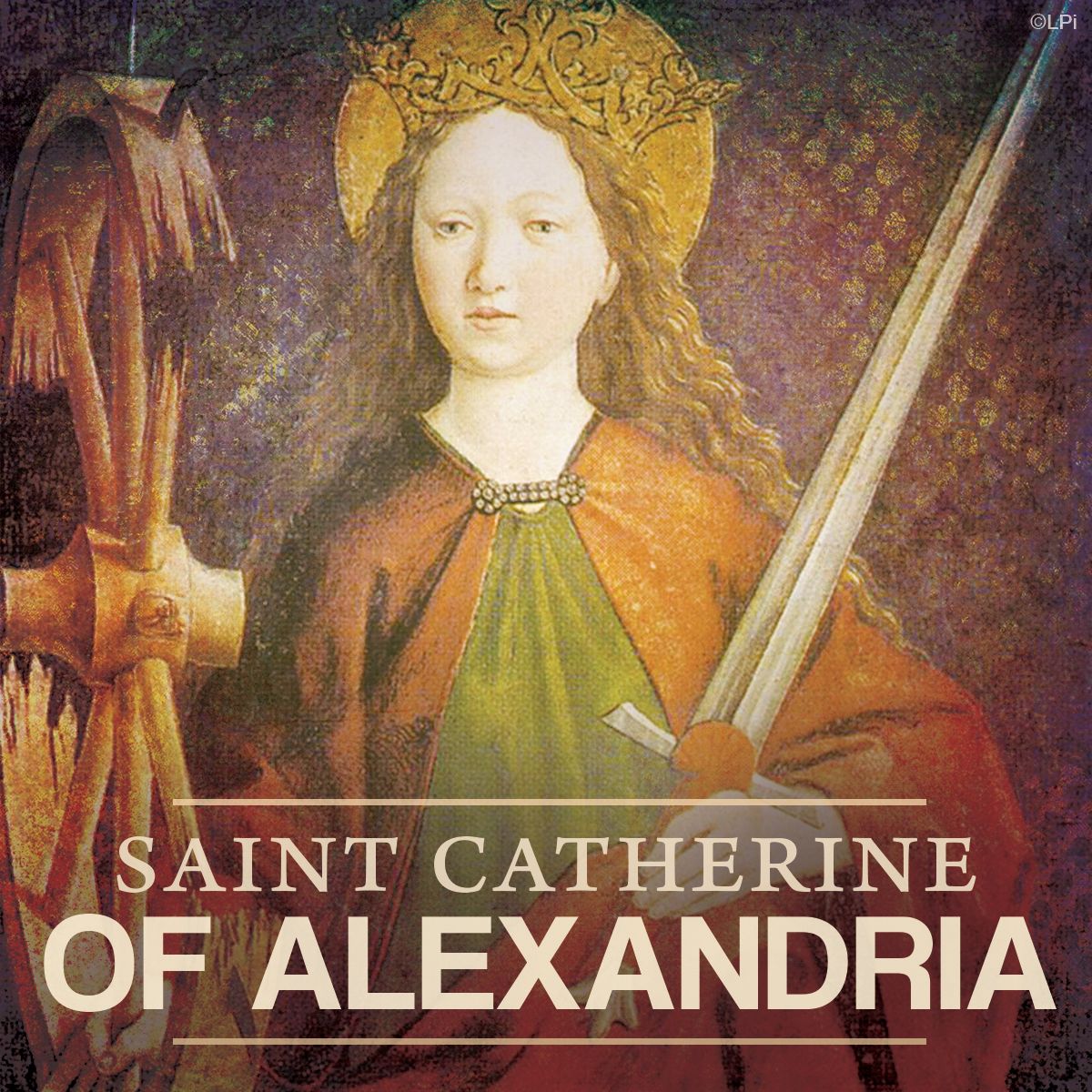
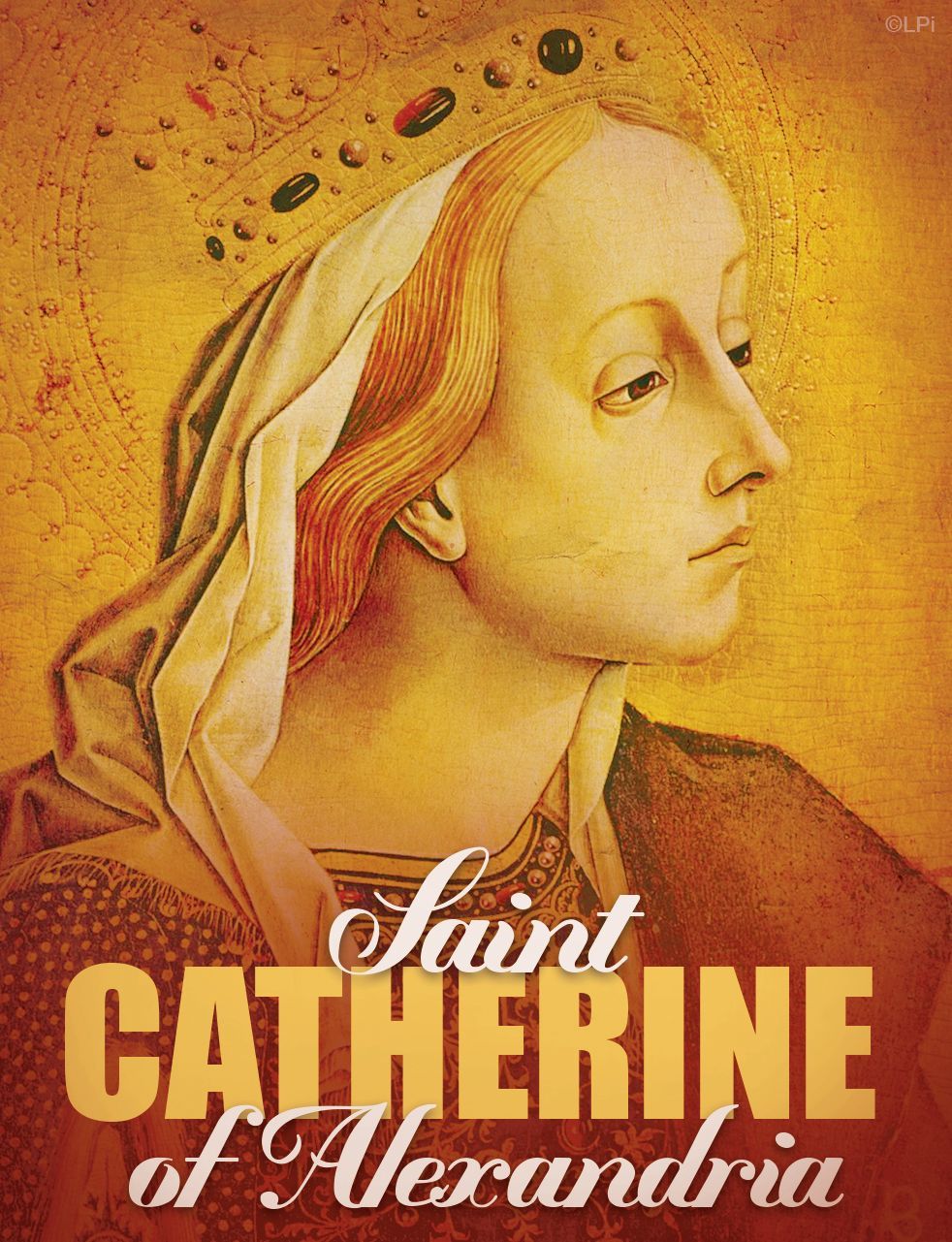
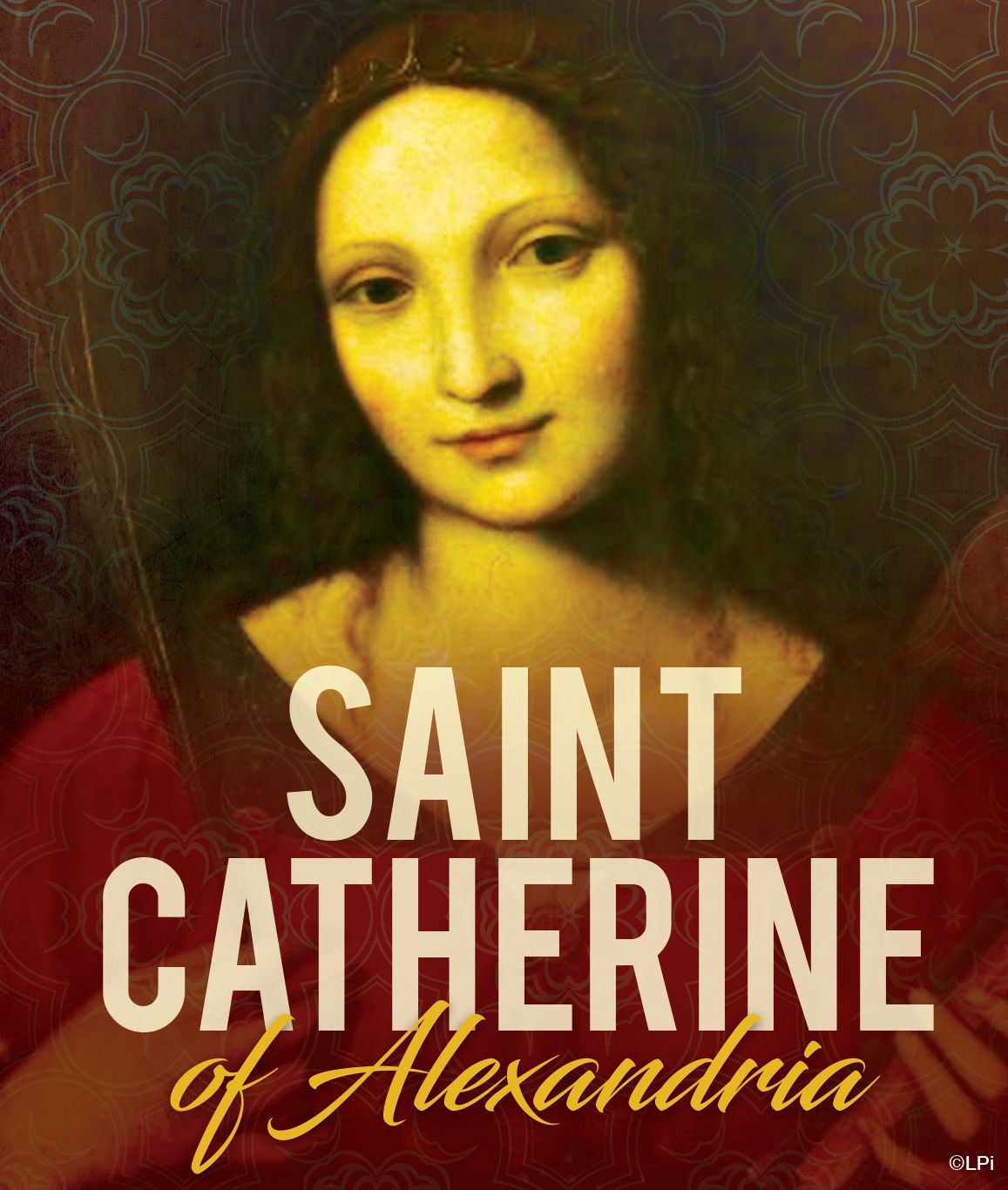
Saint Andrew Dung-Lac and Companions - November 24
During his papacy, Pope John Paul II canonized a group of 117 martyrs who died for the Roman Catholic Faith in Vietnam during the nineteenth century. The group was made up of ninety-six Vietnamese, eleven Spaniards, and ten French. Eight of the group were bishops, fifty were priests and fifty-nine were lay Catholics including a 9-year-old child. Some of the priests were Dominicans, others were diocesan priests who belonged to the Paris Mission Society.
This feast day, and the witnesses of the lives of the martyrs, give testament to the sufferings inflicted on the Vietnamese Church, which are among the most terrible in the long history of Christian martyrdom.
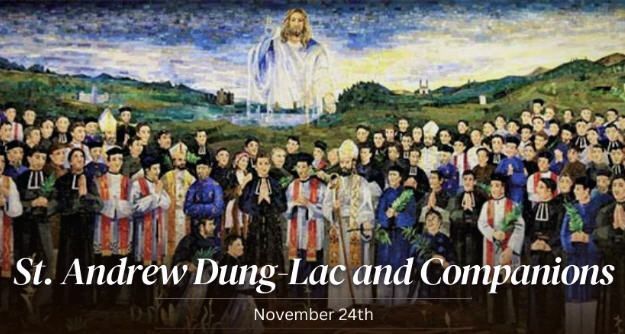

On Nov. 23 Roman Catholics remember the fourth Pope, St. Clement I, a disciple of the apostles who inherited the authority of St. Peter in the first century. Eastern Catholics celebrate his feast on Nov. 25.
The details of Clement's life, before his conversion and even afterward, are largely unknown. Some aspects of his writings have led scholars to believe that the fourth Pope either came from a Jewish background, or had converted to Judaism earlier in life before entering the Catholic Church.
Tradition suggests that Clement was the son of a Roman named Faustinus, and that he joined the Church in Rome during its early years through the preaching of Saint Peter or Saint Paul. He went on to share in the missionary journeys of the apostles, and may even have assisted the first Pope in running the Church on a local level.
After the deaths of St. Peter's first two successors, the canonized Popes Linus and Cletus, Clement took up St. Peter's position of primacy in the Church around the year 90. One of his most important tasks, during nearly 10 years as Pope, was to resolve serious problems in the Church of Corinth, which St. Paul had also struggled to discipline.
Clement's own letter to the Corinthians, though not part of the biblical canon, offers an important look at the role of authority and charity in the early Church. Its introduction suggests that Pope Clement composed it while his own local Church faced persecution from the Roman Emperor Domitian.
In the letter, the Pope describes how the Corinthians had once been “distinguished by humility,” being “in no respect puffed up with pride” and “more willing to give than to receive.” But in time, “the worthless rose up against the honored, those of no reputation against such as were renowned, the foolish against the wise, the young against those advanced in years.”
“Let us give up vain and fruitless cares, and approach to the glorious and venerable rule of our holy calling,” Pope Clement wrote in his call to repentance. “Let us attend to what is good, pleasing, and acceptable in the sight of him who formed us.”
Order and discipline, he noted, are at least as important in the Church as they are in the rest of creation, where the powers of nature follow God's decrees. The Pope also warned the Corinthians to follow “those who cultivate peace with godliness,” rather than “those who hypocritically profess to desire it.”
The Church Clement headed was one that honored tradition and right order as fundamentals of its life.
“It behooves us to do all things in order, which the Lord has commanded us to perform at stated times,” he told the Corinthians. God, he said, “has enjoined offerings and service to be performed ... not thoughtlessly or irregularly, but at the appointed times and hours.”
“Where and by whom (God) desires these things to be done, he himself has fixed by his own supreme will, in order that all things being piously done according to his good pleasure, may be acceptable to him.”
The fourth Pope's writings reveal much about the early Church, but little about his own life. According to one later account, he died in exile during the reign of the Emperor Trajan, who purportedly banished Clement to Crimea (near modern Ukraine) and had him killed in retaliation for evangelizing the local people. In 868 the Greek missionary St. Cyril claimed to have recovered St. Clement's bones.
St. Clement I probably died around the year 100. He is among the saints mentioned in the Western Church's most traditional Eucharistic prayer, the Roman Canon.
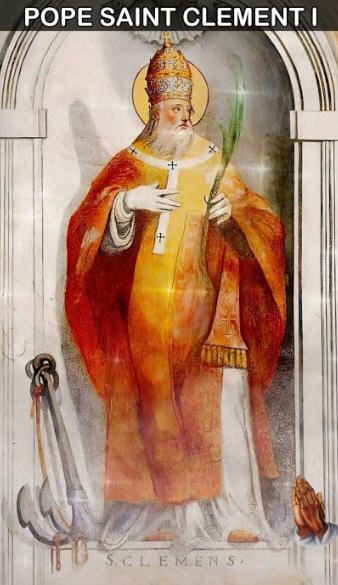
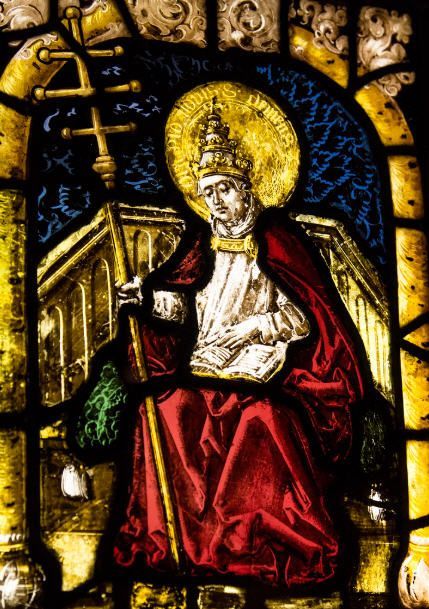
Saint Columbanus - November 23
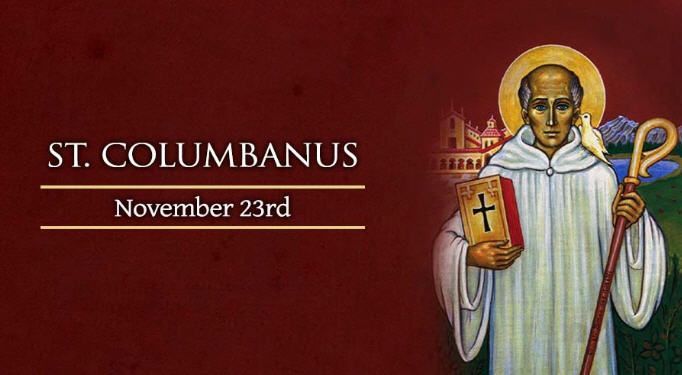
An originator of Ireland's unique monastic tradition, who went on to serve as a missionary to continental Europe during the early Middle Ages, the abbot Saint Columbanus – also known as St. Columban – is honored by the Catholic Church on Nov. 23.
Despite their similar names and biographies, St. Columbanus is not the same person as Saint Columba of Iona, another monk from Ireland who spread the faith abroad and lived during the same time period.
In a June 2008 general audience on St. Columbanus, Pope Benedict XVI said he was “a man of great culture” who also “proved rich in gifts of grace.” The Pope recalled him as “a tireless builder of monasteries as well as an intransigent penitential preacher who spent every ounce of his energy on nurturing the Christian roots of Europe which was coming into existence.”
“With his spiritual energy, with his faith, with his love for God and neighbor,” St. Columbanus “truly became one of the Fathers of Europe.” According to Pope Benedict, the course of the Irish monk's life “shows us even today the roots from which our Europe can be reborn.”
Born during 543 in the southeastern Irish region of Leinster, Columbanus was well-educated from his early years. Handsome in appearance, he was tempted by women and was eventually advised by a nun to follow her example and flee from temptation by embracing monasticism. His mother disapproved of this intention, but his will prevailed even when she tried to prevent him from leaving home.
The aspiring monk studied initially with Abbot Sinell of Cluaninis, before moving on to a monastery headed by the abbot later canonized as Saint Comgall. It was under his direction, in the Abbey of Bangor in County Down, that Columbanus formally embraced the monastic calling, as one of a growing number of monks drawn to the Bangor community's ascetic rigor and intellectual vitality.
Though Columbanus was known as a dedicated monk and scholar, around the year 583 he felt called to undertake foreign missionary work. Initially denied permission by the abbot, he was eventually allowed to depart with a band of twelve men, with whom he sailed to Britain before reaching France around 585. There, they found the Church suffering from barbarian invasions and internal corruption.
Received with favor by King Gontram of Burgundy, Columbanus and his companions founded a monastery in an abandoned Roman fortress. Despite its remote location in the mountains, the community became a popular pilgrimage site, and also attracted so many monastic vocations that two new monasteries had to be formed to accommodate them.
These monastic communities remained under Columbanus' authority, and their rules of life reflected the Irish tradition in which he had been formed. Meanwhile, as they expanded, the abbot himself sought greater solitude, spending periods of time in a hermitage and communicating with the monks through an intermediary.
As heirs to the Irish monastic tradition, Columbanus and his monks ran into differences with the bishops in France, partly over the calculation of the date of Easter. He also met with opposition from within the French royal family, because of his insistence that King Thierry should not live with a woman outside of wedlock. He had been urged to do so by his grandmother Queen Brunehild, who thought a royal marriage would threaten her own power.
Columbanus' moral stand for marriage led first to his imprisonment, from which he escaped. But the king and his grandmother had him driven out of France by force, and they separated him from his monks by insisting that only those from Ireland could accompany him into exile. This group traveled and evangelized in present-day Germany, though political circumstances eventually forced them to cross the Alps into northern Italy.
Welcomed by the ruling Lombards, Columbanus nonetheless found the Italian Church troubled by heresy and schism. The monk wrote against the Arian heresy (which claimed that Christ was not God but only a highly exalted creature), and asked Pope Saint Boniface IV to help restore the unity of the Church in the region. Columbanus himself was involved in a theological dispute with Pope Boniface, but he remained “bound to the Chair of Peter” and acknowledged the Pope's authority.
Having received a grant of land from the Lombard king, Columbanus founded his last monastery in the town of Bobbio during 614. Although St. Columbanus died on Nov. 23 of the following year, the abbey at Bobbio remained a center of theological orthodoxy and cultural preservation for centuries afterward.
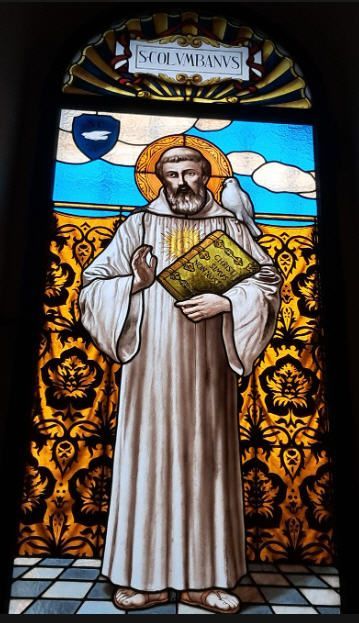
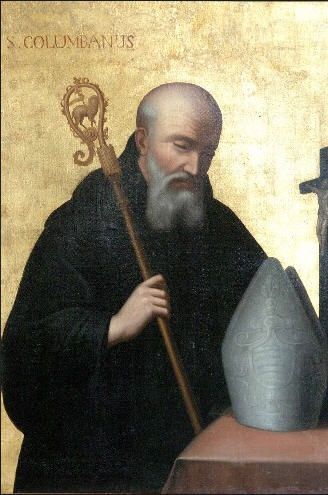

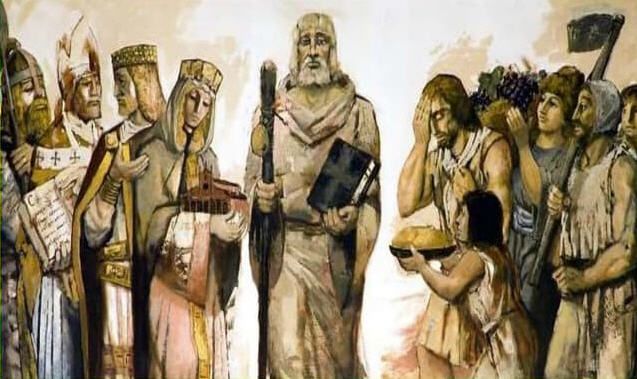
Blessed Miguel Pro Juarez - November 23
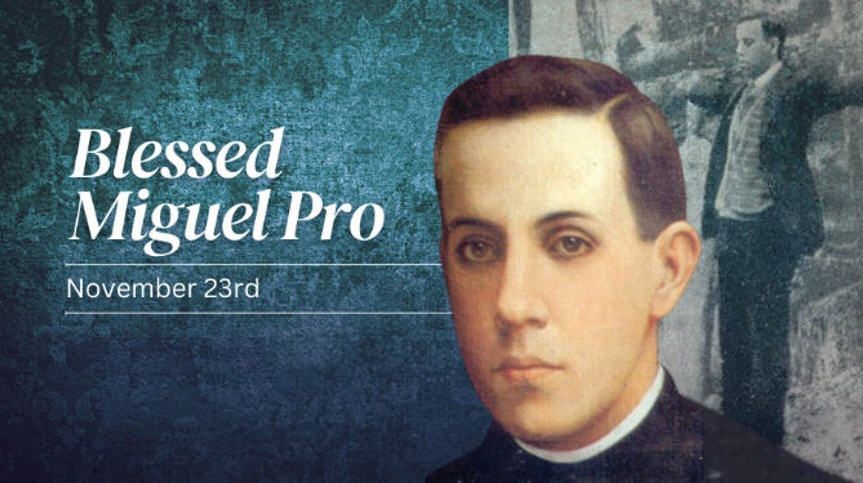
Born in Guadalupe on January 13, 1891, Miguel Pro Juarez was one of 11 children. Miguel was, from an early age, intensely spiritual and equally intense in his mischievousness, frequently exasperating his family with his humor and practical jokes. As a child he had a daring precociousness that sometimes went too far, tossing him into near death accidents and illnesses. Miguel was particularly close to his older sister, and after she entered a cloistered convent he began to discern his own vocation, leading him to enter the Jesuit novitiate in El Llano, Michoacan at the age of 20. He studied in Mexico until 1914 when a tidal wave of governmental anti-Catholicism crashed down upon Mexico, forcing the order to flee to Los Gates, California. He then taught in Nicaragua from 1919 until 1922.
By the time Fr. Pro was ordained a priest in Enghien, Belgium in 1925, the political situation in Mexico had deteriorated: all Catholic churches were closed, bishops, priests, and religious were rounded up for deportation or imprisonment, and those caught trying to elude capture were shot. The celebration of the sacraments was punishable by imprisonment or death, and the Church was driven underground. Fr. Pro received permission from his superiors to return to Mexico incognito and to carry on his ministry undercover. Fr. Pro slipped into Mexico City and immediately began celebrating Mass and distributing the sacraments, often under imminent threat of discovery by a police force charged with the task of ferreting out hidden pockets of Catholicism.
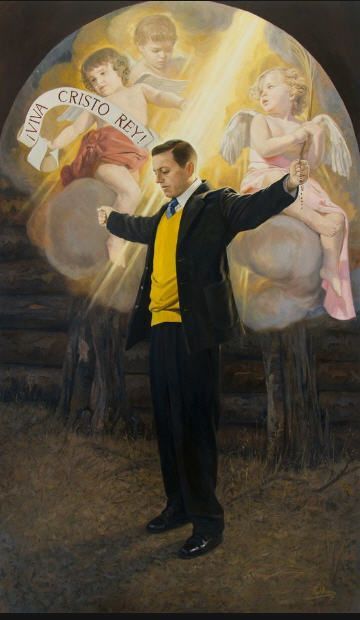
He became known throughout the city as the undercover priest who would show up in the middle of the night dressed as a beggar or a street sweeper to baptize infants, hear confessions, distribute Communion, or perform marriages. Several times, disguised as a policeman, he slipped unnoticed into the police headquarters itself to bring the sacraments to Catholic prisoners before their execution. Using clandestine meeting places, a wardrobe of disguises and coded messages to the underground Catholics, Fr. Pro carried on his priestly work for the Mexican faithful under his care.
A failed attempt in November 1927 to assassinate the President of Mexico which only wounded him provided the state with a pretext for arresting Fr. Pro with his brothers Humberto and Roberto. They were put in jail and held without trial for ten days, accused of the attempted assassination. On July 17, 1928, President Calles ordered Fr. Pro to be executed, ostensibly for his role in the assassination plot, but in reality for his defiance of the laws banning Catholicism. As Fr. Pro walked from his cell to the prison courtyard, he blessed the firing squad and then knelt and prayed silently for a few moments. Refusing a blindfold, he stood, faced the firing squad, and with a crucifix in one hand and a rosary in the other, he held his arms outstretched in the form of a cross and in a loud, clear voice cried out, "May God have mercy on you! May God bless you! Lord, Thou knowest that I am innocent! With all my heart I forgive my enemies!" As the soldiers lifted their rifles, he exclaimed in a loud voice, "Viva Cristo Rey!" - "Long live Christ the King!" A volley rang out and Fr. Pro fell to the ground riddled with bullets. A solider stepped up and discharged his rifle at point blank range into the priest’s temple. 30,000 people attended his funeral procession. Fr. Miguel Pro was beatified on September 25, 1988 by Pope John Paul II.
Fr. Pro used his natural gifts of intense determination and courage, seen throughout all parts of his life, to further the kingdom of God. Modern Catholics may follow Fr. Pro by taking courage and using their natural talents and gifts as God asks of them.
Saint Cecilia - November 22
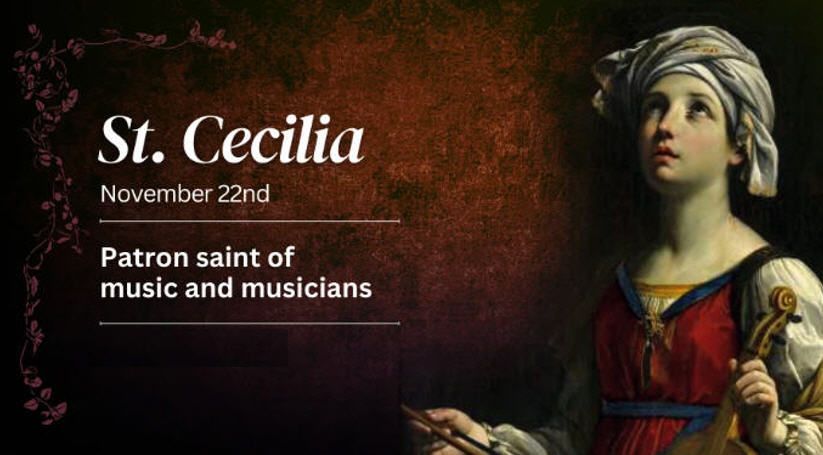
St. Cecilia's family was one of the principle families of Rome. According to the cultural custom of the time, Cecilia's family betrothed her to a pagan nobleman named Valerian despite St. Cecelia's consecration to God. On their wedding night, Cecilia told Valerian that she had sworn to remain a virgin before God and that an angel guarded her body, protecting her virginity from violation. She told Valerian that he would be able to see this angel if he went to the third milestone along the Via Appia and was baptized by Pope Urban I. Valerian went to the milestone as Cecilia had instructed, and there was baptized. She later converted his brother as well.
During that era, it was forbidden for anyone to bury the bodies of Christians, so newly-baptized Valerian and his brother dedicated themselves to burying the bodies of all the Christians they found. For this, they were arrested and brought before a judge who ordered them to worship the Roman god Jupiter, and were martyred when they refused to deny their Christian faith. The police then came for Cecilia and strongly advised her to renounce her faith. In reply, she told them that she would prefer to die than to denounce the true faith. According to legend, upon hearing her response, they brought her to a large oven with the intention of suffocating her with the hot and toxic gasses it emitted. However, instead of choking, Cecilia began to sing. Infuriated, her persecutors attempted to behead her, but after three strokes of the sword, Cecilia was still alive and her head was not severed. The soldiers then left her covered in blood in her own home, where she remained for three days before she died.
The church Santa Cecilia in Trastevere was built on the site of the house where she lived. St. Cecelia is known for "singing in her heart to the Lord" upon her wedding day, despite her consecration to God. She is the patron Saint of musicians and poets because of this sentiment and her alleged singing within the oven during her martyrdom. Her fortitude may inspire the modern Catholic in the trials of life and inspire one to find God within music.


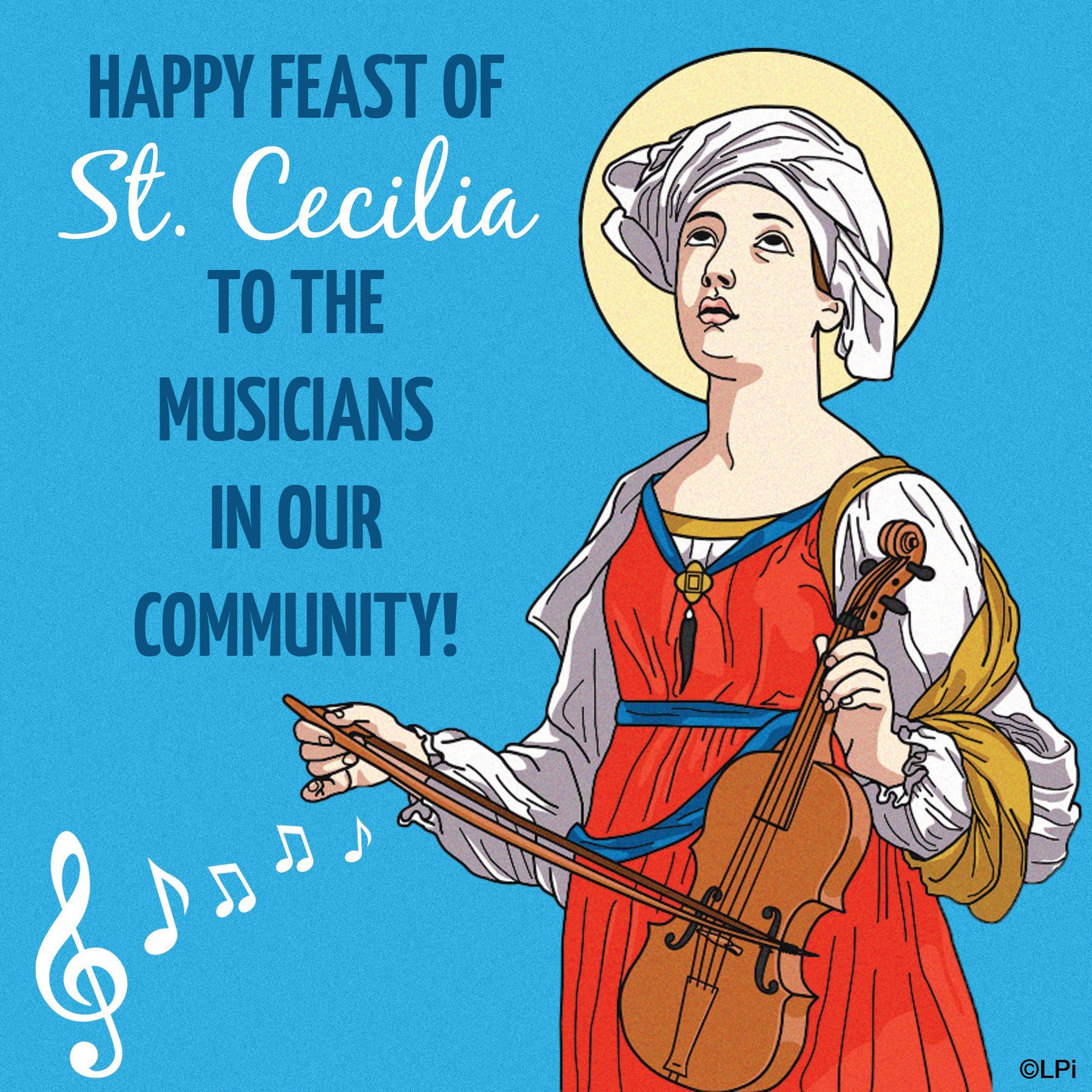
Feast Of The Presentation Of The Blessed Virgin Mary
November 21
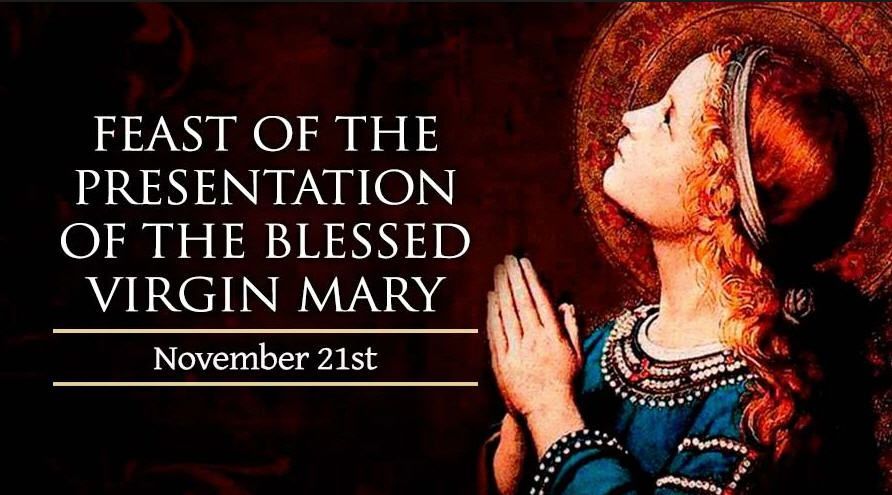
The Feast of the Presentation of the Blessed Virgin Mary, celebrated annually on November 21st, commemorates the presentation of the Blessed Virgin as a child by her parents in the Temple in Jerusalem. Before Mary's birth, her parents received a heavenly message that they would bear a child. In thanksgiving for the God's gift of Mary's birth, they brought her to the Temple to consecrate their only daughter to The Lord.The celebration of the Feast is first documented in the 11th century within the Byzantine Catholic Church. It was introduced into the Roman Catholic Church in the 15th century by Pope Gregory XI, then removed from the calendar by Pope Pius V in the mid 16th century. Pope Sixtus V later reestablished the feast in 1585, and it is still celebrated today, commemorating the faith of her parents, Joachim and Anne, and the purity of Mary.
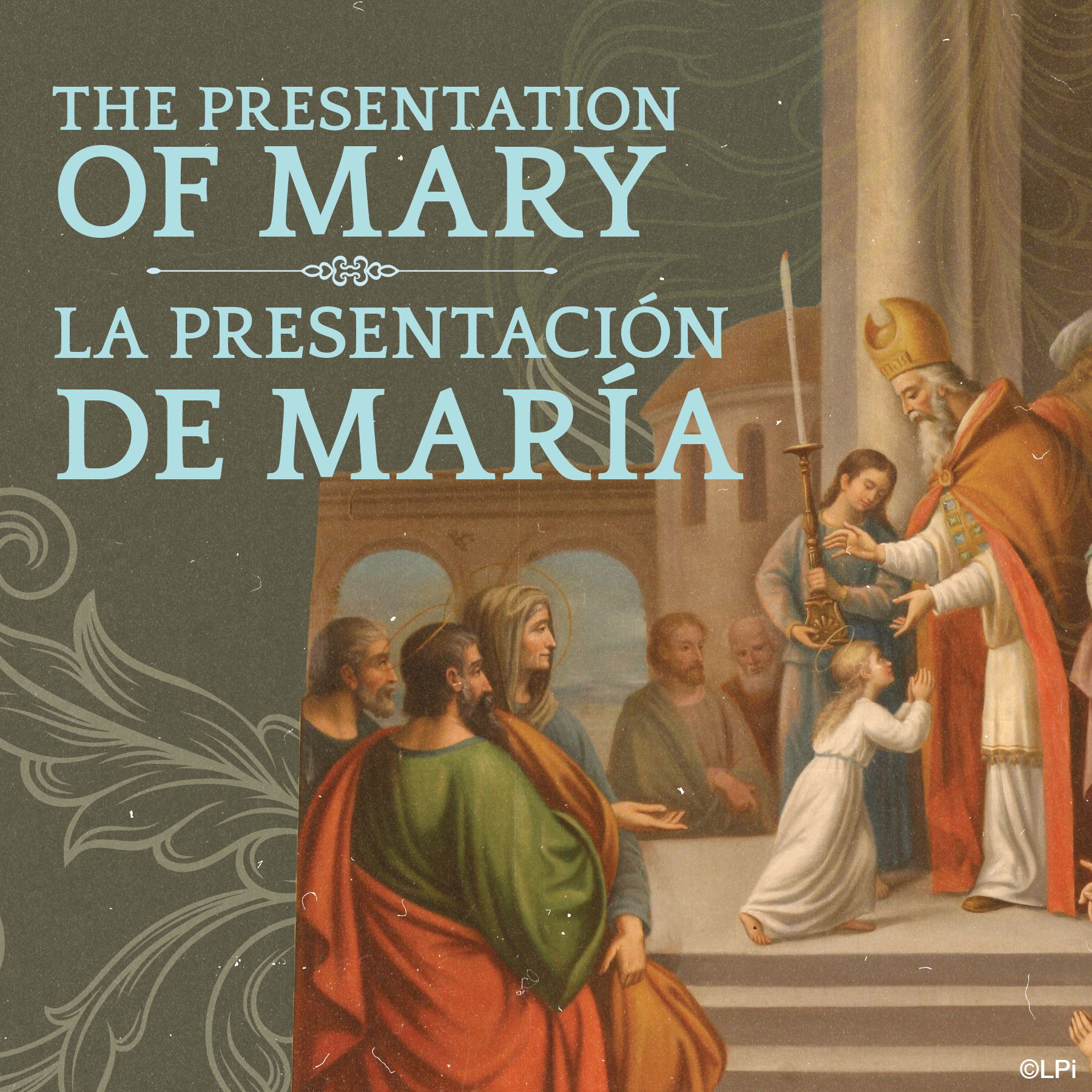


Saint Bernward - November 20
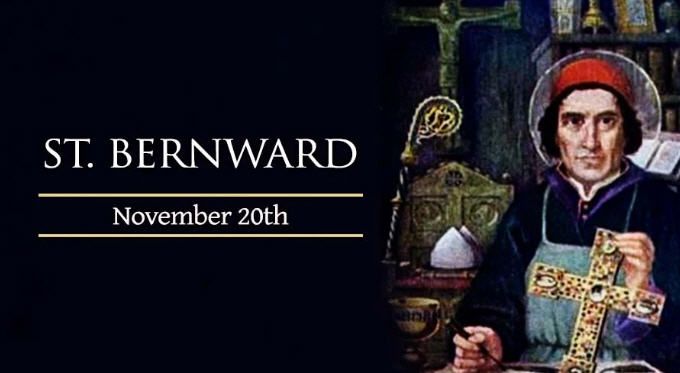
Saint Bernward served as the thirteenth Bishop of Hildesheim, Germany during the middle of the tenth century. His grandfather was Athelbero, Count Palatine of Saxony. After having lost his parents, Bernward was sent to live with his uncle Volkmar, who was the Bishop of Utrecht. His uncle enlisted the assistance of Thangmar, the pious and well-educated director of the cathedral school at Heidelberg, the help with Bernward's education.
Under the instruction of Thangmar, Bernward made rapid progress in Christian piety as well as in the sciences. He became very proficient in mathematics, painting, architecture, and particularly in the manufacture of ecclesiastical vessels and ornaments made of silver and gold.
Saint Bernward completed his studies at Mainz, where he was then ordained a priest. In lieu of being placed in the diocese of his uncle, Bishop Volkmar, he chose to remain near his grandfather, Athelbero, to comfort him in his old age. Upon his grandfather’s death in 987, he became chaplain in the imperial court, and the Empress-Regent Theophano quickly appointed him to be tutor of her son Otto III, who was only six years old at the time. Bernward remained at the imperial court until 993, when he was elected Bishop of Hildesheim.
A man of extraordinary piety, he was deeply devoted to prayer as well as the practice of mortification, and his knowledge and practice of the arts were employed generously in the service of the Church.
Shortly before his death in 1022, he was vested in the Benedictine habit. He was canonized by Pope Celestine III in 1193.


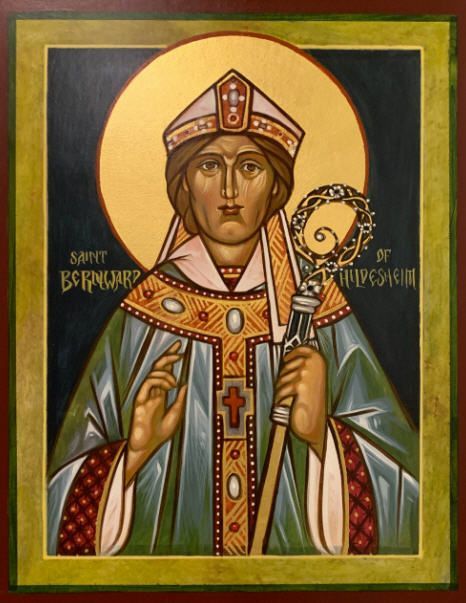
Saint Raphael Kalinowski - November 19
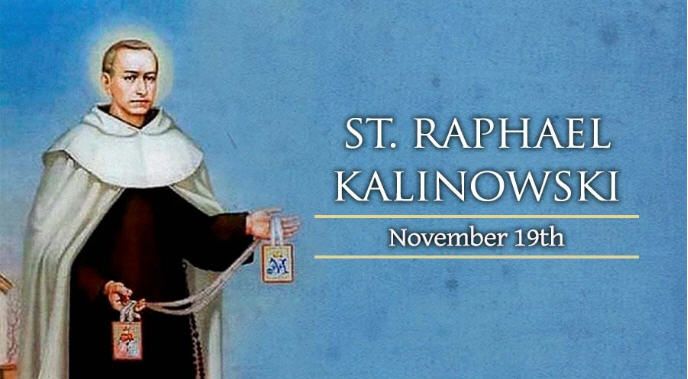
Saint Raphael was born in 1835 as Joseph, son of Andrew and Josepha Kalinowski in present day Lithuania. Saint Raphael felt a call to the priesthood early in his life, but decided to complete his education. He studied zoology, chemistry, agriculture, and apiculture at the Institute of Agronomy in Hory Horki, Russia, and at the Academy of Military Engineering in Saint Petersburg, Russia.
Saint Raphael became a Lieutenant in the Russian Military Engineering Corps in 1857. During his post he was responsible for the planning and supervised construction of the railway between Kursk and Odessa. He was promoted to captain in 1862 and stationed in Brest-Litovsk. In Bret-Litovsk he started, taught, and covered all the costs of a Sunday school, accepting anyone interested.
In 1863 he supported the Polish insurrection. He resigned from the Russian army and became the rebellion's minister of war for the Vilna region. He only took the commission with the understanding that he would never hand out a death sentence nor execute a prisoner. He was soon arrested by Russian authorities, and in June of 1864 he was condemned to death for his part in the revolt. Fearing they would be creating a political martyr, they commuted his sentence to ten years of forced labour in the Siberian salt mines. Part of his sentence was spent in Irkutsk, where his relics have been moved to sanctify the new cathedral.
Upon his release in 1873, he was exiled from his home region in Lithuania. He moved to Paris, France, and worked there as a tutor for three years. In 1877 he finally answered the long-heard call to the religious life, and joined the Carmelite Order at Graz, Austria, taking the name Raphael. He studied theology in Hungary and then joined the Carmelite house in Czama, Poland. He was ordained on January 15, 1882.
Saint Raphael worked to restore the Discalced Carmelites to Poland, and for church unity. He founded a convent at Wadowice, Poland in 1889, and worked alongside Blessed Alphonsus Mary Marurek. He was a noted spiritual director for both Catholics and Orthodox. He was considered an enthusiastic parish priest and spent countless hours with his parishioners in the confessional. Saint Raphael died in 1907 and was canonized by Pope John Paul II in 1991.
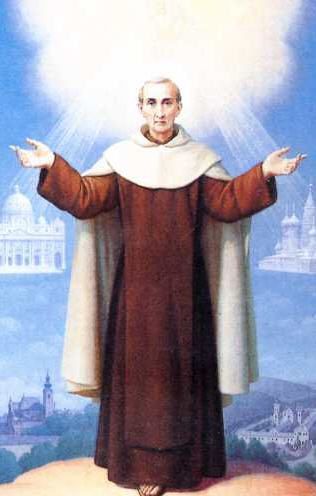
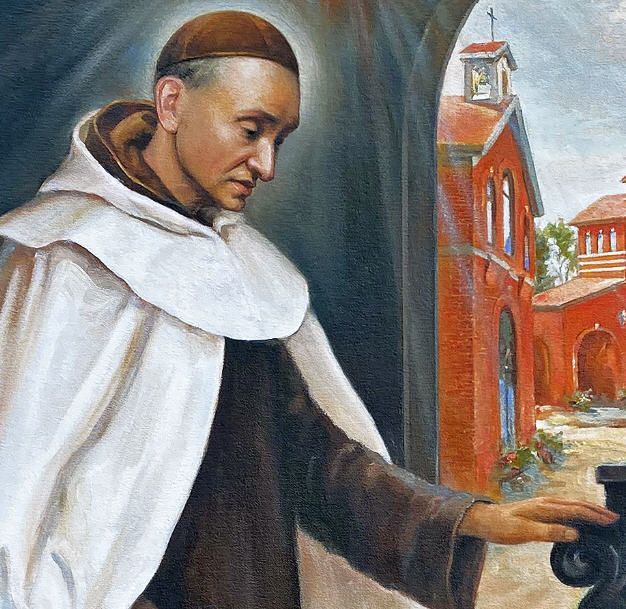
Saint Rose Philippine Duchesne - November 18
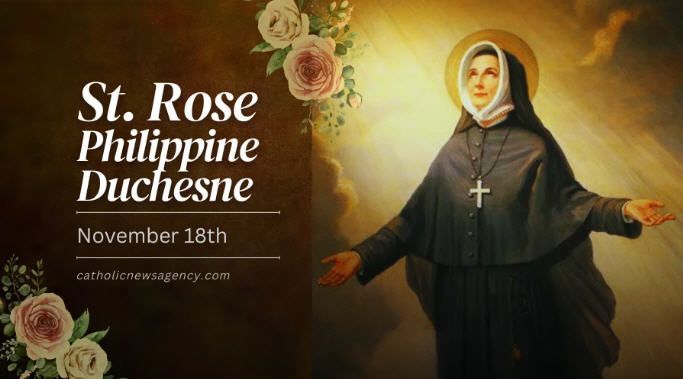
St. Rose was born into a family with wealth and political connections August 29, 1769 in Grenoble, France. Her father, Pierre Francois Duchesne, was a lawyer, businessman, and prominent civic leader in Grenoble, while her mother, Rose Perier, was a member of a leading family from the Dauphine region. From the young age of eight, St. Rose had a desire to evangelize in the Americas, sparked by hearing a Jesuit missionary speak of his work there. She received a basic education at home from tutors, and religious education from her mother.
Educated from age 12 at the convent of the Visitation nuns in Grenoble, Rose joined them in 1788 at age 19 without the permission or knowledge of her family. Initially they were violently opposed to her choice, but finally gave in.
In 1804 she joined the Society of the Sacred Heart, which sent her to the United States in 1818. From the convent and school she founded at St. Charles, Mo. -- later moved to Florissant, Mo. -- she traveled over a wide area, founding schools for girls, doing charitable work, and finally ministering to Native Americans.
St. Rose Duchesne was a valiant missionary and a well-known benefactress. She spent her last ten years in retirement in a tiny shack at the convent in Saint Charles, Missouri where she lived austerely and in constant prayer. She died on November 18, 1852 at Saint Charles, Missouri.
She was beatified on May 12, 1940 by Pope Pius XII, and canonized July 3, 1988 by Pope John Paul II. She is often referred to as "The Lady of Mercy," or " Woman Who Prays Always."
Patronage: Opposition of Church authorities, diocese of Springfield-Cape Girardeau Missouri.
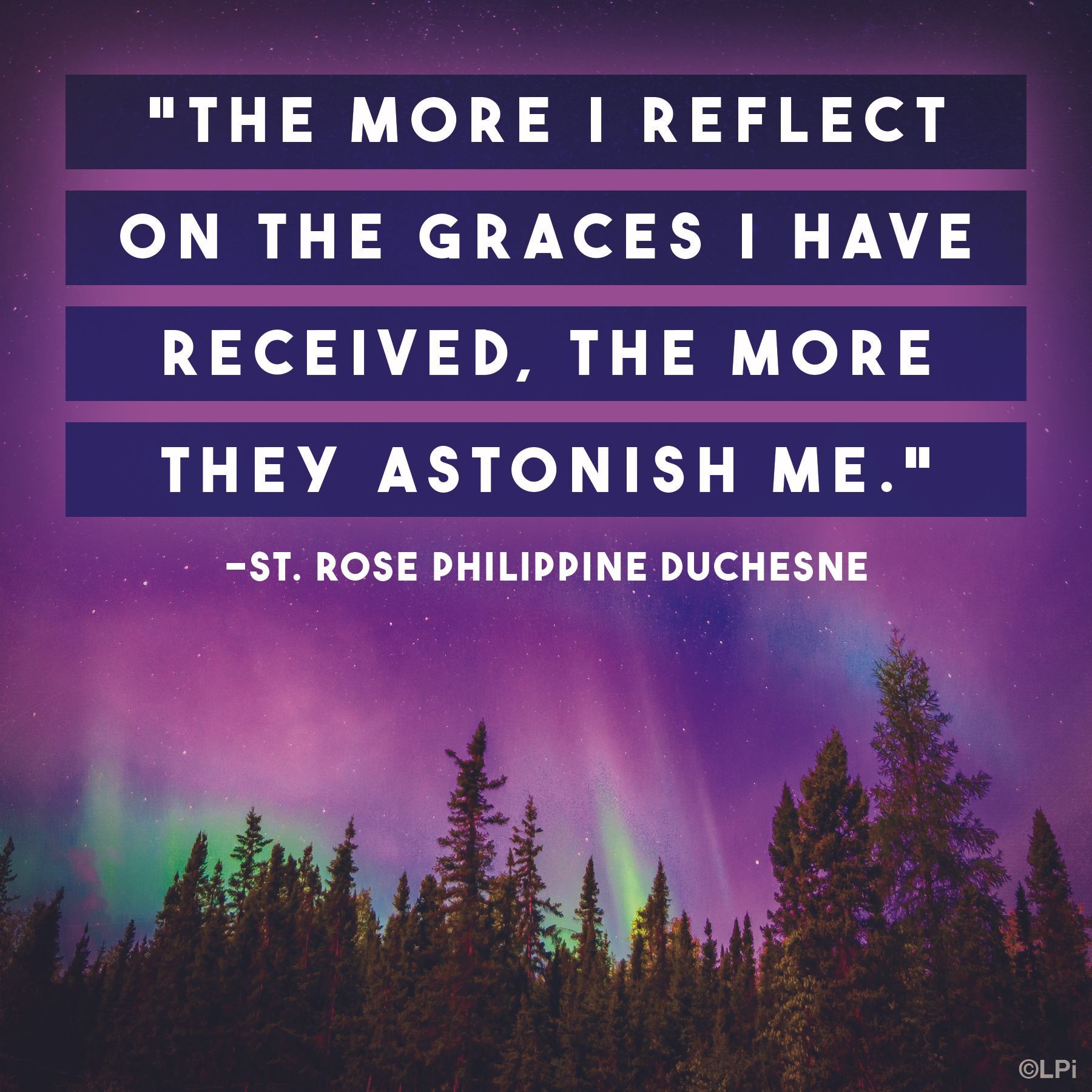
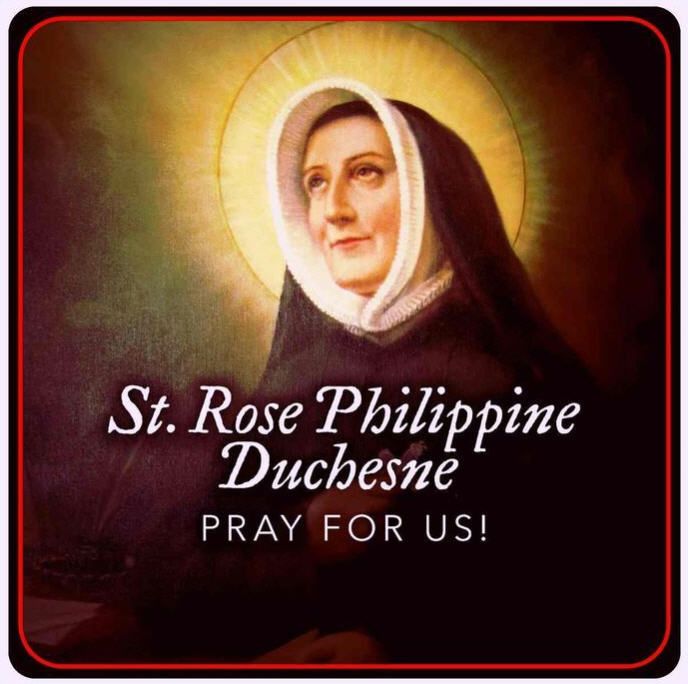
Dedication Of Basilicas of Saints Peter and Paul - November 18

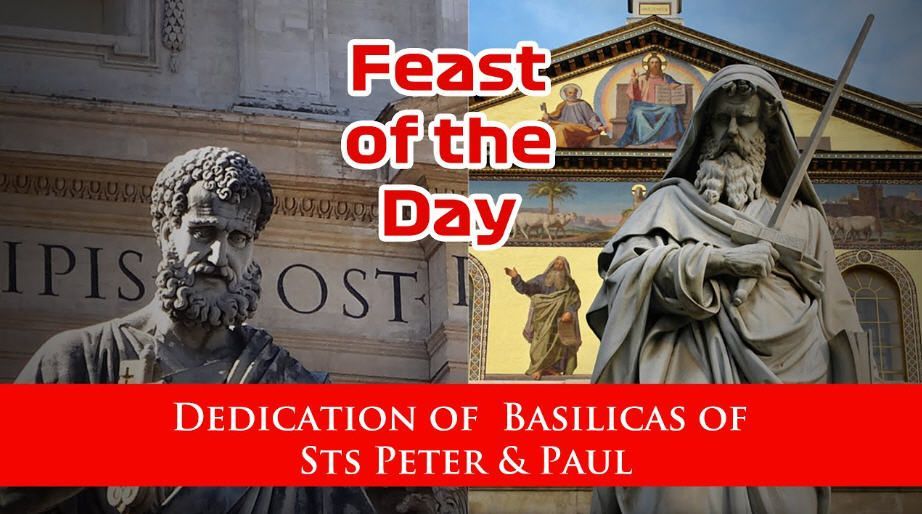
This feast celebrates the dedications of two of the four major basilicas of Rome.
Saint Peter’s Basilica was originally built in 323 by the emperor Constantine. The basilica was constructed over the tomb of Peter the Apostle, the Church’s first Pope. After standing for more than a thousand years, Pope Julius II ordered the building to be torn down due to structural concerns. The construction of the new church spanned over 200 years before its completion. It was dedicated on Nov. 18, 1626. It is considered the most famous church in Christendom.
Saint Paul´s Basilica is located outside the original walls of Rome. It was also originally built by the emperor Constantine though it was destroyed by fire in 1823. Donations from around the world made the reconstruction possible. Before the completion of Saint Peter´s Basilica, St Paul's was the largest church in Rome. The Basilica was built over St. Paul´s grave. Pope Pius IX consecrated the Basilica in 1854.
These two churches continue to draw millions of faithful pilgrims each year as well as many visitors from other faiths .
Saint Elizabeth of Hungary - November 17

On Nov. 17, the Catholic Church celebrates the life and example of St. Elizabeth of Hungary, a medieval noblewoman who responded to personal tragedy by embracing St. Francis' ideals of poverty and service. A patron of secular Franciscans, she is especially beloved to Germans, as well as the faithful of her native Hungary.As the daughter of the Hungarian King Andrew II, Elizabeth had the responsibilities of royalty thrust upon her almost as soon as her short life began in 1207. While she was still very young, Elizabeth's father arranged for her to be married to a German nobleman, Ludwig of Thuringia.
The plan forced Elizabeth to separate from her parents while still a child. Adding to this sorrow was the murder of Elizabeth's mother Gertrude in 1213, which history ascribes to a conflict between her own German people and the Hungarian nobles. Elizabeth took a solemn view of life and death from that point on, and found consolation in prayer. Both tendencies drew some ire from her royal peers.
For a time, beginning in 1221, she was happily married. Ludwig, who had advanced to become one of the rulers of Thuringia, supported Elizabeth's efforts to live out the principles of the Gospel even within the royal court. She met with friars of the nascent Franciscan order during its founder's own lifetime, resolving to use her position as queen to advance their mission of charity.
Remarkably, Ludwig agreed with his wife's resolution, and the politically powerful couple embraced a life of remarkable generosity toward the poor. They had three children, two of whom went on to live as as members of the nobility, although one of them –her only son– died relatively young. The third eventually entered religious life and became abbess of a German convent.
In 1226, while Ludwig was attending to political affairs in Italy, Elizabeth took charge of distributing aid to victims of disease and flooding that struck Thuringia. She took charge of caring for the afflicted, even when this required giving up the royal family's own clothes and goods. Elizabeth arranged for a hospital to be built, and is said to have provided for the needs of nearly a thousand desperately poor people on a daily basis.
The next year, however, would put Elizabeth's faith to the test. Her husband had promised to assist the Holy Roman Emperor Frederick II in the Sixth Crusade, but he died of illness en route to Jerusalem. Devastated by Ludwig's death, Elizabeth vowed never to remarry. Her children were sent away, and relatives heavily pressured her to break the vow.
Undeterred, Elizabeth used her remaining money to build another hospital, where she personally attended to the sick almost constantly. Sending away her servants, she joined the Third Order of St. Francis, seeking to emulate the example of its founder as closely as her responsibilities would allow. Near the end of her life, she lived in a small hut and spun her own clothes.
Working continually with the severely ill, Elizabeth became sick herself, dying of illness in November of 1231. After she died, miraculous healings soon began to occur at her grave near the hospital, and she was declared a saint only four years later.
Pope Benedict XVI has praised her as a “model for those in authority,” noting the continuity between her personal love for God, and her public work on behalf of the poor and sick.
Patronage: Bakers; beggars; brides; charitable societies; charitable workers; charities; countesses; death of children; exiles; falsely accused people; hoboes; homeless people; hospitals; in-law problems; lacemakers; lace workers; nursing homes; nursing services; people in exile; people ridiculed for their piety; Sisters of Mercy; tertiaries; Teutonic Knights; toothache; tramps; widows.
Representation: A queen distributing alms; woman wearing a crown and tending to beggars; woman wearing a crown, carrying a load of roses in her apron or mantle.

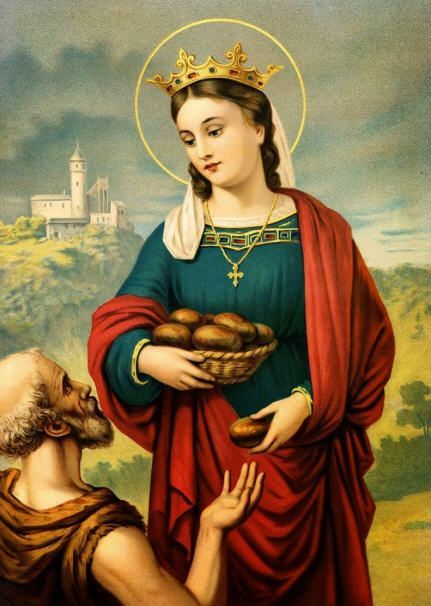


Saint Joseph Moscati - November 16

On November 16, the Church celebrates the feast of St. Joseph Moscati, the first modern medical doctor to be canonized. Born on July 25, 1880 in Benevento, Italy, he lived out the Gospel through his position as a teacher and physician. There are a number of stories of Dr. Moscati paying close attention to the state of his patient's soul as well as the body, sometimes even bringing the patient back to the sacraments. The Catholic understanding of body and soul clearly informed his understanding of illness and medicine. He saw Confession and Communion as the “first medicine.”He is quoted as once having said, “Remember that you have to deal not only with the bodies but also with the moaning souls coming to you.”
Dr. Moscati’s holiness and devotion wasn’t just limited to his practice. To help the poor, he often donated his medical services or paid for his patients' prescriptions.
St. Joseph Moscati also felt it was important to support priests and those in religious life with his prayers because, as he said: "They are easily forgotten by the living, since Christians often think that they do not need prayers."
He carried a Rosary in his pocket as a reminder throughout his day and as a way to draw him to Our Lady -- and through her, to Jesus -- when he needed to make important decisions.
St. Joseph Moscati died on April 12, 1927 of natural causes in his office between patient appointments. He was beatified on November 16, 1975 by Pope Paul VI and canonized on October 25, 1987 by Pope John Paul II. His body rests in Naples, Italy, in the Church of Gesu Nuovo.
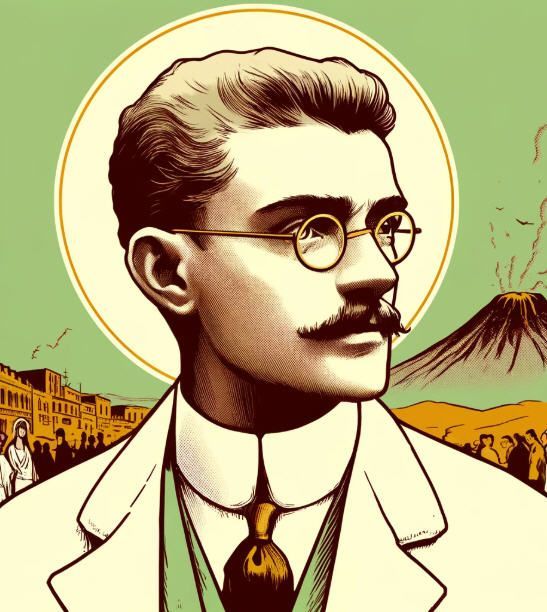
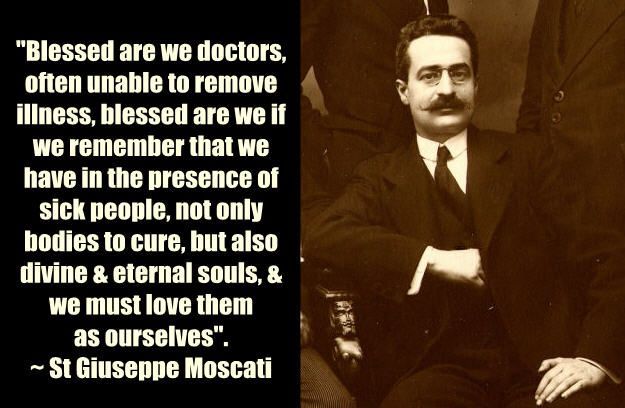
Saint Margaret of Scotland - November 16
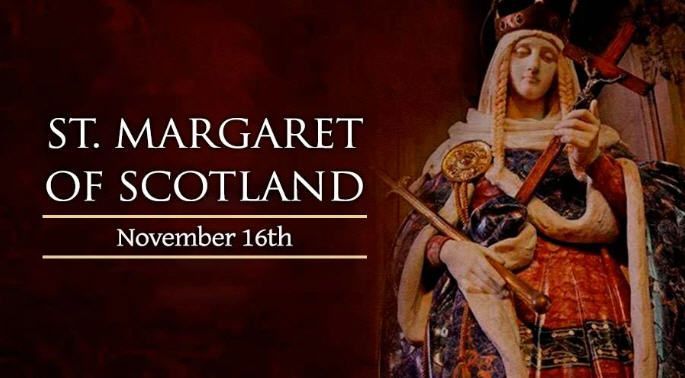
On November 16, the Church celebrates the feast day of St. Margaret, Queen of Scotland. Her feast day was originally June 10, but was moved to November 16, the day of her death, upon the renewal of the Church's Lirutgical calendar. Some continue to celebrate her feast on June 10, but many, including all of Scotland, celebrate her feast today.
Margaret was born into royalty in Hungary around 1045. Her father was Edward Atheling, heir to the English throne, and her mother was Princess Agatha of Hungary. Her family returned to England when she was 10 years old, but the Norman Conquest forced them into exile. By this time, her father had died, and her mother fled with the children. They boarded a ship which crashed onto the coast of Scotland, where they remained.
In 1070, at the age of 25, Margaret married the king of Scotland, Malcolm Canmore. As queen, Margaret's faith had a strong influence on her husband’s reign. She softened his temper and led him to practice virtue. She dignified the court, providing an example of purity and reverence that led others to follow in her path. She and the king prayed together and fed the hungry, offering a powerful witness of faith to the people they served.
In addition to being a model wife and mother, Margaret worked tirelessly to bring justice and relief to the poor of Scotland. She also built churches and encouraged practices of religious devotion. In her private life, she exhibited great prayerfulness and piety. Her influence was seen not only in her husband's life, but throughout all of Scotland.
Margaret died in 1093, just four days after her husband and one of her sons were killed in battle. She was canonized in 1250 by Pope Innocent IV and named patron of Scotland in 1673.
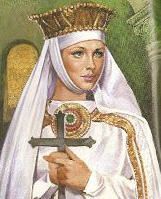
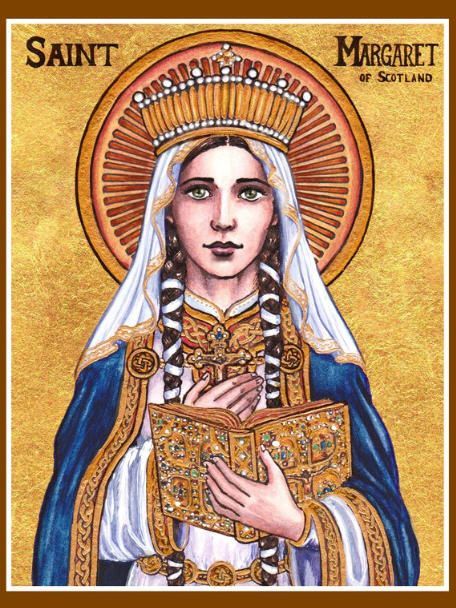

Saint Gertrude The Great - November 16
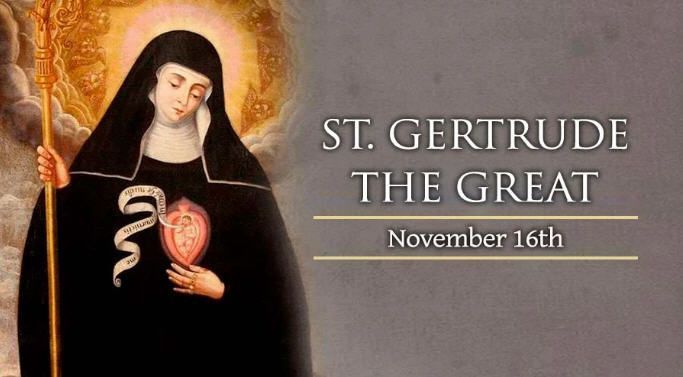
On Nov. 16, the Catholic Church celebrates the memory of a distinguished medieval nun and writer in the Benedictine monastic tradition, Saint Gertrude of Helfta, better known as “St. Gertrude the Great.”
One of the most esteemed woman saints of the Christian West, she was a notable early devotee of the Sacred Heart of Jesus.
“She was an exceptional woman, endowed with special natural talents and extraordinary gifts of grace, the most profound humility and ardent zeal for her neighbor's salvation,” Pope Benedict XVI said of St. Gertrude in an October 2010 general audience.
“She was in close communion with God both in contemplation and in her readiness to go to the help of those in need.”
Born in Germany on Jan. 6, 1256, Gertrude was sent at age 5 to a monastery in Helfta, to receive her education and religious formation. Under the leadership of the abbess Gertrude of Hackeborn, the monastery was highly regarded for its spiritual and intellectual vitality. The young Gertrude’s teacher, later canonized in her own right, was the abbess’ sister Saint Matilda of Hackeborn.
A gifted student with a great thirst for knowledge, Gertrude excelled in her study of the arts and sciences of her day, while living according to her community’s strict practice of the Rule of Saint Benedict. By her own account, however, something seems to have been lacking in Gertrude’s personal devotion, which suffered due to her overemphasis of intellectual and cultural pursuits.
A change in her priorities began near the end of the year 1280, in the season of Advent. Gertrude was 24 and had greatly distinguished herself in many fields of study. But her accomplishments began to seem meaningless, as she considered the true meaning and goal of her monastic vocation. Anxious and depressed, Gertrude felt she had built a “tower of vanity and curiosity” rather than seeking to love God above all things and live in union with him.
In January of the following year, she experienced a vision of Christ, hearing him declare: “I have come to comfort you and bring you salvation.” During 1281, her priorities shifted dramatically, away from secular knowledge and toward the study of Scripture and theology. Gertrude devoted herself strongly to personal prayer and meditation, and began writing spiritual treatises for the benefit of her monastic sisters.
Understanding the love of Christ as the supreme and fundamental reality, Gertrude communicated this truth in her writings and strove to live in accordance with it. Though acutely aware of her own persistent faults, she also came to understand the depths of God’s mercy. She accepted the illness and pain of her final years in a spirit of personal sacrifice, while recalling the goodness of God that had transformed her life.
St. Gertrude the Great died on Nov. 16, though it is not known whether this was in the year 1301 or 1302. While some of her written works were lost, others survive: “The Herald of Divine Love,” “The Life and Revelations,” and St. Gertrude’s “Spiritual Exercises.”
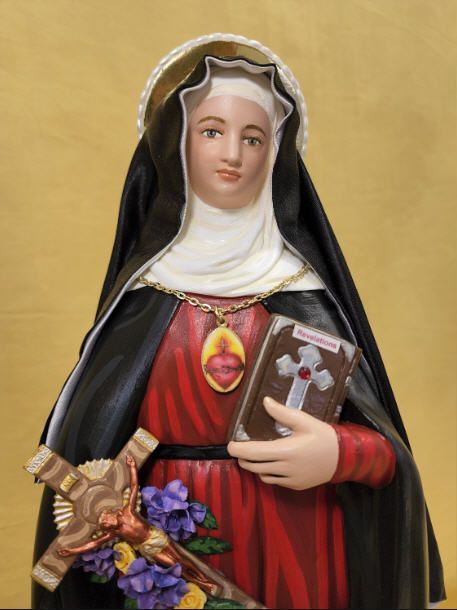
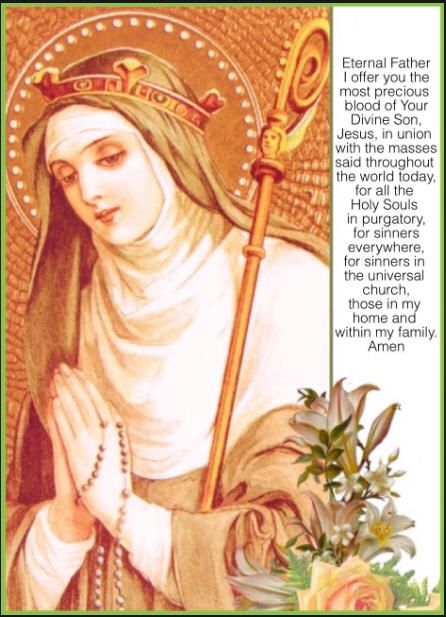
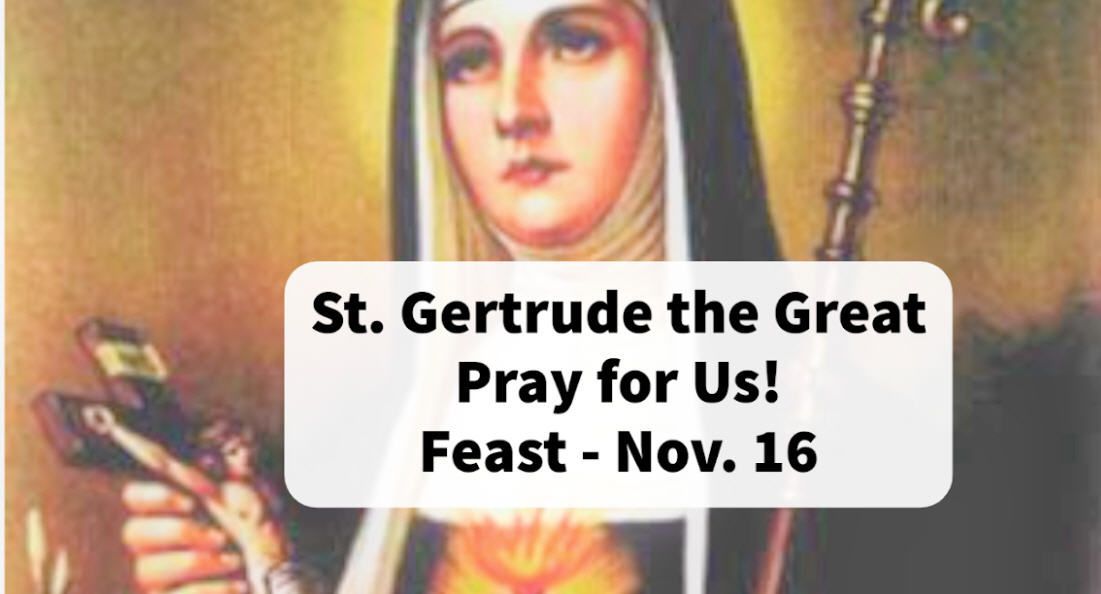
Saint Albert The Great - November 15

St. Albert the Great is a Doctor of the Church and the patron saint of scientists. The native German joined the newly formed Order of Preachers (Dominicans) in the early 13th century. He earned a doctorate from the University of Paris and taught theology there and in Cologne, Germany.
Albert became known as “Great” because of his intellectual abilities; he was a respected philosopher, scientist, theologian and teacher, and was well-versed in Arabic culture. One of his students, who later became a great friend and built upon his Scholastic method, was Thomas Aquinas.
He died Nov. 15, 1280.

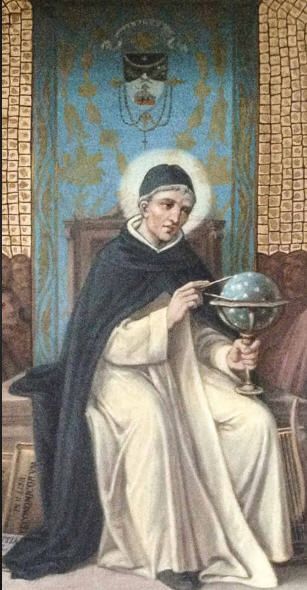
Blessed John Licci - November 14
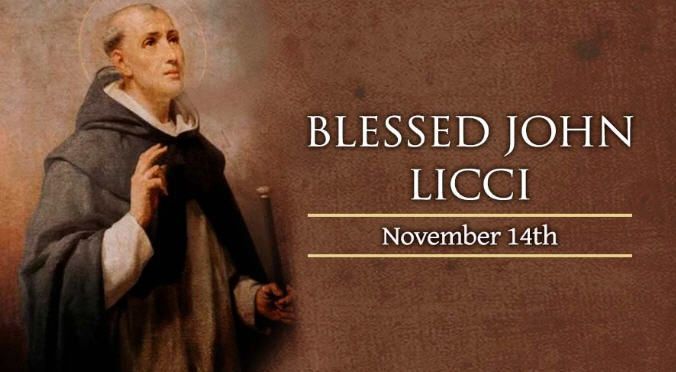
John Licci is one of the longest living holy men of the Church. His 111 years on this earth in a small town near Palermo, Sicily, were filled with many miracles. His mother died during childbirth, and his father was a poor peasant who had to work the fields, and so was forced to leave John alone as an infant.
One day, a neighbor took the crying baby to her home to feed him. She laid the infant on the bed next to her paralyzed husband, and he was instantly cured.
After receiving the suggestion of Blessed Peter Geremia to enter religious life, John joined the Dominicans in 1415. He wore the habit for 96 years which is the longest known period for any religious.
He was ordained a priest and founded the convent of Saint Zita in his hometown, Caccamo. The entire construction of the convent is a story of miracles, from the location of the site to the very last wooden beam set in place. For example, one day when the workers ran out of materials, a large ox-drawn wagon filled with what they needed arrived at the building site. When roofbeams were cut too short, John would pray over them and they would stretch. There were also days when John miraculously multiplied bread and wine to feed the workers.
When John and two other Dominicans were attacked by bandits on the road, one of the bandits tried to stab John, but his hand withered and became paralyzed. The gang let the brothers go, then decided to ask for their forgiveness. John made the Sign of the Cross over them and the thief's hand was healed.
His blessings also caused the breadbox of a neighboring widow to stay miraculously full, feeding her and her six children. He prevented disease from coming to the cattle of his parishioners, and cured three people whose heads had been crushed in accidents. Consequently, he is the patron saint of head injuries.
John was born in 1400 and died in 1511 of natural causes.
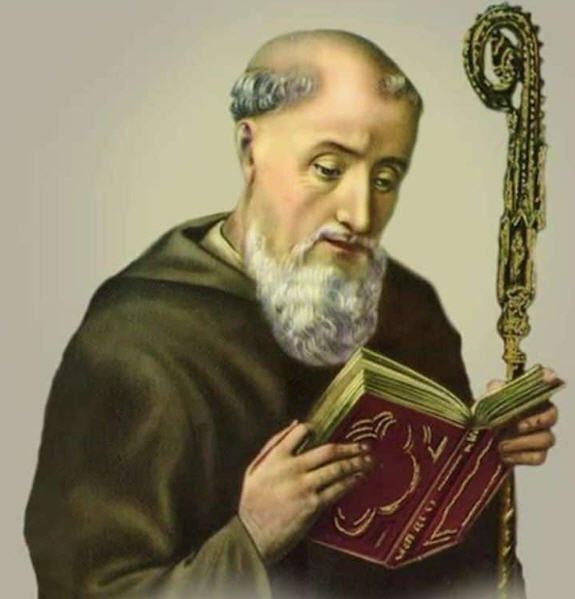
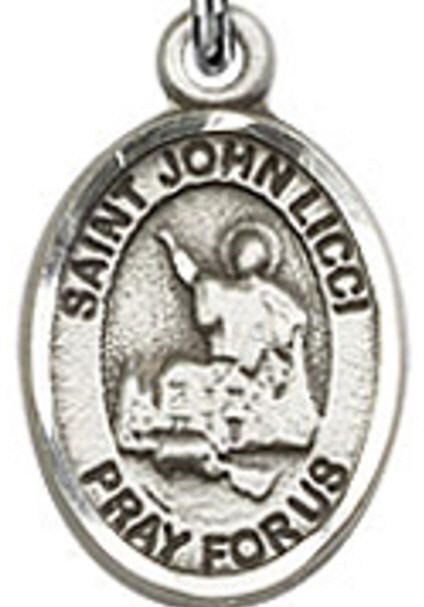
Saint Lawrence O'Toole - November 14
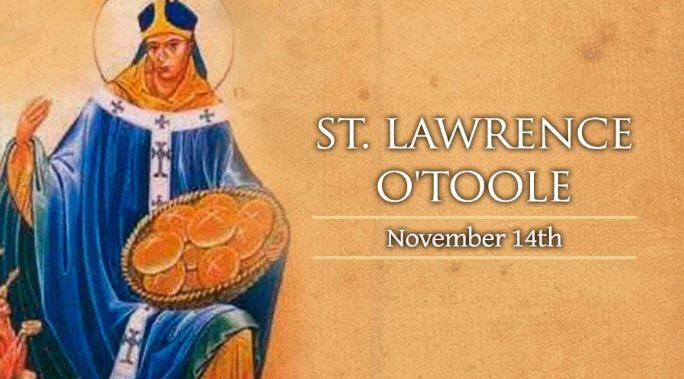
St. Lawrence O'Toole was born around 1128 in County Kildare, Ireland. His father was the chief of Hy Murray, and his mother one of the Clan O'Byrne. At the age of 10, Lawrence was given up as a hostage to King Mac Murehad of Leinster, who treated him with such inhumanity that his father obliged the King to turn him over to the Bishop of Glendalough.
St. Lawrence grew to be such a model of virtue, that at the young age of 25 he was chosen to replace the Bishop as abbot upon the Bishop’s death. He governed his community with virtue and prudence, and was unanimously chosen to fill the new See of Dublin in 1161.
In 1171, St. Lawrence visited King Henry II of England to handle affairs of his diocese. While approaching the altar to officiate at Mass, the Archbishop was violently attacked by a maniac. Everyone present thought he was mortally wounded, but Saint Lawrence came to, asked for some water, blessed it and applied it to his wound. The bleeding immediately stopped and the Archbishop continued to celebrate Mass.
St. Lawrence was most widely known for his piety, charity, and prudence, and was respected as a negotiator.
He died on November 14, 1180, at Eu in Normandy. He was canonized in 1225 by Honorius III.
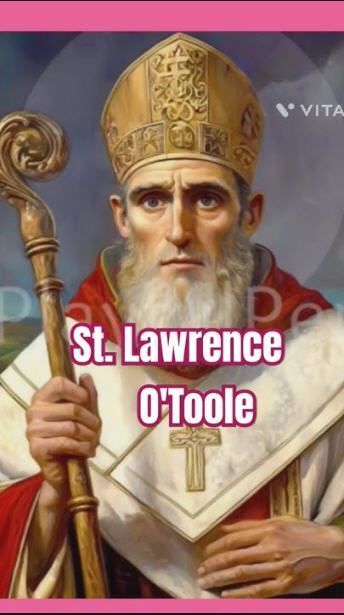
Saint Frances Xavier Cabrini - November 13

On November 13, the universal Church honors St. Frances Xavier Cabrini, an Italian missionary who spent much of her life working with Italian immigrants in the United States. Mother Cabrini, who had a deathly fear of water and drowning, crossed the Atlantic Ocean more than 30 times in service of the Church and the people she was serving.
St. Frances Cabrini, from a young age, longed to be a missionary in China, but God had other plans for her. Orphaned in Italy before she was 18, she joined the Sisters of the Sacred Heart and took on the name “Xavier” in honor of St. Francis Xavier, the great missionary to the Orient.
At the advice of Pope Leo XIII, who told her “Not to the East, but to the West,” she focused her missionary efforts on the United States. Accepting Archbishop Corrigan of New York's invitation, she came to America and spent nearly 30 years traveling back and forth across the Atlantic Ocean as well as around the United States setting up orphanages, hospitals, convents, and schools for the often marginalized Italian immigrants.
Eventually, St. Frances became a naturalized U.S. citizen. She died in 1917 and was canonized in 1946, just before a new wave of immigrants began to arrive in the U.S.
St. Frances Cabrini is the patron of immigrants.
St. Frances Xavier Cabrini | November 13
Short Bio
St. Frances Xavier Cabrini (1850 –1917) dreamed of being a missionary. She first served Italian immigrant populations, from New York to Chicago, and across the U.S. She is the first United States citizen to be canonized and is the Universal Patron of Immigrants.
Biography
St. Frances Xavier Cabrini (July 15, 1850 – December 22, 1917) was born in the village of Sant'Angelo Lodigiano, Italy. Young Frances dreamed of being a missionary. She was educated to be a teacher by the Daughters of the Sacred Heart, but was refused entry to the order due to her poor health. Instead, she worked as a teacher and administrator at an orphanage in Cadogno, Italy, run by the Sisters of Providence. In September 1877, she made her vows there and took the religious habit, adding Xavier to her name in honor of St. Francis Xavier.
When the orphanage closed in 1880, she founded the Institute of the Missionary Sisters of the Sacred Heart of Jesus. In 1887, St. Frances Xavier Cabrini sought an audience with Pope Leo XIII, to seek permission to go as missionaries to China. He famously told her to go “not to the East, but to the West,” and in 1889 she and six other sisters departed for New York, to serve Italian immigrants in the United States. However, anti-Italian and anti-immigrant attitudes were prevalent at the time, even in the Church. When she arrived, the archbishop advised her to go back to Italy. Undeterred, she provided education and healthcare within the Italian Catholic immigrant community.
At first, St. Frances Xavier Cabrini followed and served Italian immigrant populations, from New York to Chicago, and across the U.S., becoming a U.S. Citizen in 1909. Eventually she also founded institutions in Central and South America and Europe. Overall, she established 67 schools, hospitals, and orphanages. She was also known for her deep spirituality, often entering a trancelike state during the Exposition of the Blessed Sacrament.
She died in her own Columbus Hospital in Chicago, Illinois. She was canonized in 1946 by Pope Pius XII, the first United States citizen to be canonized. She is the Universal Patron of Immigrants. St. Frances Xavier Cabrini, Pray for us!

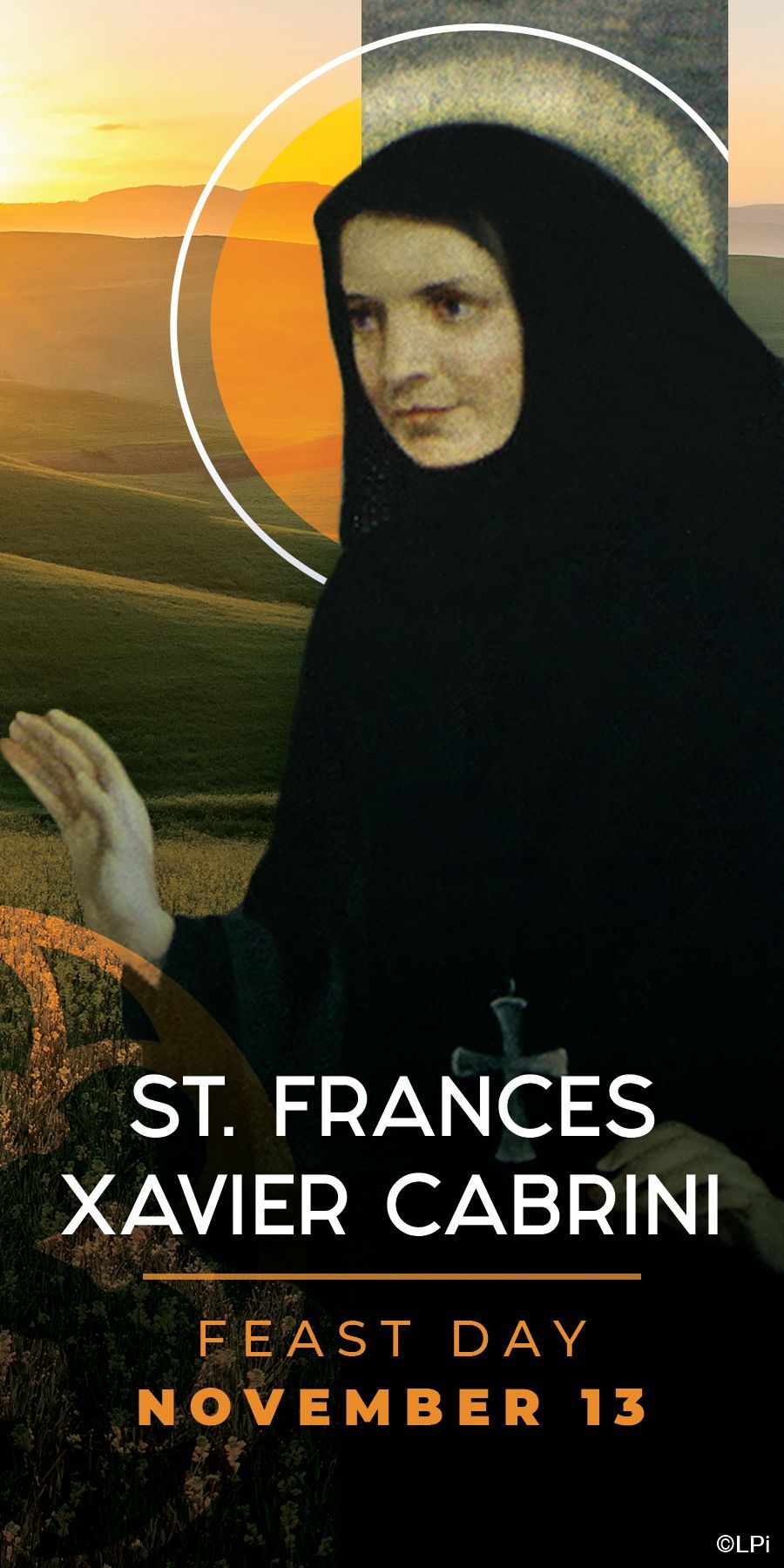

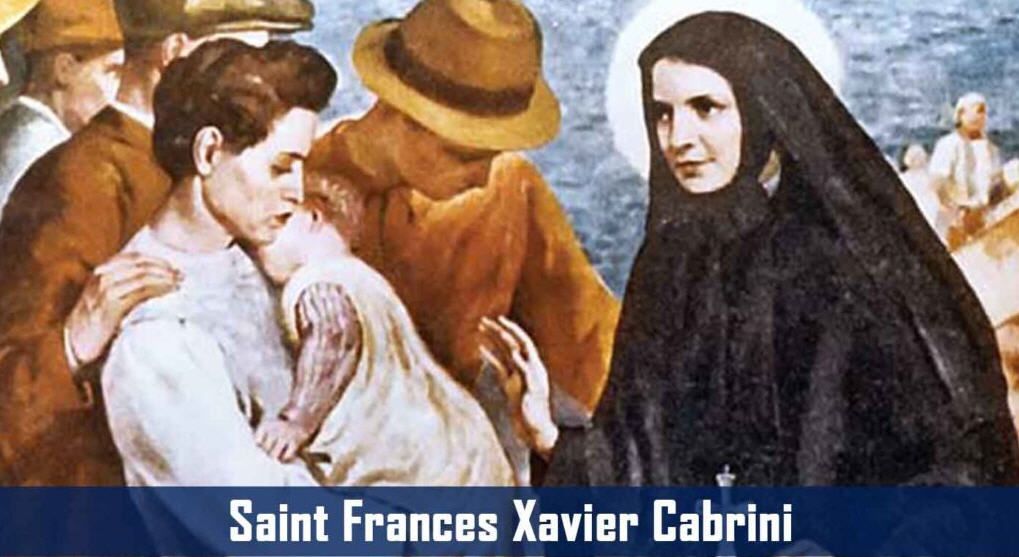
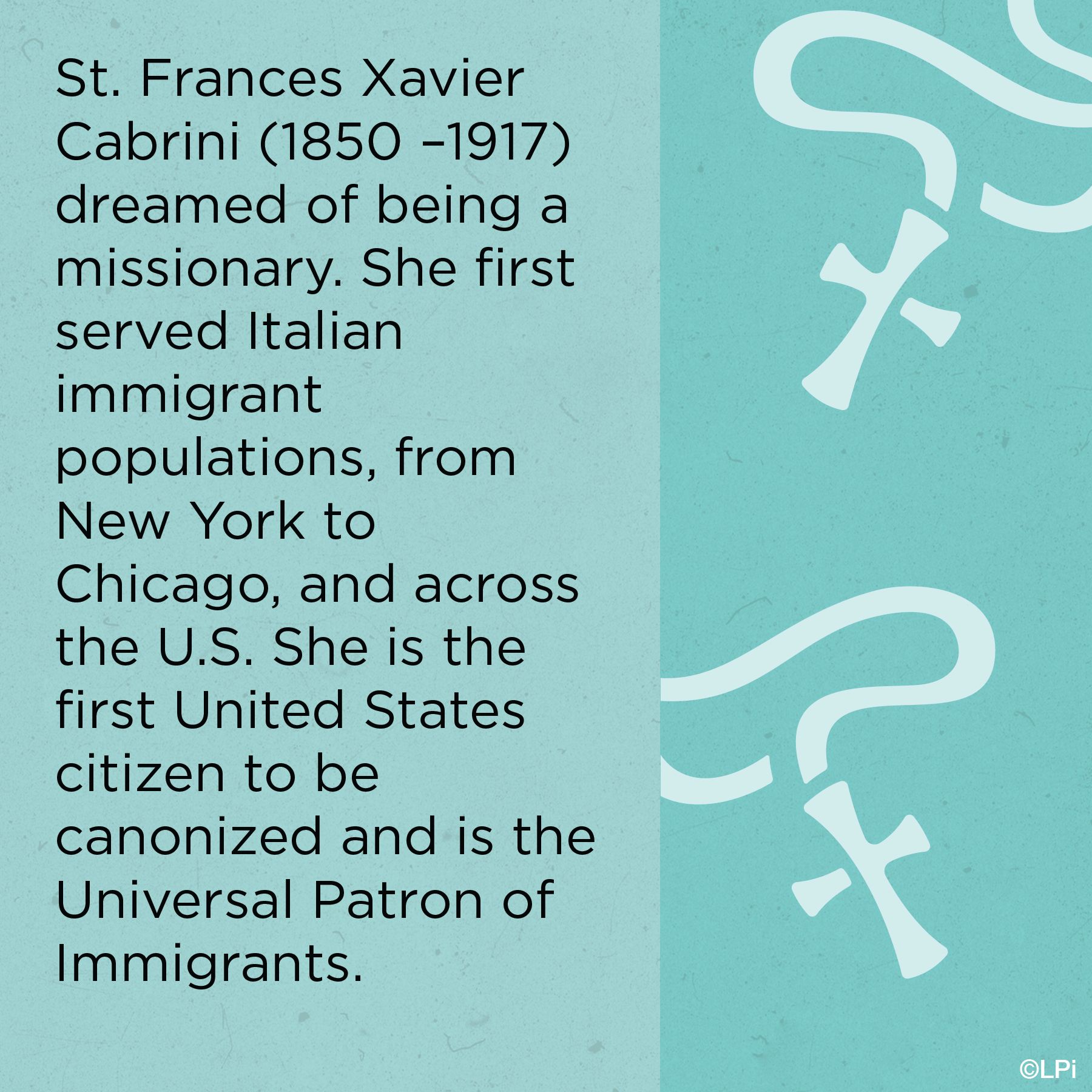
Saint Josaphat Kuntsevych - November 12
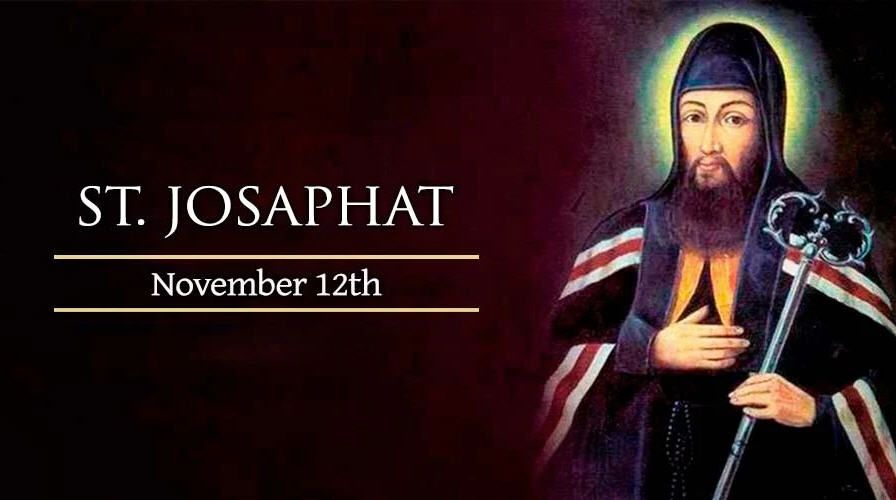
Today, on the day of his martyrdom, Nov. 12, Roman Catholics and some Eastern Catholics remember St. Josaphat Kuntsevych, a bishop and monk whose example of faith inspired many Eastern Orthodox Christians to return to full communion with the Holy See.
Other Eastern Catholics, including the Ukrainian Catholic Church, celebrate St. Josaphat's feast day on Nov. 25.
Born in 1580 in the western Ukrainian region of Volhynia, John Kuntsevych did not become “Josaphat” until his later life as a monk. He also was not initially a full member of the Catholic Church, born to Orthodox Christian parents whose church had fallen out of communion with the Pope.
Although the Eastern churches began to separate from the Holy See in 1054, a union had existed for a period of time after the 15th century Ecumenical Council of Florence. But social, political and theological disputes caused the union to begin dissolving even before the Turkish conquest of Byzantium in 1453. By John’s time, many Slavic Orthodox Christians had become strongly anti-Catholic.
During this time, Latin missionaries attempted to achieve reunion with the individual eastern patriarchs. The approach was risky, sometimes politicizing the faith and leading to further divisions. But it did yield some notable successes, including the reunion of John’s own Ruthenian Church in the 1596 Union of Brest.
John was trained as a merchant’s apprentice and could have opted for marriage. But he felt drawn to the rigors and spiritual depth of traditional Byzantine monasticism. Taking the monastic name of Josaphat, he entered a Ukrainian monastery in 1604.
The young monk was taking on an ambitious task, striving to re-incorporate the Eastern Orthodox tradition with the authority of the Catholic Church in the era of its “Counter-reformation.” Soon, as a priest, subsequently an archbishop, and ultimately a martyr, he would live and die for the union of the churches.
While rejecting the anti-Western sentiments of many of his countrymen, Josaphat also resisted any attempt to compromise the Eastern Catholic churches’ own traditions. Recognizing the urgent pastoral needs of the people, he produced catechisms and works of apologetics, while implementing long overdue reforms of the clergy and attending to the needs of the poor.
Josaphat’s exemplary life and zeal for the care of souls won the trust of many Orthodox Christians, who saw the value of the churches’ union reflected in the archbishop‘s life and works. Nevertheless, his mission was essentially controversial, and others were led to believe lurid stories and malicious suggestions made about him. In 1620, opponents arranged for the consecration of a rival archbishop.
As tensions between supporters and opponents began to escalate, Josaphat lamented the onset of attacks that would lead to his death. “You people of Vitebsk want to put me to death,” he protested. “You make ambushes for me everywhere, in the streets, on the bridges, on the highways, and in the marketplace. I am here among you as a shepherd, and you ought to know that I would be happy to give my life for you.”
He finally did so, on a fall day in 1623. An Orthodox priest had been shouting insults outside the archbishop’s residence, and trying to force his way inside. Josaphat had him removed, but the man assembled a mob in the town. They arrived and demanded the archbishop’s life, threatening his companions and servants. Unable to escape, Josaphat died praying for the men who shot and then beheaded him before dumping his body in a river.
St. Josaphat’s body was discovered incorrupt, five years later. Remarkably, the saint’s onetime rival - the Orthodox Archbishop Meletius - was reconciled with the Catholic Church in later years. St. Josaphat was canonized in 1867.
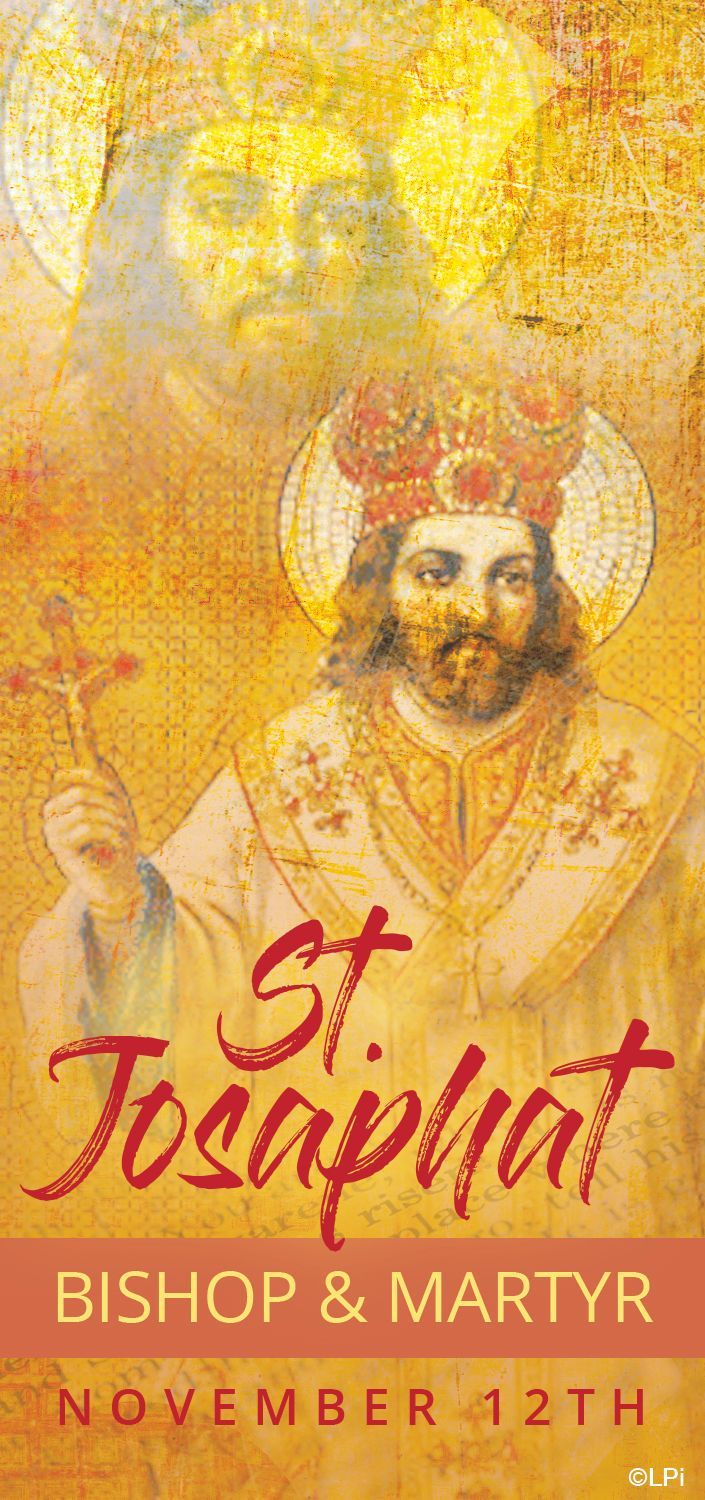
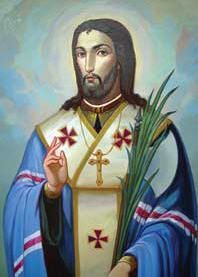
Saint Martin of Tours - November 11

On Nov. 11, the Catholic Church honors St. Martin of Tours, who left his post in the Roman army to become a “soldier of Christ” as a monk and later bishop.
Martin was born around the year 316 in modern-day Hungary. His family left that region for Italy when his father, a military official of the Roman Empire, had to transfer there. Martin's parents were pagans, but he felt an attraction to the Catholic faith which had become legal throughout the empire in 313. He received religious instruction at age 10, and even considered becoming a hermit in the desert.
Circumstances, however, forced him to join the Roman army at age 15, when he had not even received baptism. Martin strove to live a humble and upright life in the military, giving away much of his pay to the poor. His generosity led to a life-changing incident, when he encountered a man freezing without warm clothing near a gate at the city of Amiens in Gaul.
As his fellow soldiers passed by the man, Martin stopped and cut his own cloak into two halves with his sword, giving one half to the freezing beggar. That night, the unbaptized soldier saw Christ in a dream, wearing the half-cloak he had given to the poor man. Jesus declared: “Martin, a catechumen, has clothed me with this garment.”
Martin knew that the time for him to join the Church had arrived. He remained in the army for two years after his baptism, but desired to give his life to God more fully that the profession would allow. But when he finally asked for permission to leave the Roman army, during an invasion by the Germans, Martin was accused of cowardice.
He responded by offering to stand before the enemy forces unarmed. “In the name of the Lord Jesus, and protected not by a helmet and buckler, but by the sign of the cross, I will thrust myself into the thickest squadrons of the enemy without fear.” But this display of faith became unnecessary when the Germans sought peace instead, and Martin received his discharge.
After living as a Catholic for some time, Martin traveled to meet Bishop Hilary of Poitiers, a skilled theologian and later canonized saint. Martin's dedication to the faith impressed the bishop, who asked the former soldier to return to his diocese after he had undertaken a journey back to Hungary to visit his parents. While there, Martin persuaded his mother, though not his father, to join the Church.
In the meantime, however, Hilary had provoked the anger of the Arians, a group that denied Jesus was God. This resulted in the bishop's banishment, so that Martin could not return to his diocese as intended. Instead Martin spent some time living a life of severe asceticism, which almost resulted in his death. The two met up again in 360, when Hilary's banishment from Poitiers ended.
After their reunion Hilary granted Martin a piece of land to build what may have been the first monastery in the region of Gaul. During the resulting decade as a monk, Martin became renowned for raising two people from the dead through his prayers. This evidence of his holiness led to his appointment as the third Bishop of Tours in the middle of present-day France.
Martin had not wanted to become a bishop, and had actually been tricked into leaving his monastery in the first place by those who wanted him the lead the local church. Once appointed, he continued to live as a monk, dressing plainly and owning no personal possessions. In this same spirit of sacrifice, he traveled throughout his diocese, from which he is said to have driven out pagan practices.
Both the Church and the Roman Empire passed through a time of upheaval during Martin's time as bishop. Priscillianism, a heresy involving salvation through a system of secret knowledge, caused such serious problems in Spain and Gaul that civil authorities sentenced the heretics to death. But Martin, along with the Pope and St. Ambrose of Milan, opposed this death sentence for the Priscillianists.
Even in old age, Martin continued to live an austere life focused on the care of souls. His disciple and biographer, St. Sulpicius Severus, noted that the bishop helped all people with their moral, intellectual and spiritual problems. He also helped many laypersons discover their calling to the consecrated life of poverty, chastity and obedience.
Martin foresaw his own death and told his disciples of it. But when his last illness came upon him during a pastoral journey, the bishop felt uncertain about leaving his people.
“Lord, if I am still necessary to thy people, I refuse no labour. Thy holy will be done,” he prayed. He developed a fever, but did not sleep, passing his last several nights in the presence of God in prayer.
“Allow me, my brethren, to look rather towards heaven than upon the earth, that my soul may be directed to take its flight to the Lord to whom it is going,” he told his followers, shortly before he died in November of 397.
St. Martin of Tours has historically been among the most beloved saints in the history of Europe. In a 2007 Angelus address, Pope Benedict XVI expressed his hope “that all Christians may be like St Martin, generous witnesses of the Gospel of love and tireless builders of jointly responsible sharing.”
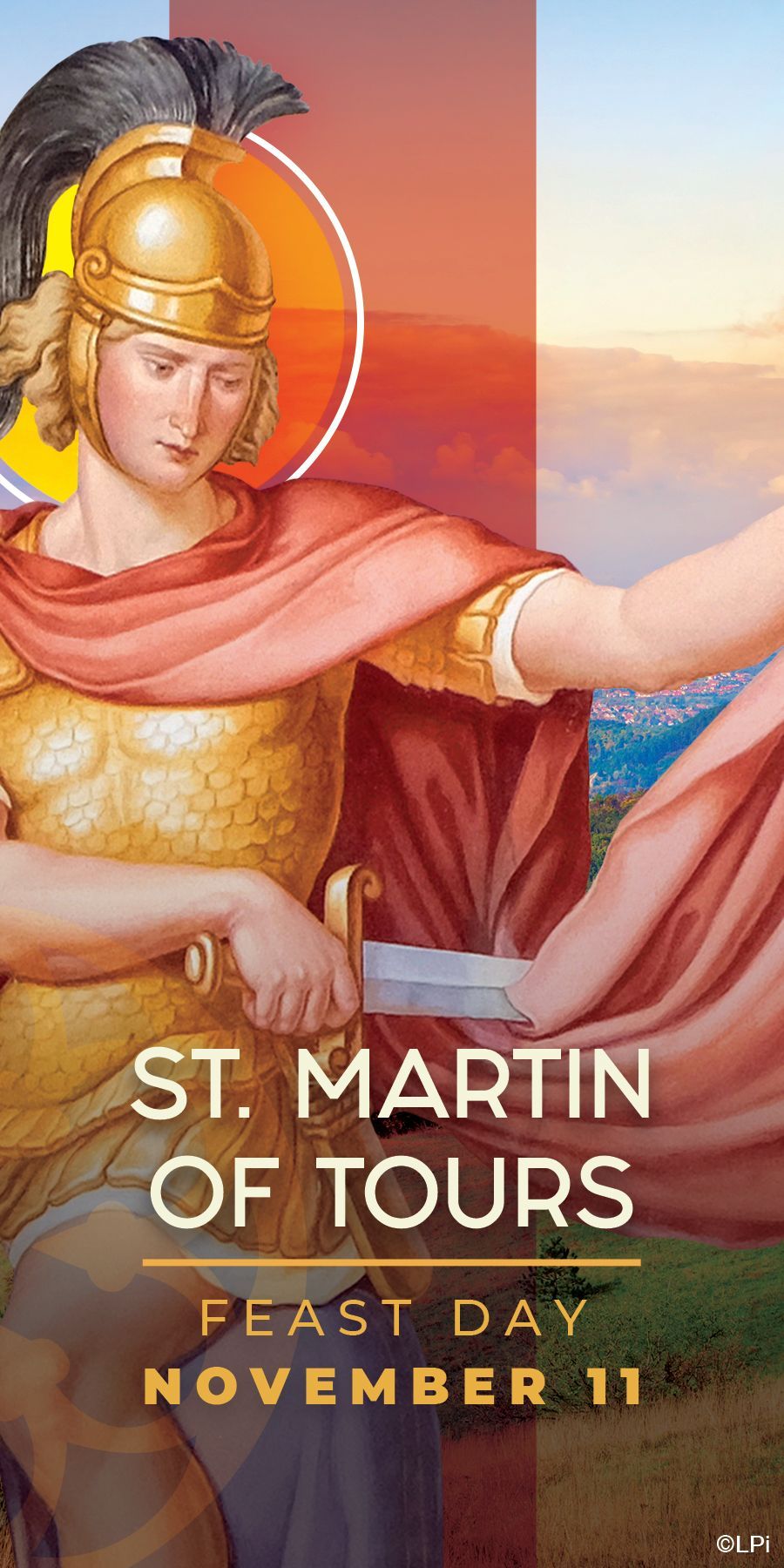
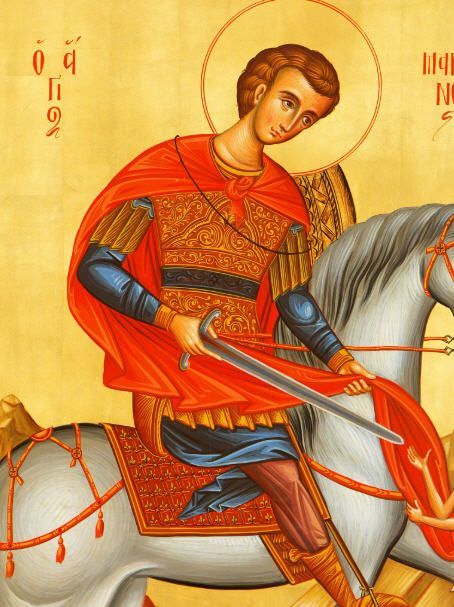
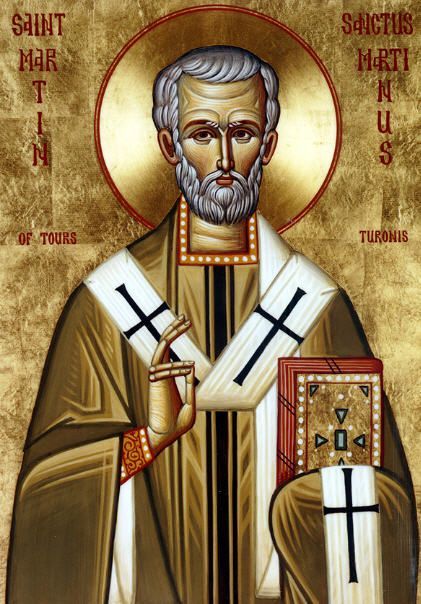
Pope Saint Leo The Great - November 10
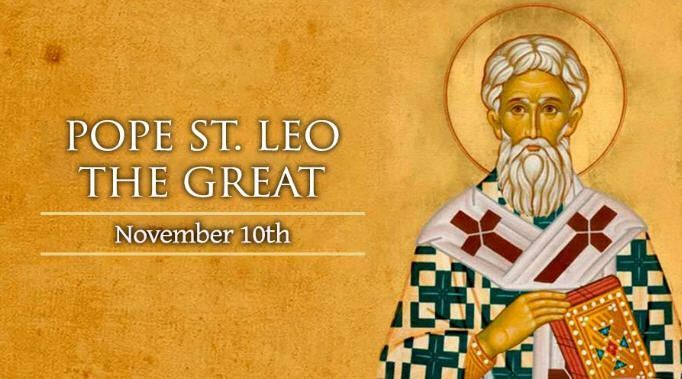
Nov. 10 is the Roman Catholic Church’s liturgical memorial of the fifth-century Pope Saint Leo I, known as “St. Leo the Great,” whose involvement in the fourth ecumenical council helped prevent the spread of error on Christ's divine and human natures.
St. Leo intervened for the safety of the Church in the West as well, persuading Attila the Hun to turn back from Rome.
Eastern Catholics and Eastern Orthodox Christians also maintain a devotion to the memory of Pope St. Leo the Great. Churches of the Byzantine tradition celebrate his feast day on Feb. 18.
“As the nickname soon attributed to him by tradition suggests,” Pope Benedict XVI said in a 2008 general audience on the saint, “he was truly one of the greatest pontiffs to have honoured the Roman See and made a very important contribution to strengthening its authority and prestige.”
Leo’s origins are obscure and his date of birth unknown. His ancestors are said to have come from Tuscany, though the future pope may have been born in that region or in Rome itself. He became a deacon in Rome in approximately 430, during the pontificate of Pope Celestine I.
During this time, central authority was beginning to decline in the Western portion of the Roman Empire. At some point between 432 and 440, during the reign of Pope St. Celestine’s successor Pope Sixtus III, the Roman Emperor Valentinian III commissioned Leo to travel to the region of Gaul and settle a dispute between military and civil officials.
Pope Sixtus III died in 440 and, like his predecessor Celestine, was canonized as a saint. Leo, away on his diplomatic mission at the time of the Pope’s death, was chosen to be the next Bishop of Rome. Reigning for over two decades, he sought to preserve the unity of the Church in its profession of faith, and to ensure the safety of his people against frequent barbarian invasions.
Leo used his authority, in both doctrinal and disciplinary matters, against a number of heresies troubling the Western church – including Pelagianism (involving the denial of Original Sin) and Manichaeanism (a gnostic system that saw matter as evil). In this same period, many Eastern Christians had begun arguing about the relationship between Jesus’ humanity and divinity.
As early as 445, Leo had intervened in this dispute in the East, which threatened to split the churches of Alexandria and Constantinople. Its eventual resolution was, in fact, rejected in some quarters – leading to the present-day split between Eastern Orthodoxy and the so-called “non-Chalcedonian churches” which accept only three ecumenical councils.
As the fifth-century Christological controversy continued, the Pope urged the gathering of an ecumenical council to resolve the matter. At the Council of Chalcedon in 451, the Pope’s teaching was received as authoritative by the Eastern bishops, who proclaimed: “Peter has spoken through the mouth of Leo.”
Leo’s teaching confirmed that Christ’s eternal divine personhood and nature did not absorb or negate the human nature that he assumed in time through the Incarnation. Instead, “the proper character of both natures was maintained and came together in a single person.”
“So without leaving his Father's glory behind, the Son of God comes down from his heavenly throne and enters the depths of our world,” the Pope taught. “Whilst remaining pre-existent, he begins to exist in time. The Lord of the universe veiled his measureless majesty and took on a servant's form. The God who knew no suffering did not despise becoming a suffering man, and, deathless as he is, to be subject to the laws of death.”
In 452, one year after the Council of Chalcedon, Pope Leo led a delegation which successfully negotiated with the barbarian king Attila to prevent an invasion of Rome. When the Vandal leader Genseric occupied Rome in 455, the Pope confronted him, unarmed, and obtained a guarantee of safety for many of the city’s inhabitants and the churches to which they had fled.
Pope St. Leo the Great died on Nov. 10, 461. He was proclaimed a Doctor of the Church by Pope Benedict XIV in 1754. A large collection of his writings and sermons survives, and can be read in translation today.
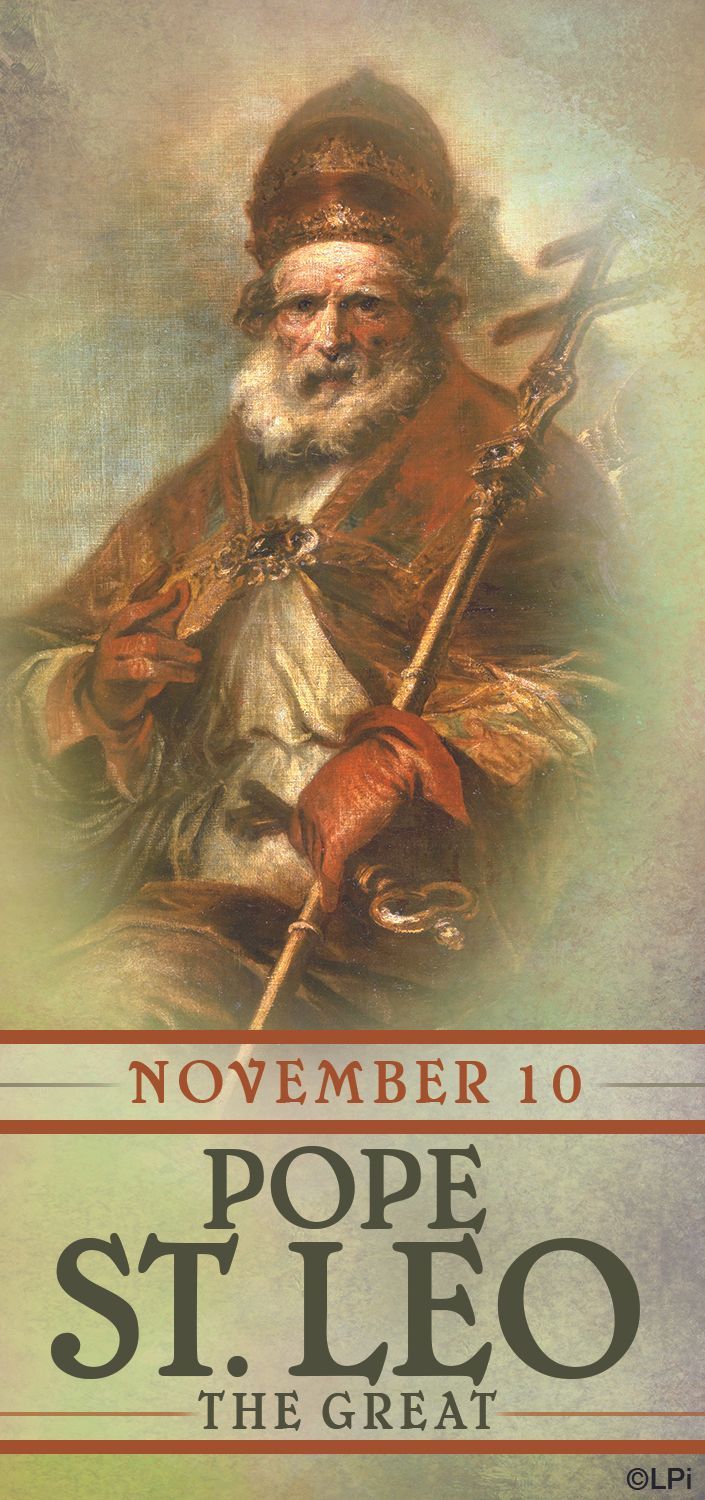
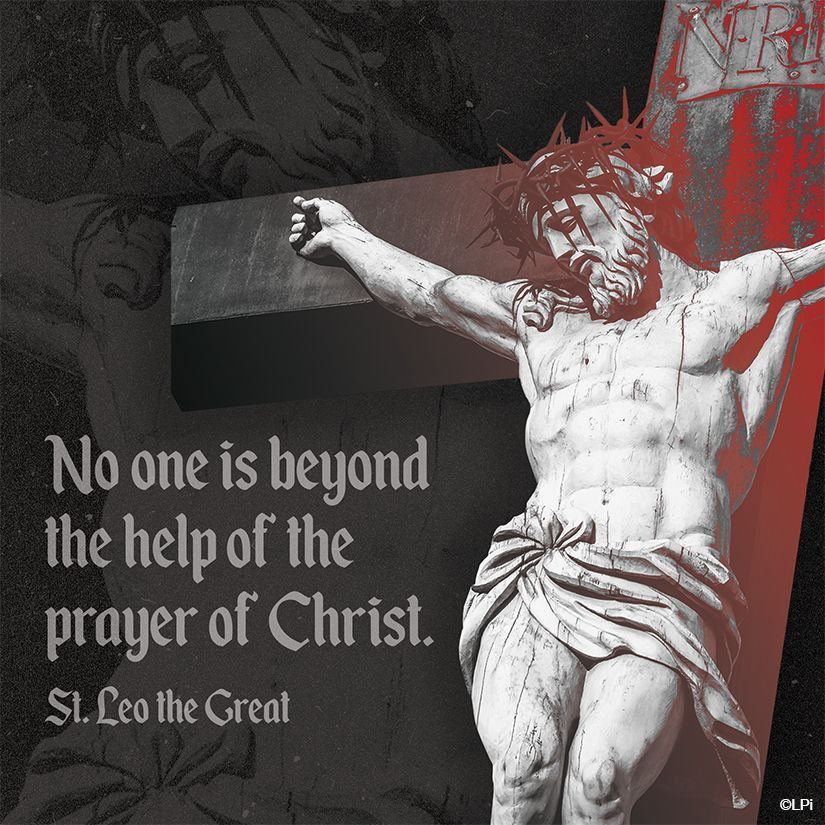

Dedication of Saint John Lateran - November 9
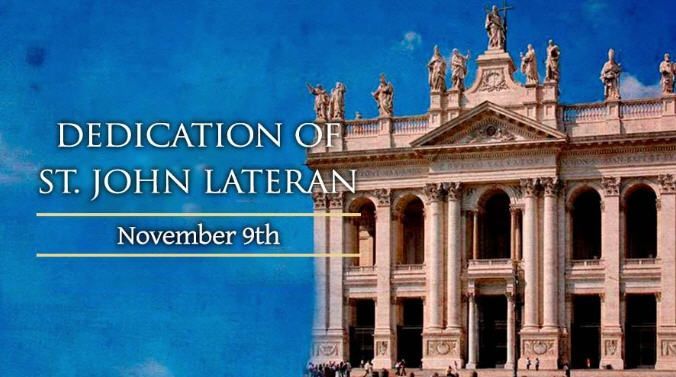
The feast of the Dedication of the Basilica of St. John Lateran is celebrated by the entire Church. It marks the dedication of the cathedral church of Rome by Pope Sylvester I in 324. This church is the cathedra (or chair) of the bishop of Rome, who is the Pope. A Latin inscription in the Church reads: “omnium ecclesiarum Urbis et Orbis mater et caput.” Translated, this means, “The mother and head of all churches of the city and of the world.”
The basilica was originally named the Archbasilica of the Most Holy Savior. However, it is called St. John Lateran because it was built on property donated to the Church by the Laterani family, and because the monks from the monastery of St. John the Baptist and St. John the Divine served it.
Dedication of the Lateran Basilica
Did you know there are churches in Rome older than St. Peter's? St. John Lateran is one of four major basilicas in the Eternal City, and it is by far the oldest. The land was donated by an ancient Roman family to the Emperor Constantine, who in turn gave it to the Church. For hundreds of years, St. John Lateran was the "mother church." Popes lived on the grounds through the 14th century. The church itself suffered from pillaging by invaders, fires, and earthquakes. It has been restored and rebuilt five times since the 300s. On this feast, we remember more than a building. We celebrate the resiliency of our faith. Though trials may come in our parishes, personal lives, and the world, the Church endures through the grace of Jesus Christ.



Saint Elizabeth of the Trinity - November 8

St. Elizabeth of the Trinity was born Elizabeth Catez in Bourges, France, in 1880. Her father, a military captain, died when she was only seven, leaving her mother to raise Elizabeth and her sister, Marguerite.
Elizabeth was a very lively girl and a gifted pianist, but was very stubborn and experienced fits of rage. However, even in her strong temperament she had a great love for God, and an early attraction to a life of prayer and reflection. She visited the sick often and taught catechism to children.
Against her mother's wishes, Elizabeth entered a monastery of Discalced Carmelites in 1901 at the age of 21. Though noted for great spiritual growth, she was also plagued with periods of powerful darkness which led her spiritual director to doubt her vocation. Nonetheless, she completed her novitiate and took her final vows in 1903. She died only three years later at the age of 26 of Addison’s disease. In her short life as a religious, she was a spiritual director for many, and she left a legacy of letters and retreat guides.
She is the patron of people who have lost their parents.


Saint Godfrey of Amiens- November 8
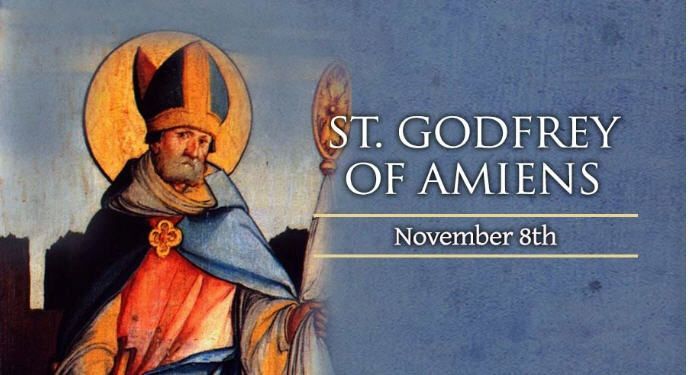
St. Godfrey was the son of Frodon, a prominent citizen in a small town. He was raised from the age of 5 in the Benedictine abbey of Mont-Saint-Quentin where his godfather Godefroid was abbot. He immediately donned a Benedictine habit and lived as a tiny monk, and took his vows when he came of age. He was ordained a priest by bishop Radbod II of Noyon.
In 1096, he was made Abbot of Nogent-sous-Coucy, in the diocese of Rheims, in the province of Champagne. When he arrived, the place was overrun by weeds, and housed only six nuns and two children. He rebuilt, restored, and revitalized the abbey, bringing people to the Order of St. Benedict, and order to the people. He was offered the abbacy of Saint-Remi, but he refused. He was also offered the bishopric of Reims in 1097, but again he refused, claiming he was unworthy. When he was offered the bishopric of Amiens in 1104, he still considered himself unworthy of the trust. However, King Philip and the Council of Troyes each ordered him to take it, which he did.
St. Godfrey was noted for his rigid austerity with himself, those around him, and in his approach to his mission as bishop. He was an enforcer of clerical celibacy. He was also a fierce lifelong opponent of drunkenness and simony, which led to an attempt on his life. For most of his time as bishop, he wished to resign and retire as a Carthusian monk. In 1114 he moved to a monastery, but a few months later his people demanded his return, and he agreed. He also took part in the Council of Chálons.
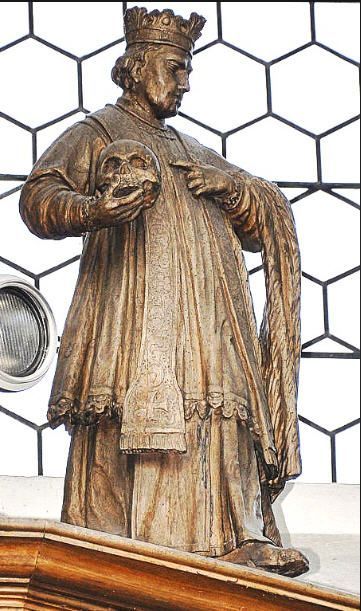
Saint Engelbert of Cologne- November 7
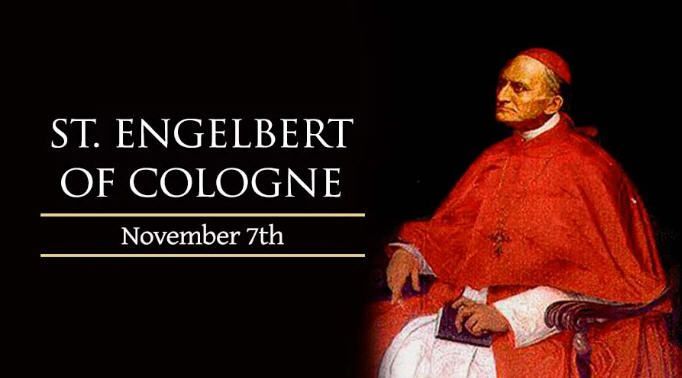
St. Engelbert, was born in Berg around the year 1185 to Engelbert, Count of Berg and Margaret, daughter of the Count of Gelderland. He studied at the cathedral school of Cologne and, while still a boy, was made provost of the churches of St. George and St. Severin at Cologne and of St. Mary's at Aachen, as it was a common abuse in the Church at the time to appoint the children of nobles to such positions.
In 1199 he was elected provost of the cathedral at Cologne. He led a worldly life, and in the conflict between two Archbishops, Adolf and Bruno, he sided with his cousin Adolf, and waged war for him. Consequently, he was excommunicated by the pope along with his cousin. After his submission he was reinstated in 1208 and, to atone for his sin, joined the crusade against the Albigenses in 1212. On Feb. 29, 1216, the chapter of the cathedral elected him archbishop by a unanimous vote.
The mendicant orders of the Franciscans and the Dominicans settled in his realm while he was Archbishop. He was well disposed towards the monasteries and insisted on strict religious observance in them. Ecclesiastical affairs were regulated in provincial synods. He was considered a friend of the clergy and a helper of the poor.
Engelbert exerted a strong influence in the affairs of the empire. Emperor Frederick II, who had taken up his residence permanently in Sicily, gave Germany to his son, Henry VII, then still a minor, and in 1221 appointed Engelbert guardian of the king and administrator of the empire. When the young king reached the age of twelve he was crowned at Aachen by Engelbert, who loved him as his own son and honoured him as his sovereign. Engelbert watched over the young king's education and governed the empire in his name, careful to secure peace both within and without of the realm.
Engelbert's devotion to duty, and his obedience to the pope and to the emperor, were eventually the cause of his ruin. Many of the nobility feared rather than loved him, and he was obliged to surround himself with bodyguards. The greatest danger came from his relatives.
His cousin, count Frederick of Isenberg, the secular administrator for the nuns of Essen, had grievously oppressed that abbey. Honorius III and the emperor urged Engelbert to protect the nuns and their rights. Frederick wished to forestall the archbishop, and his wife incited him to murder. On November 7, 1225, as he was journeying from Soest to Schwelm to consecrate a church, Engelbert was attacked on a dark evening by Frederick and his associates, was wounded in the thigh, torn from his horse and killed. His body was covered with forty-seven wounds. It was placed on a dung-cart and brought to Cologne four days later. King Henry wept bitterly over the remains, put Frederick under the ban of the empire, and saw him broken on the wheel a year later at Cologne. Frederick died contrite, having acknowledged and confessed his guilt.
Engelbert's body was placed in the old cathedral of Cologne on February 24, 1226, by Cardinal Conrad von Urach. The latter also declared him a martyr, though a formal canonization did not take place. In the martyrology, Engelbert is commemorated on November 7 as a martyr. A convent for nuns was erected at the place of his death.
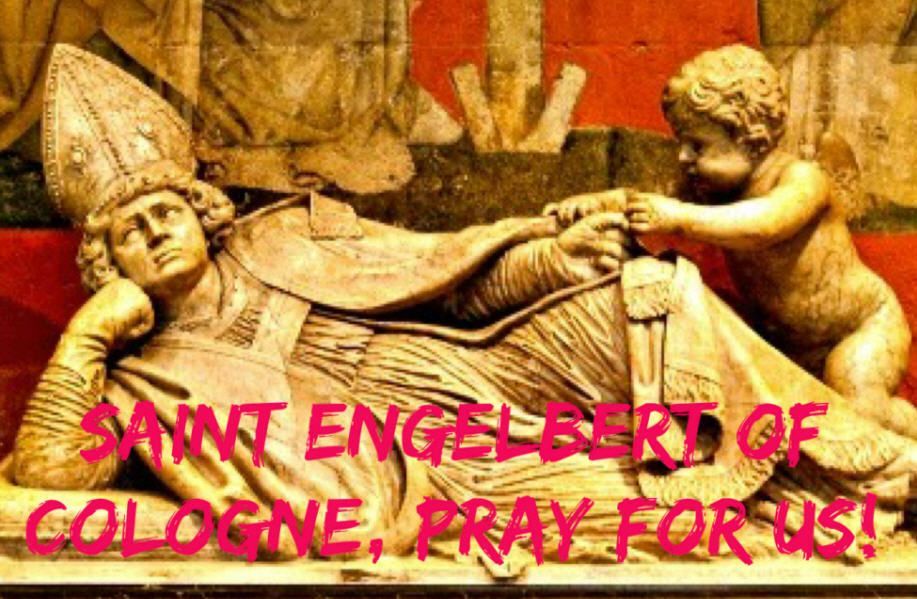
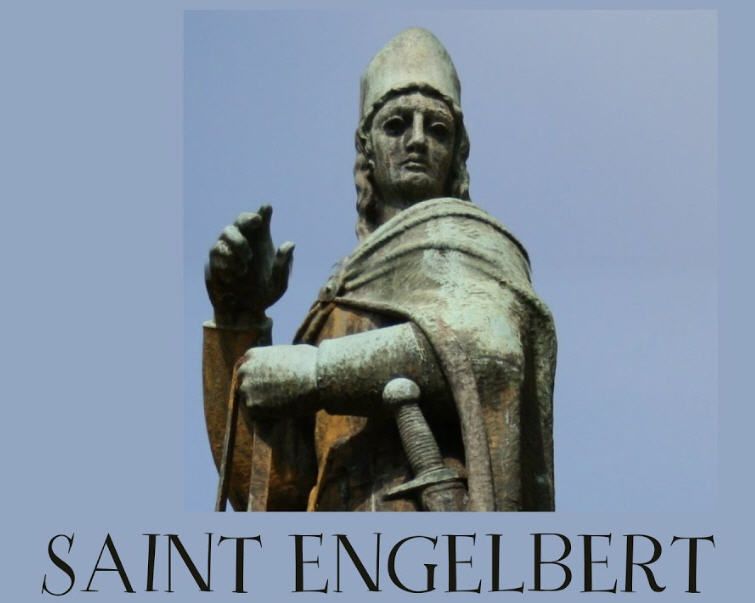


Saint Leonard of Noblac - November 6

St Leonard of Noblac was a Frank courtier, and during a certian invasion which they were losing, the Queen suggested to Leonard that he invoke the help of God to repel the invading army. He did, and the tide of battle turned, naming Clovis victorious. Saint Remigius, bishop of Rheims then used this miracle to convert the King, Leonard, and a thousand of thier followers to Christianity. Following his conversion, St. Leonard refused the offer of a See from his grandfather, King Clovis I.
He then began a life of austerity, sanctification, and preaching. His desire to know God grew so strong that he decided to enter the monastery at Orleans. His brother, Saint Lifiard, followed his example and, leaving the King's court, built a monastery at Meun, and lived there.
However, Leonard desired further seclusion, so he withdrew into the forest of Limousin, converting many on the way, and living on herbs, wild fruits, and spring water. He built himself an oratory, leaving it only for journeys to churches. Others, recognizing his holiness, begged to live with him, and a monastery was formed. Leonard had a great compassion for prisoners, and converted many and obtaining their release.
He died of natural causes around 559. After his death, churches were dedicated to him in France, England, Belgium, Spain, Italy, Switzerland, Germany, Bohemia, Poland and other countries. Pilgrims flocked to his tomb, and in one small town in Bavaria there are records of 4,000 favors granted through Saint Leonard's intercession.
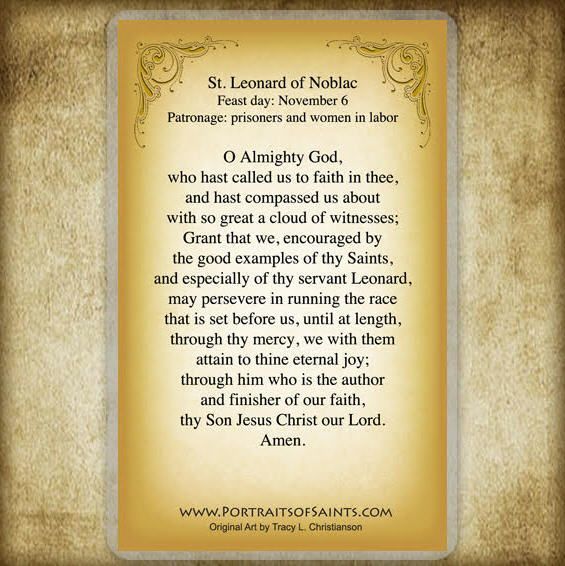


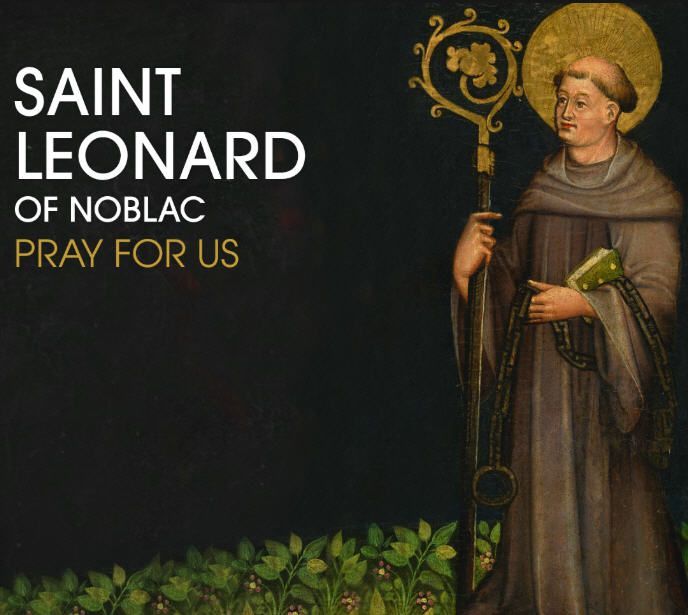
Saint Therese - October 1
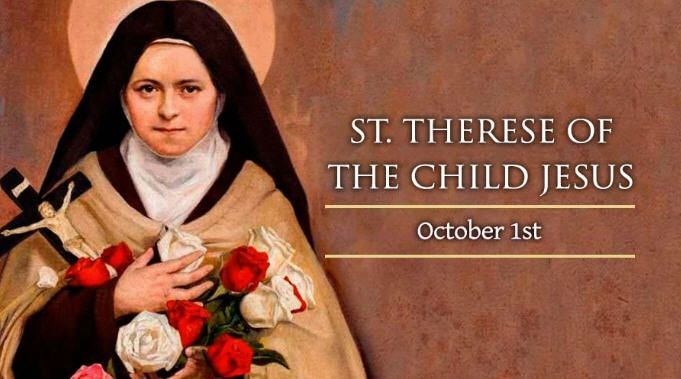
On October 1, Catholics around the world honor the life of St. Thérèse of the Child Jesus, or St. Thérèse of Lisieux on her feast day. St. Thérèse was born January 2, 1873 in Alençon, France to pious parents, both of whom are scheduled to be canonized in October 2016. Her mother died when she was four, leaving her father and elder sisters to raise her.
On Christmas Day 1886 St. Thérèse had a profound experience of intimate union with God, which she described as a “complete conversion.” Almost a year later, in a papal audience during a pilgrimage to Rome, in 1887, she asked for and obtained permission from Pope Leo XIII to enter the Carmelite Monastery at the young age of 15.
On entering, she devoted herself to living a life of holiness, doing all things with love and childlike trust in God. She struggled with life in the convent, but decided to make an effort to be charitable to all, especially those she didn’t like. She performed little acts of charity always, and little sacrifices not caring how unimportant they seemed. These acts helped her come to a deeper understanding of her vocation.
She wrote in her autobiography that she had always dreamed of being a missionary, an Apostle, a martyr – yet she was a nun in a quiet cloister in France. How could she fulfill these longings?
“Charity gave me the key to my vocation. I understood that the Church had a Heart and that this Heart was burning with love. I knew that one love drove the members of the Church to action, that if this love were extinguished, the apostles would have proclaimed the Gospel no longer, the martyrs would have shed their blood no more. I understood that Love comprised all vocations, that Love was everything, that it embraced all times and places...in a word, that it was eternal! Then in the excess of my delirious joy, I cried out: O Jesus, my Love...my vocation, at last I have found it...My vocation is Love!”
Thérèse offered herself as a sacrificial victim to the merciful Love of God on June 9, 1895, the feast of the Most Holy Trinity and the following year, on the night between Holy Thursday and Good Friday, she noticed the first symptoms of Tuberculosis, the illness which would lead to her death.
Thérèse recognized in her illness the mysterious visitation of the divine Spouse and welcomed the suffering as an answer to her offering the previous year. She also began to undergo a terrible trial of faith which lasted until her death a year and a half later. “Her last words, ‘My God, I love you,’ are the seal of her life,” said Pope John Paul II.
Since her death, millions have been inspired by her ‘little way’ of loving God and neighbor. Many miracles have been attributed to her intercession. She had predicted during her earthly life that “My Heaven will be spent doing good on Earth.”
Saint Thérèse was proclaimed a Doctor of the Church by Pope John Paul II in 1997 - 100 years after her death at the age of 24. She is only the third woman to be so proclaimed, after Saint Catherine of Siena and Saint Teresa of Avila.
St. Thérèse wrote once, 'You know well enough that Our Lord does not look so much at the greatness of our actions, nor even at their difficulty, but at the love with which we do them."
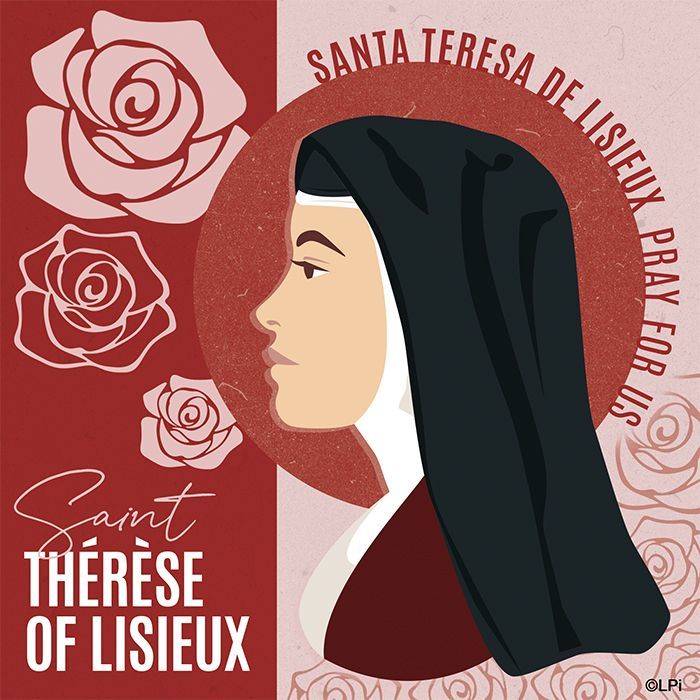
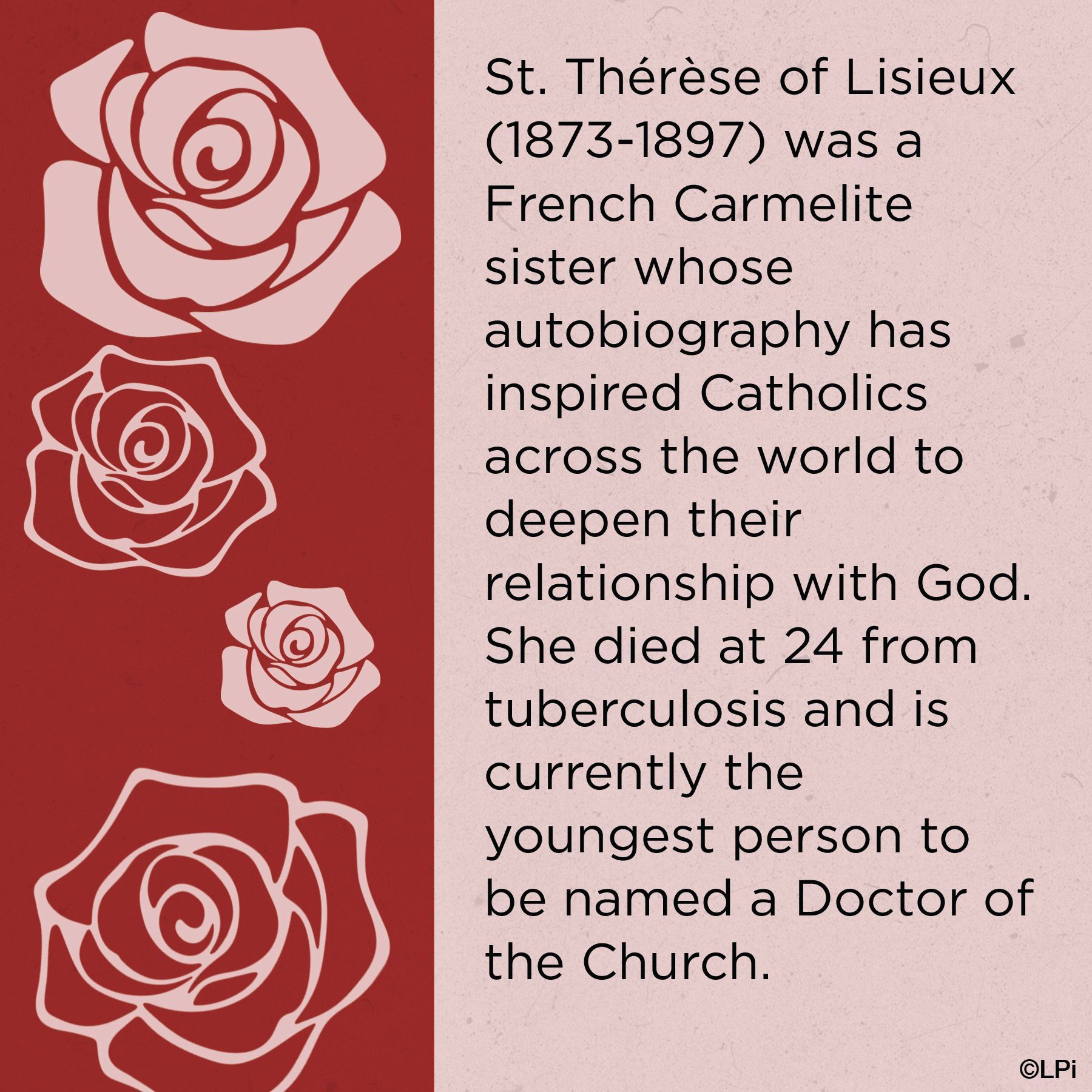
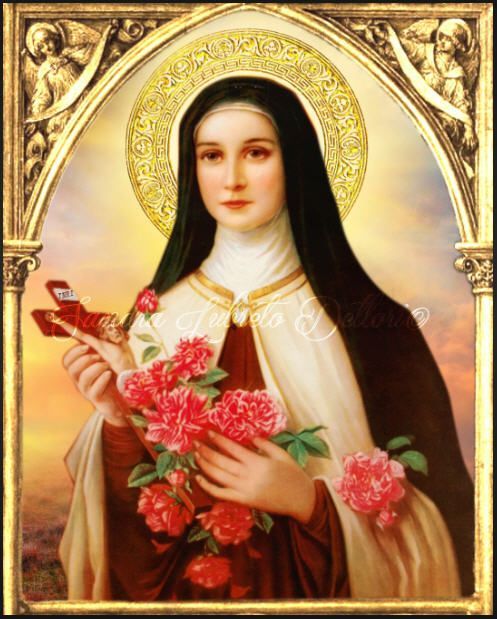
Mother and Son St. Monica and St. Augustine
August 27th and 28th
Holiness Runs in the Family
Raising faithful children is no easy task. For St. Monica, it seemed nearly impossible. Her husband wasn’t Christian and often mocked her faith. Their son, Augustine, fell quickly into wild ways. He and his friends drank, stole, and caroused throughout town. Monica never stopped praying for Augustine, no matter how far he strayed. Augustine became swept up in heresy, a false form of Christianity. He lived with a mistress and had a child out of wedlock. All the while, Monica kept praying. Conversion came slowly to Augustine, but at age 32, he was finally baptized. Augustine would go on to become a priest, then bishop, then world-renowned theologian whose works have stood the test of time. May St. Monica and St. Augustine inspire us to never stop praying for our loved ones.
Saint Augustine | August 28
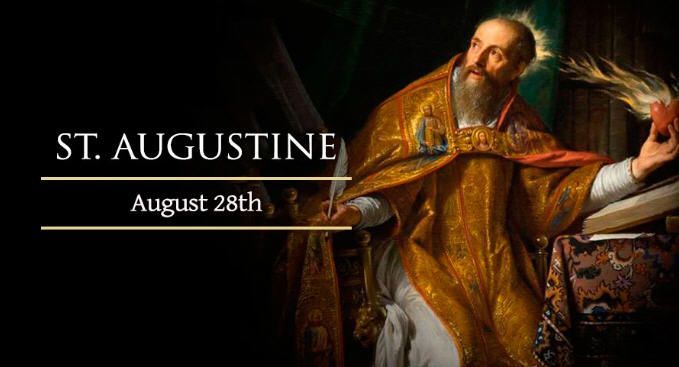
Today, August 28, the Church honors St. Augustine. St. Augustine was born at the town of Thagaste (now Souk-Ahras in modern day Algeria) on November 13, 354 and grew to become one the most significant and influential thinkers in the history of the Catholic Church. His teachings were the foundation of Christian doctrine for a millennium.
The story of his life, up until his conversion, is written in the autobiographical Confessions, the most intimate and well-known glimpse into an individual's soul ever written, as well as a fascinating philosophical, theological, mystical, poetic and literary work.
Augustine, though being brought up in early childhood as a Christian, lived a dissolute life of revelry and sin, and soon drifted away from the Church - thinking that he wasn't necessarily leaving Christ, of whose name he acknowledges "I kept it in the recesses of my heart; and all that presented itself to me without that Divine name, though it might be elegant, well written, and even replete with truth, did not altogether carry me away" (Confessions, I, iv).
He went to study in Carthage and became well-known in the city for his brilliant mind and rhetorical skills and sought a career as an orator or lawyer. But he also discovered and fell in love with philosophy at the age of 19, a love he pursued with great vehemence.
He was attracted to Manichaeanism at this time, after its devotees had promised him that they had scientific answers to the mystery of nature, could disprove the Scriptures, and could explain the problem of evil. Augustine became a follower for nine years, learning all there was to learn in it before rejecting it as incoherent and fraudulent.
He went to Rome and then Milan in 386 where he met Saint Ambrose, the bishop and Doctor of the Church, whose sermons inspired him to look for the truth he had always sought in the faith he had rejected. He received baptism and soon after, his mother, Saint Monica, died with the knowledge that all she had hoped for in this world had been fulfilled.
He returned to Africa, to his hometown of Tagaste, "having now cast off from himself the cares of the world, he lived for God with those who accompanied him, in fasting, prayers, and good works, meditating on the law of the Lord by day and by night."
On a visit to Hippo he was proclaimed priest and then bishop against his will. He later accepted it as the will of God and spent the rest of his life as the pastor of the North African town, where he spent much time refuting the writings of heretics.
Augustine also wrote, The City of God, against the pagans who charged that the fall of the Roman empire, which was taking place at the hands of the Vandals, was due to the spread of Christianity.
On August 28, 430, as Hippo was under siege by the Vandals, Augustine died, at the age of 76. His legacy continues to deeply shape the face of the Church to this day.
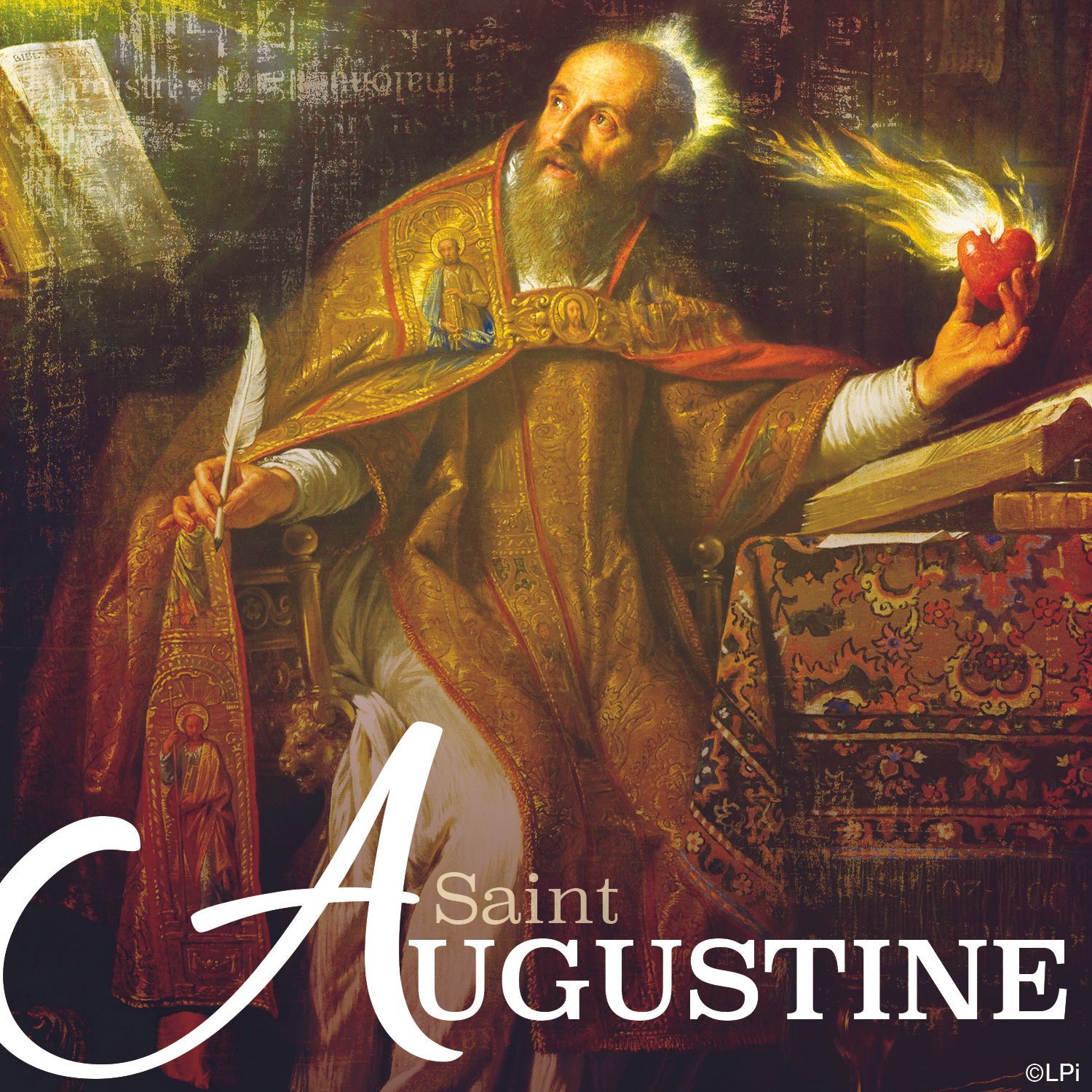
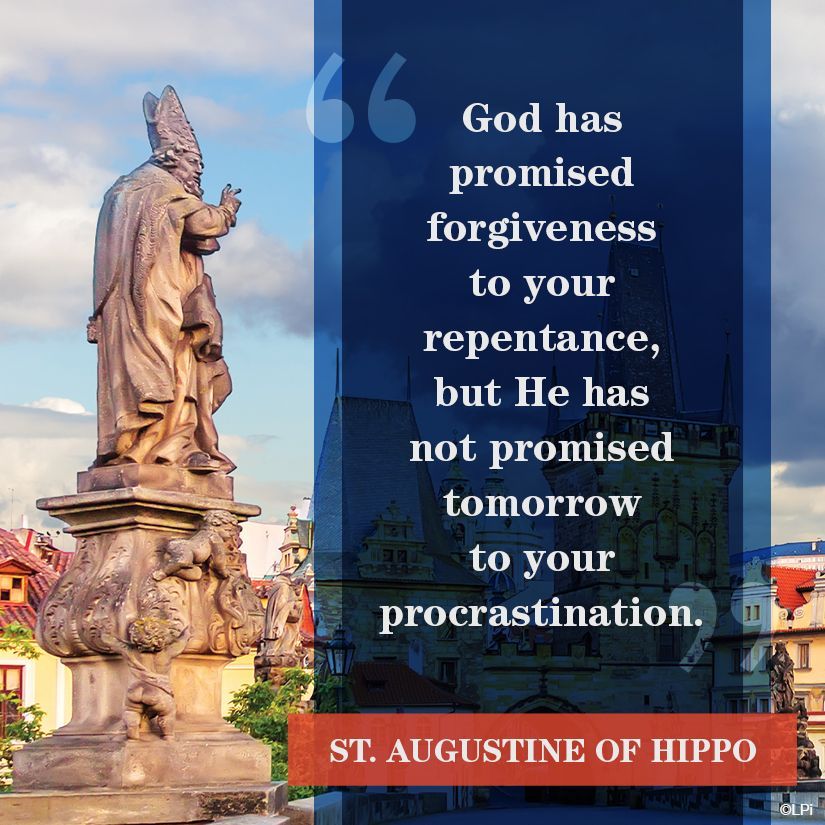
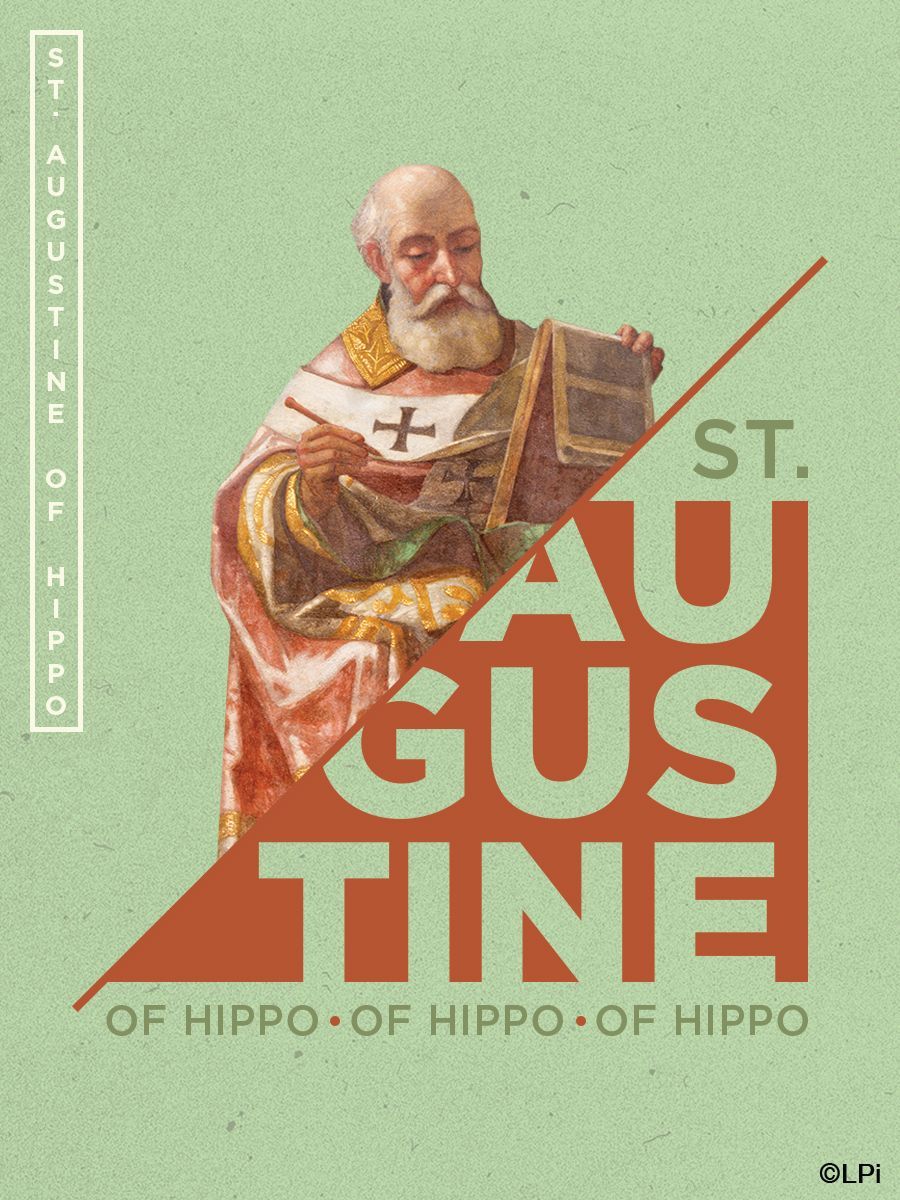
Saint Monica | August 27
On Aug. 27, one day before the feast of her son St. Augustine, the Catholic Church honors St. Monica, whose holy example and fervent intercession led to one of the most dramatic conversions in Church history.
Monica was born into a Catholic family in 332 in the north African city of Tagaste, located in present-day Algeria. She was raised by a maidservant who taught her the virtues of obedience and temperance. While still relatively young, she married Patricius, a Roman civil servant with a bad temper and a disdain for his wife’s religion.
Patricius’ wife dealt patiently with his distressing behavior, which included infidelity to their marriage vows. But she experienced a greater grief when he would not allow their three children — Augustine, Nagivius, and Perpetua — to be baptized. When Augustine, the oldest, became sick and was in danger of death, Patricius gave consent for his baptism but withdrew it when he recovered.
Monica’s long-suffering patience and prayers eventually helped Patricius to see the error of his ways, and he was baptized into the Church one year before his death in 371. Her oldest son, however, soon embraced a way of life that brought her further grief. He fathered a child out of wedlock in 372 and a year later began to practice Manichaeism, a religion founded in the third century by the Parthian prophet Mani.
In her distress and grief, Monica initially shunned her oldest son. However, she experienced a mysterious dream that strengthened her hope for Augustine’s soul in which a messenger assured her: “Your son is with you.” After this experience, which took place around 377, she allowed him back into her home and continued to beg God for his conversion.
This would not take place for another nine years, however. In the meantime, Monica sought the advice of local clergy, wondering what they might do to persuade her son away from the Manichean heresy. One bishop, who had once belonged to that sect himself, assured Monica that it was “impossible that the son of such tears should perish.”
These tears and prayers intensified when Augustine, at age 29, abandoned Monica without warning as she passed the night praying in a chapel. Without saying goodbye to his mother, Augustine boarded a ship bound for Rome. Yet even this painful event would serve God’s greater purpose, as Augustine left to become a teacher in the place where he was destined to become a Catholic.
Under the influence of the saintly Bishop Ambrose of Milan, Augustine renounced the teaching of the Manichees around 384. Monica followed her son to Milan and drew encouragement from his growing interest in Ambrose’s preaching. After three years of struggle against his desires and perplexities, Augustine succumbed to God’s grace and was baptized in 387.
Shortly before her death, Monica shared a profound mystical experience of God with Augustine, who chronicled the event in his “Confessions.” Finally, she told him: “Son, for myself I have no longer any pleasure in anything in this life. Now that my hopes in this world are satisfied, I do not know what more I want here or why I am here.”
“The only thing I ask of you both,” she told Augustine and his brother Nagivius, “is that you make remembrance of me at the altar of the Lord wherever you are.”
St. Monica died at the age of 56 in the year 387. In modern times, she has become the inspiration for the St. Monica Sodality, which encourages prayer an

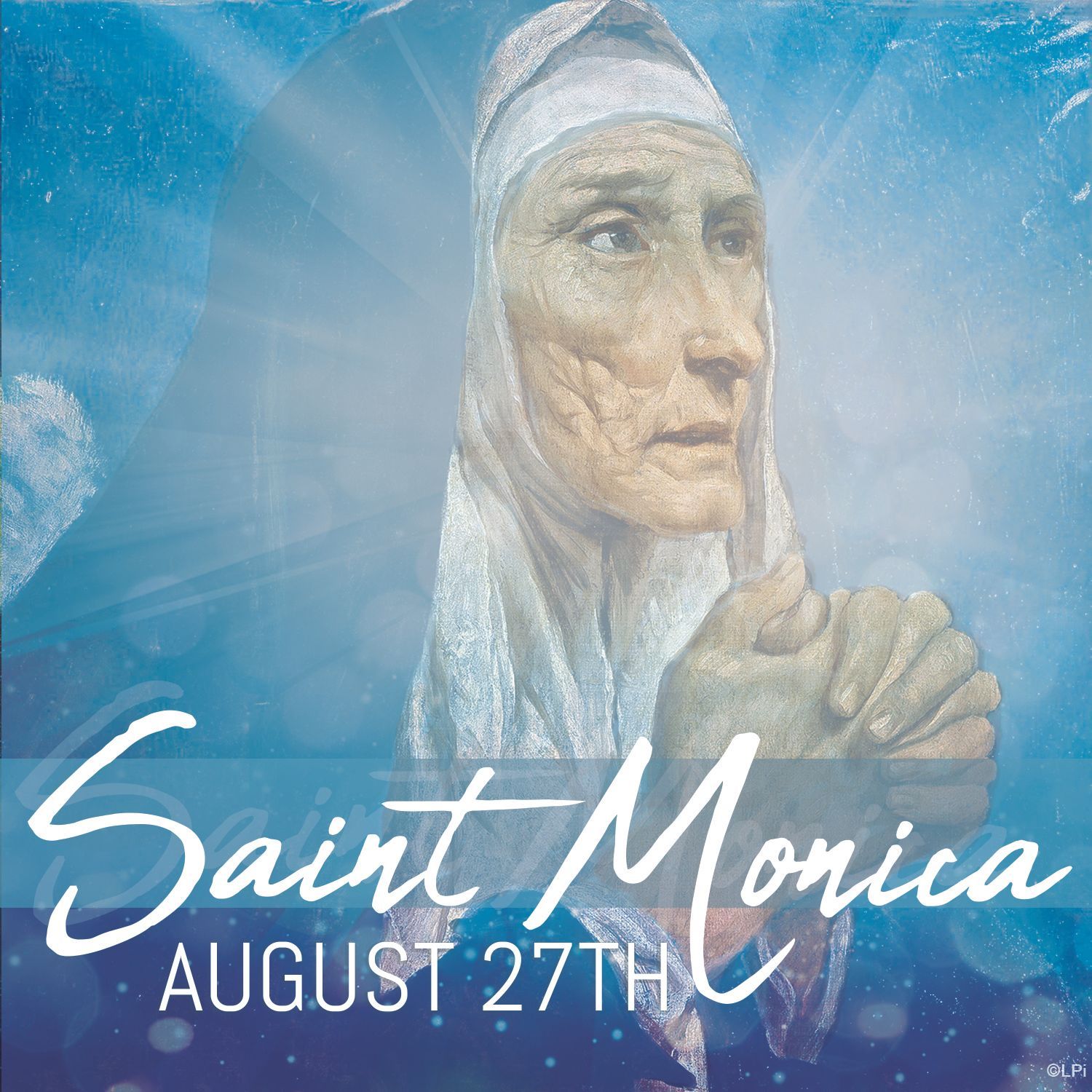
Saint Barnabas | June 11
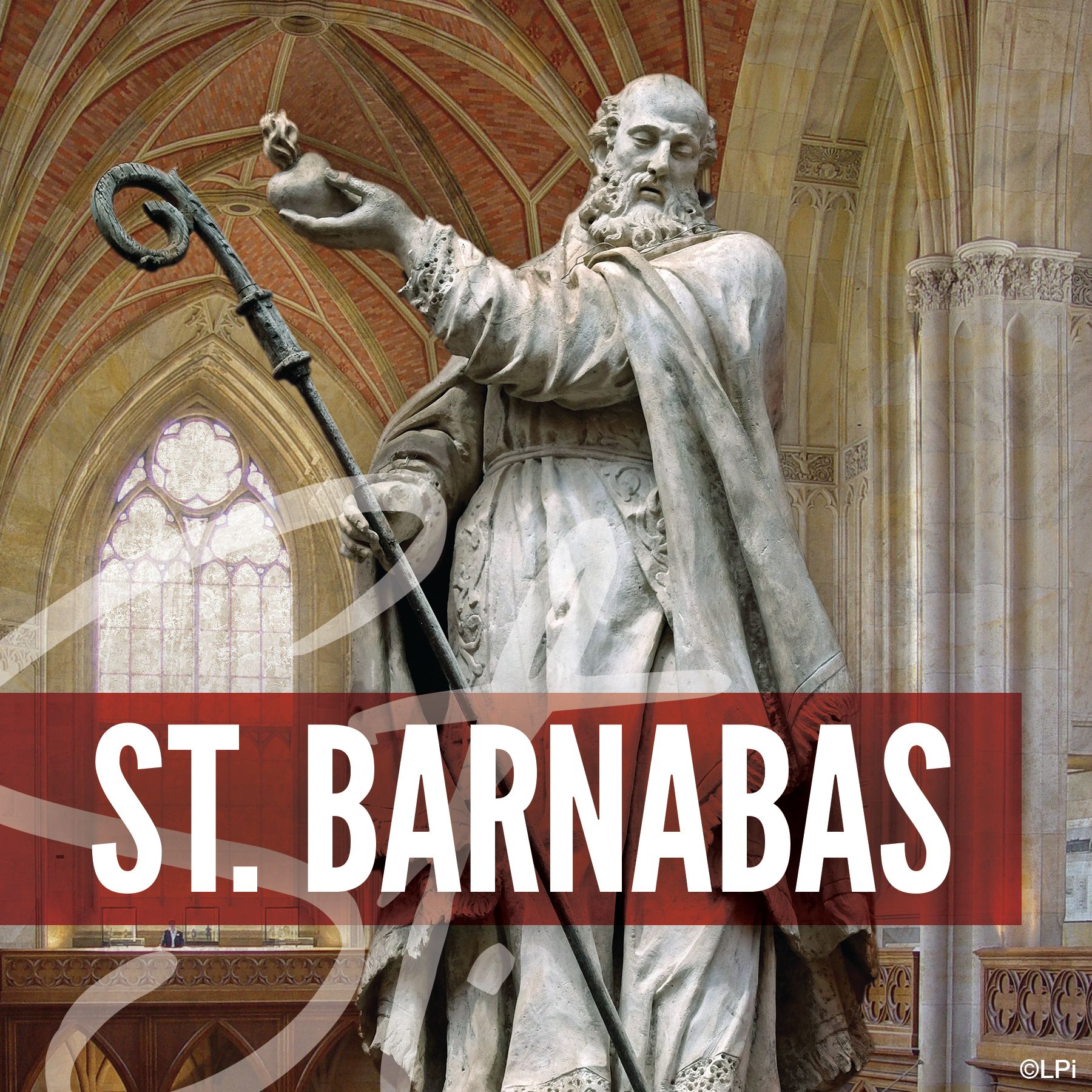
Catholics celebrate the memory of St. Barnabas on June 11. The apostle and missionary was among Christ's earliest followers and was responsible for welcoming St. Paul into the Church. Though not one of the 12 apostles chosen by the Lord, Jesus, he is traditionally regarded as one of the 72 disciples of Christ and most respected man in the first century Church after the Apostles themselves.
St. Barnabas was born to wealthy Jewish parents on the Greek-speaking island of Cyprus, probably around the time of Christ's own birth. Traditional accounts hold that his parents sent him to study in Jerusalem, where he studied at the school of Gamaliel (who also taught St. Paul). Later on, when Christ's public ministry began, Barnabas may have been among those who heard him preach in person. At some point, either during Christ's ministry or after his death and resurrection, Barnabas decided to commit himself in the most radical way to the teachings he had received. He sold the large estate he had inherited, contributed the proceeds entirely to the Church, and joined Christ's other apostles in holding all of their possessions in common. Saul of Tarsus, the future St. Paul, approached Barnabas after the miraculous events surrounding his conversion, and was first introduced to St. Peter through him. About five years later, Barnabas and Paul spent a year in Antioch, building up the Church community whose members were the first to go by the name of “Christians.” Both Paul and Barnabas received a calling from God to become the “Apostles of the Gentiles,” although the title is more often associated with St. Paul. The reference to the “laying-on of hands” in Acts, chapter 13, suggests that Paul and Barnabas may have been consecrated as bishops on this occasion.
